|
Pied-billed Grebe. Canon R6, RF 800 mm prime, f/11 (fixed), 1/1000 sec, ISO 12800. Jan 18, 2022, 8:30 am. Sweetwater Wetlands is one of my favorite birding destinations in Tucson. It is just west of Interstate 10, between the Prince and Ruthrouff Exits. Built in 1996, the site holds reclaimed water from the adjacent treatment plant and allows recharge of the aquifer. It has become a valued nature preserve and outdoor classroom; it is rare to visit the wetlands and not see a host of wildlife. Let's start with the Green Heron. Tip for the photo geeks: I have included camera and setting information for each set of shots. Green HeronCanon R6, RF 800 mm prime, f/11 (fixed), 1/1000 sec, ISO 6400. Dec 22, 2022, 8:40 am.
The Green Heron lurks in or near reeds at the edge of the water looking for food. This bird was tough to spot between the reeds, but I did get the images below. He is staying very still and walking very carefully with his large feet, barely moving his body. In the image below he finds a new perch. Pied-billed GrebeCanon R6, RF 800 mm prime, f/11 (fixed), 1/1000 sec, ISO 8000. Jan 18, 2022, 8:30 am. Grebes are among my favorite birds. They are a worldwide family of diving water birds. The family, Podicipedidae, is the only family in the order Podicipediformes. So, one order, one family, 22 species internationally, with 7 of them in North America. To my eye, the Pied-billed Grebe looks like Ernie's rubber ducky, only it is not a duck, it is not made of rubber, and yes, is not yellow! Details, details! Grebes' feet are way back close to their tail, with lobed toes. They are excellent divers, and will often swim some distance under water before surfacing. However, the rear placement of the feet make walking on land very difficult, so they are generally seen only in the water. They are good fliers, breeding up as far north as Canada, and wintering as far south as southern Mexico, but generally don't fly short distances within their territory. This is a non-breeding adult resting between dives. Breeding adults have a distinct black vertical stripe on the bill. Pied-billed Grebes will eat what is available, consuming a large variety of crustaceans, fish, and in our region, frogs.
Yellow-rumped Warblers: Audubon and MyrtleAudubon's Yellow-rumped Warbler. Canon R6, RF 800 mm prime, f/11 (fixed), 1/2000 sec, ISO 12800. Jan 4, 2022, 10 am. Yellow-rumped Warblers are one species of bird with two distinct subspecies: Audubon's with a yellow throat, gray head and breast, as seen above and in the three images below, and the Myrtle subspecies which follows those. The Audubon's subspecies lives in the mountain west, breeding to our north, and wintering in Mexico. They live year round in SE Arizona. The Myrtle subspecies is of the eastern U.S. and boreal forests of Canada. They overlap in the Rockies, with varying markings. Yellow-rumped Warblers are common visitors during the winter, in part because their digestive tract can handle both insects, their main diet, and fruit, a valuable alternative then the bug population declines in the winter. Note that other warblers, like the Red-faced Warbler and the Painted Redstart, summer with us but head south to Mexico in the winter because of their strictly insect diet. Canon R6, RF 800 mm prime, f/11 (fixed), 1/1250 sec, ISO 8000. Jan 4, 2022, 10 am. For the Audubon, we see the yellow throat, a broken white eye-ring, yellow under the wings (aka "arm pits") and a yellow rump. Because of the yellow rump, these birds are commonly referred to as "butter-butts." The Yellow-rumped Warbler, Myrtle, is shown in the 4 images that follow. We still see the yellow rump and arm pits, but with a white throat and pale breast and a white "eyebrow" . Both subspecies have a yellow spot on the head. Canon R6, RF 800 mm prime, f/11 (fixed), 1/1600 sec, ISO 2500. Jan 18, 2022, 9:12 am. When we visited Cape May, New Jersey, in October 2021 we saw many Myrtle's. The Myrtle's we see here could be a migrant that flew too far west on his way south, or an intermediate hybrid from the Canadian Rockies where the two subspecies ranges overlap. Reference: The Cornell Lab All About Birds. Red-naped SapsuckerCanon R6, RF 800 mm prime, f/11 (fixed), 1/500 sec, ISO 2500, Jan 4, 2022, 10:16 am. Red-naped Sapsuckers are woodpeckers, one of the 14 species we see in Arizona. They drill really small holes in the tree bark of aspen, birch and willow to get at the sap with their tongues. They also eat insects from leaves and on the fly, as well as fruit. Many woodpecker names, like the sapsuckers, reflect their diet and behavior, such as the Acorn Woodpecker a year round resident on Mt Lemmon and prime consumer of local acorns. Red-naped Sapsuckers breed in the western Rocky Mountains and winter in southern Arizona, New Mexico and Canada. From The Cornell Lab website All About Birds: "Red-naped Sapsuckers are black and white overall with a red cap, nape, and throat. They have a long white bar on the folded wing. A black stripe through the eye is bordered by white stripes. The belly is mottled black and white, with a dingy or yellowish cast. Female Red-naped Sapsuckers have a white patch on the chin while males have entirely red chins. Juveniles have a brown cap and an overall brown wash on their belly and head." It is difficult to see the nape in these shots, although we get a hint of it in the image below. This definitely looks like a male. VerdinCanon R6, RF 800 mm prime, f/11 (fixed), 1/500 sec, ISO 1600. Jan 12, 2022, 9:30 am. Verdin's are small songbirds of the Southwest, with a yellow head and rufous patch on the wing that is not always evident. They are regulars at Sweetwater Wetlands, where they build multiple nests, spherical ones for the family, and flat ones just to hang out, usually during the winter. For more details, and more photographs, see my Winter Review 2020. It is always fun to see a Verdin at SWW. A bit like running into an old friend! Song SparrowCanon R6, RF 800 mm prime, f/11 (fixed), 1/1000 sec, ISO 2500, Jan 18, 2022, 9:30 am. The Song Sparrow is one of our year round residents who favors a low understory with water nearby, making SWW an ideal location. They eat insects and other invertebrates in the summer, and seeds and fruit year round, giving them more flexibility for their range than birds with more limited diets. This bird was perched close to the end of one of the viewing platforms, at eye level, singing. After grabbing a few still shots, I converted to video to try and capture the song. There is some camera shake (sorry!) and background noise from Interstate 10, as well as another bird song which could be another Song Sparrow. However, with the help of the editing features in iMovie, this novice videographer was able to put together the following clip. Canon R6, RF 800 mm prime, f/11 (fixed), MP4 video, edited in iMovie. Harris's HawkCanon R6, RF 800 mm prime, f/11 (fixed), 1/1600 sec, ISO 1600. Jan 18, 2022, 9 am. Harris's Hawks do not migrate, they live year round in their territory, including SE Arizona and Texas, as well as areas of Mexico all the way to southern South America. They are among the most social of raptors, usually hunting in pairs or groups as large as 7. Harris's Hawks have a relative ease with humans, and are popular among falconers and for education programs. They fly regularly at the Arizona-Sonoran Desert Museum Raptor Free flight program. This bird is often seen at SWW on a high branch, alone. This image shows the hawk's characteristic dark brown and chestnut red markings, with yellow legs and yellow markings on the face. Cooper's HawkCanon R6, RF 100-500 mm at 500mm, 1/1600 sec, ISO 2500, Jan 12, 2022, 10:25 am. Cooper's Hawks are common throughout the United States, including Tucson. Here we see two Cooper's, above and below, likely a male and a female showing white feathers toward the tail, displayed during breeding. The sexes look alike, the only difference is that females are larger and heavier than males, a characteristic common in raptors. It is likely that females need the extra weight in order to carry eggs and still compete for food for themselves, and then gather food for the offspring once hatched. The Cooper's Hawk is in the order Accipitriformes along with ospreys, hawks, eagles, kites, and vultures. There are 4 families within this order, with the Cooper's being in the family Accipitridae. Within this family there are several genera, with the Cooper's being Accipiter cooperii. Another species in this genus is the Sharp-shinned Hawk, very similar in appearance. For more on the distinction between these two species, see my recent post Cape May Fall Migration, Part 2. Buteo is another genus in the family Accipitridae, and includes common hawks we see in SE Arizona, the Red-tailed, Zone-tailed, Swainson's, and Ferruginous, among others. So, Cooper's and Sharp-shinned are commonly referred to as Accipiters, and Red-tailed and Zone-tailed as Buteos, after their respective genera. In the field these two genera look and fly differently, with Accipters flapping and gliding, and Buteos commonly soaring. Both of these Cooper's Hawks were very close to the walking path and very tolerant of people. That's all for now. Spring is coming, and with it migration and nesting. Stay tuned!
Happy Trails!
1 Comment
Harris's Hawk taking off, Oracle State Park, January 3, 2020. So here we are in March, looking forward to the spring solstice. But before we get into spring, let's look at what winter provided starting with a January trip to Oracle State Park. Oracle State Park: Harris's Hawks call it homeThe Kannally ranch house at Oracle State Park, with the Harris's Hawk's favorite Juniper in front.
The original 160-acre ranch was purchased by Neil and Lee Kannally in 1903, and grew to almost 50,000 acres as more family members arrived in Arizona. The ranch house was built from 1929 to 1933, patterned on Italianate villas of the 1920's, in a Mediterranean Revival Style with Moorish influences. Following the death of Lucile Kannally in 1976, the ranch was willed to the Defenders of Wildlife, which later deeded the ranch to the Arizona State Parks Board. The newly named Oracle State Park became the current 4,000 acre wildlife refuge and environmental learning center for school and adult groups. The Friends of Oracle State Park raises funds for the restoration, preservation and operation of the historic ranch house and its grounds. A family of Harris's Hawks calls the ranch home. We found a sentry sitting on top of a tall Juniper right next to the house when we arrived for a morning birding tour. Harris's Hawks are large raptors that live in desert and savannah regions in Mexico, southern Arizona, New Mexico and portions of Texas. They bond easily to human handlers, and appear to have been the model for the Thunderbird or Sacred Bird of several Native American societies. Because of their ability to work with human hunting partners, they are popular with falconers, and hunt both large prey such as jackrabbits as well as small maneuverable birds. (Reference: Birds of North America Online). Harris's Hawks breed in social units of 2 to 7 individuals, and maintain a continuing presence at the park. In the images below, a perched hawk leaps for the adjacent juniper. We can see the rusty upper wing and long legs. In the Harris's Hawk the lore, the area between the eye and the edge of the bill, is bare. In the image below, one of the group is perched on a Aermotor windmill. Aermotor, founded by La Verne Noyes, has been in continuous operation manufacturing windmill water pumps since 1888. Between 1888 and 1892 they sold 20,000 windmills, creating an iconic feature on farms and ranches throughout the west. The Friends of Oracle State park are looking forward to full restoration of this windmill as an upcoming project. Right now it makes a great hawk's perch. Ranch road with the ranch house in the distance. In the images below, a Harris's hawk takes off from his perch. All these photographs were captured in early January. By March they should have started nest building and the laying of eggs. El Rio Preserve: Black-tailed GnatcatcherEl Rio Preserve is on Coachline Boulevard in the town of Marana. It is a 104 acre site on the de Anza trail at the base of the Tucson Mountains under development as a nature and recreational site. Birding walks have just begun this winter, once a month, usually on the first Tuesday. Look at the Marana website for more information. Click on Outdoor Recreation. We joined the monthly birding walk, led by Jeff Babson on January 7th, and captured images of this Black-tailed Gnatcatcher. The image above and the one below are most likely a male in winter plumage when the black cap of the breeding season is replaced by a black streak over the eye. The two images below are most likely a female with some brown coloration on the back. The 4 images below were captured adjacent to The Chuck Huckleberry Loop at the Rillito River and North Columbus Boulevard. There is good understory along the path just west of the Columbus parking loop, which is where these photos were taken. The image above is likely a female with brown on the wings, and the images below males in winter plumage. The last image, below, is a male. Here we can see the tail spread out, showing that the outer tail feathers are shorter than adjacent feathers, creating a graduated look. This is not present in the Blue-gray Gnatcatcher, a similar looking bird, but not common in winter in southern Arizona. [Special thanks to Jeff Babson for reviewing these images and providing the fine detail that distinguishes these birds from Blue-gray's.] Brown Creeper at Sweetwater WetlandsBrown Creepers are small songbirds that live throughout North America and central Mexico. They are brown and white can be seen (with difficulty!) spiraling up large tree trunks from bottom to top probing into crevices and loose bark with slender decurved bills looking for insects. Once at the top of a tree they will look for the next big tree and start on the ground floor again, working their way up. They are superbly camouflaged, and very hard to see, and tougher to photograph. The photographs above and below were captured at Sweetwater Wetlands on January 22nd. The bird was moving fast in the shadows making it tough to grab a good image. The two images below were captured on September 3, 2018, near the meadow trail on the top of Mt. Lemmon. The decurved bill is evident. In the top photo the bird has got something in its mouth, likely an insect. Spotting a Brown Creeper is always an special event! They are out there, so keep looking for them. Orange-crowned WarblerOrange-crowned Warblers are grayish to olive-green birds that live throughout North America, wintering in Mexico and the U.S. coastal areas and breeding in the Rockies and up into northern Canada. The orange crown is only visible when the bird is excited and raises its head feathers. They are often seen at Sweetwater foraging in the understory, including the cattails where they look for caterpillars as well as other insects. They also like fruit, seeds and oozing sap from holes drilled by sapsuckers. The images above and below were captured in March of 2019 near the trail to the south of the wetlands where the cattails catch the morning sun from the right side of the frame. The images below are from February of this year, in the same patch of cattails. This bird was working the cattails at the same time as the Verdin, pictured further down in the post. VerdinThe Verdin is a year round resident of southern Arizona, New Mexico, Texas, as well as Mexico. They have a bright yellow head, and a rufous/chestnut shoulder patch with is more evident in flight or when they stretch up their wings. They commonly forage in the understory for insects and spiders, often hanging upside down as we can see in these images. They will also eat fruit and nectar, and will sip from hummingbird feeders. Verdins build spherical nests, which can be seen throughout the Sweetwater Wetlands area, as well as flat winter roosts used throughout the year. For views of their winter digs, see this link from October 2019, Verdin roost. Like a good friend, it is great to know that they are around throughout the year. Image above: Not clear whether our bird has found an insect, or just "packing material" from the cattail. Let's finish with a Note about Feet, sort of a Footnote . . . (cue audio of groans . . . )Who would think that feet are interesting? Well, for birds they are. Let's look at feet in three of our Sweetwater residents, the Sora, the American Coot, and the Pied-billed Grebe. SoraMost birds have four toes. This "classic" foot form is termed anisodactyl. Toes are numbered from 1 to 4. In the human foot toe #1 is the great toe, #5 the smallest lateral toe. In the anisodactyl configuration, toe #1 is rear facing, with #2 on the inside (medial), and number #4 on the outside (lateral). The Sora above is anisodactyl with long toes that enables it to walk on reeds in the wetlands, as seen in the image above. In the image above, the bird has pulled his foot entirely out of the water, with rear facing toe #1 trailing. In the two images below we can see how these feet are useful on mud. These images were captured a year ago when the ponds were drained before the controlled burn, leading the Sora out in the mud looking for food. In the image below the foot is lifted completely off of the mud, showing all 4 toes. American CootThe American Coot has 4 toes, like the Sora, but the toes themselves are lobed, as seen in the image above, and the detail below. This is in contrast to ducks and gulls who have webbing connecting toes 2-4. The webbing is good for swimming and diving, but not so good for walking. Lobate toes, as seen below, allow the bird to walk and grab reeds, but when the toes are brought together they create a more solid surface making propulsion in water more efficient. In the image below we see an American Coot standing on a reed stump. This would be harder with webbing between the toes. The next image shows a coot standing on the pond bottom. When it is time to go somewhere, the coot brings the toes together and the lobes come together and provide good propulsion. Good anatomy for perching and climbing as well as for swimming. Pied-billed GrebeThe last bird for our toe-to-toe comparison is the Pied-billed Grebe, one of my favorites. If they were bright yellow they would be your favorite rubber ducky for bath time. However, they are not ducks, they are Grebes. Their legs are situated way to the rear, with toes that are in the lobed category, but with toe to toe webbing that gives them a unique appearance. Images above and below, a grebe floating in the morning light. If you want to see one swallow a frog, follow this link. In the series that follows, we see a Pied-billed Grebe on a mission that requires a bit more thrust than the normal cruise around the pond. The legs are way to the rear of the bird, like an outboard motor on a rowboat, and we can see them as he kicks. The legs are so far back in fact, that this bird has a hard time walking on land, and unlike a Sora or American Coot, cannot sit or climb on reeds. In the image above, and the two below, we can see the lobed feet, with a webbed quality, as well as location of the hip posteriorly with a relatively short femur. Even with the leg way back there, he can still scratch, with gives us another view of his neat feet. Well, that's it for Part I. Stay tuned, Part II coming soon. We will drop by Mt Lemmon to check on the Acorn Woodpeckers, and make our second trip to White Water Draw.
Happy trails! Verdin Nest, Sweetwater Wetlands, October 16, 2019. Fall has finally come to the Sonoran desert, with cooler mornings and the sun a bit lower in the sky. I joined the weekly Audubon bird walk at Sweetwater Wetlands on Wednesday the 16th, and here is a quick view of just a fraction of what we saw. To look at my prior posts on Sweetwater Wetlands, click on this link. The most recent post is at the top, the oldest post is at the end. Bobcats: Wilma has kittens! * |
AuthorHenry Johnson, photographer and author of this site. For more detail, see About
Categories
All
Archives
April 2024
|

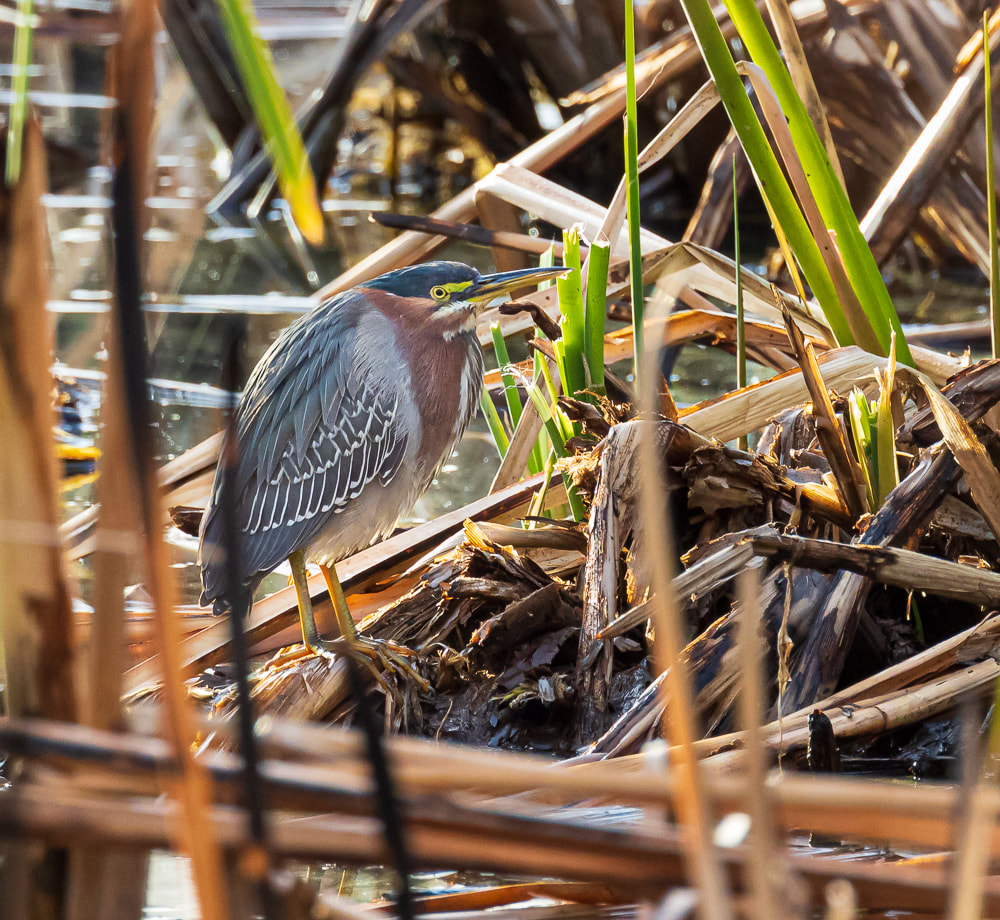
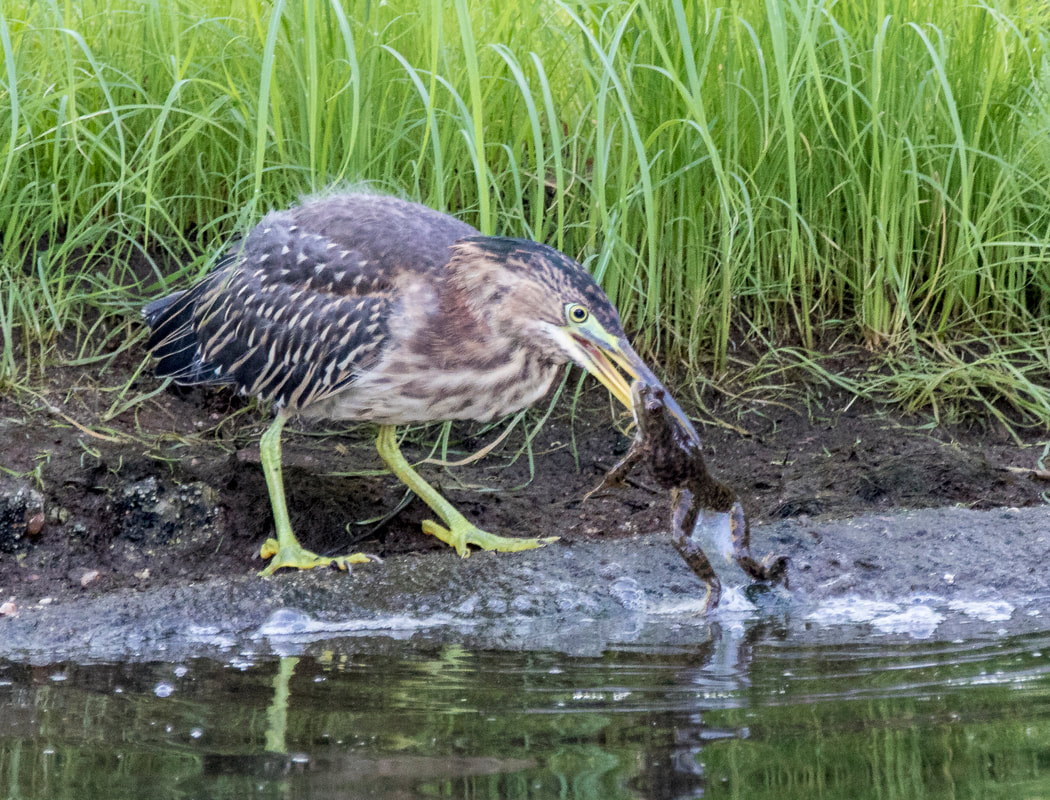
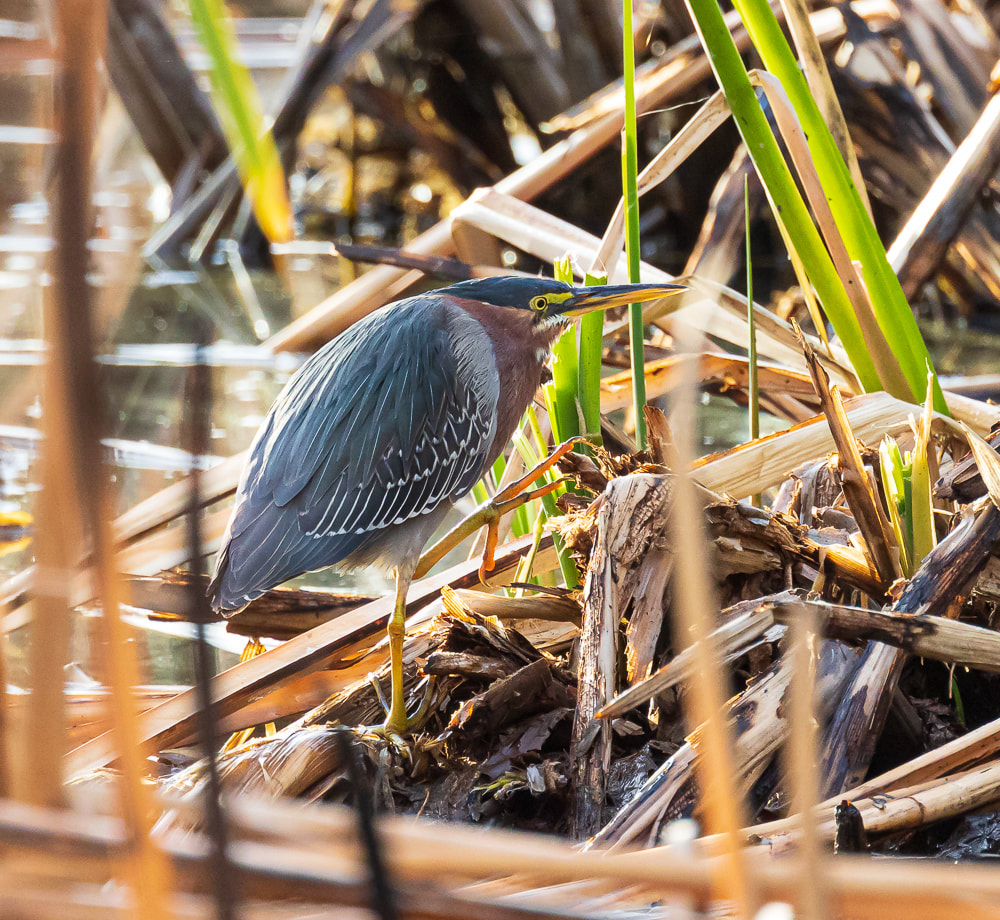

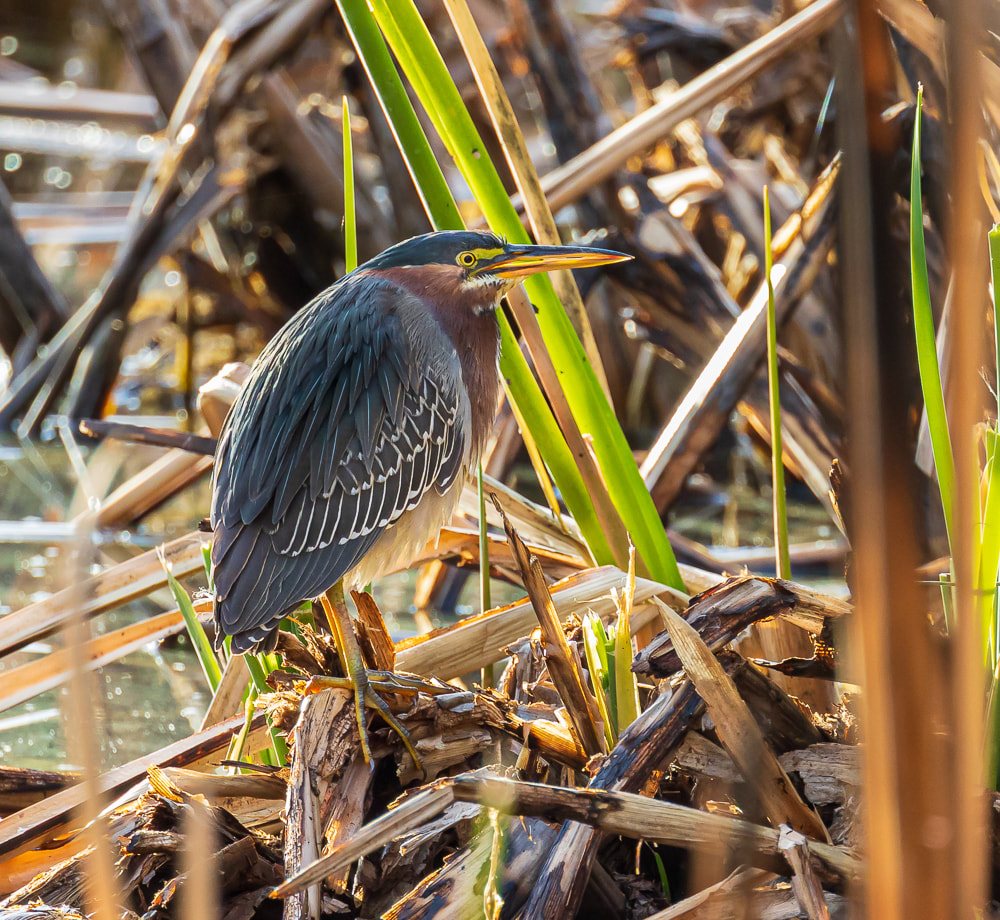
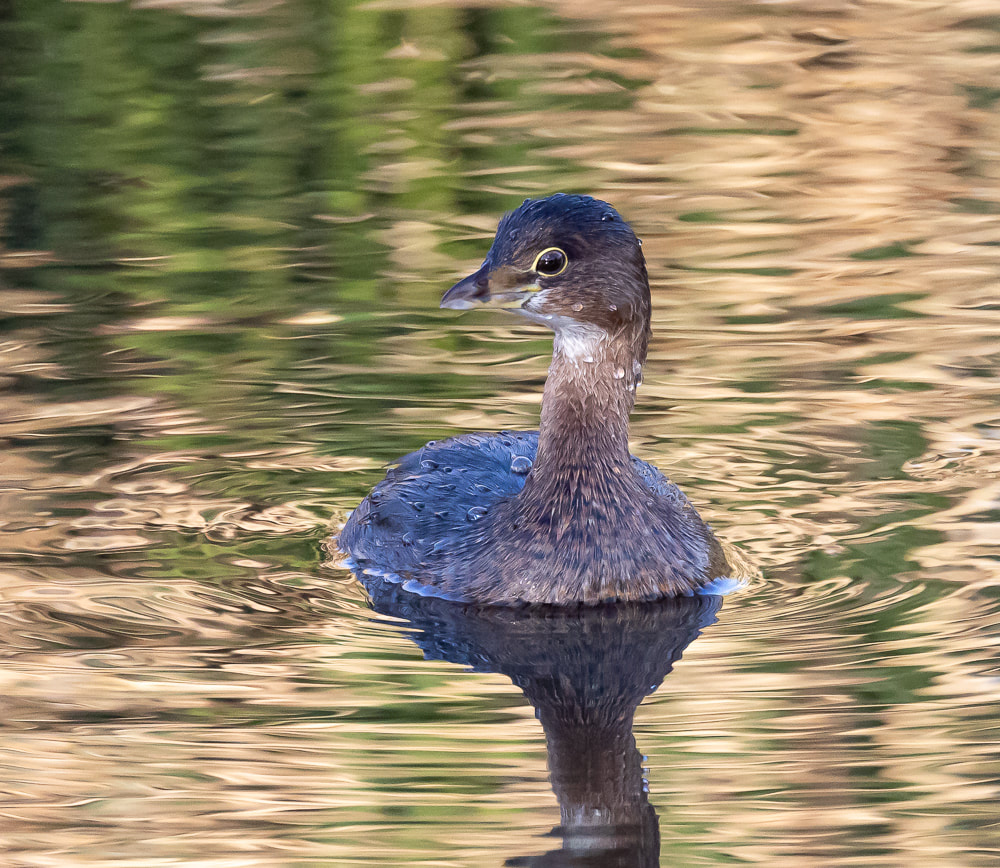
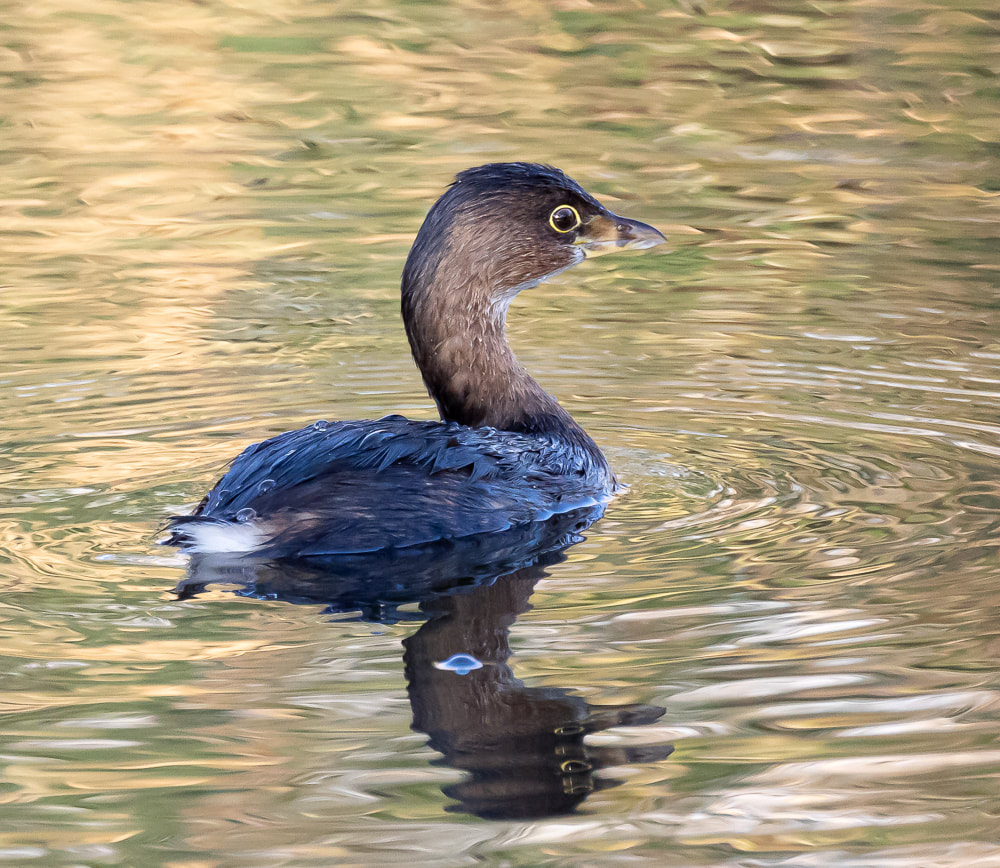
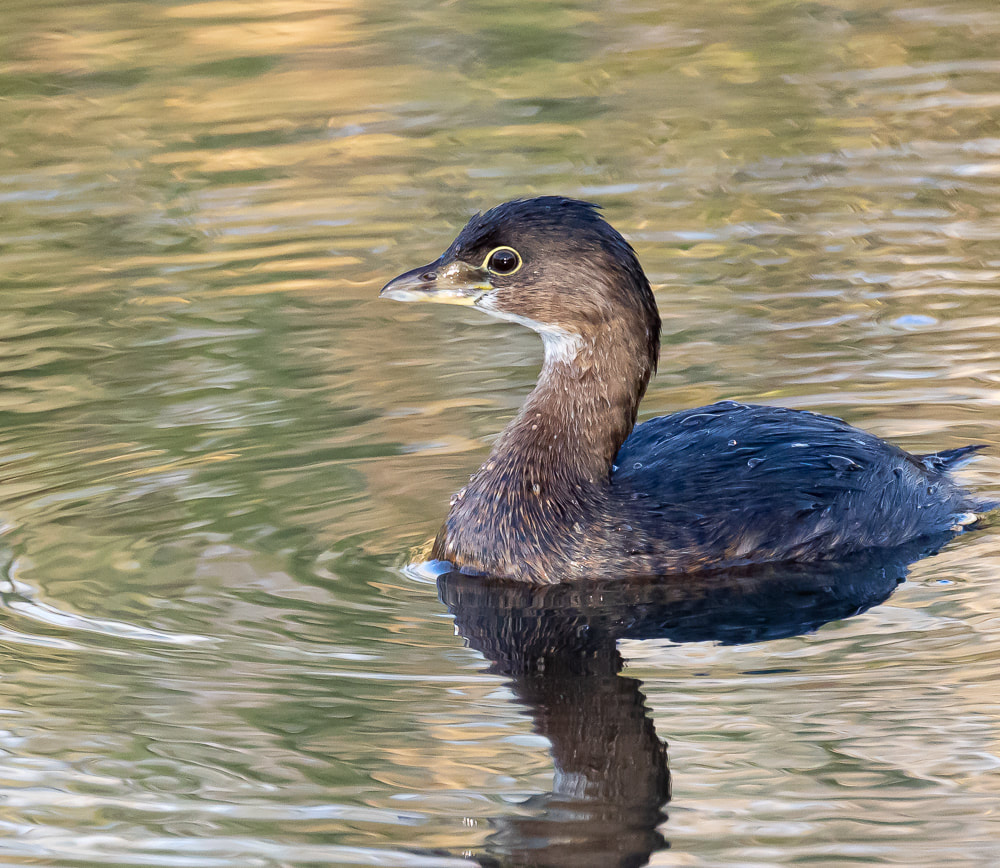
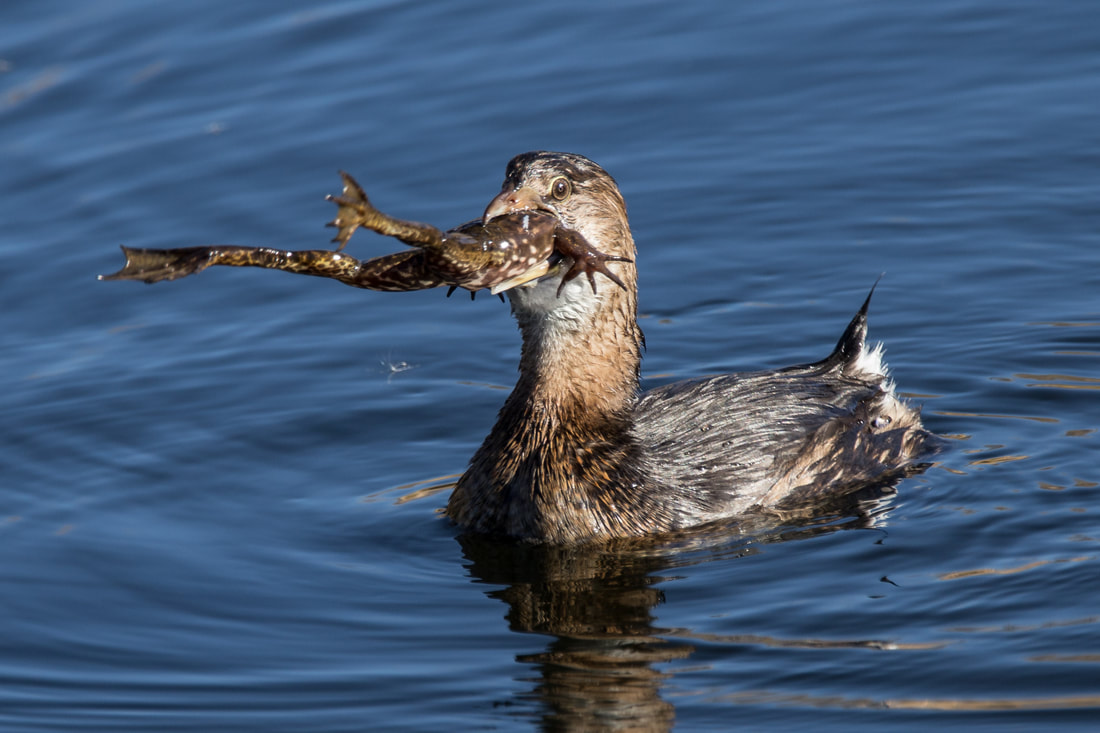
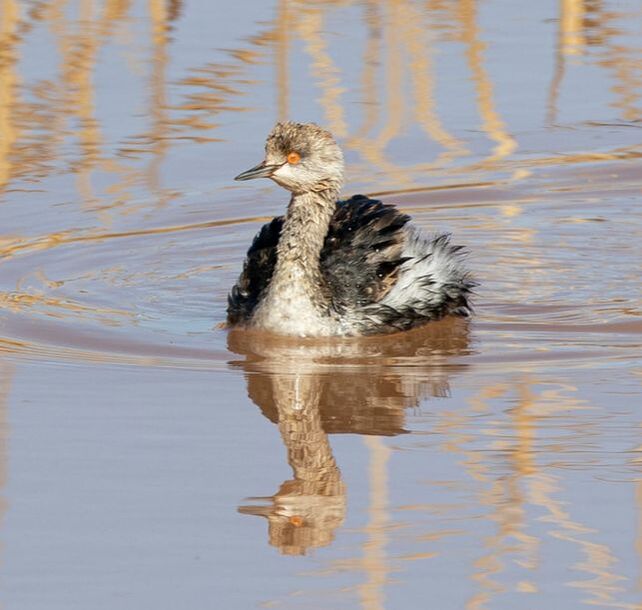
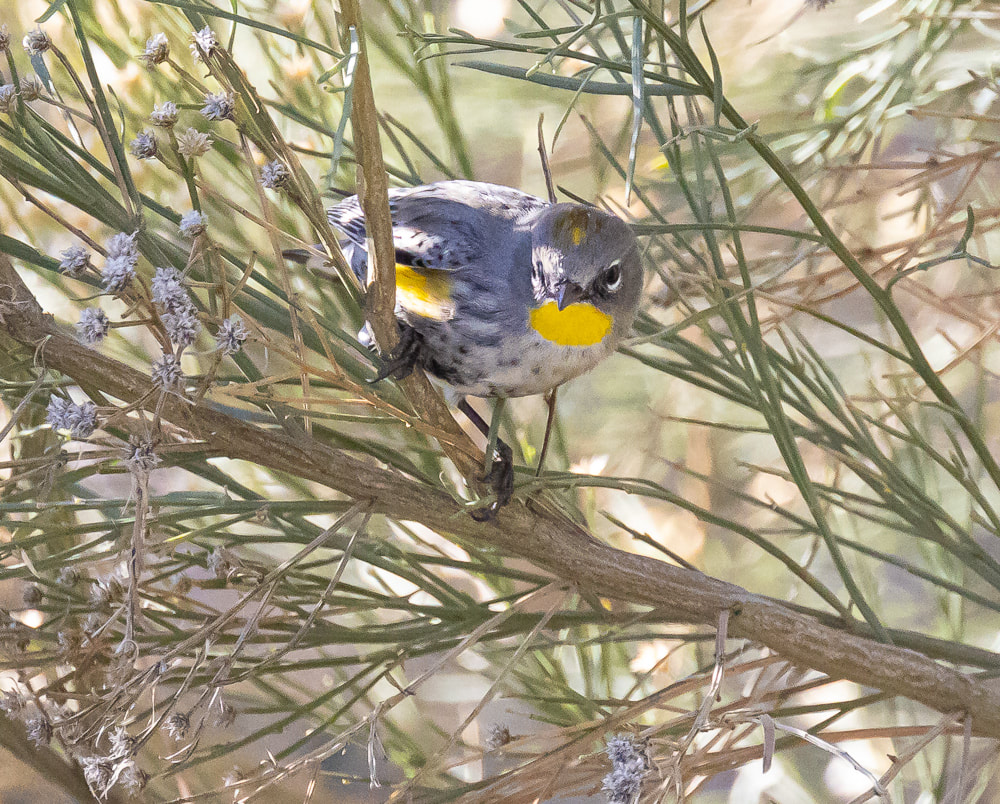
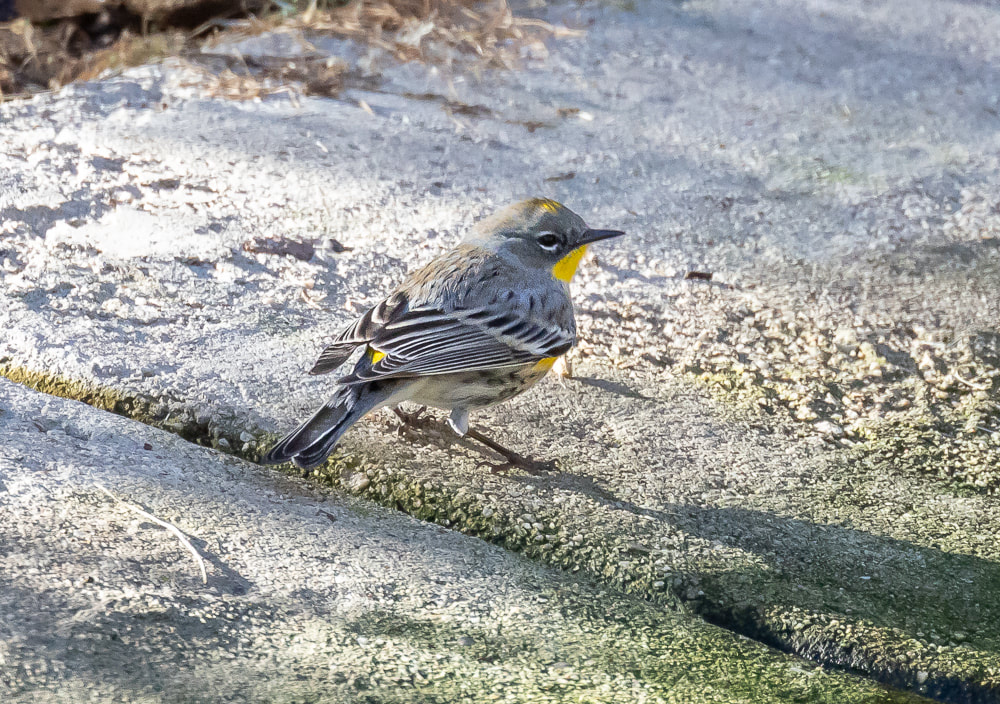
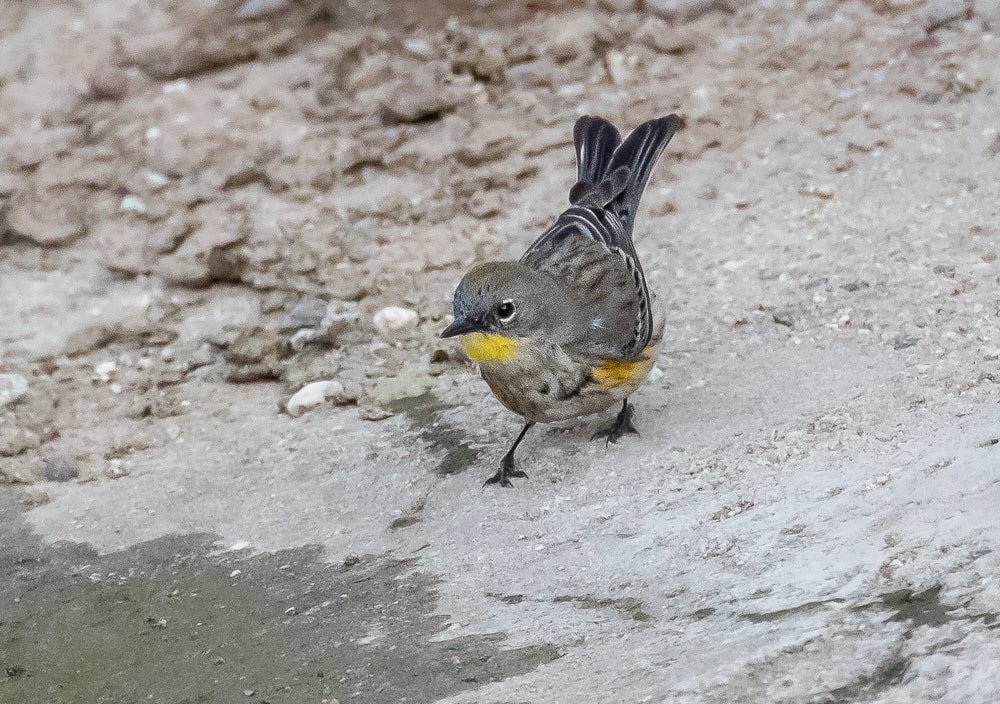
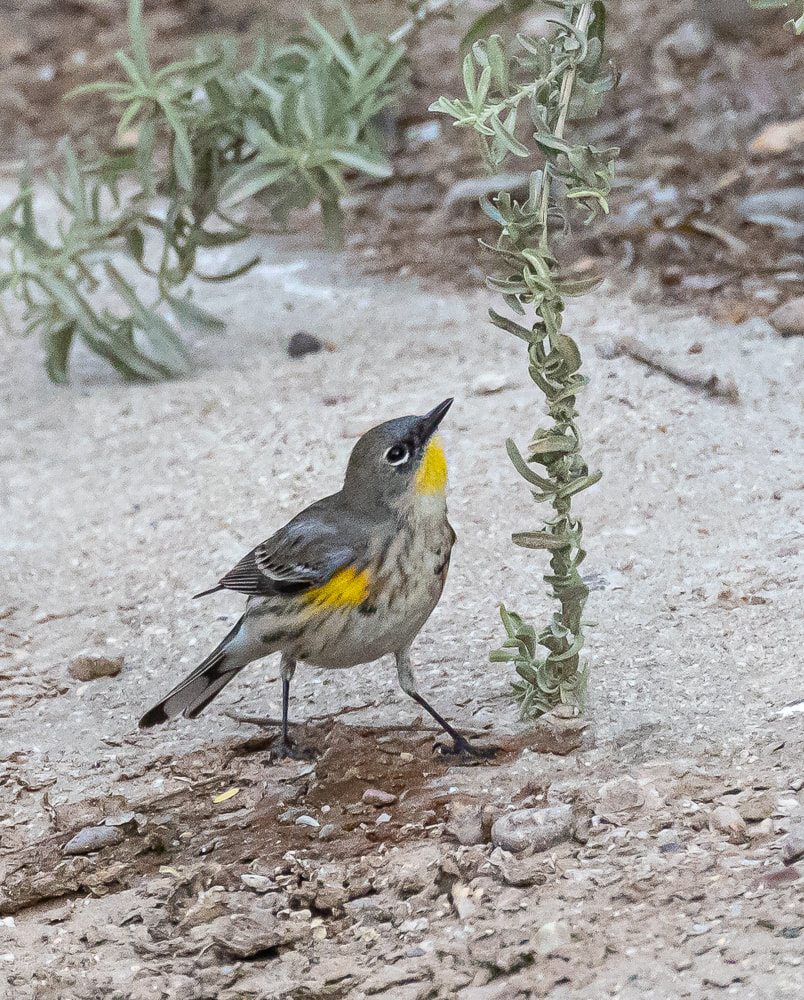
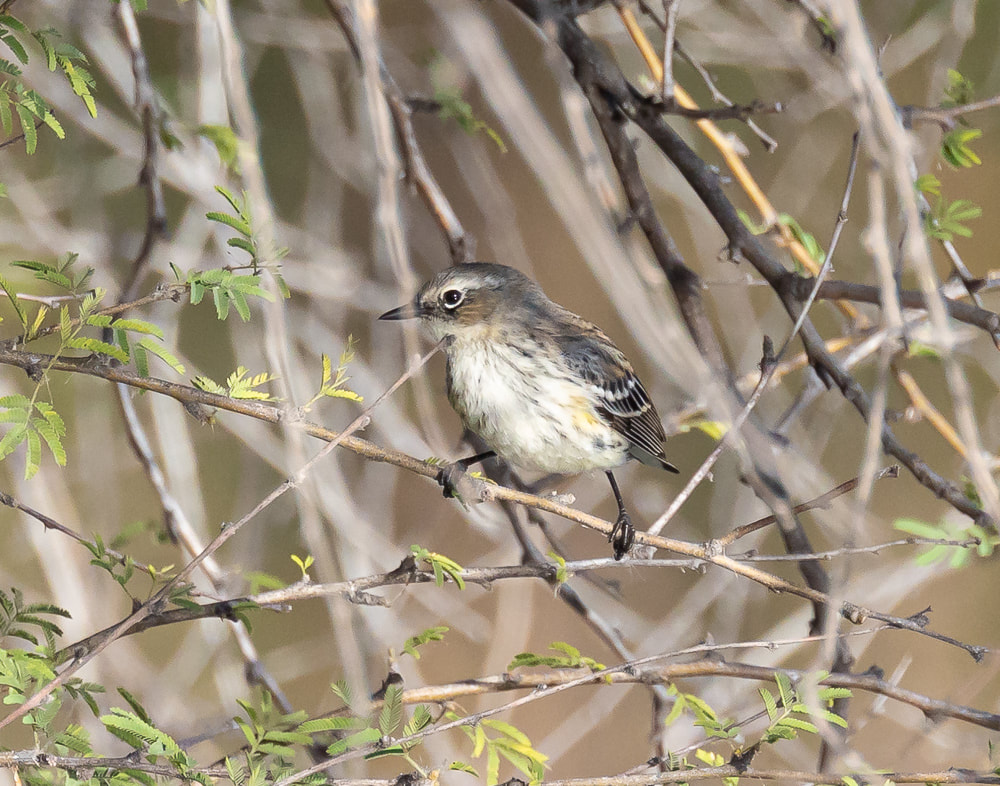
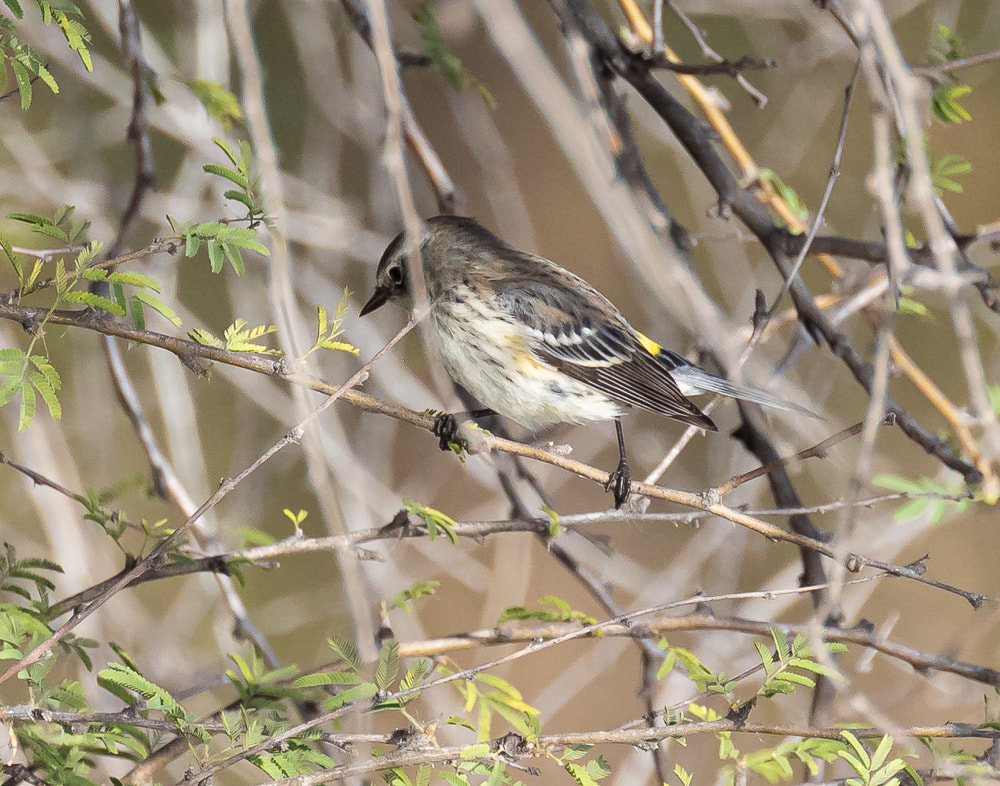
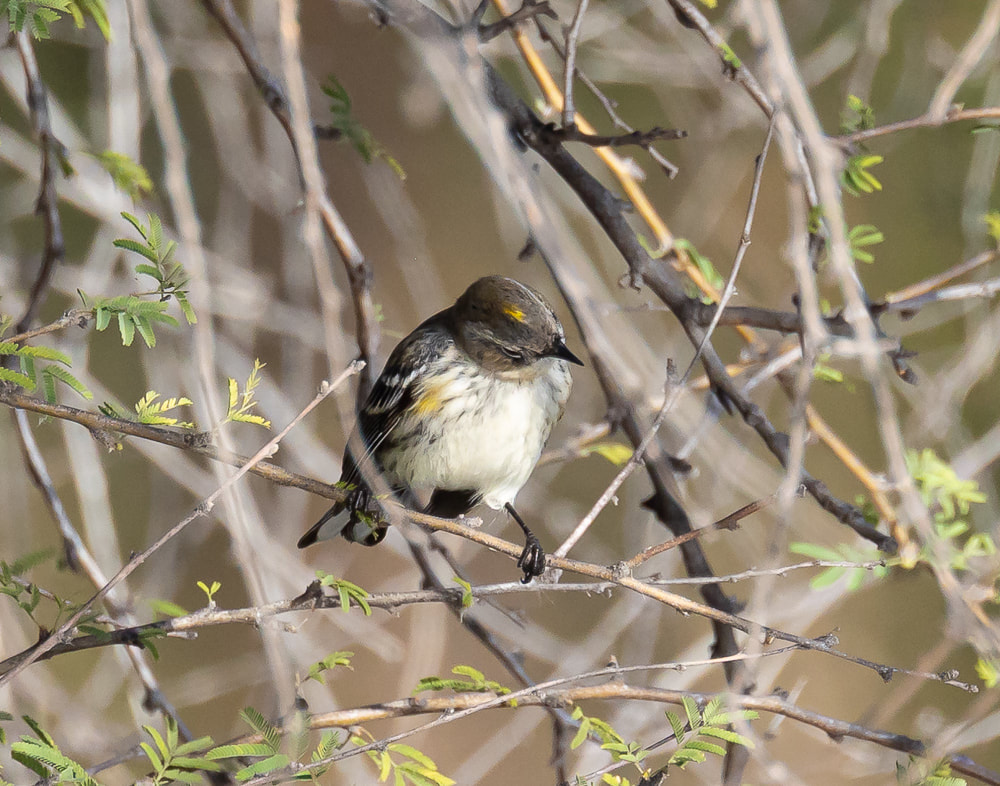
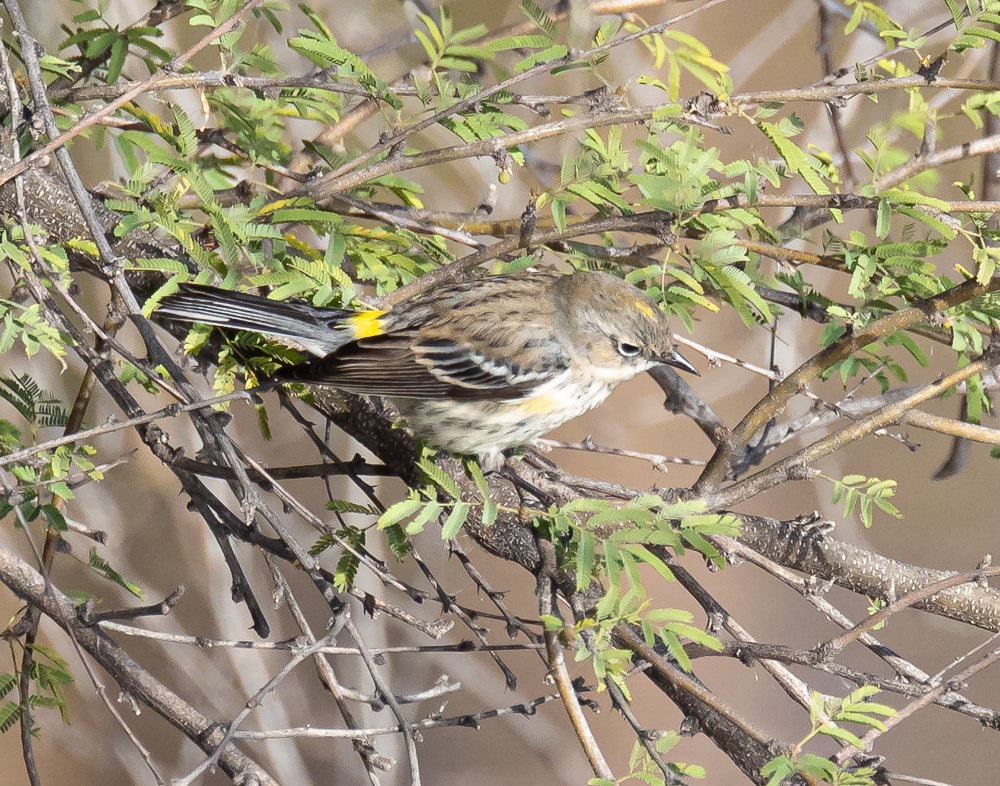
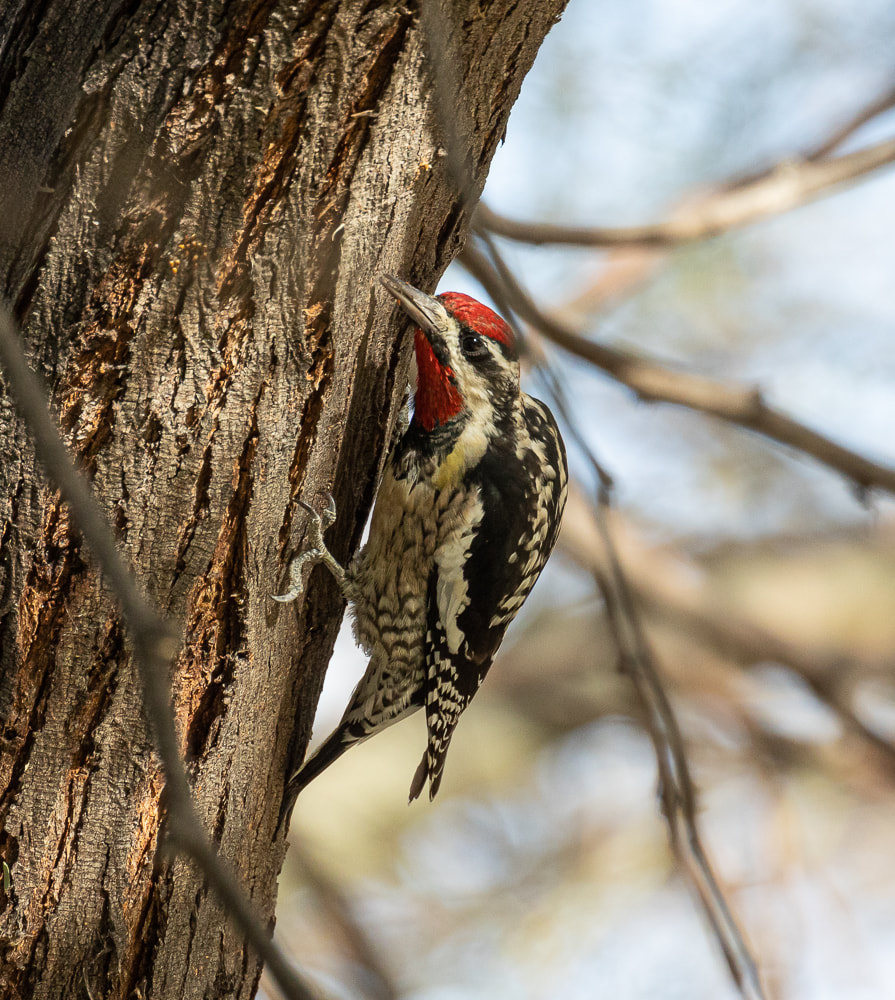

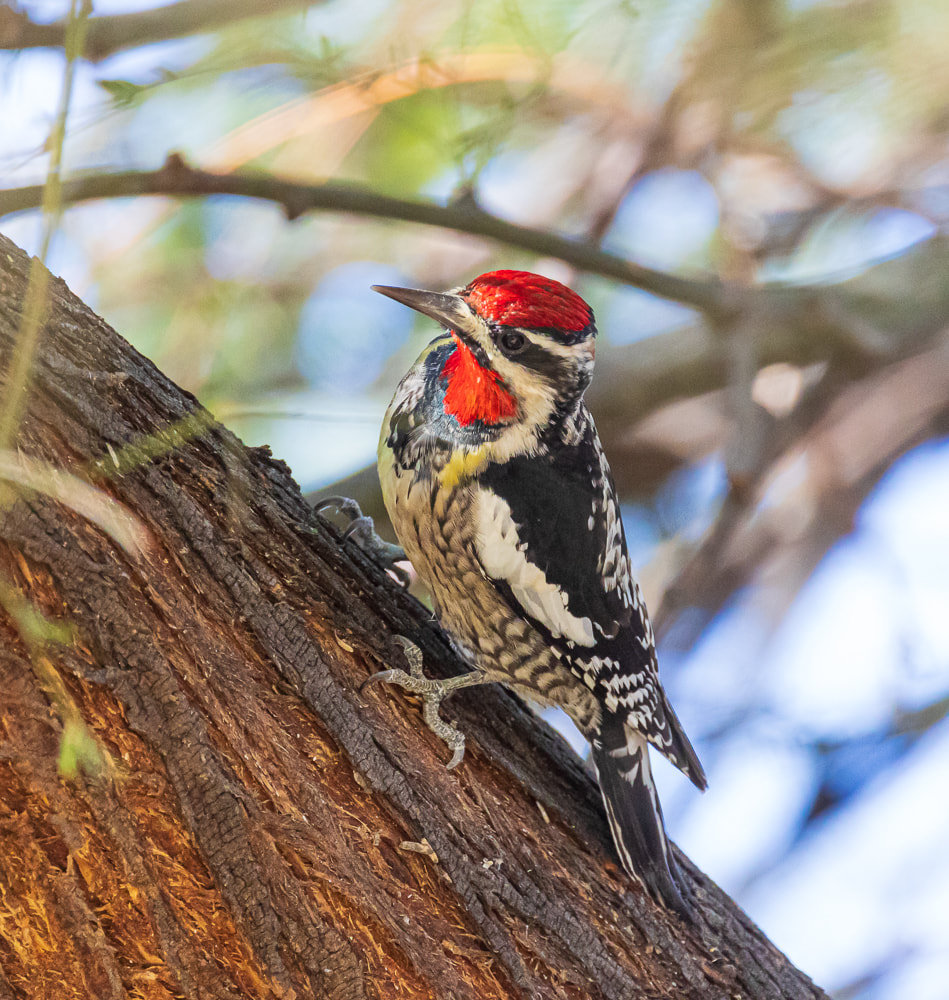
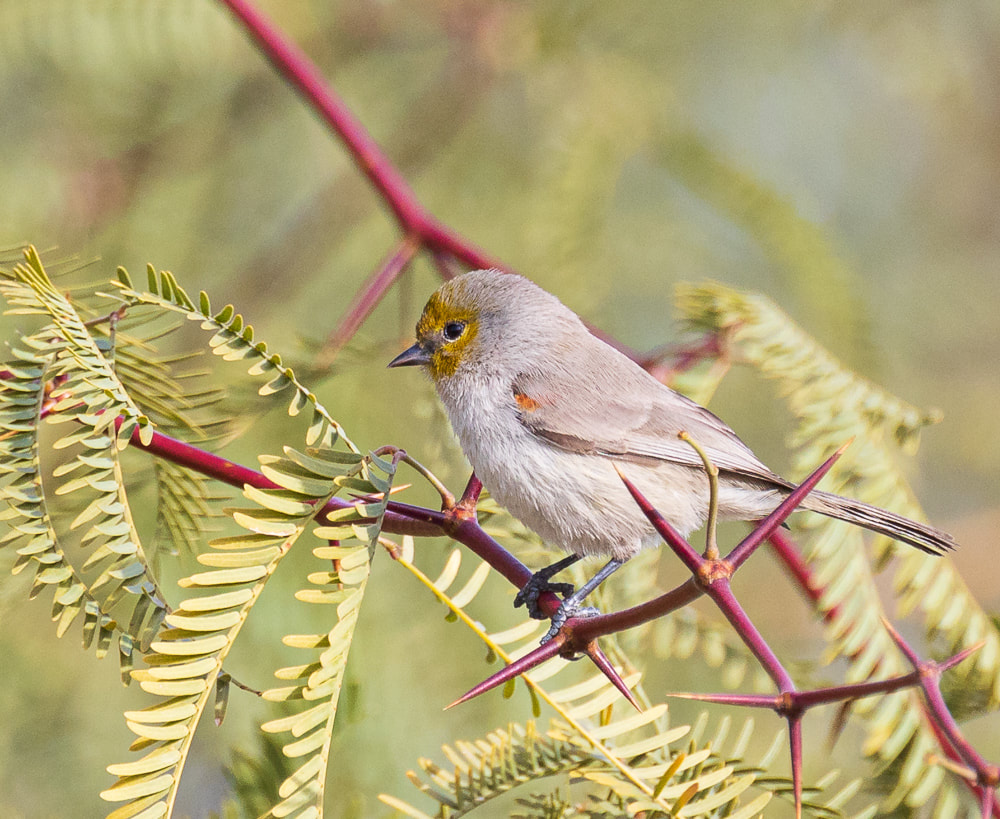
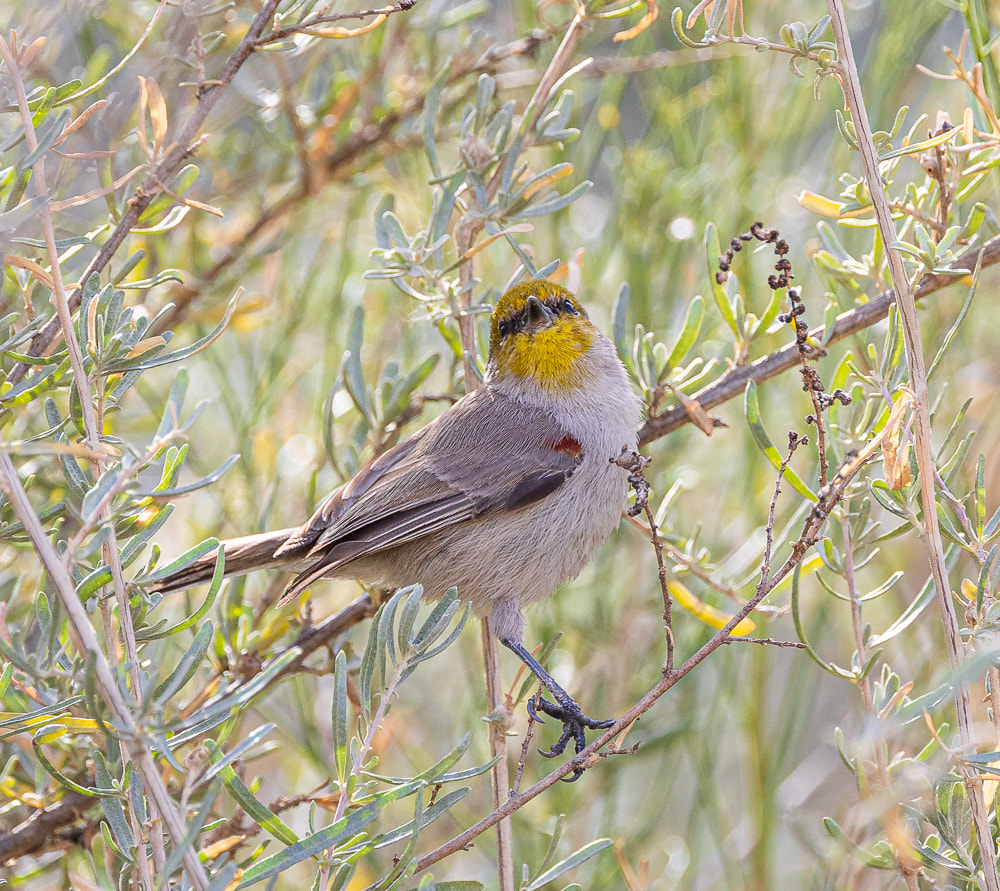
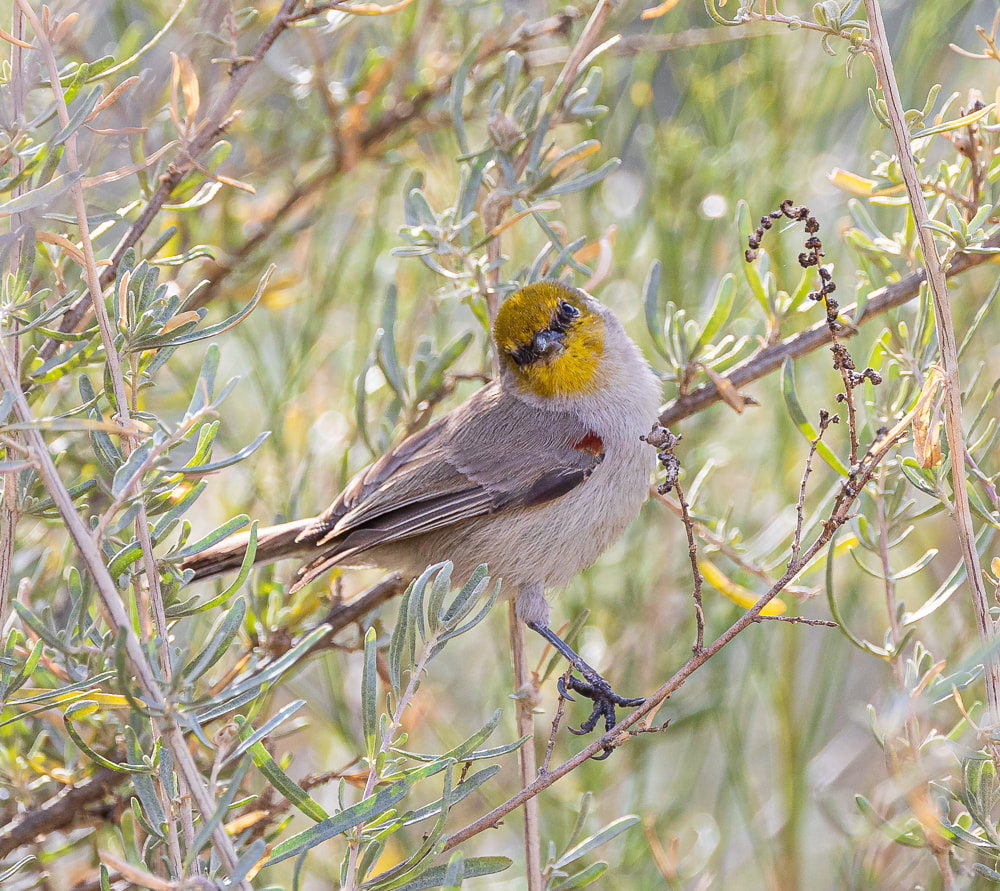
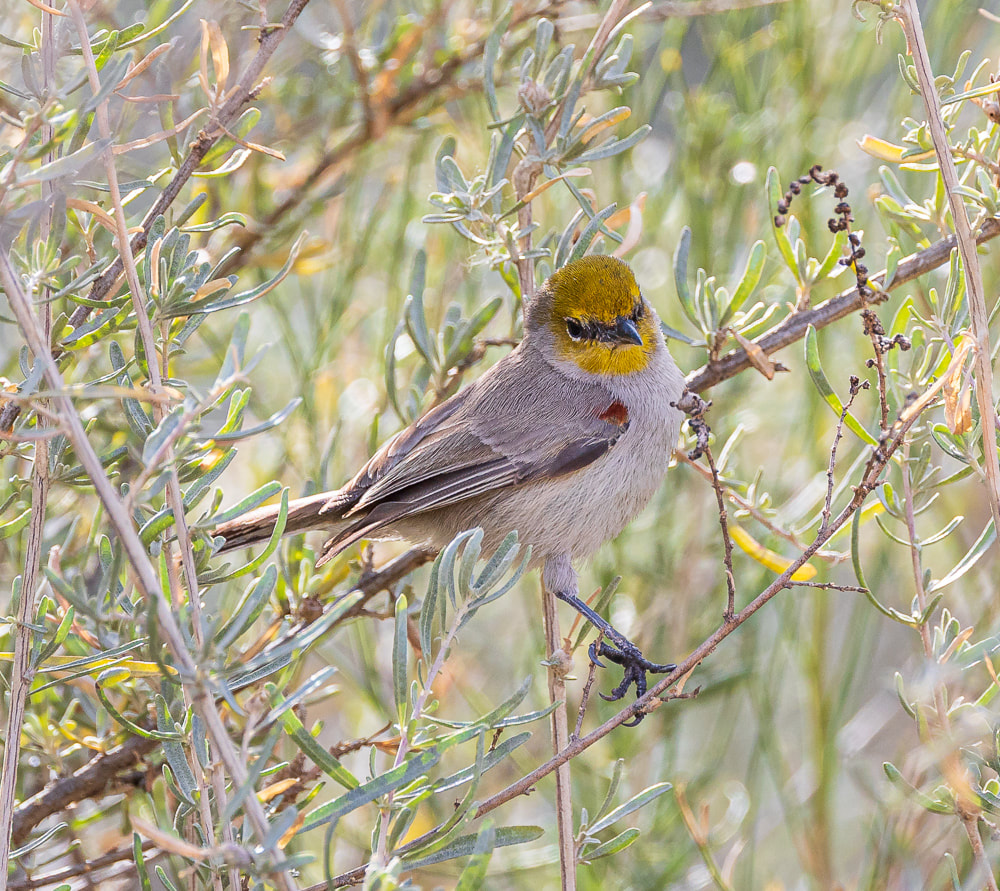
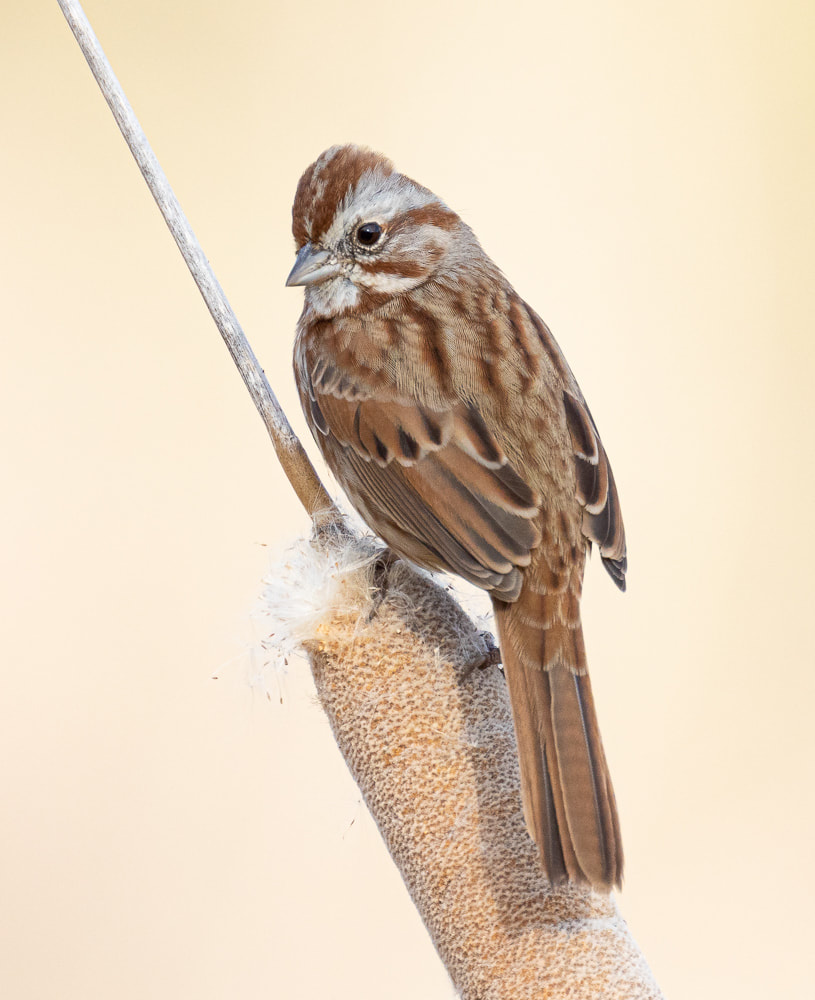
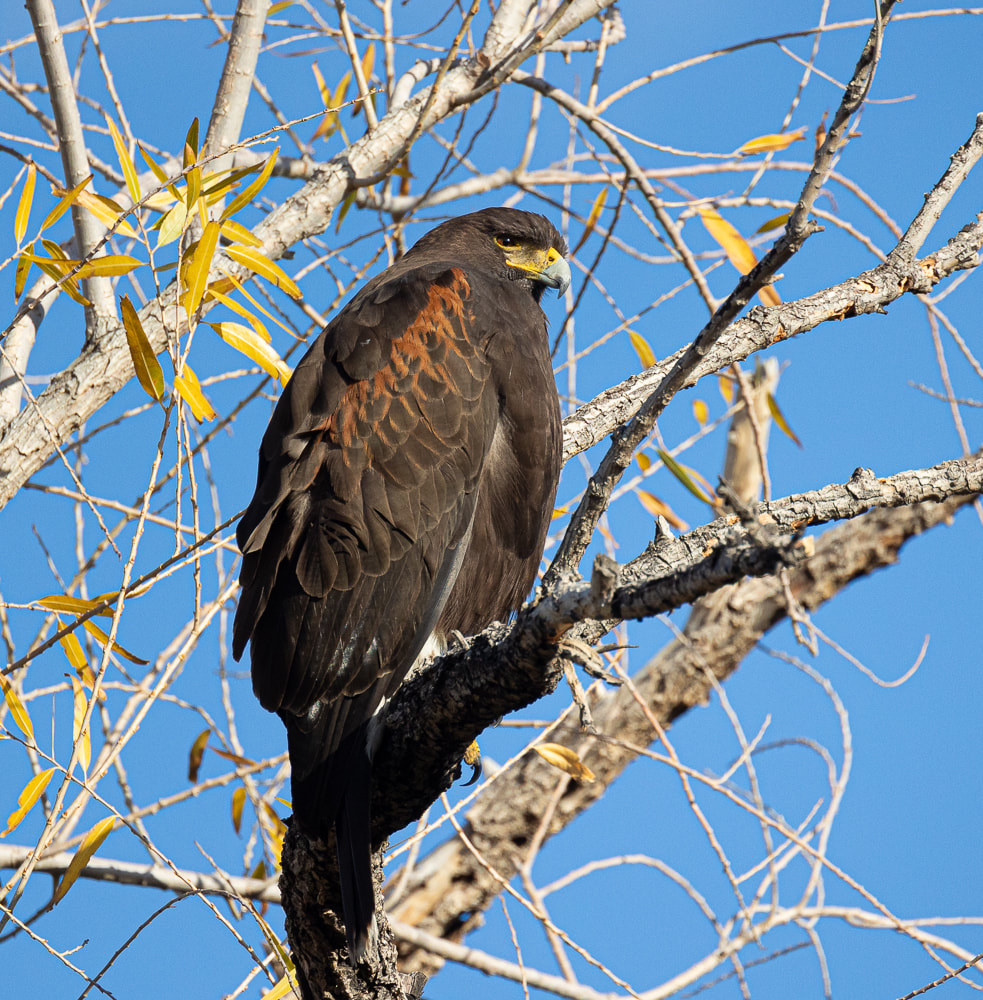
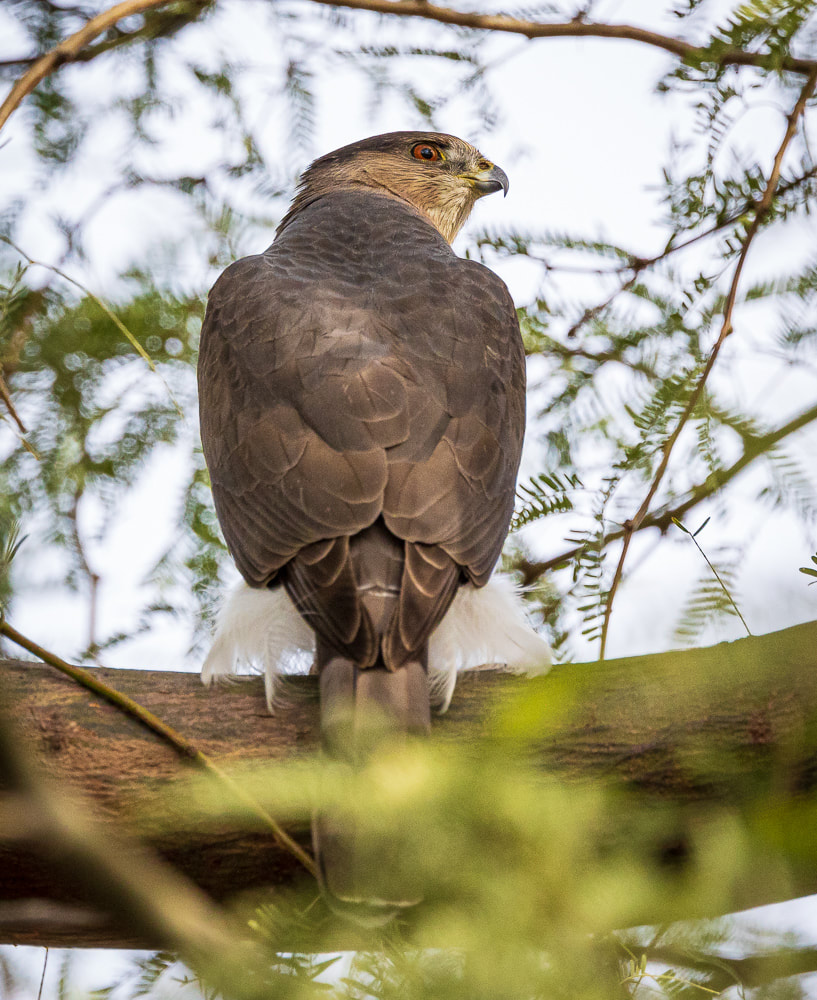
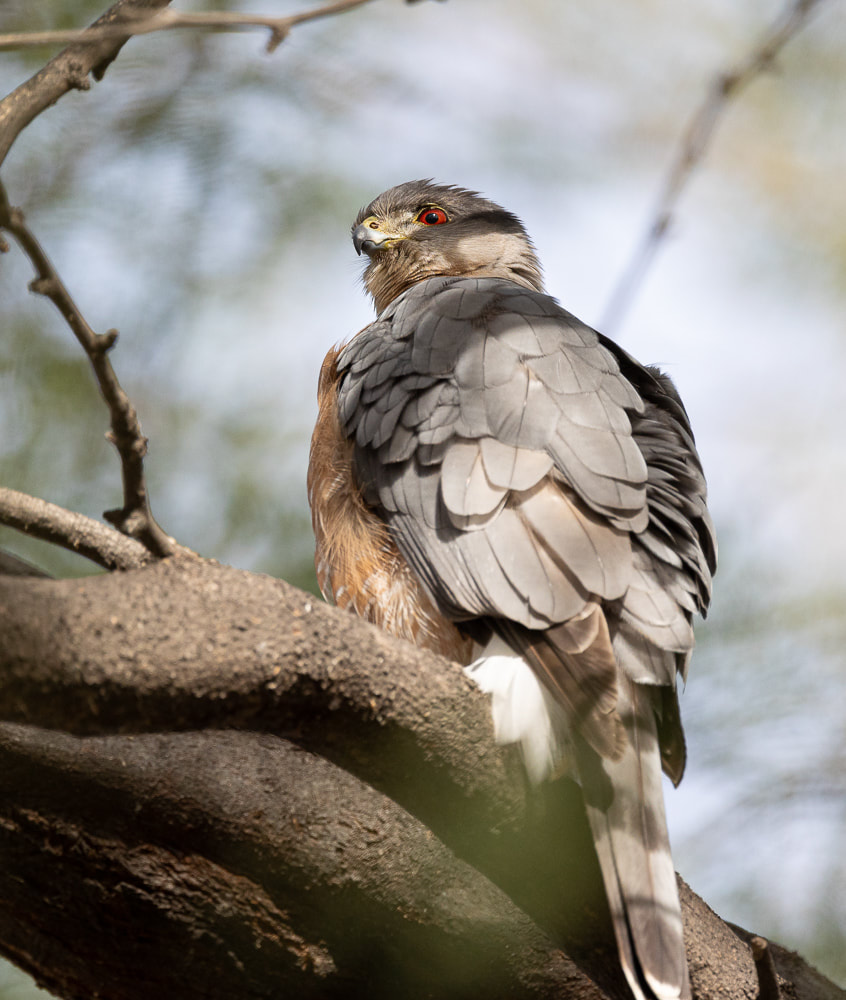
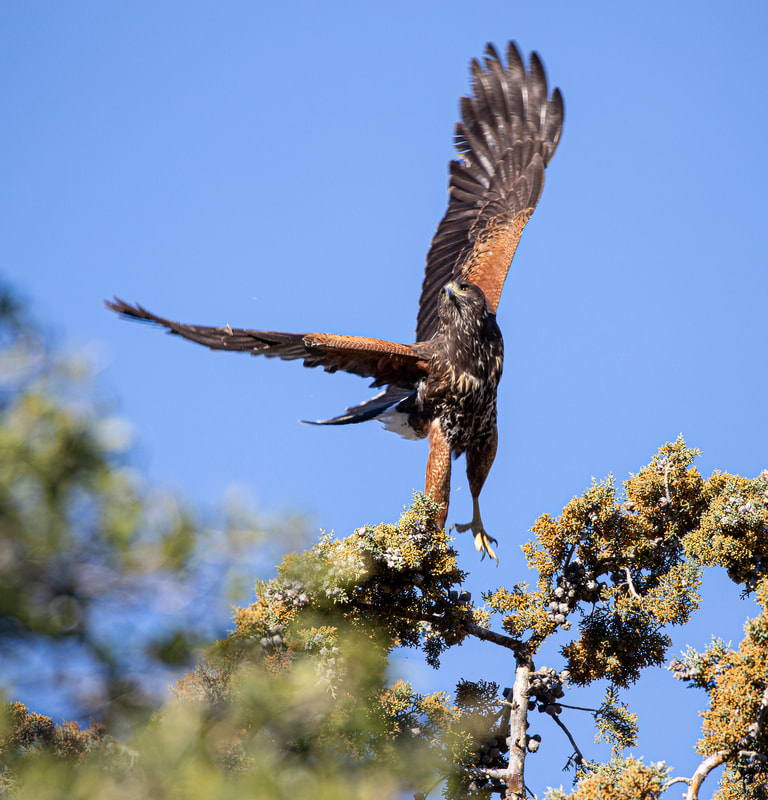
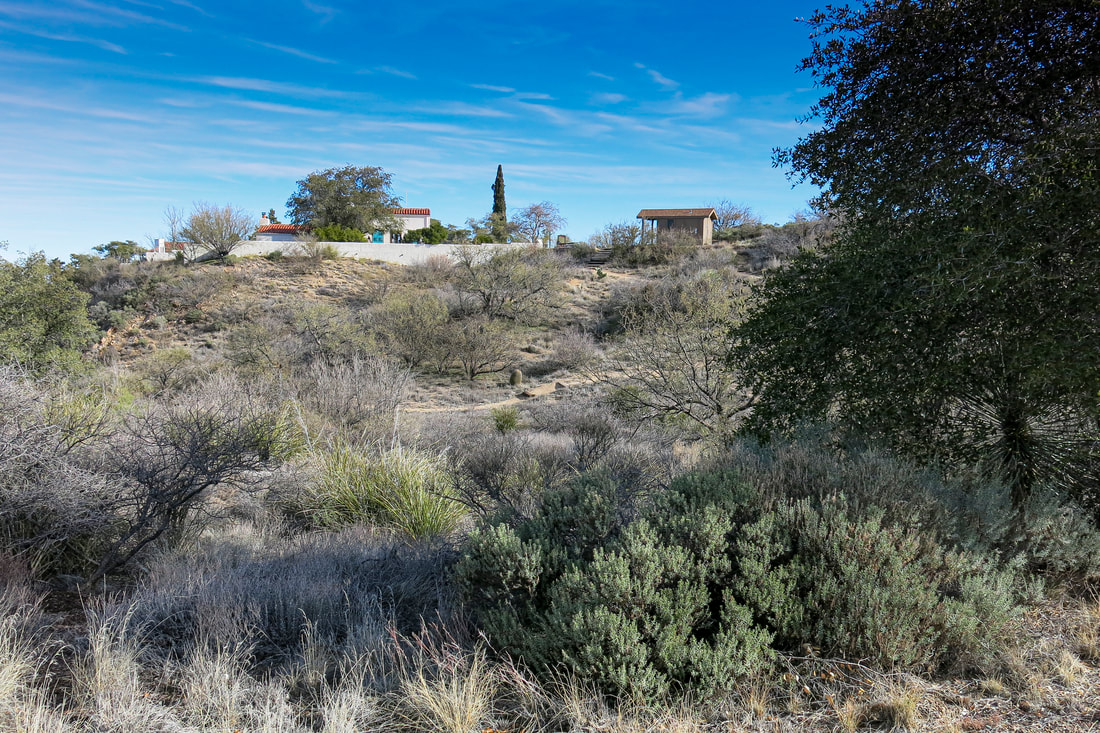
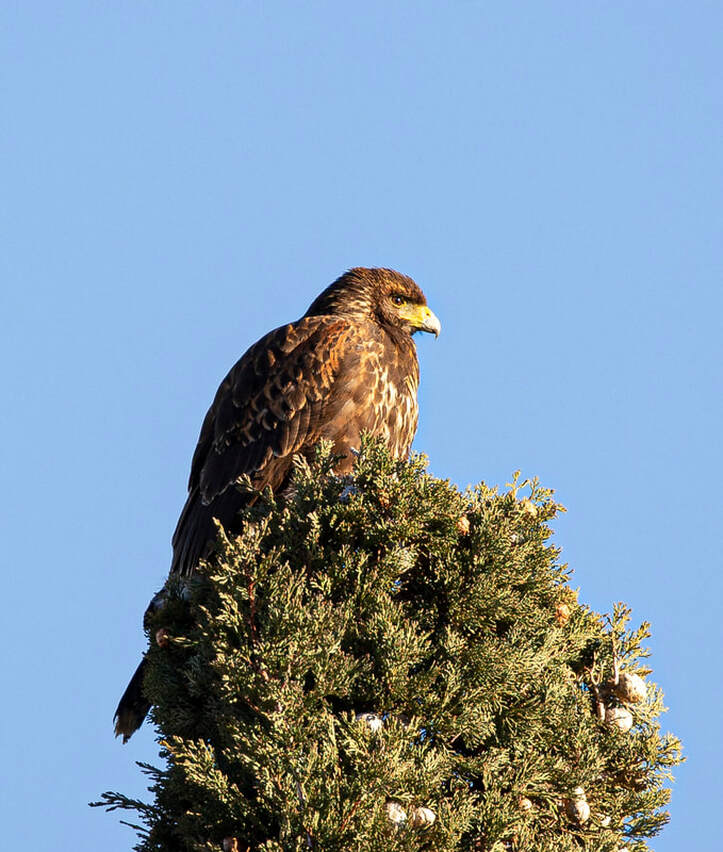
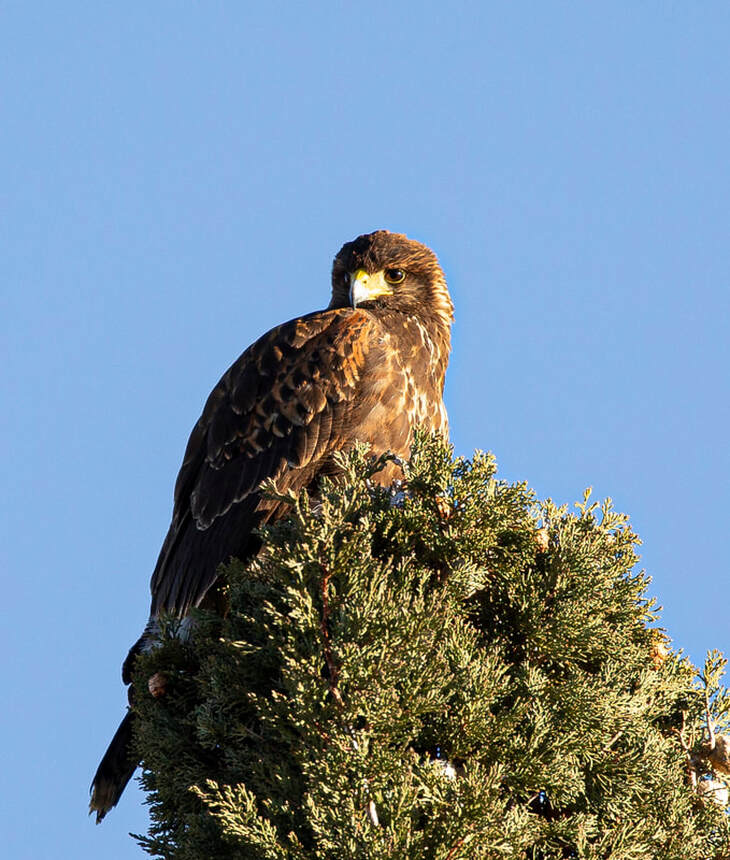
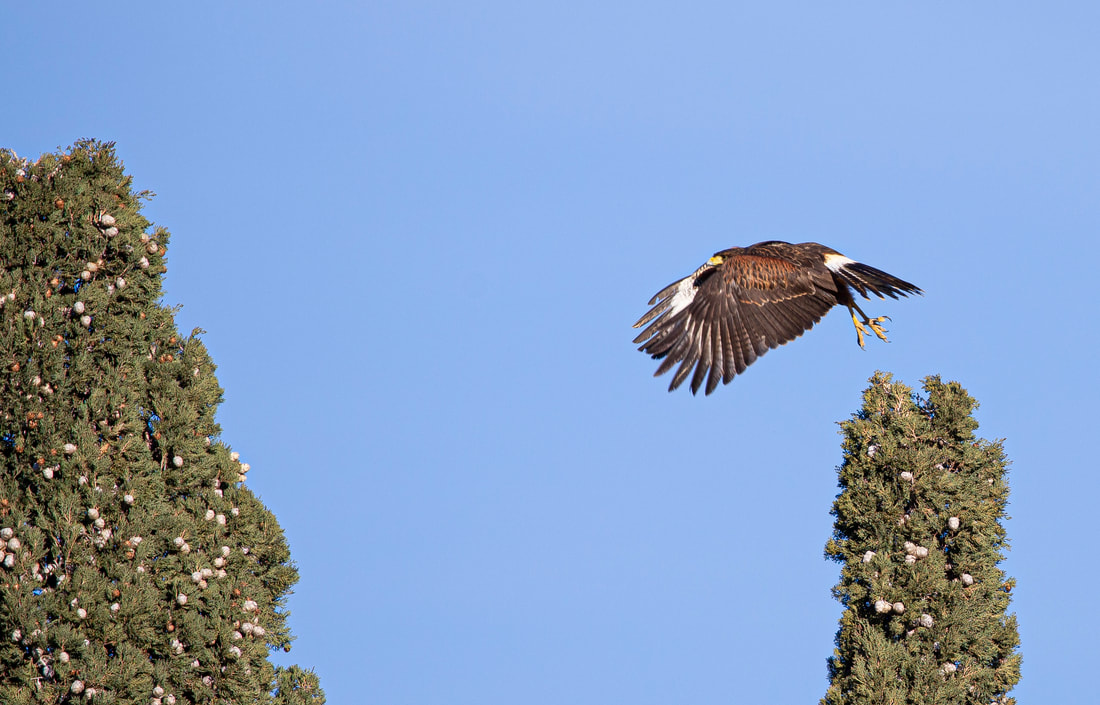
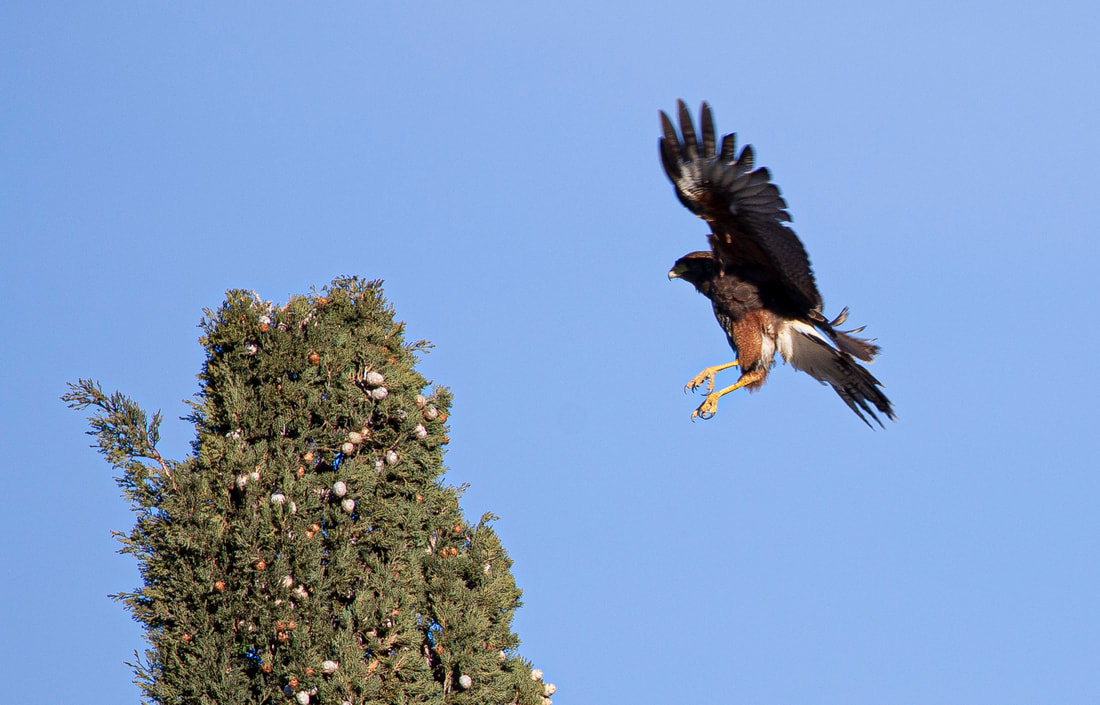
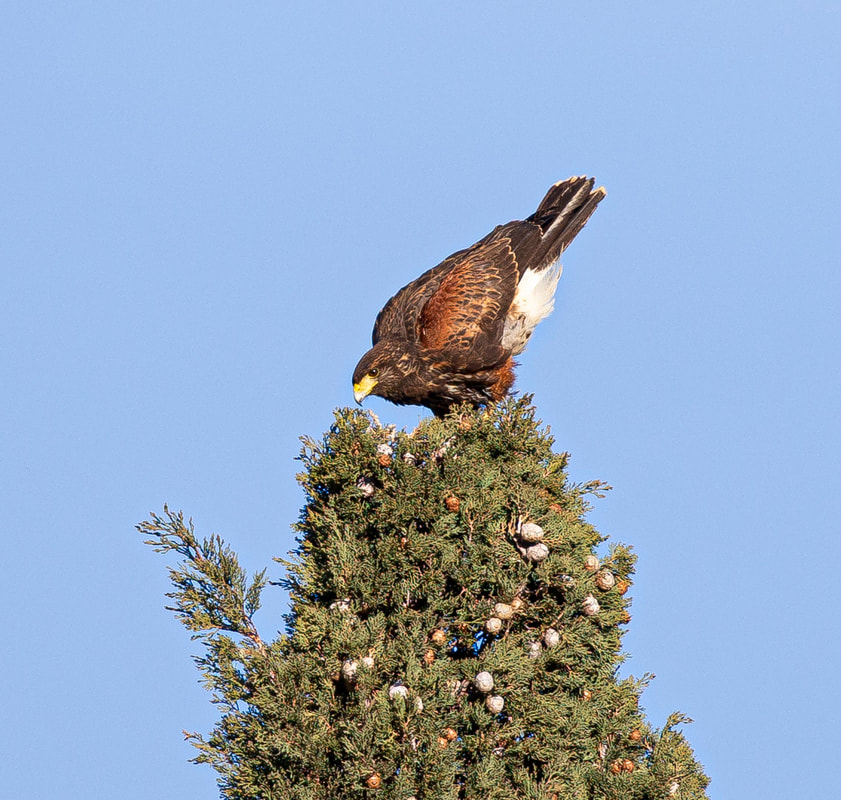
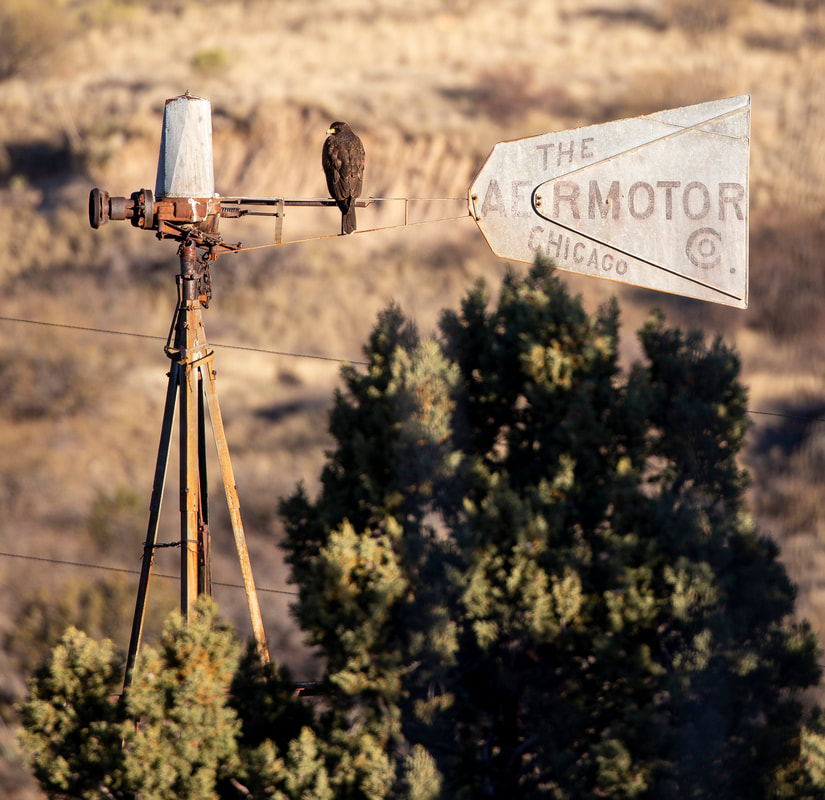
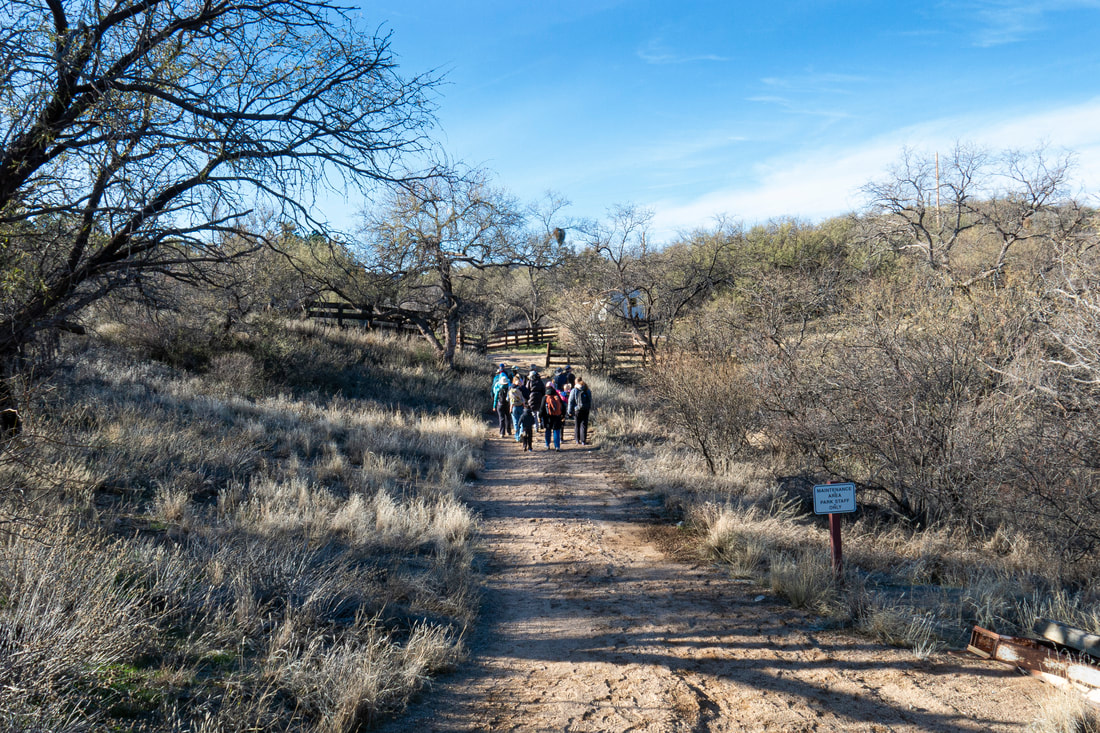
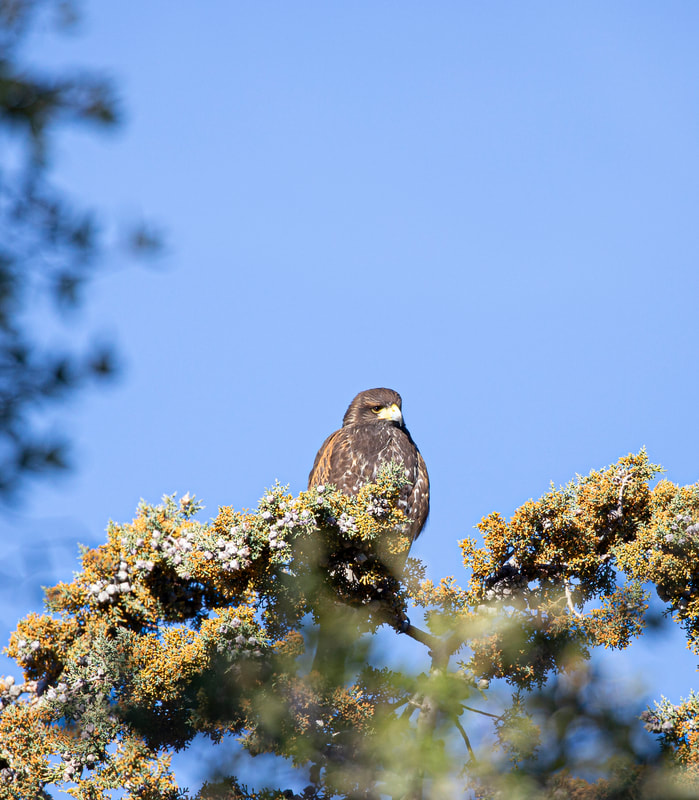
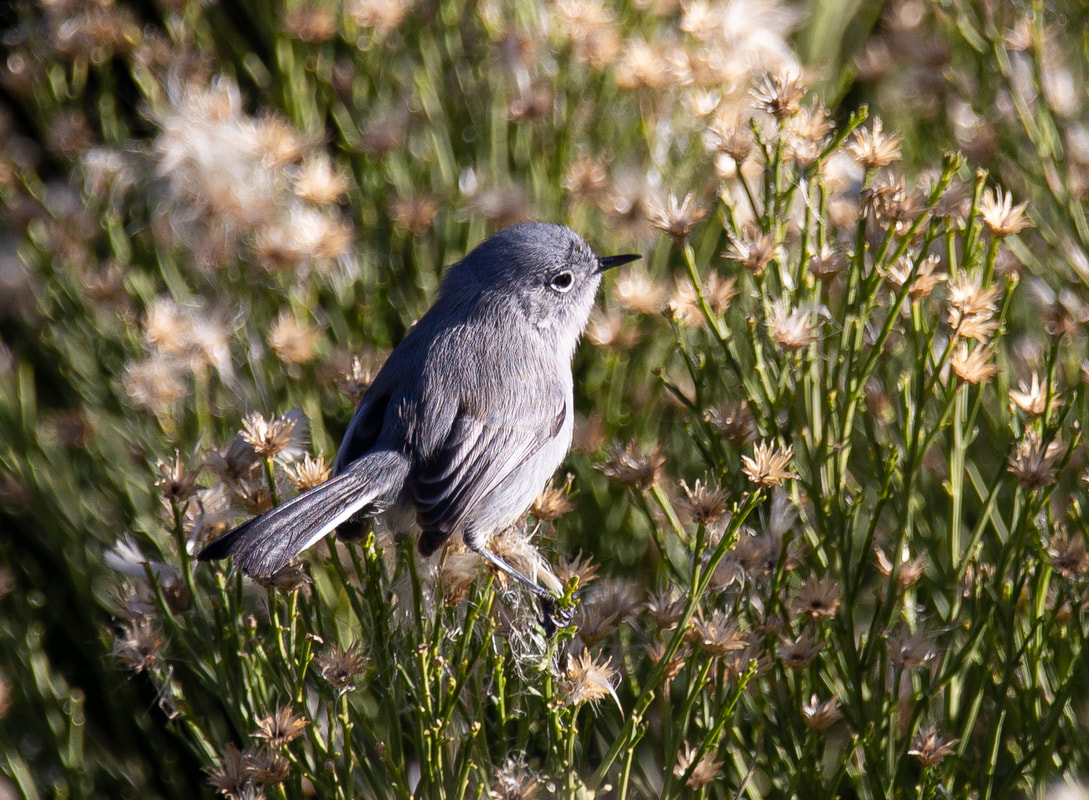

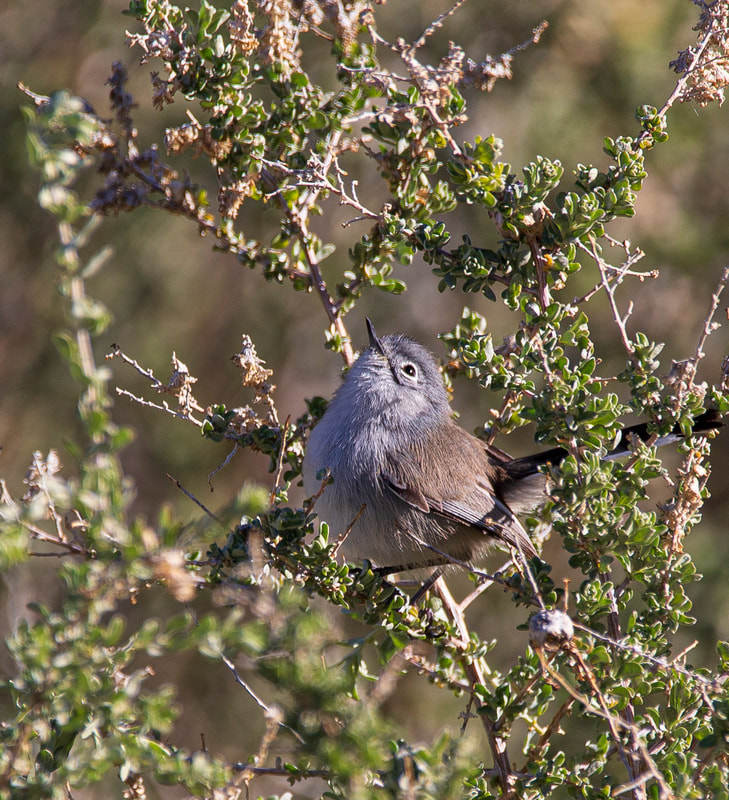

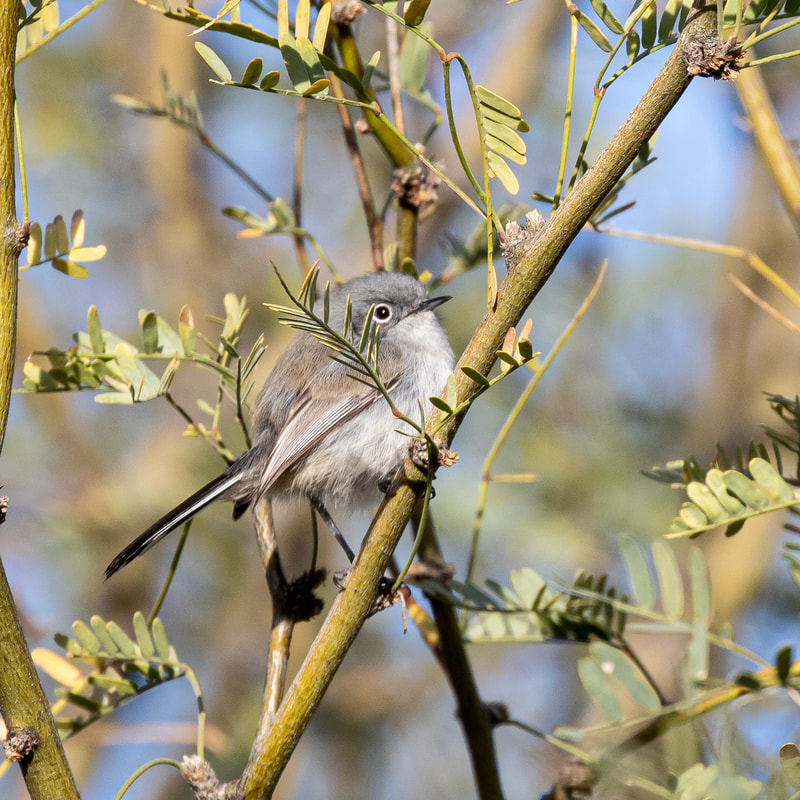
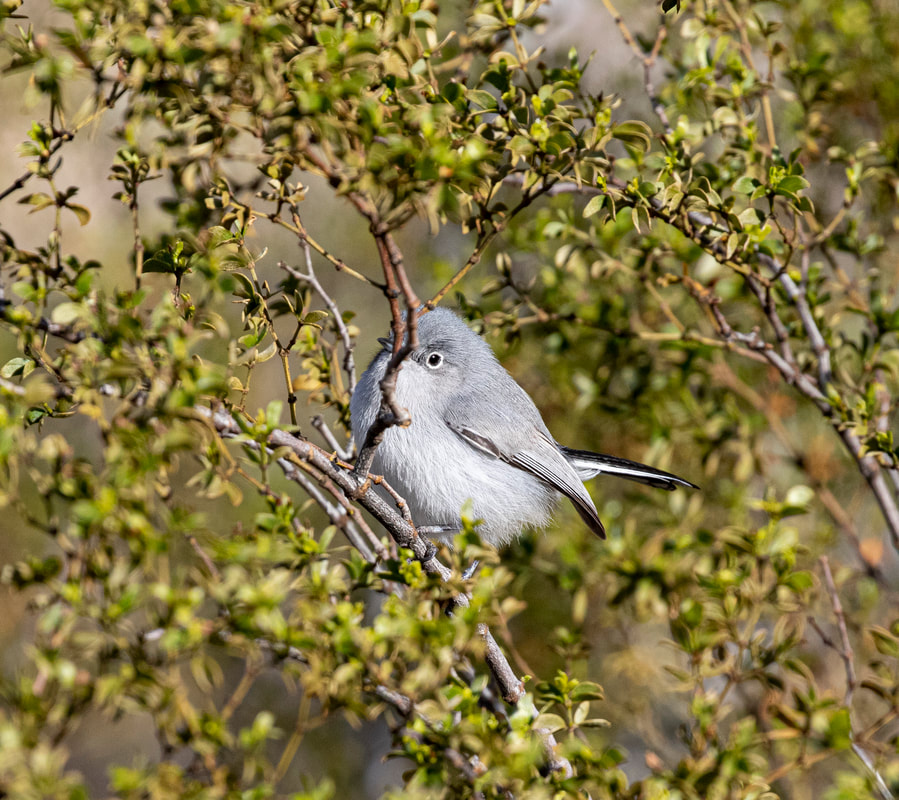
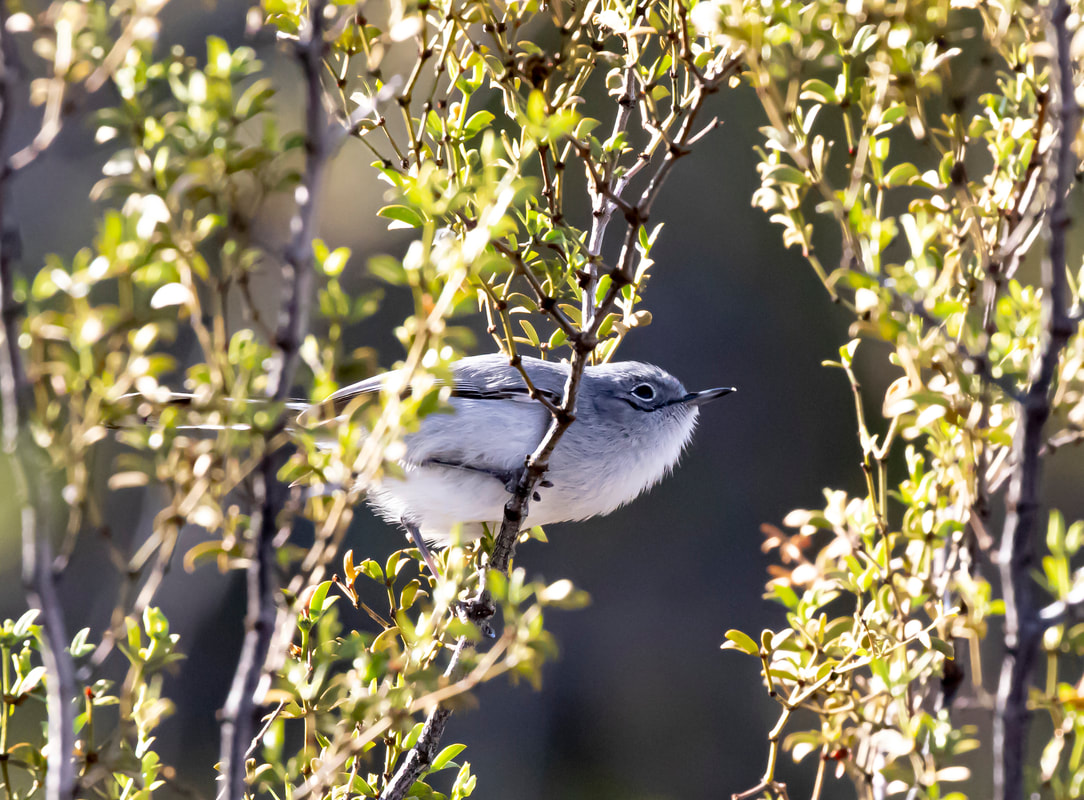
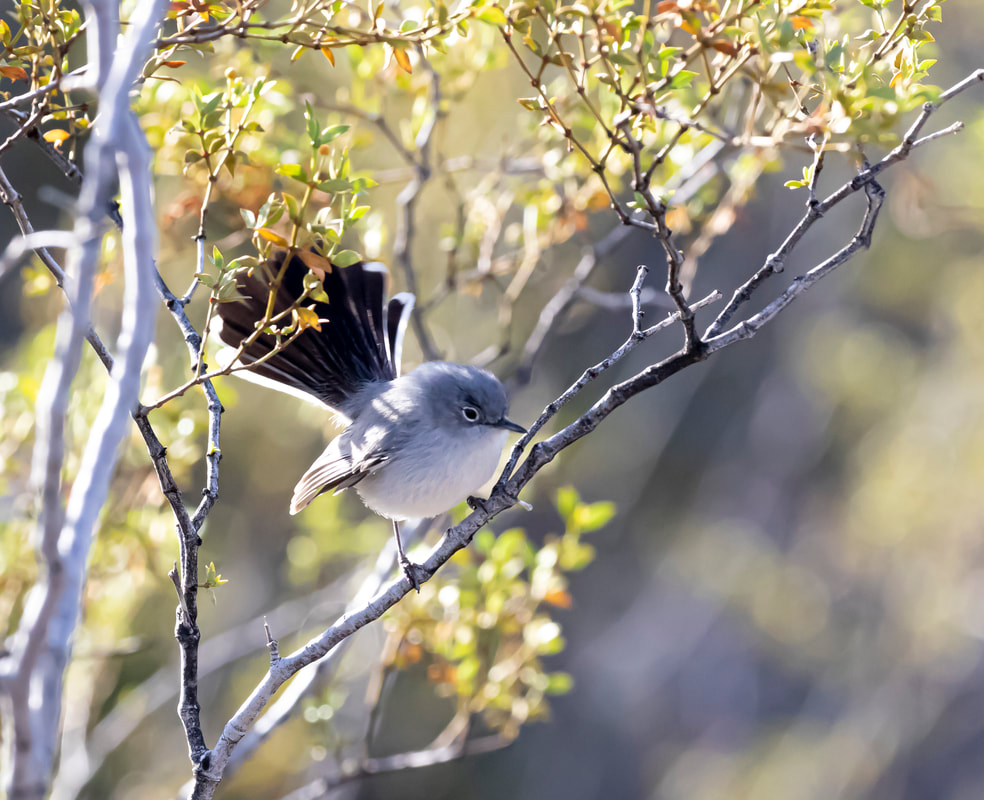

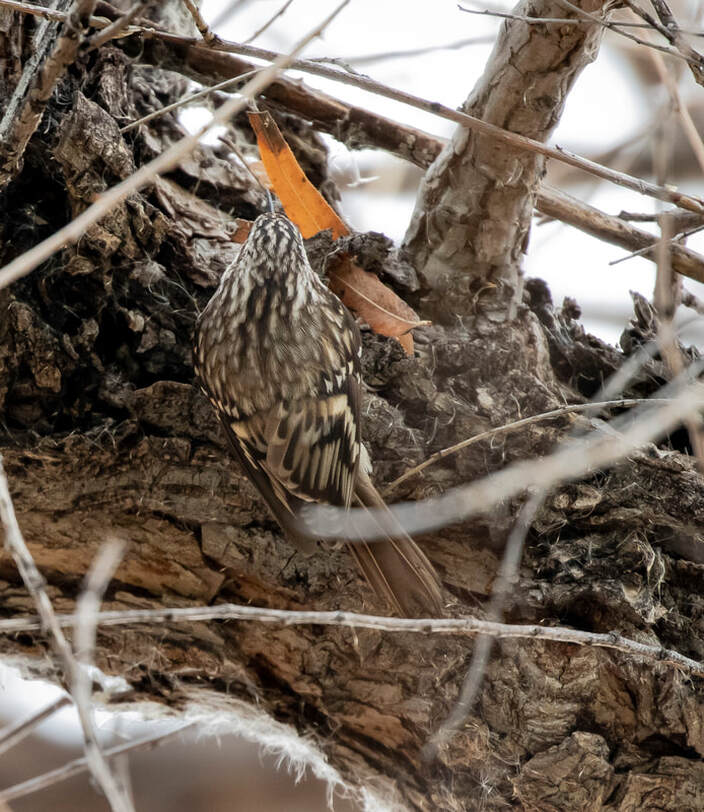
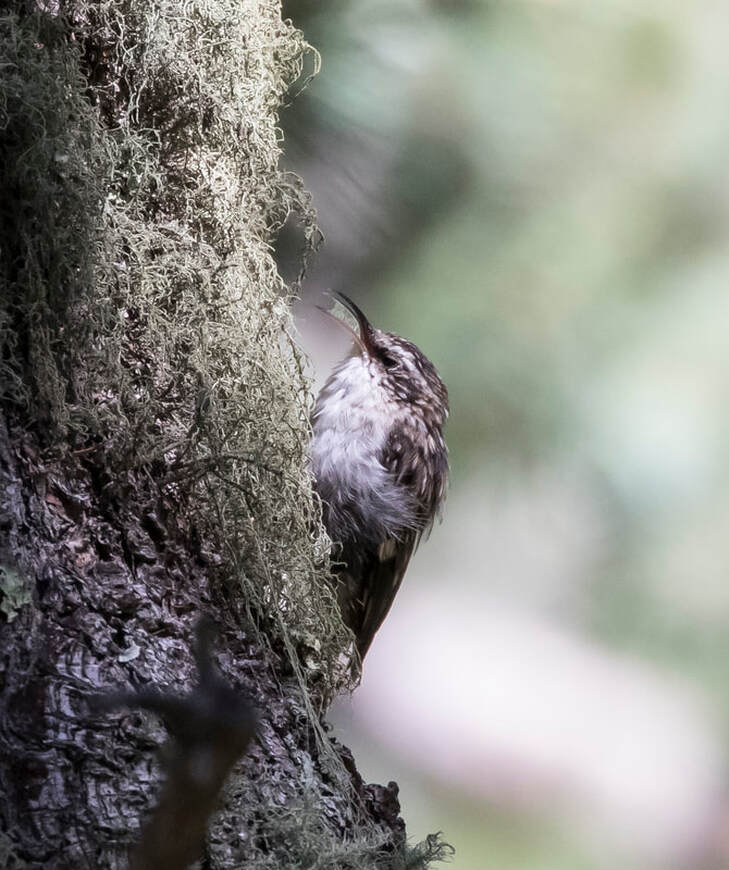
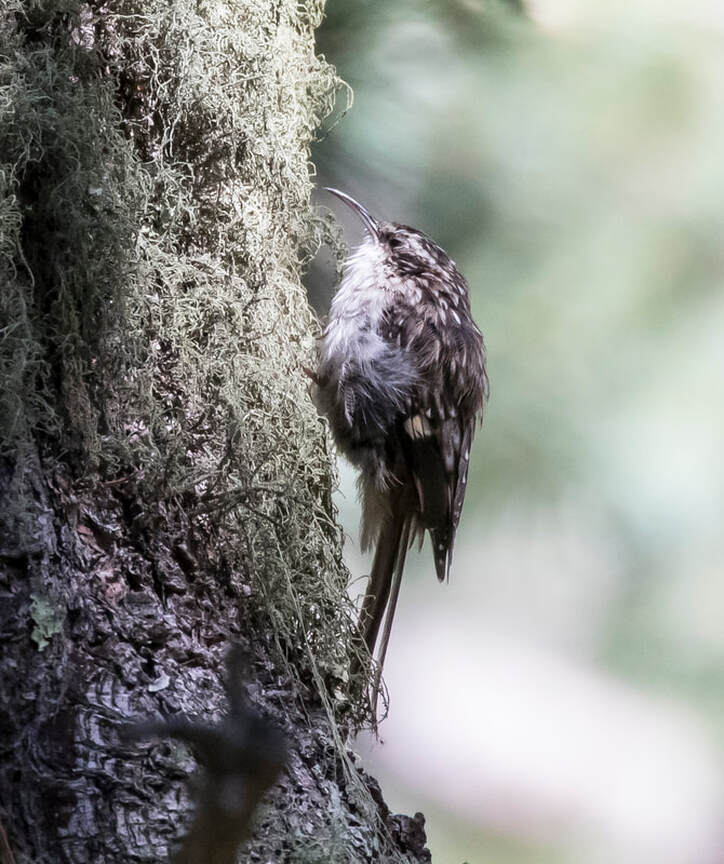
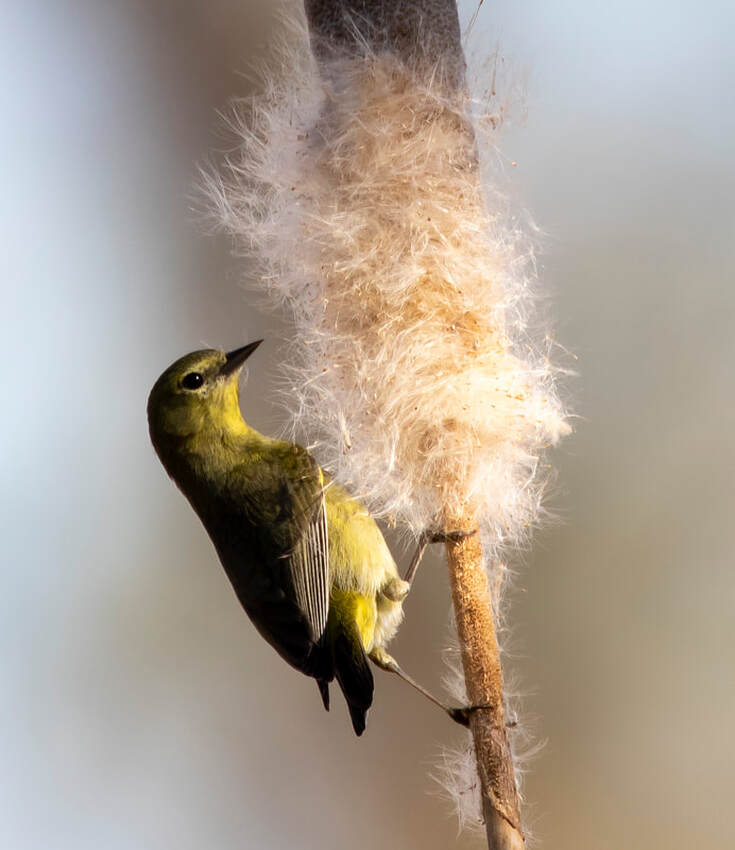
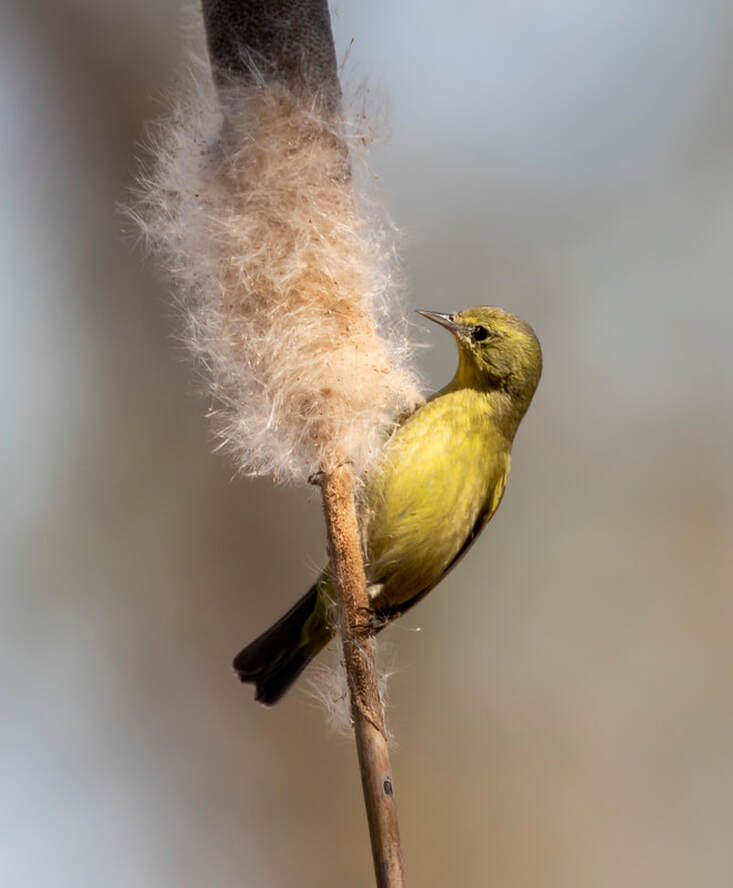
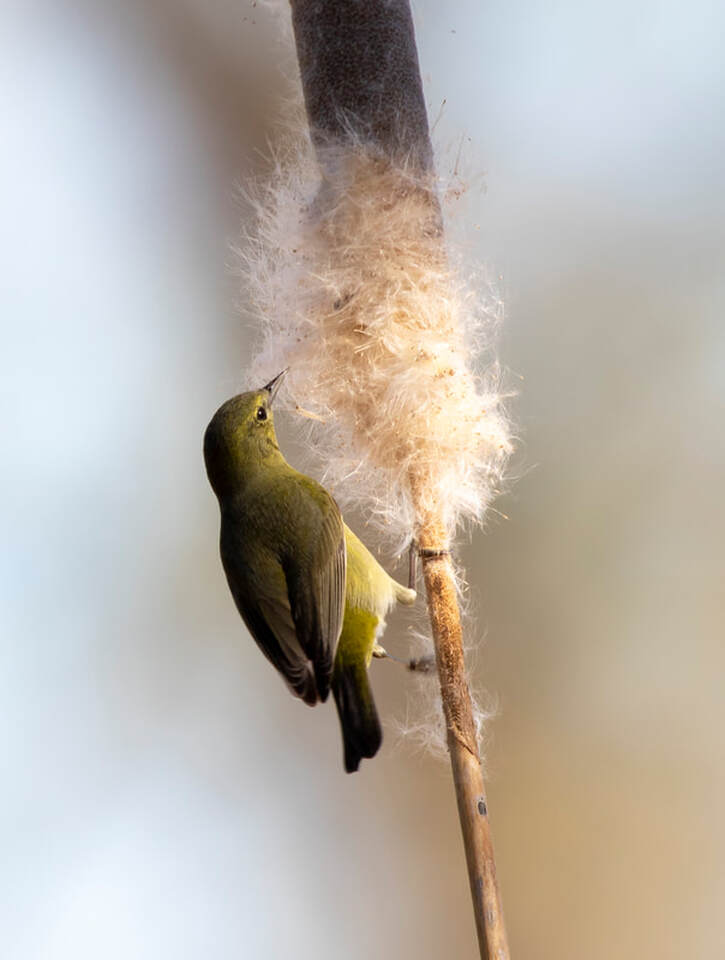
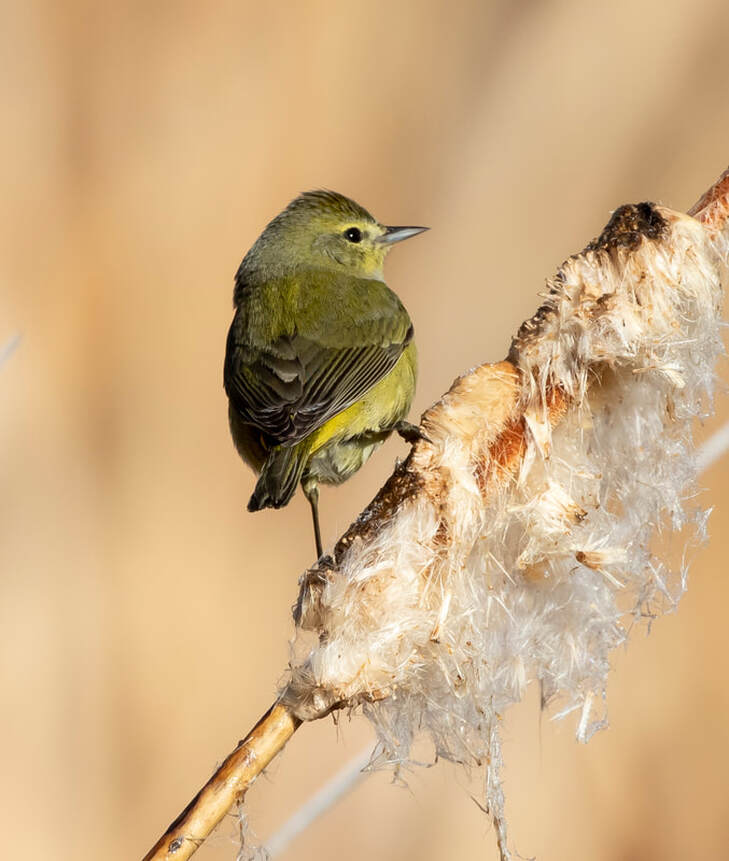

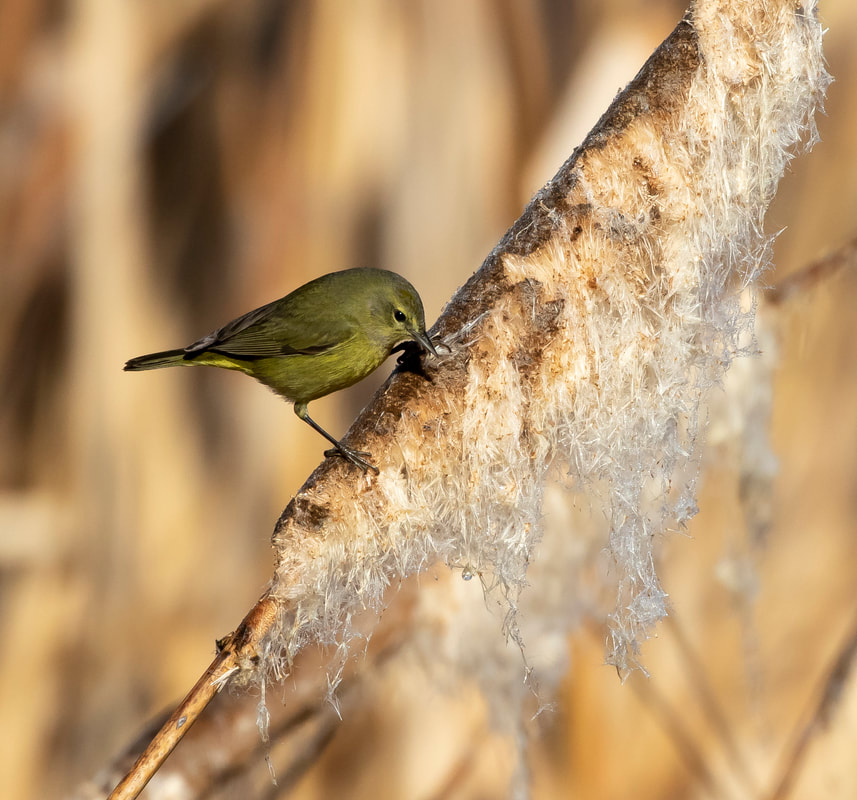
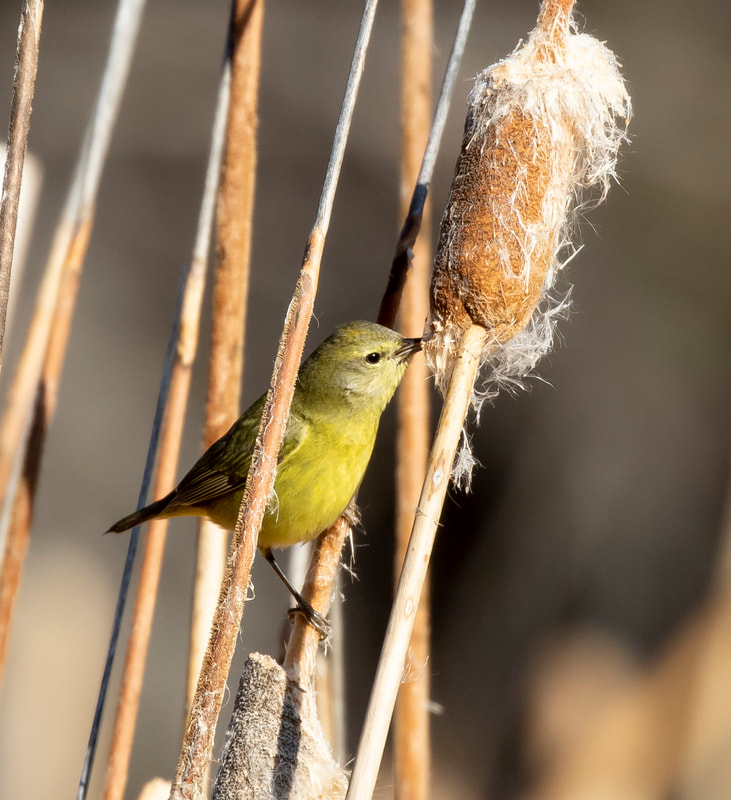
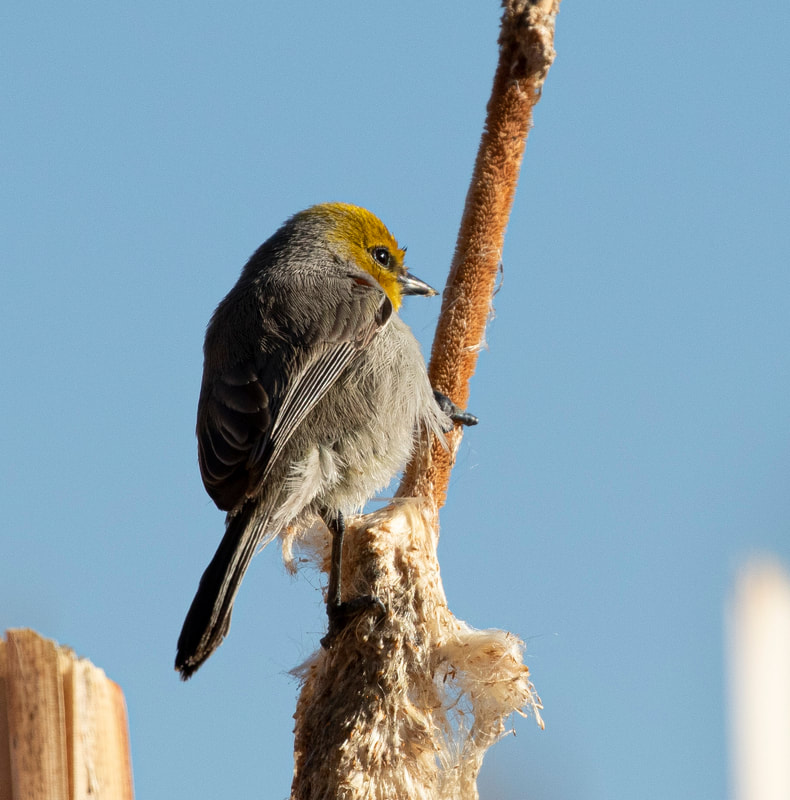
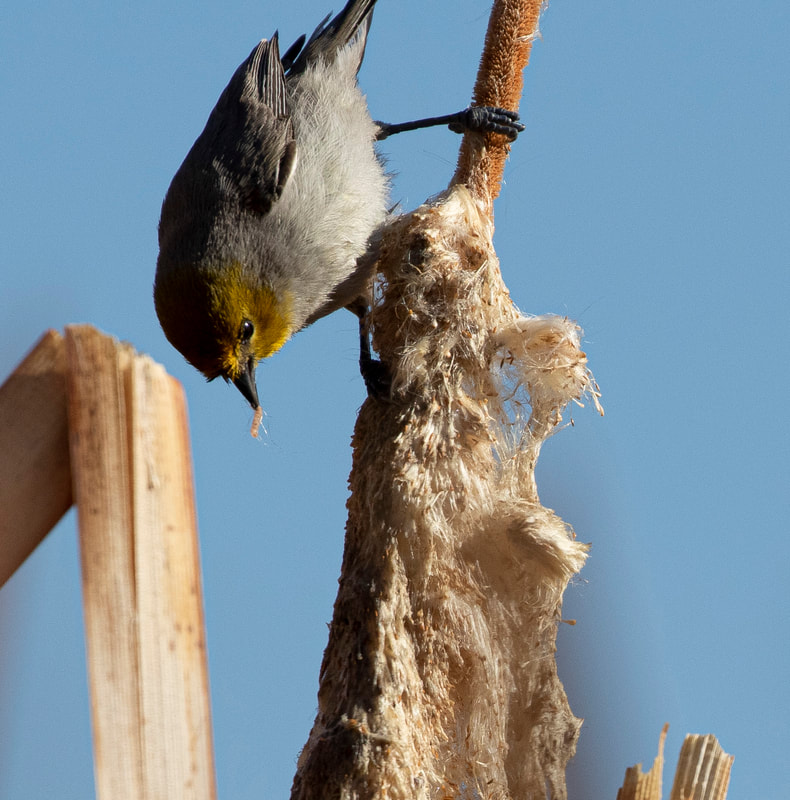

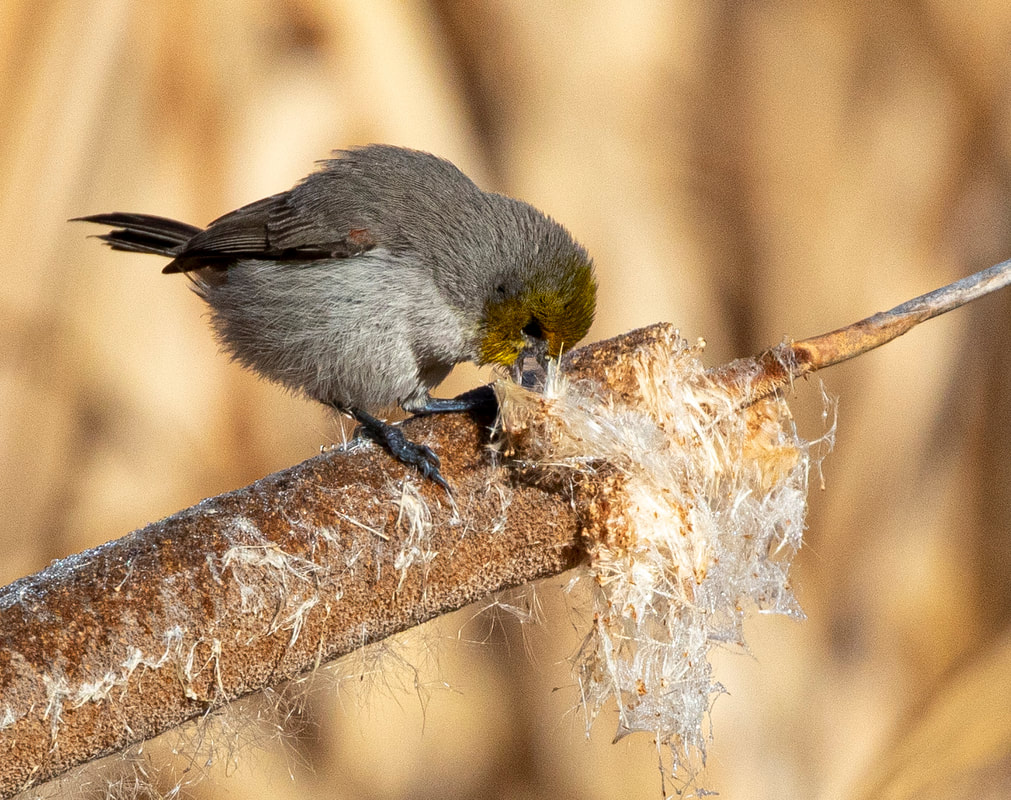
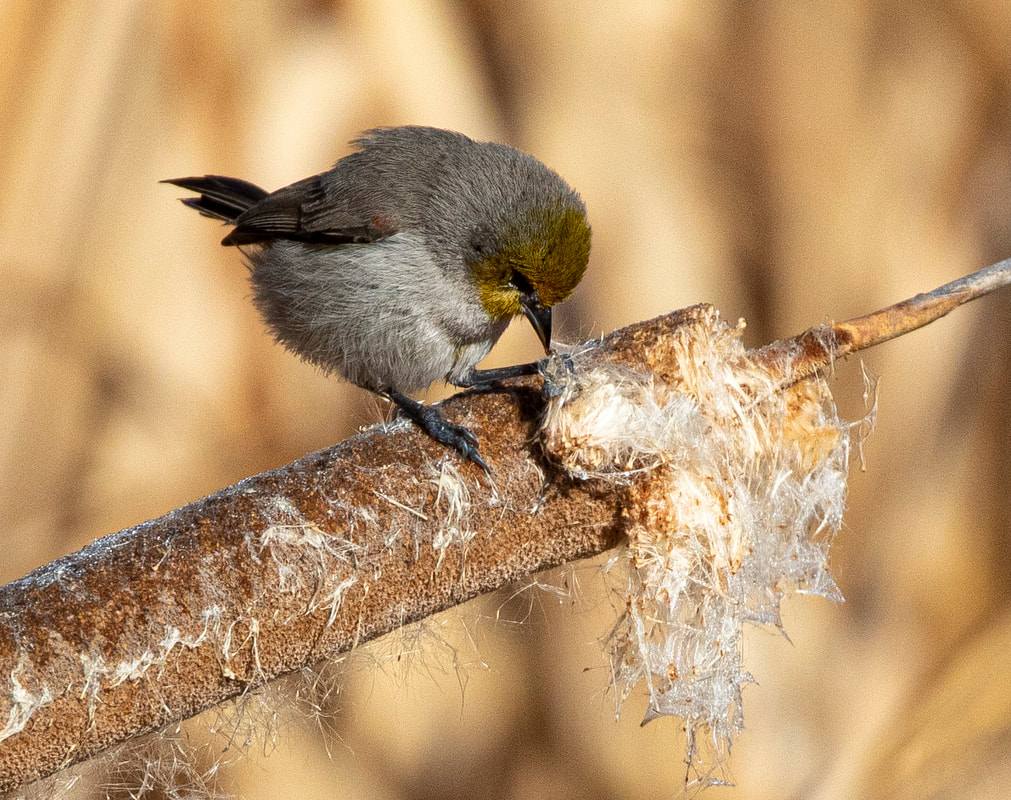
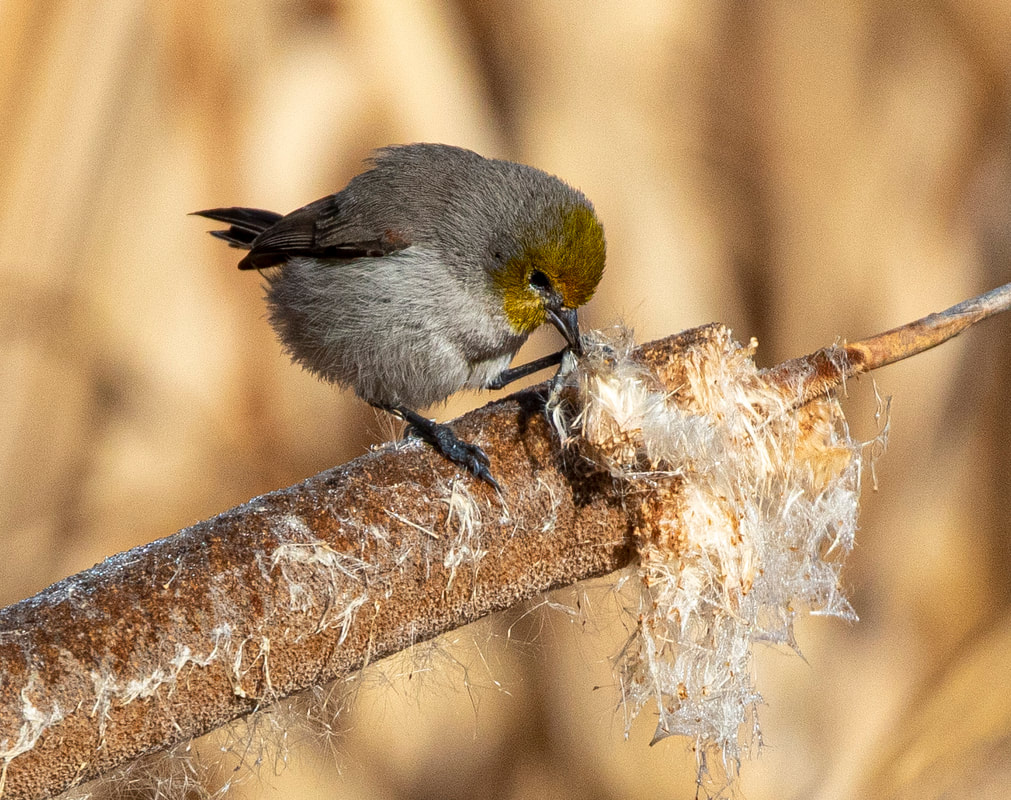
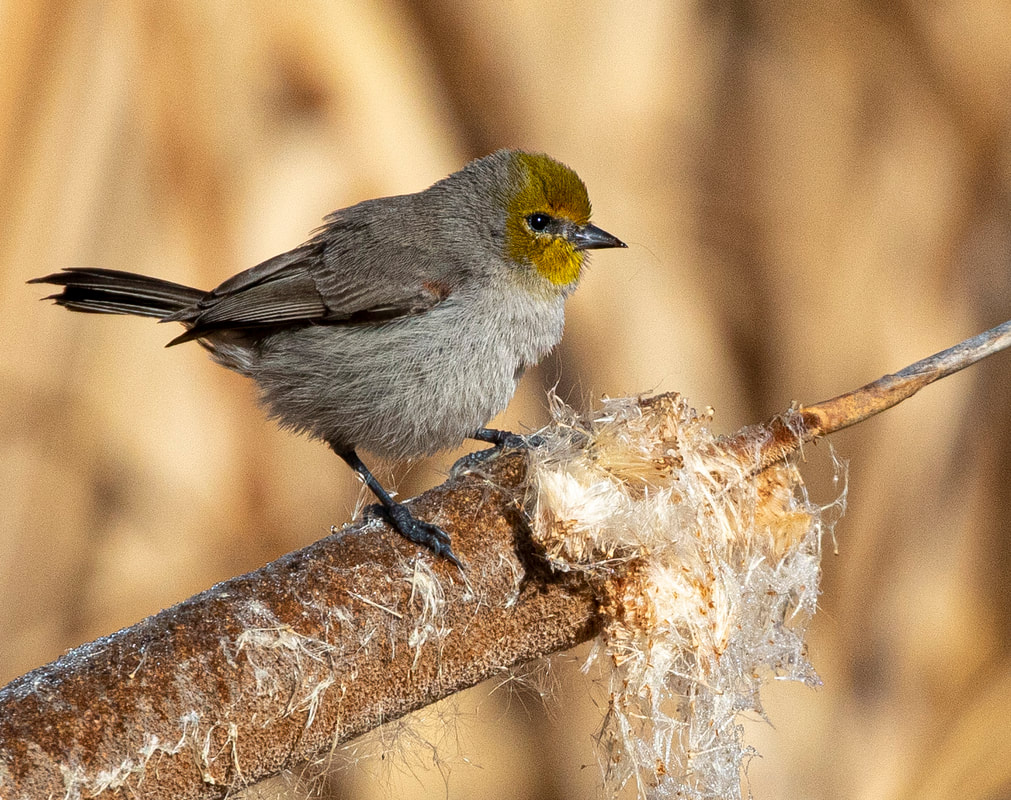
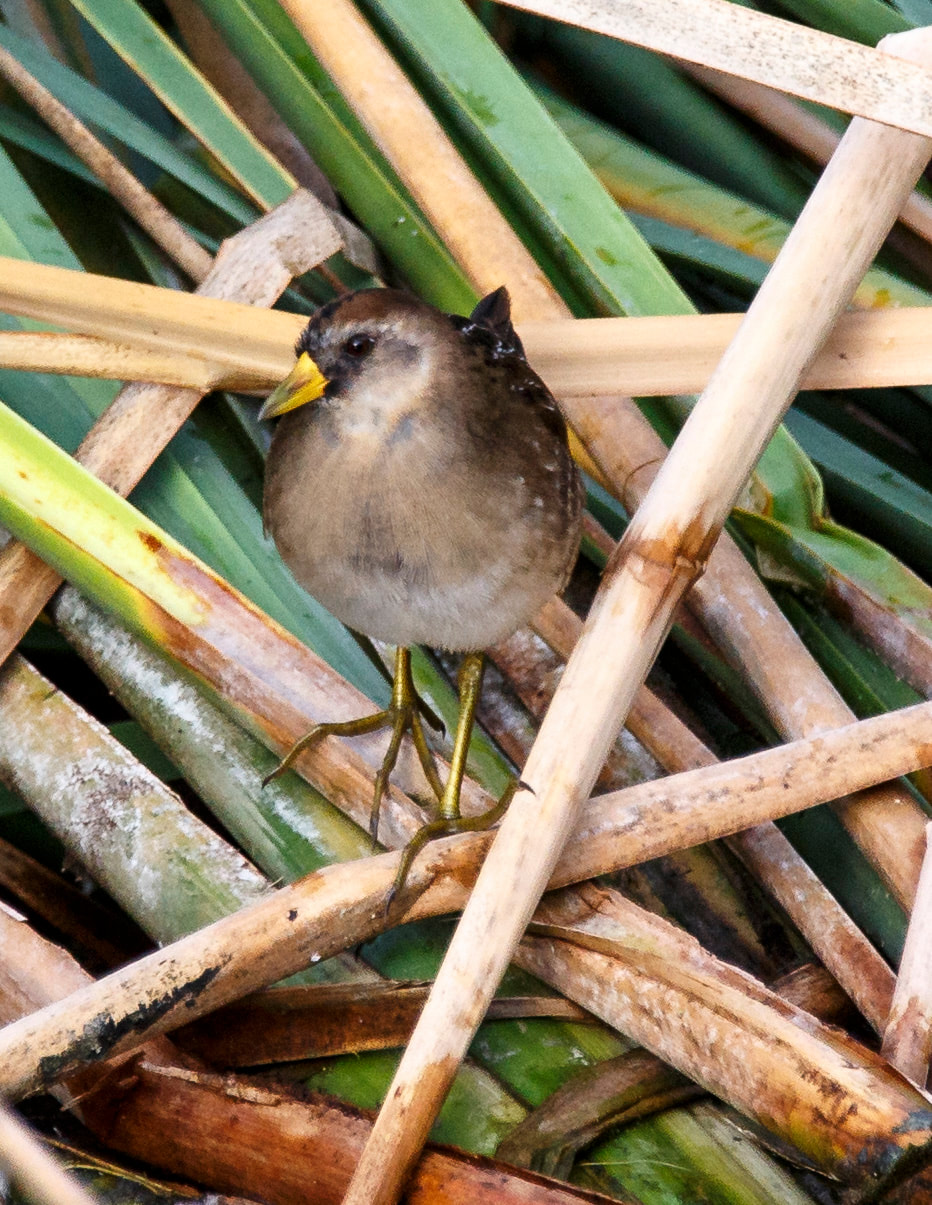
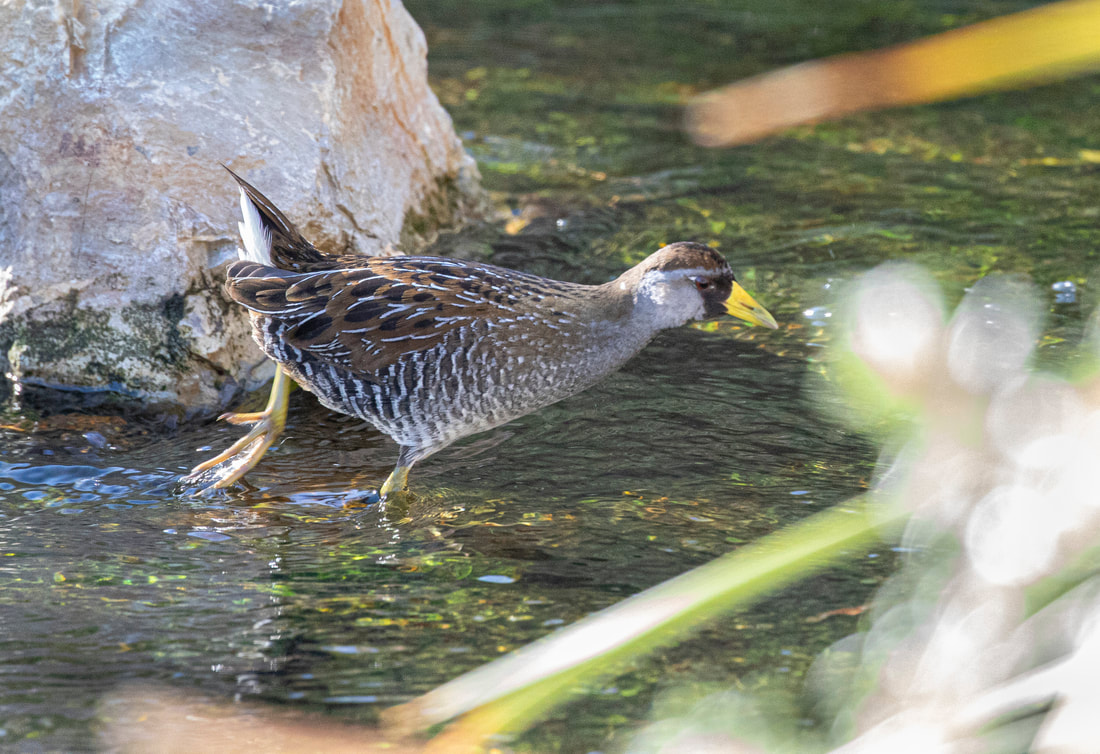
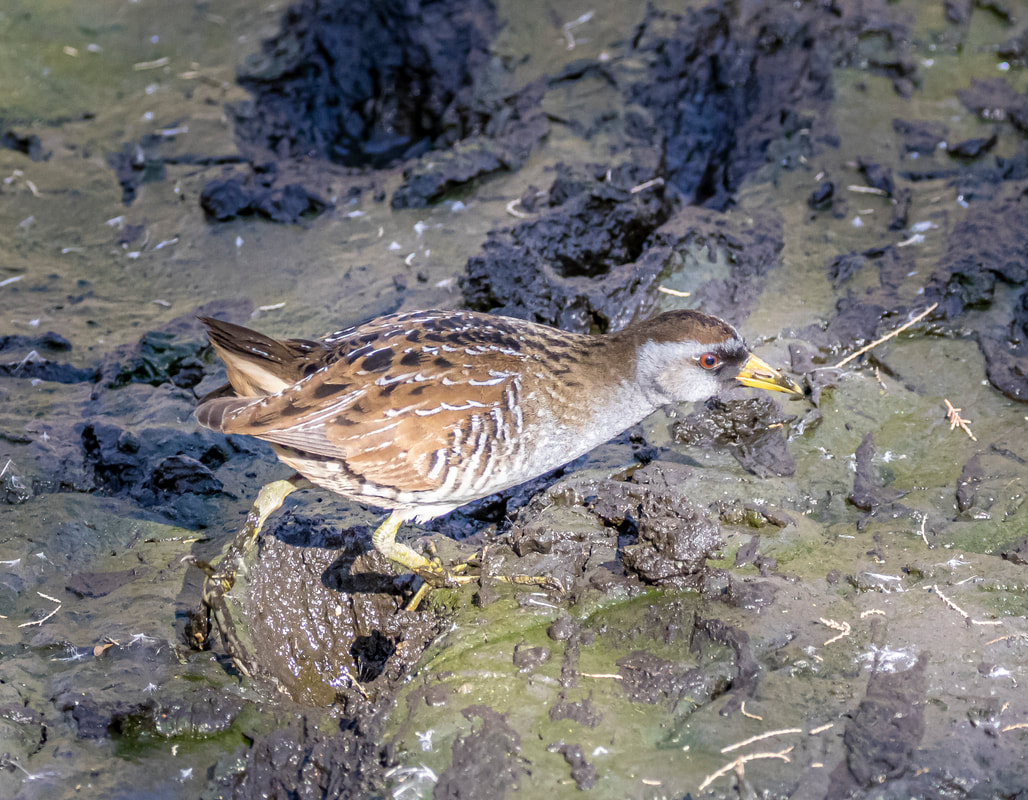
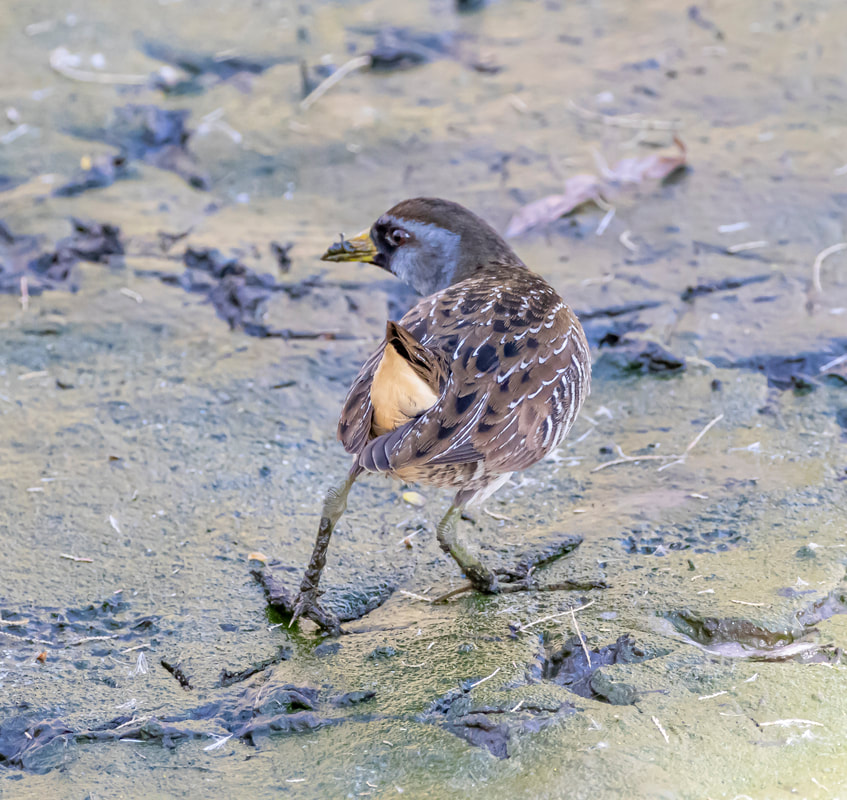
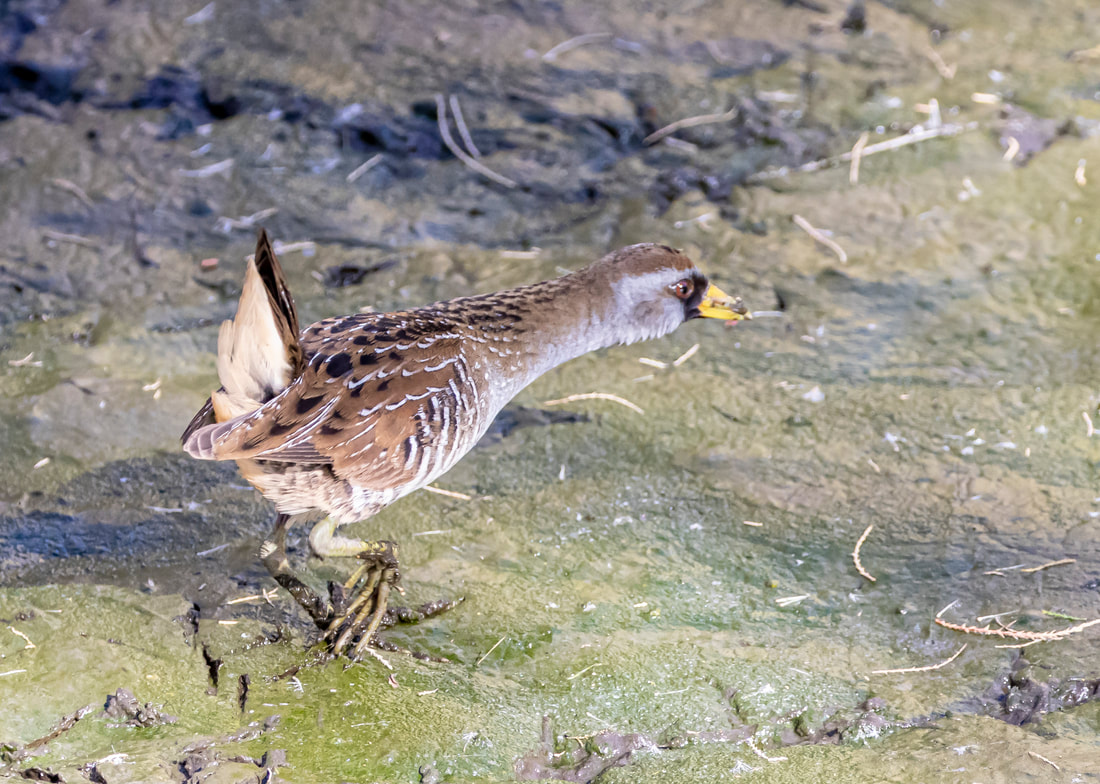
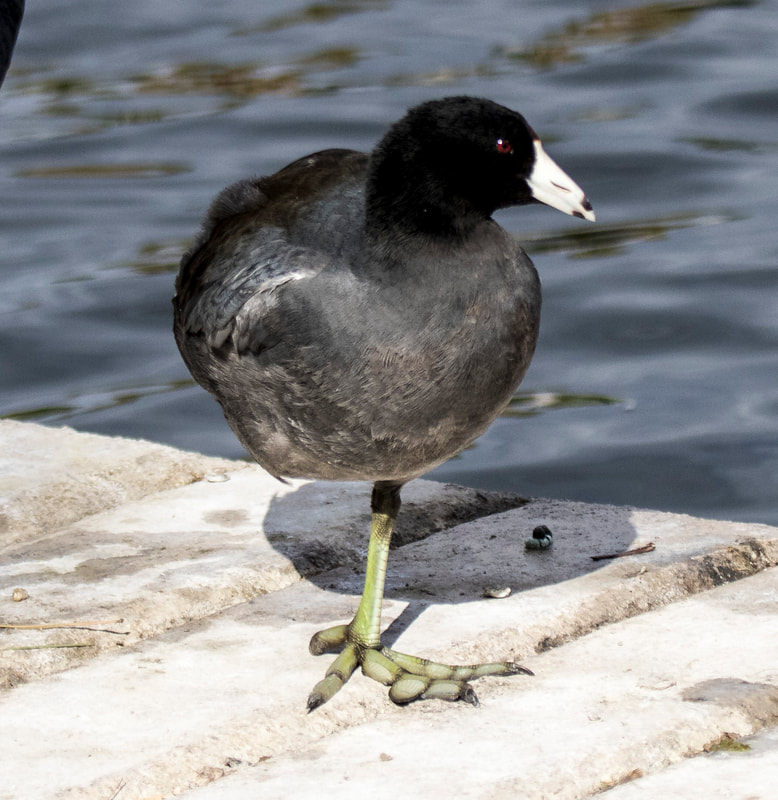


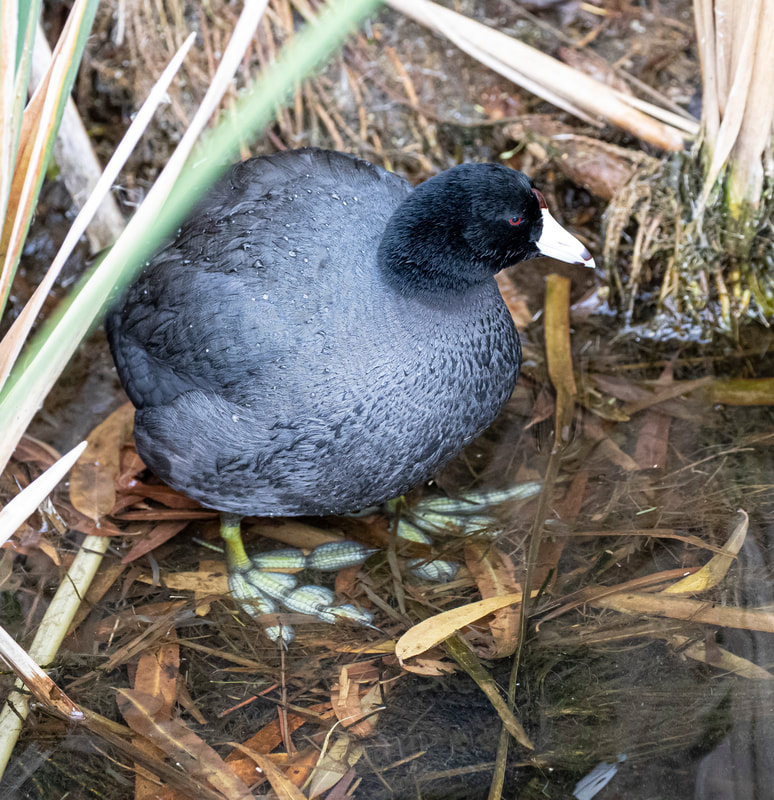
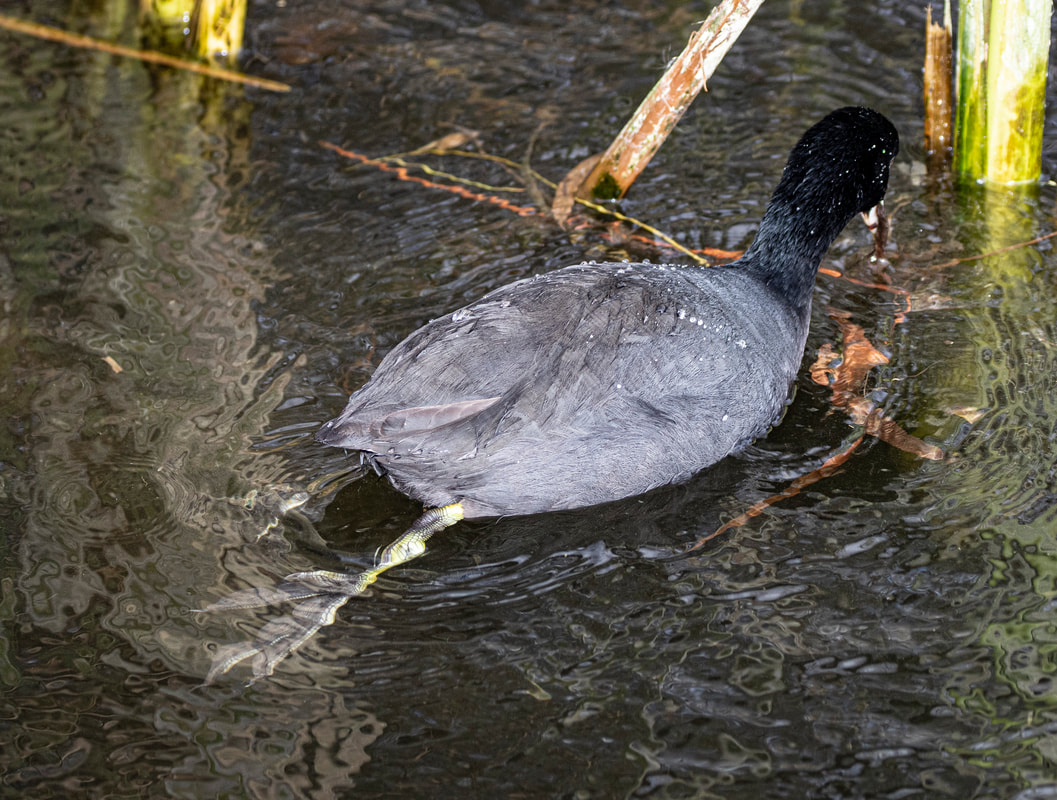
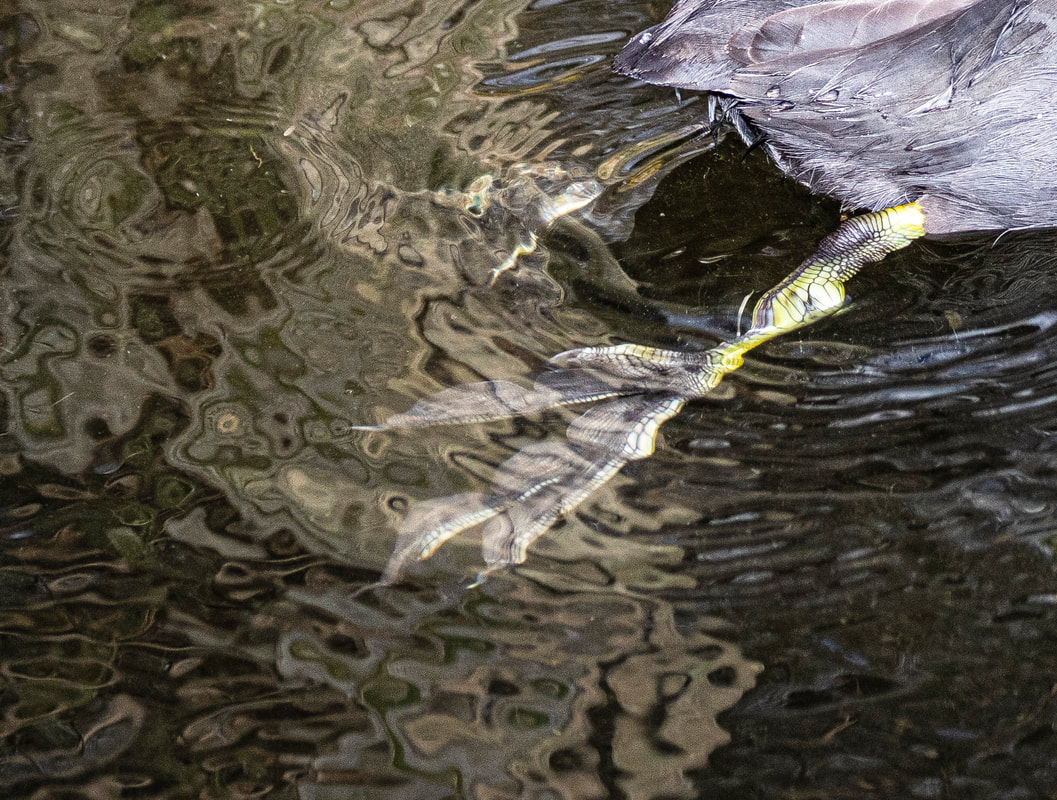
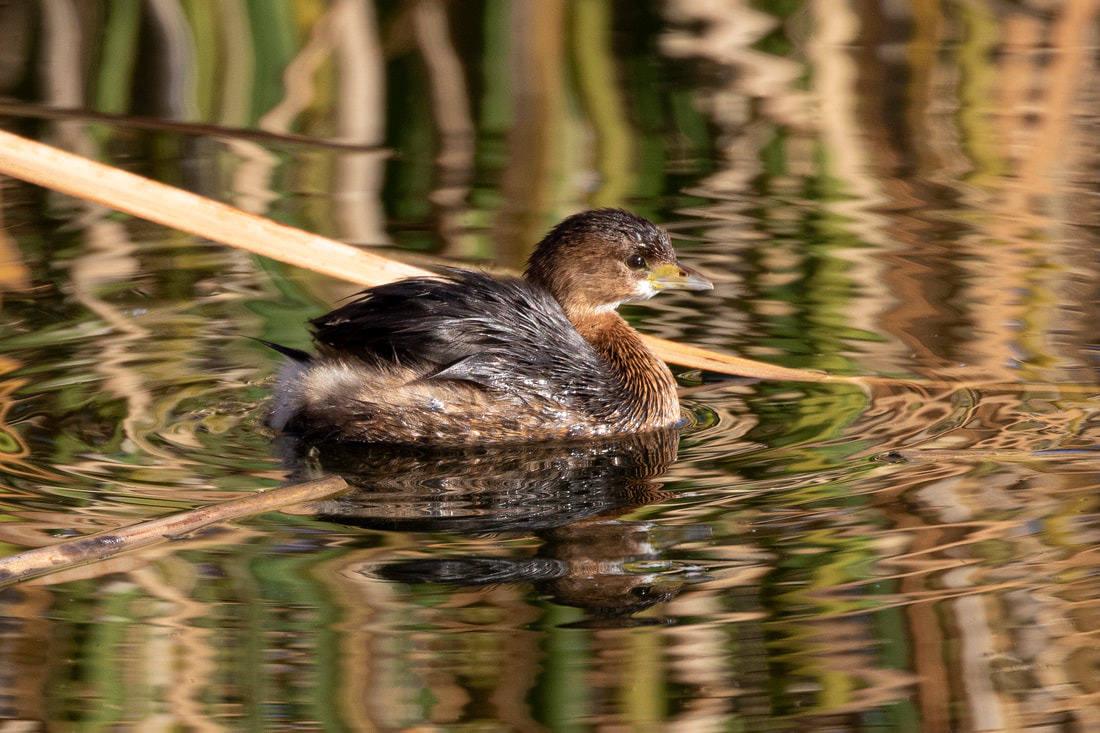
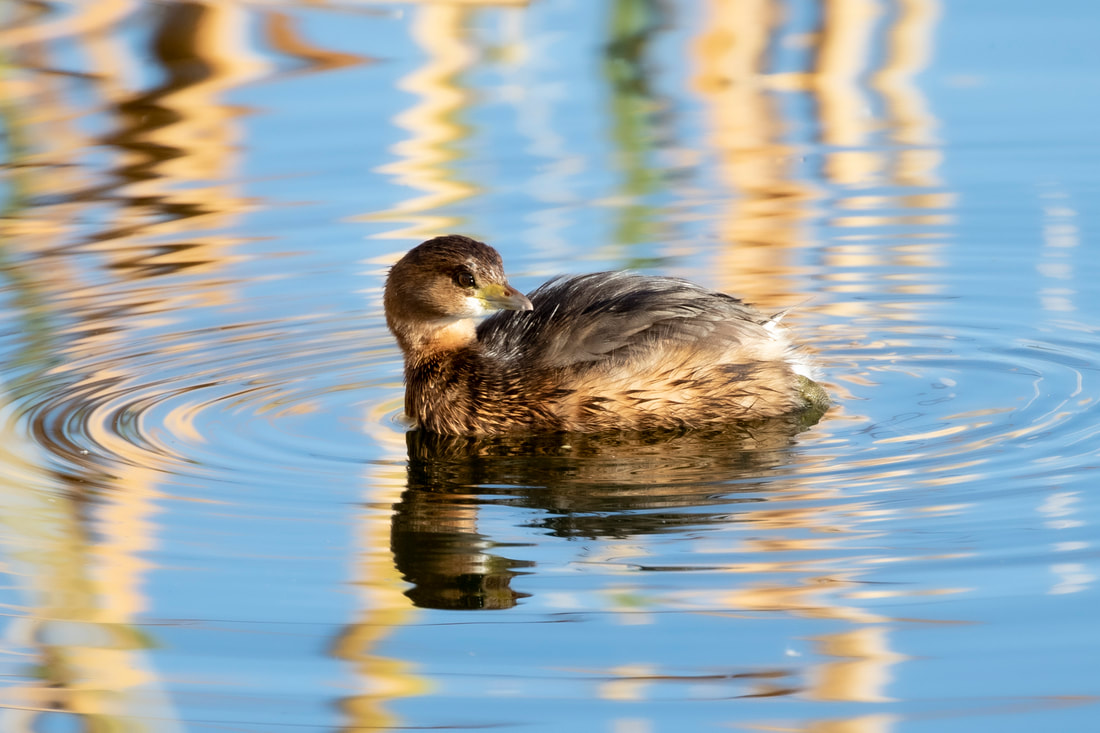
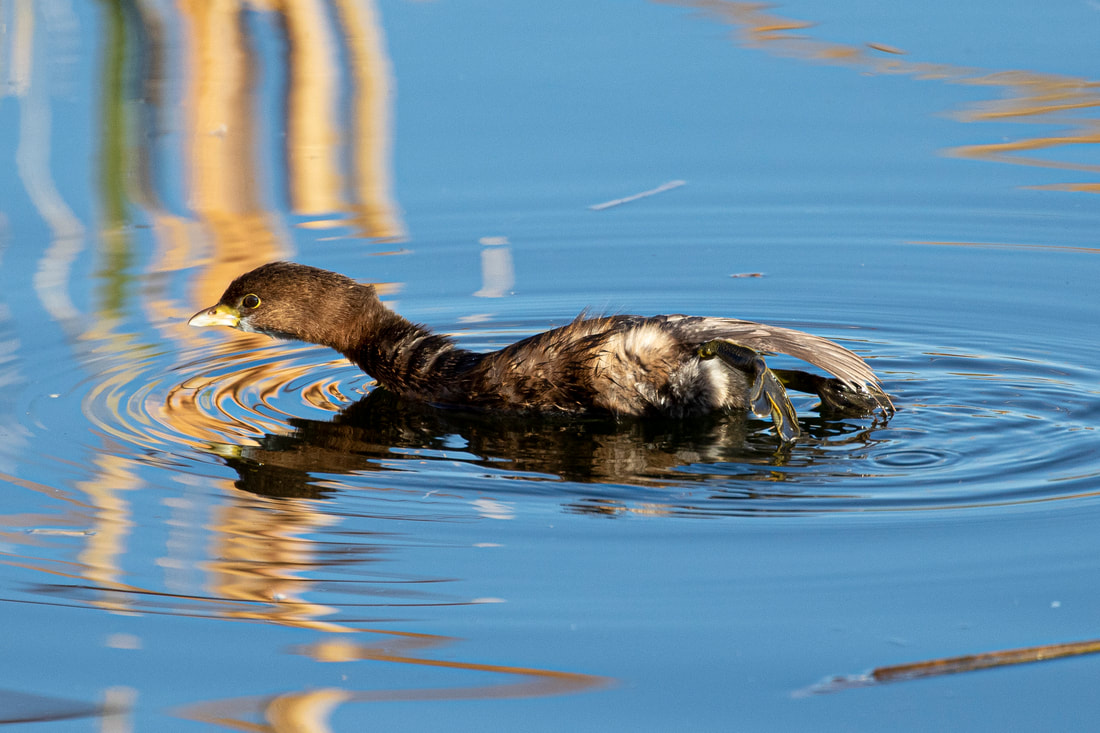
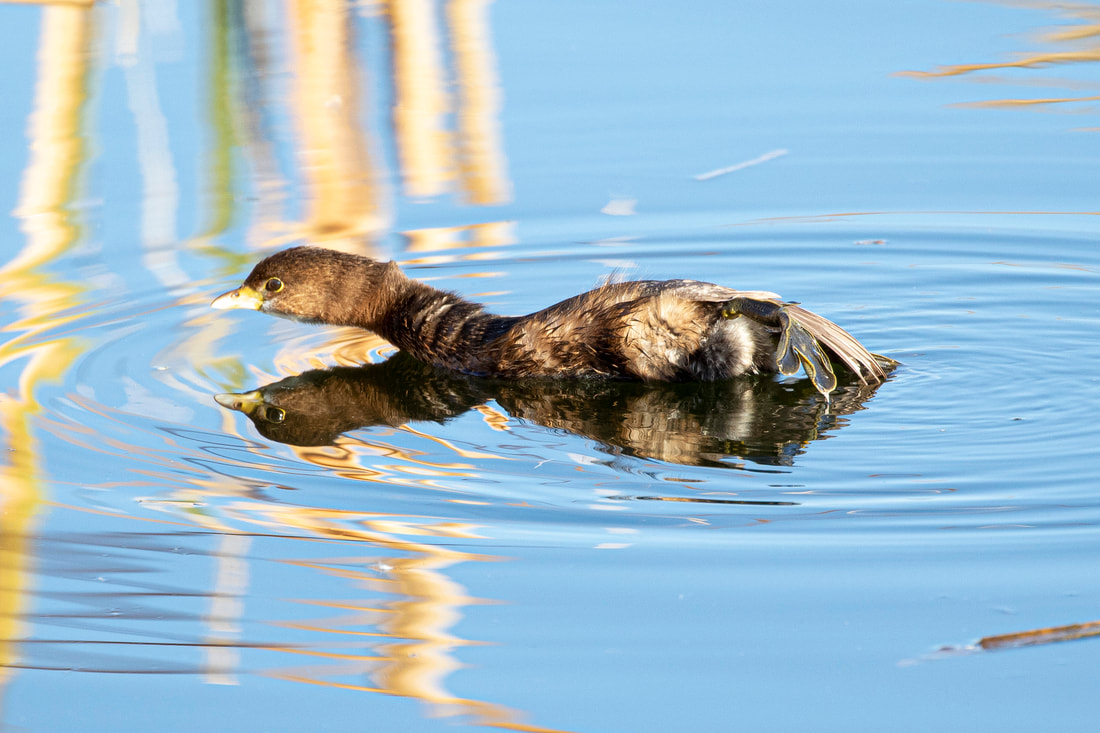
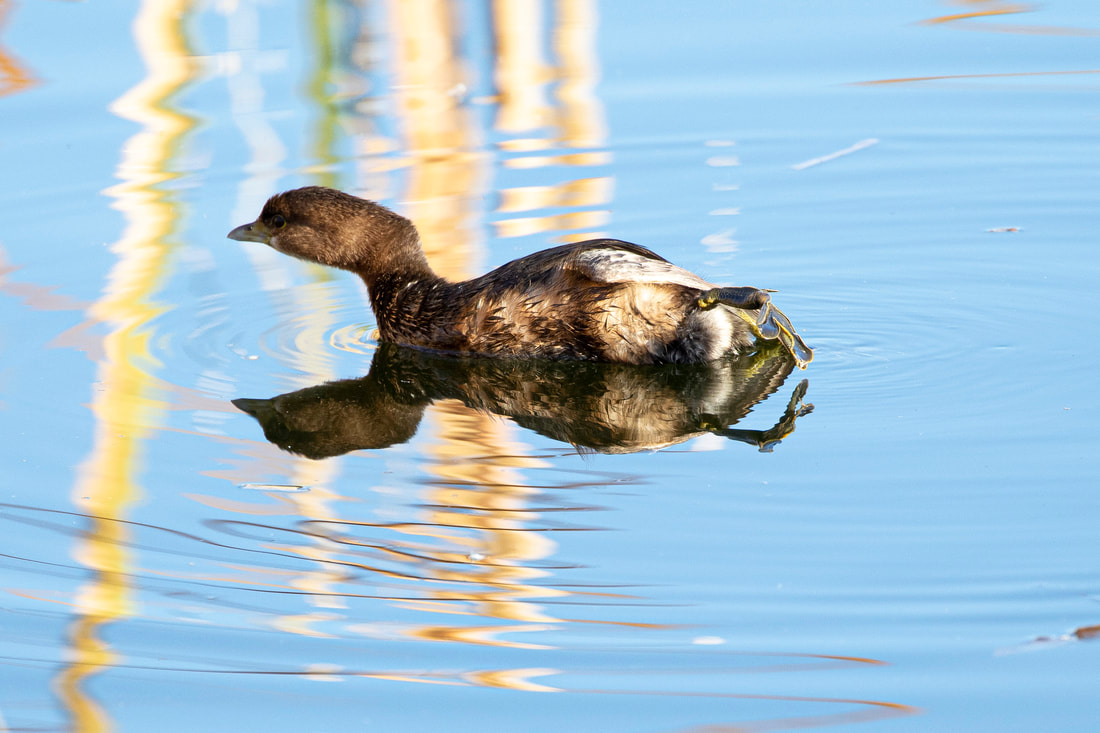
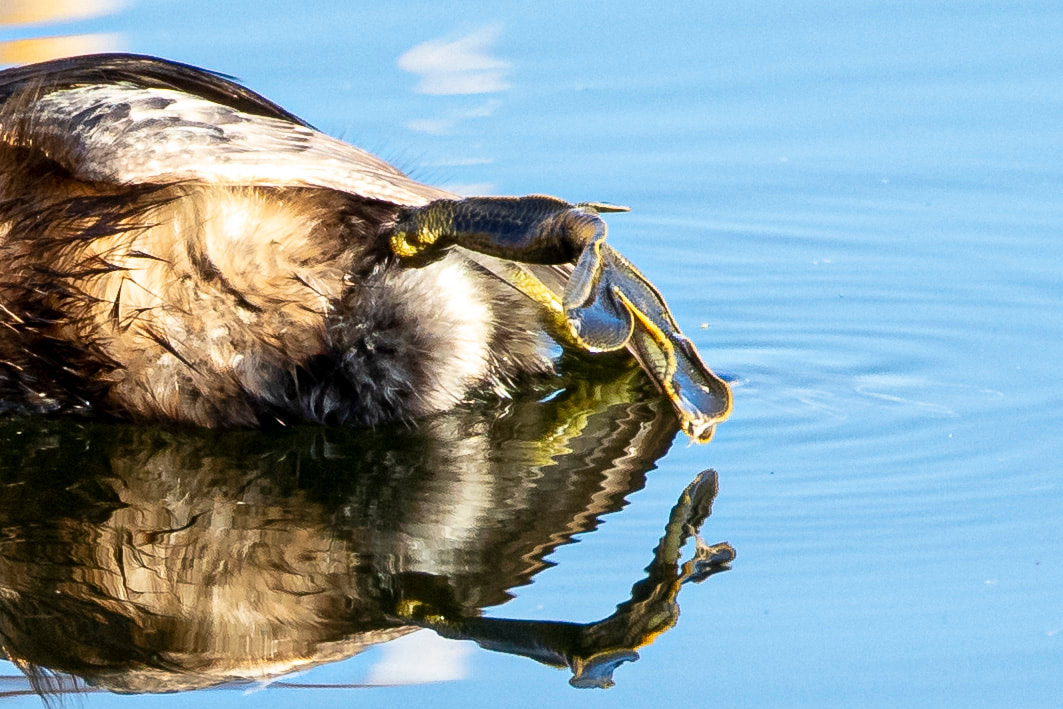
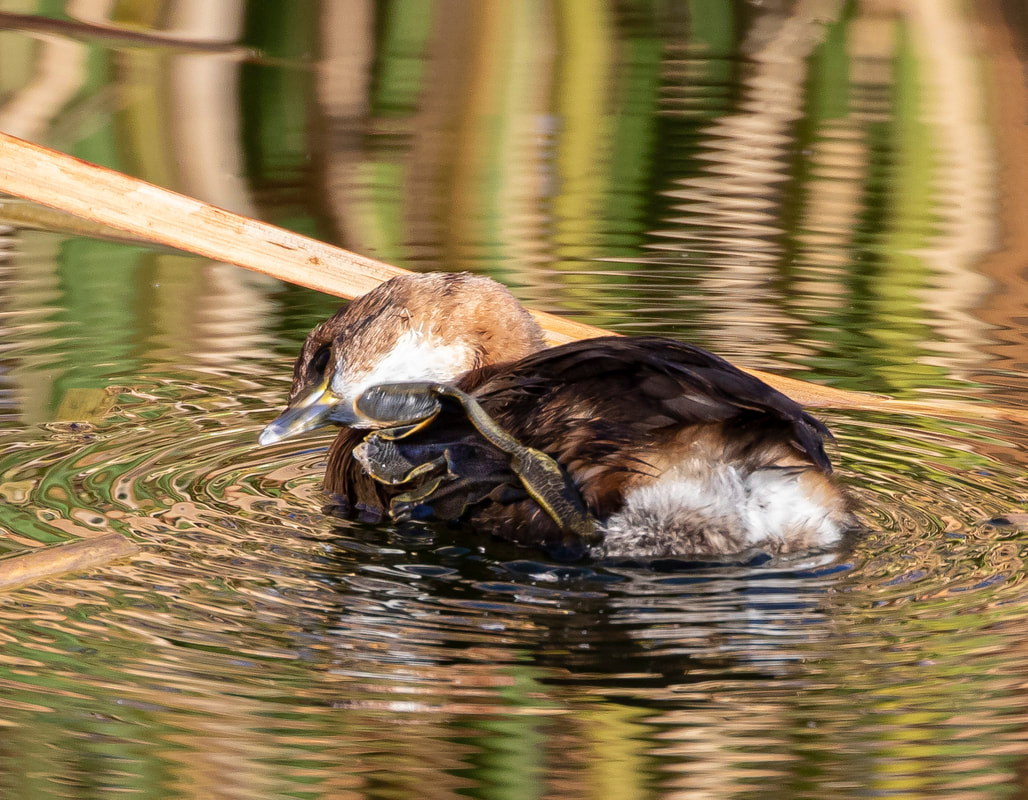
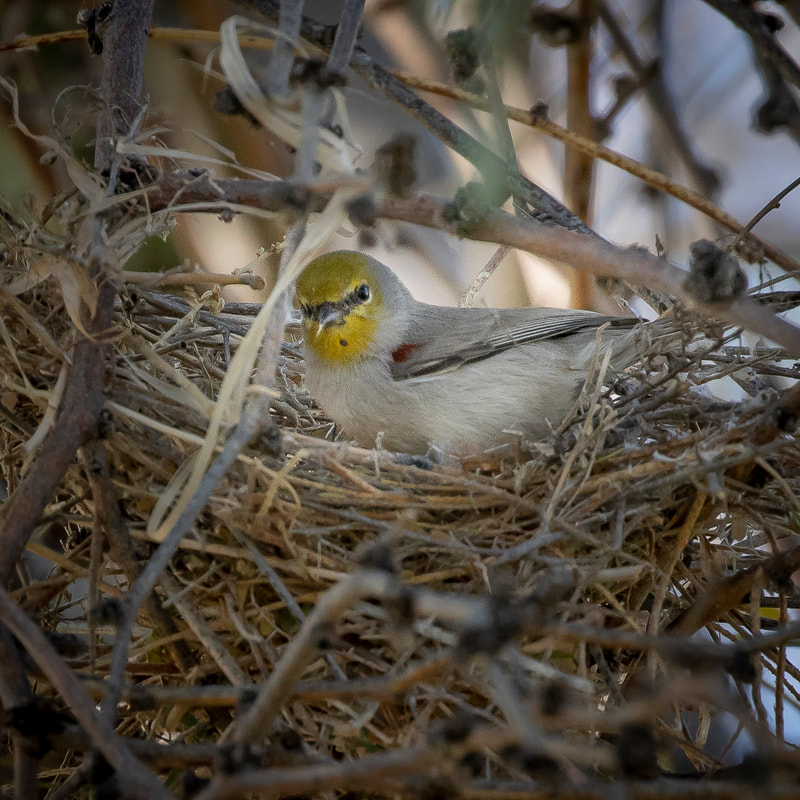
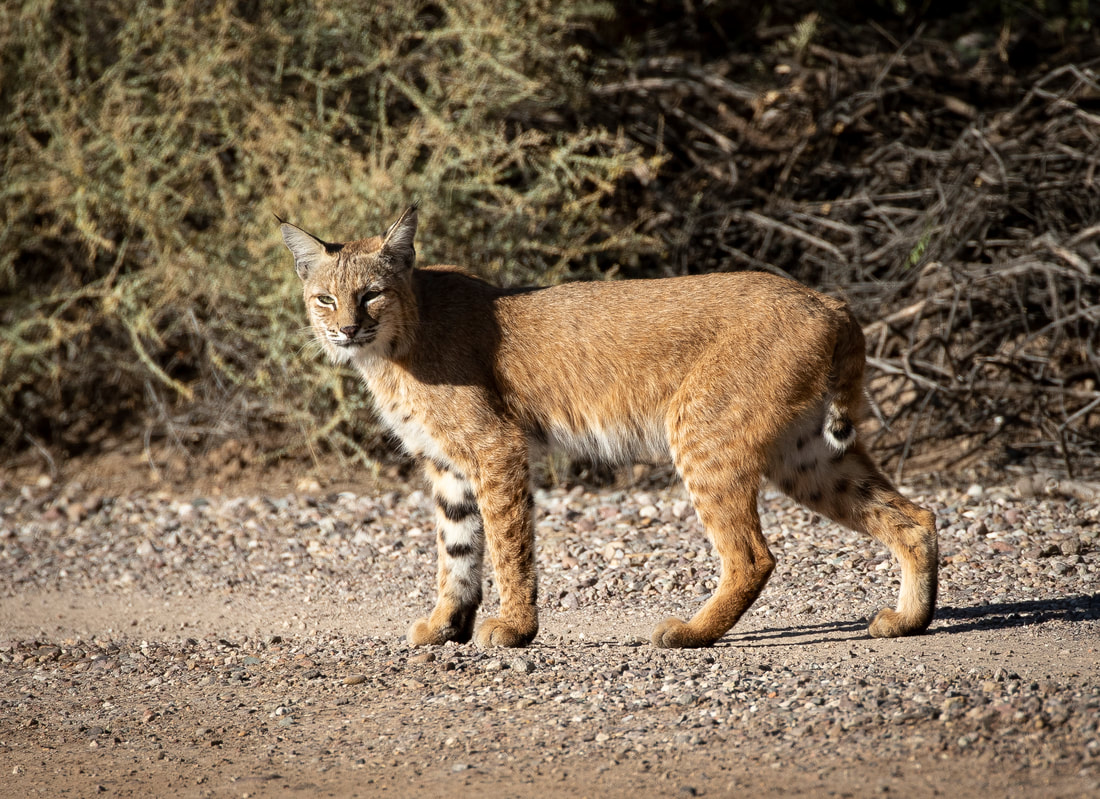
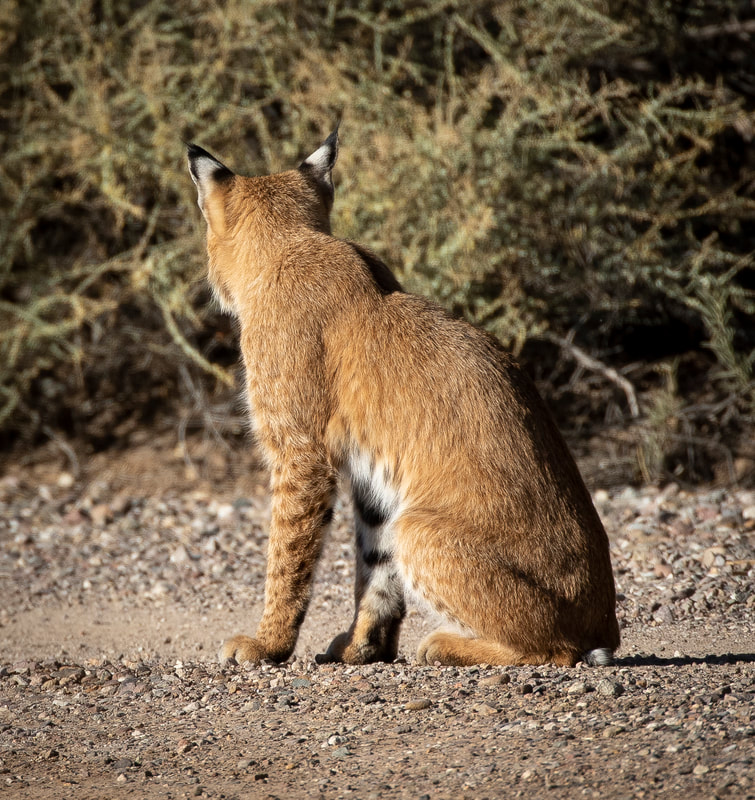
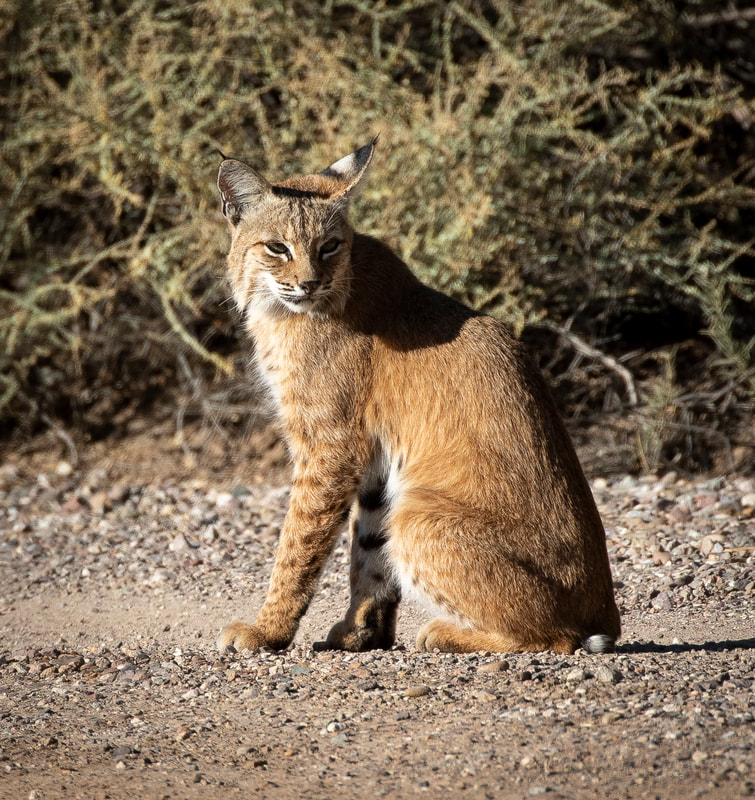
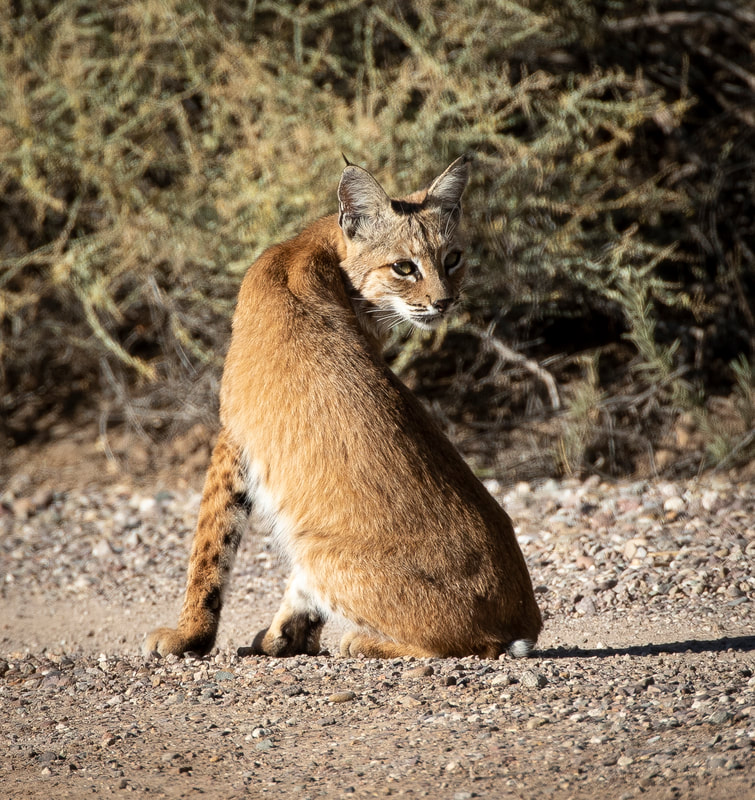
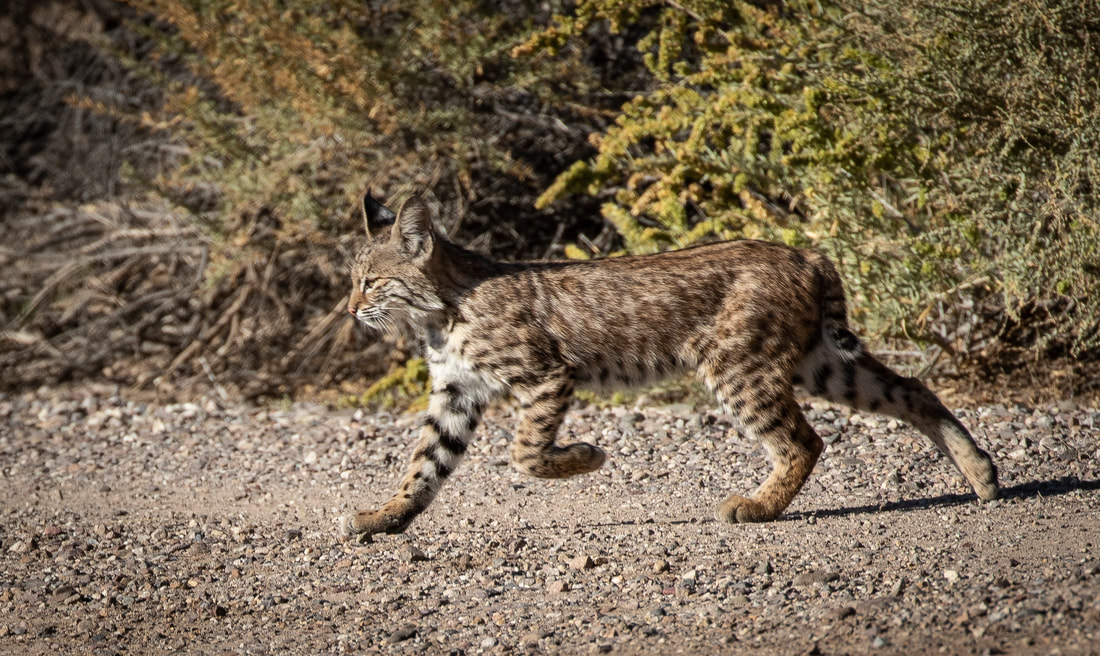
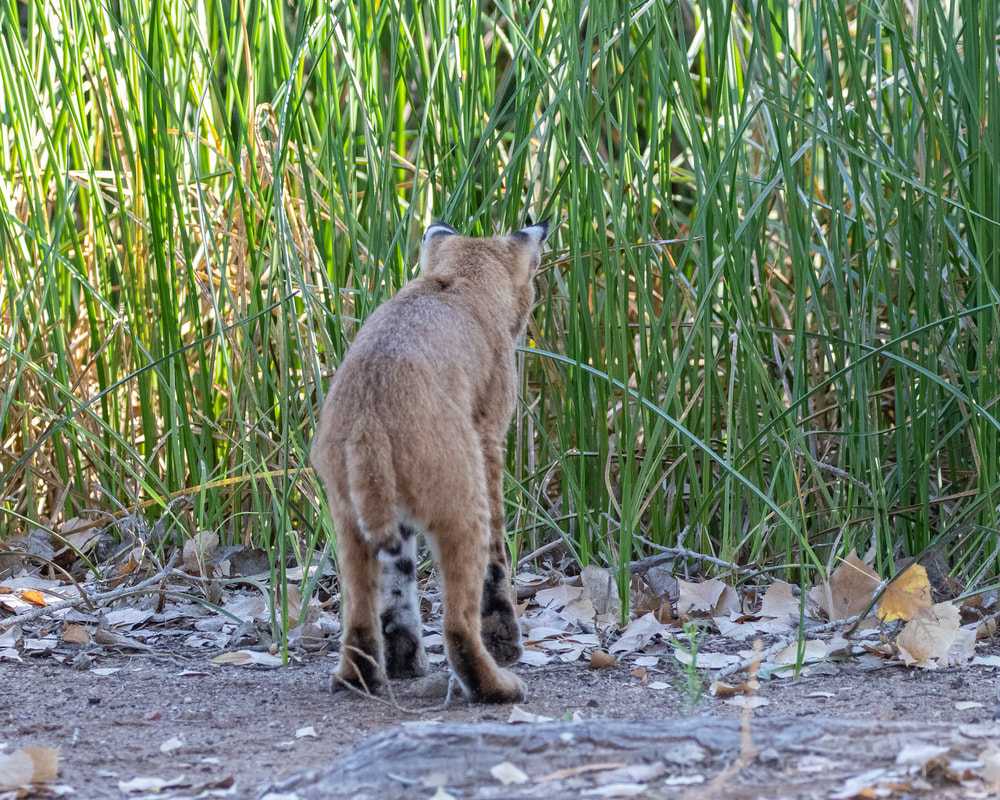
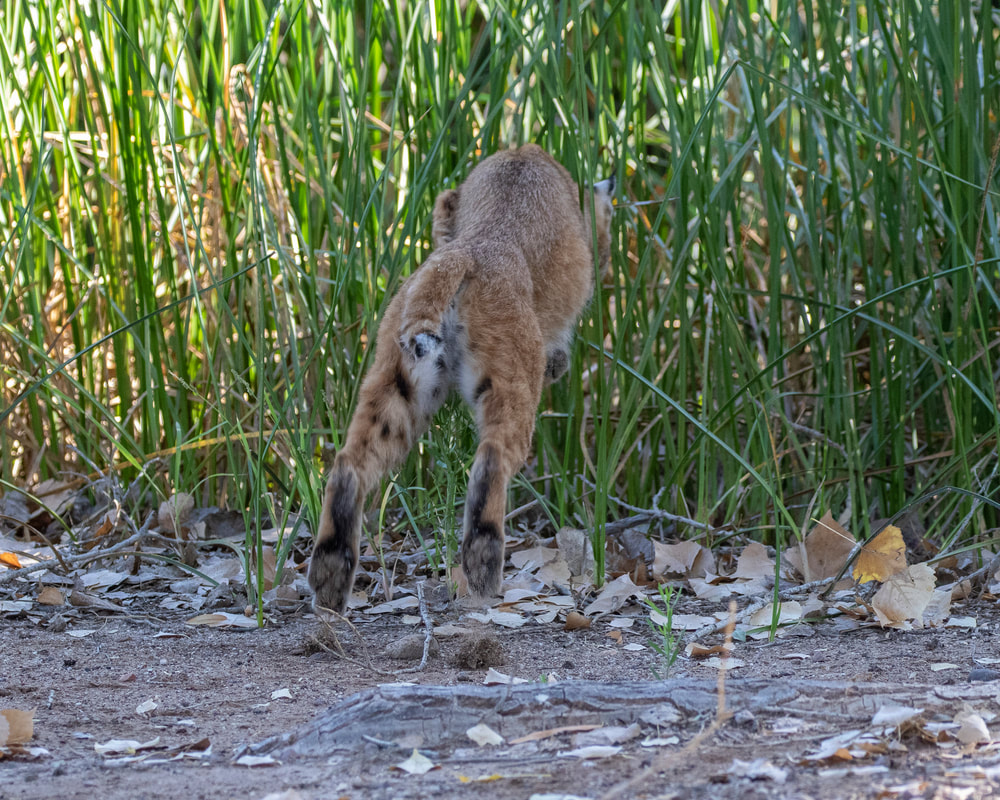
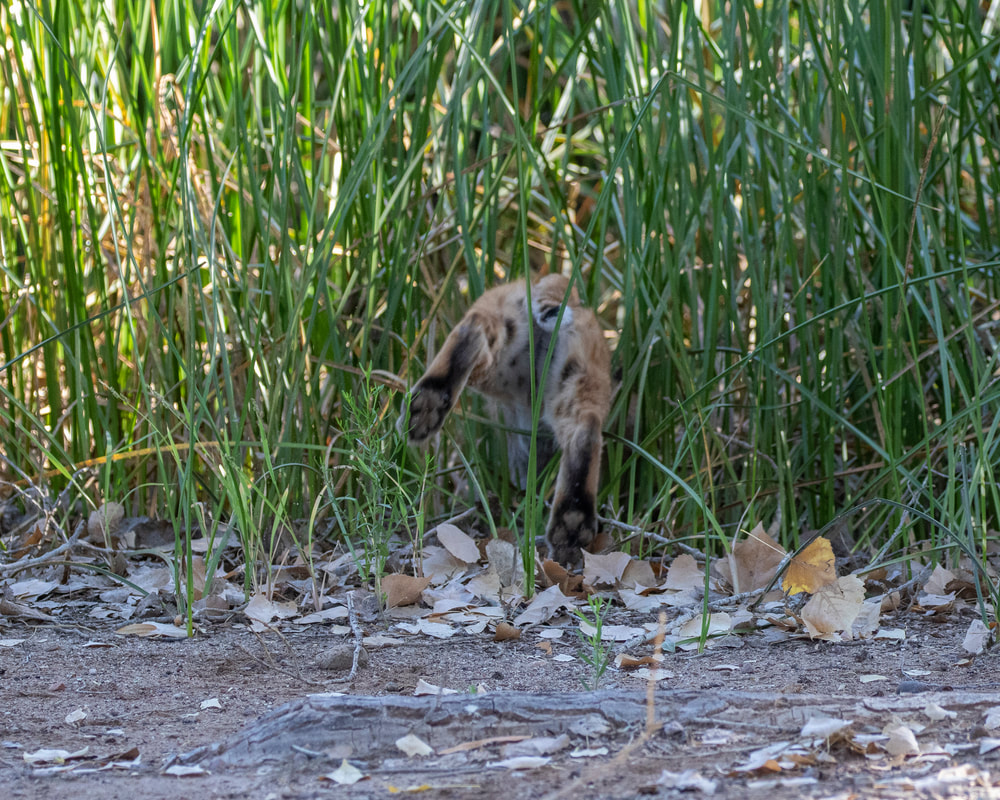
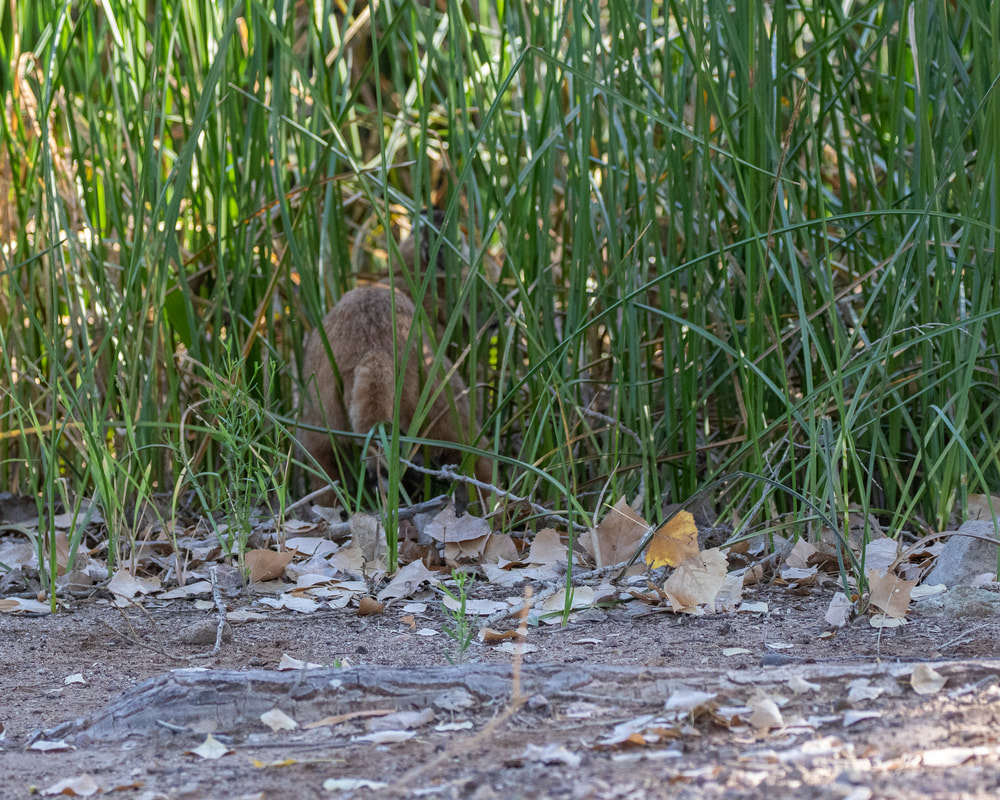
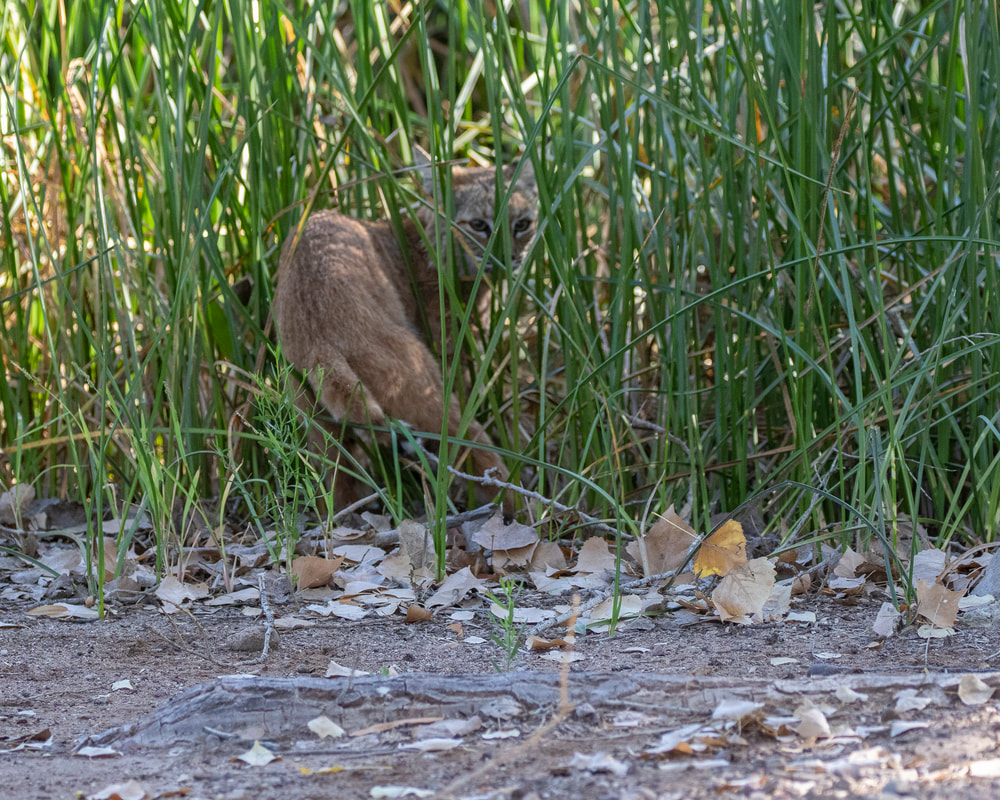
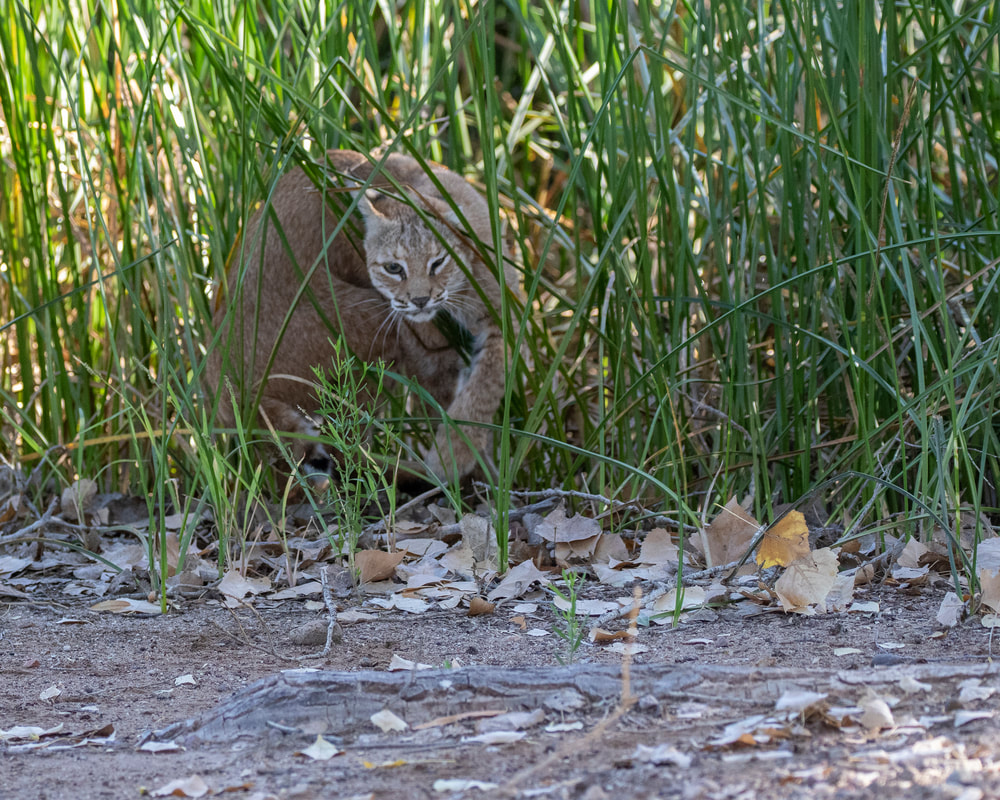
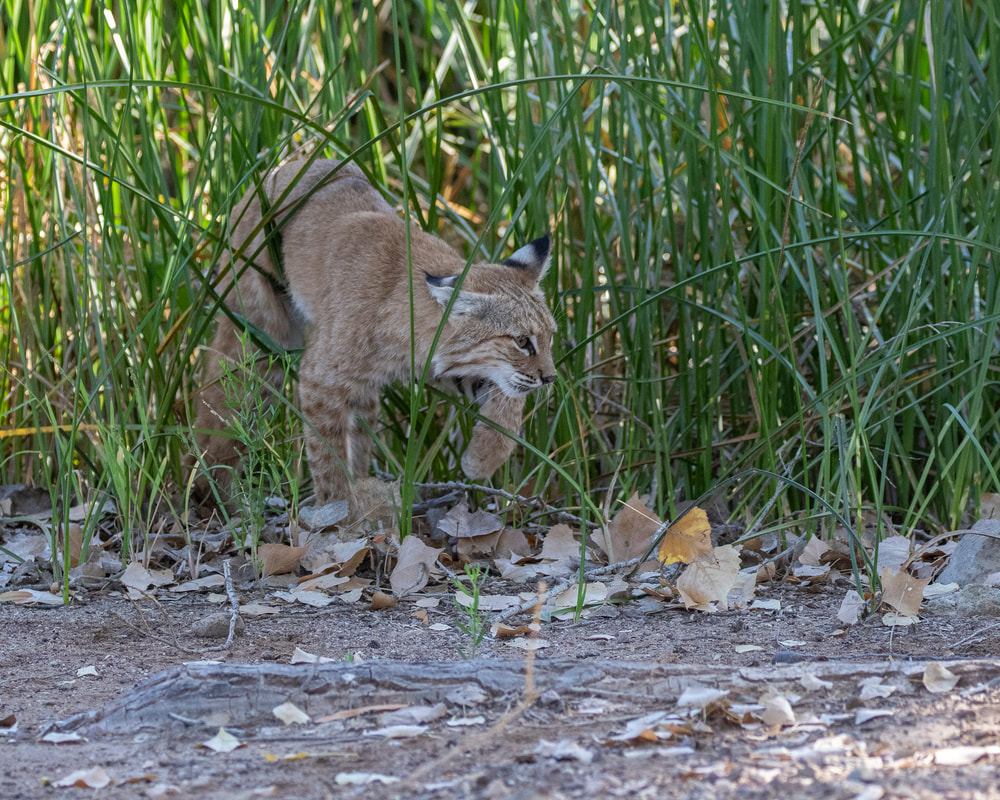
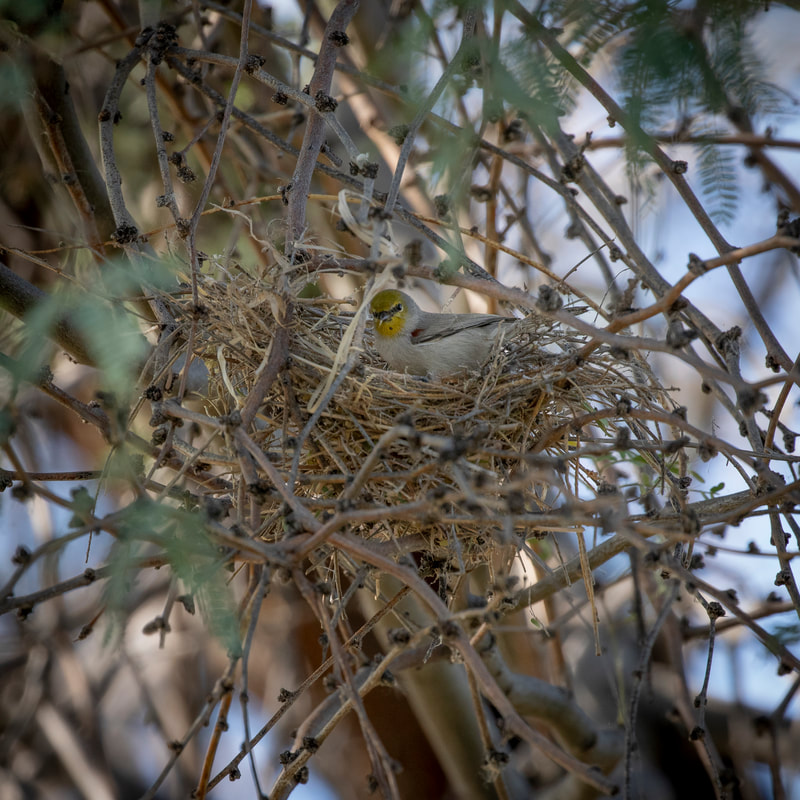

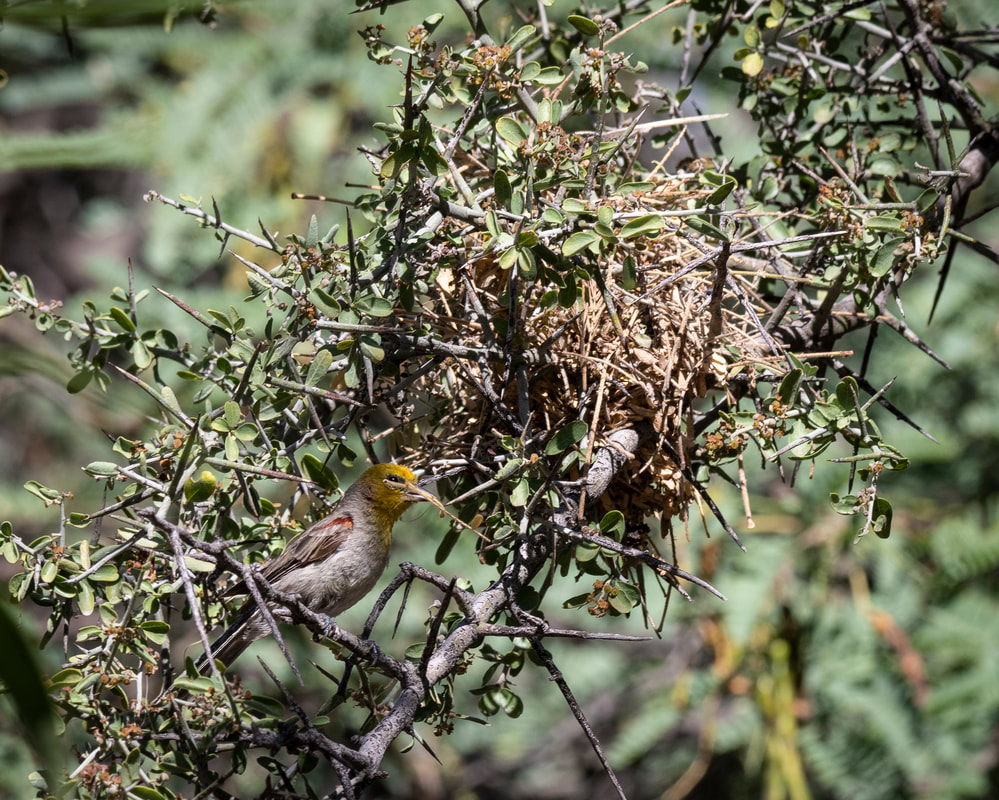


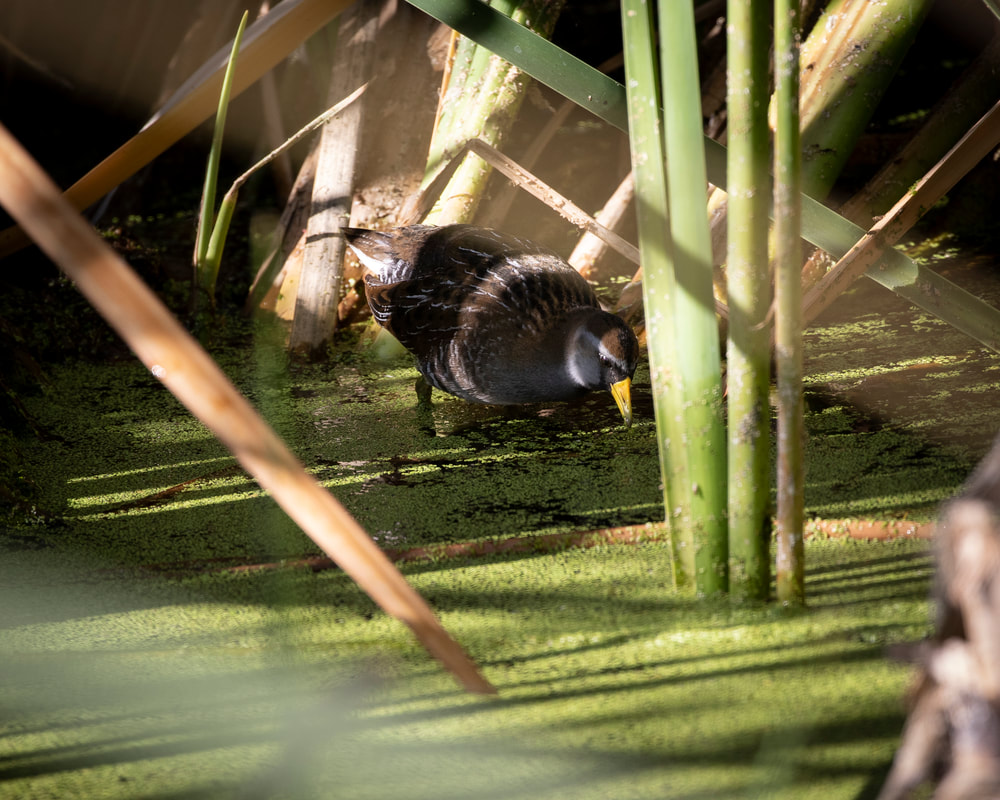
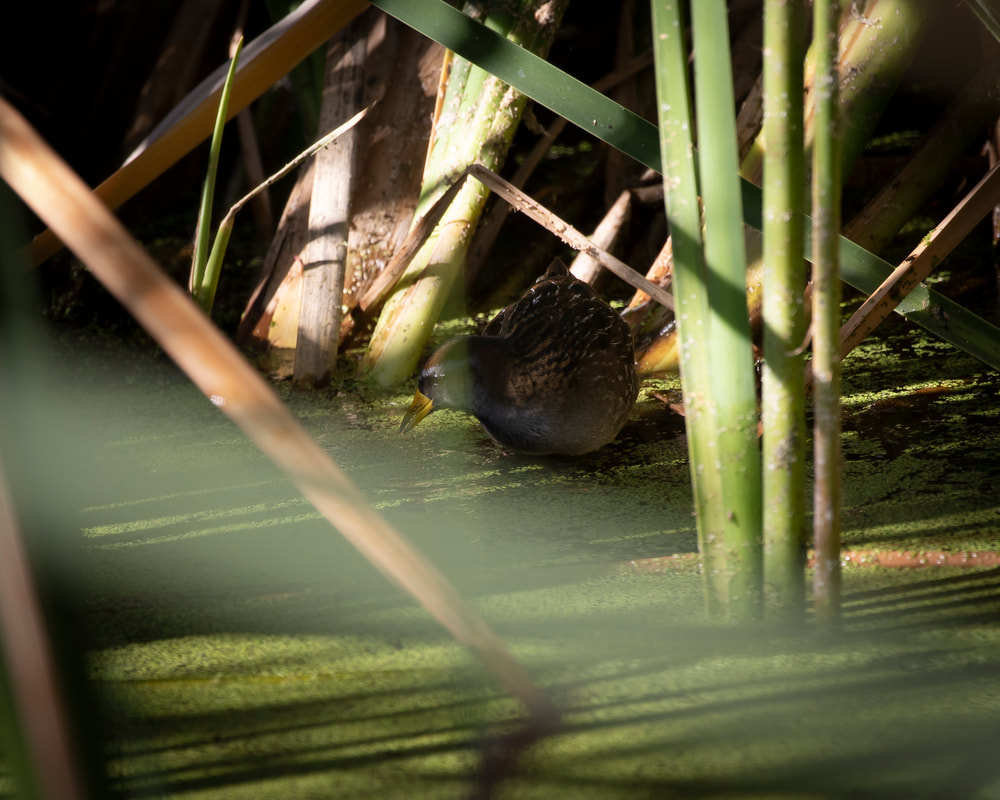
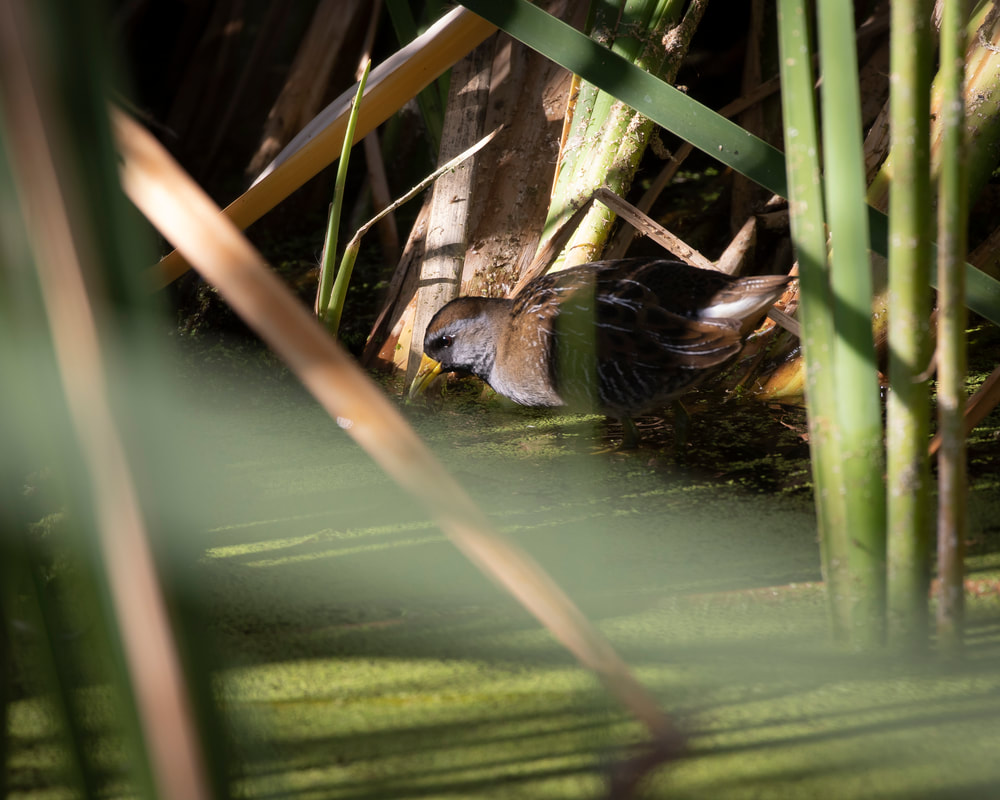
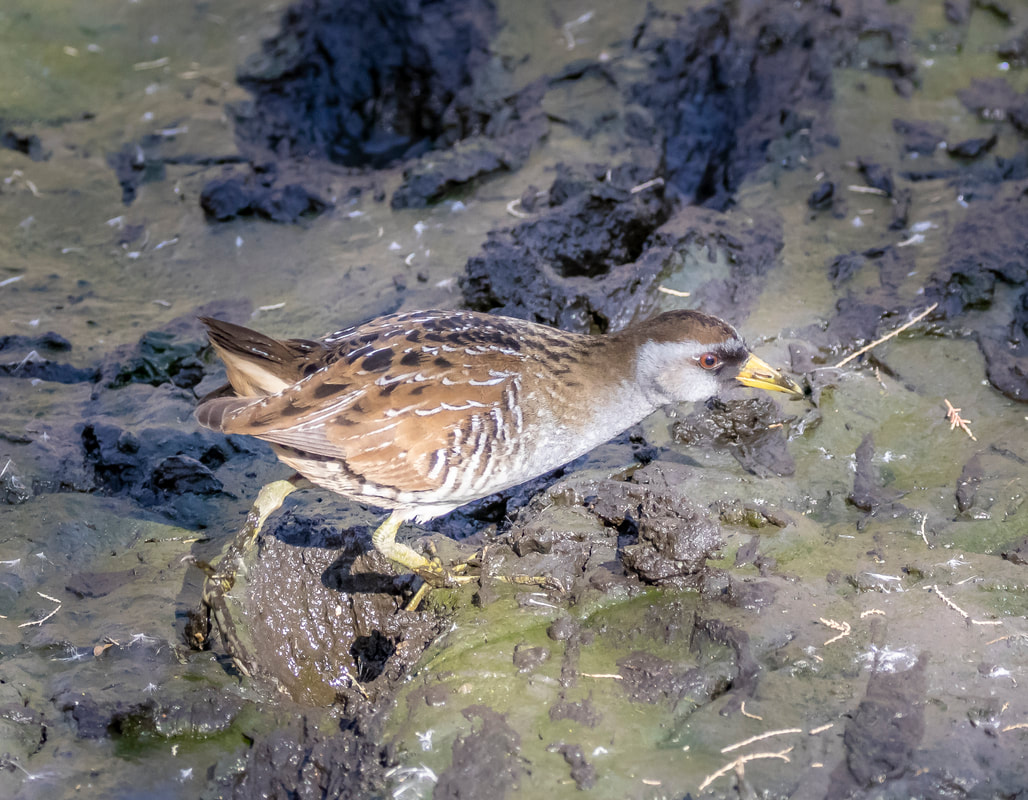
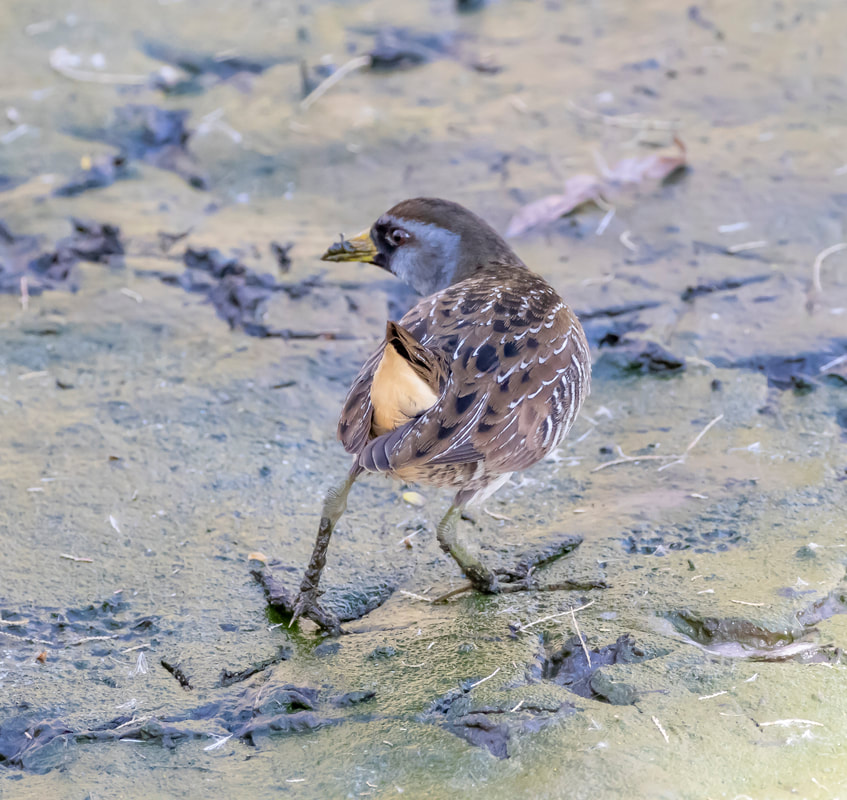
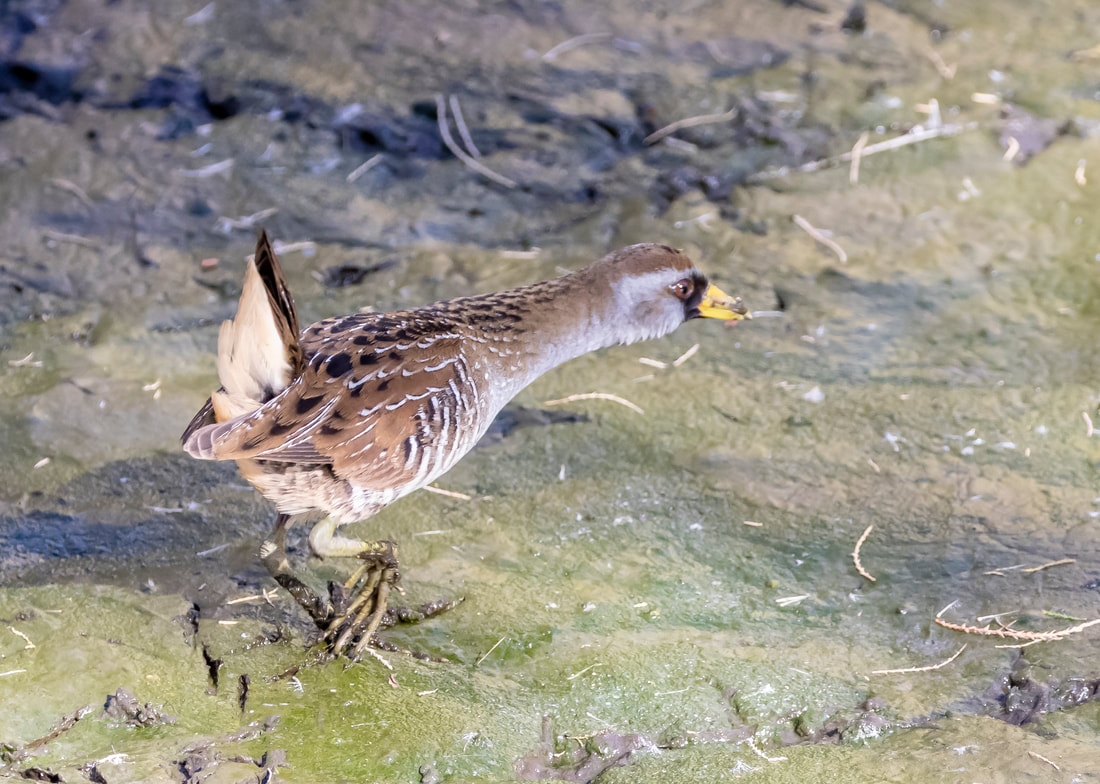
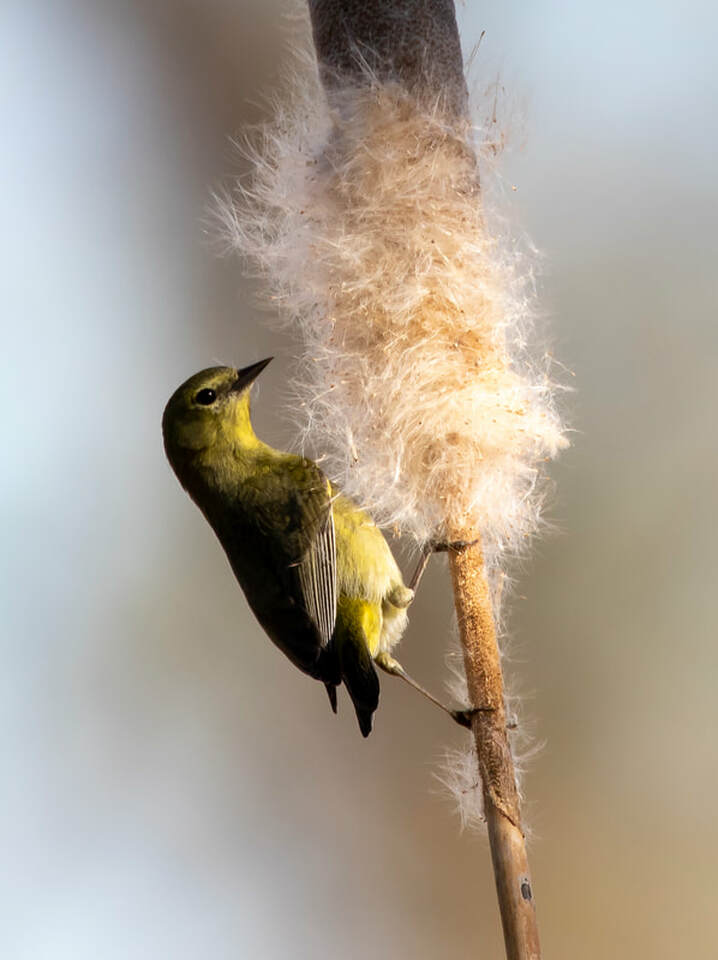
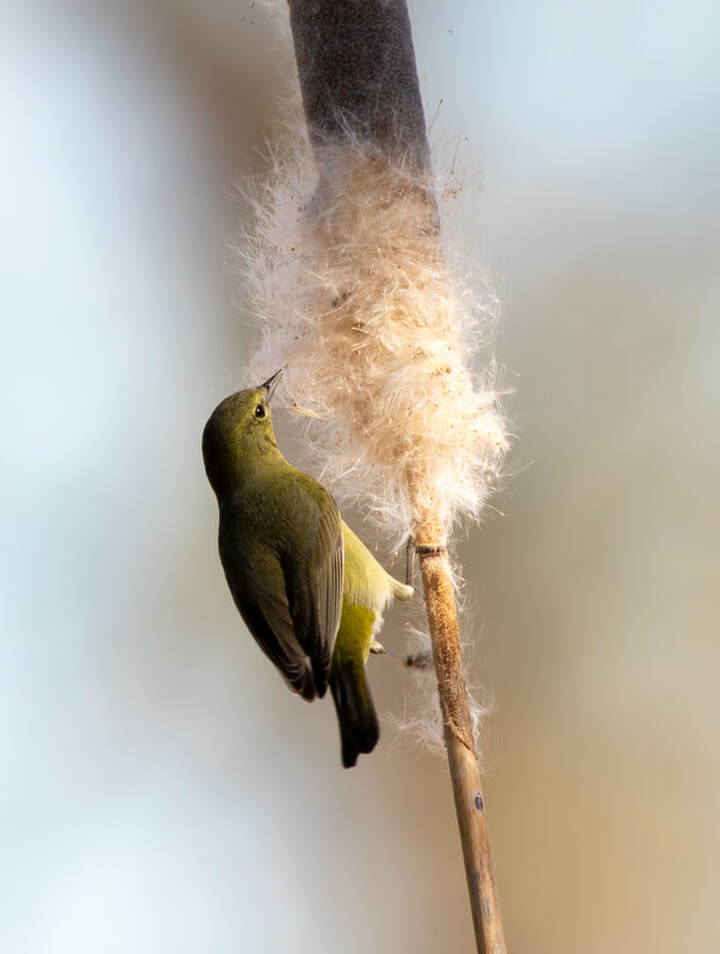
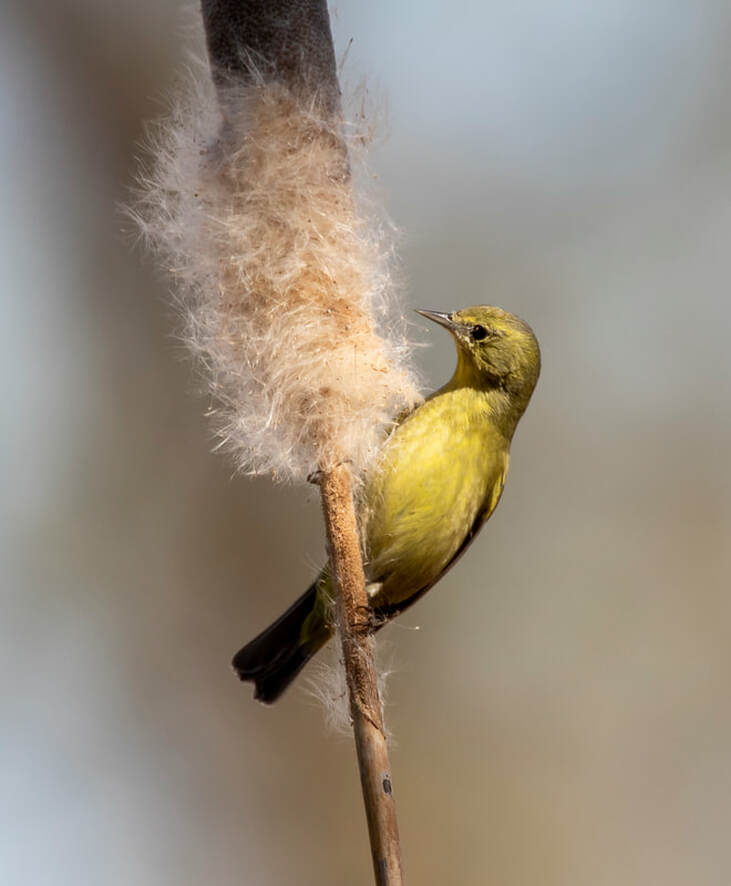
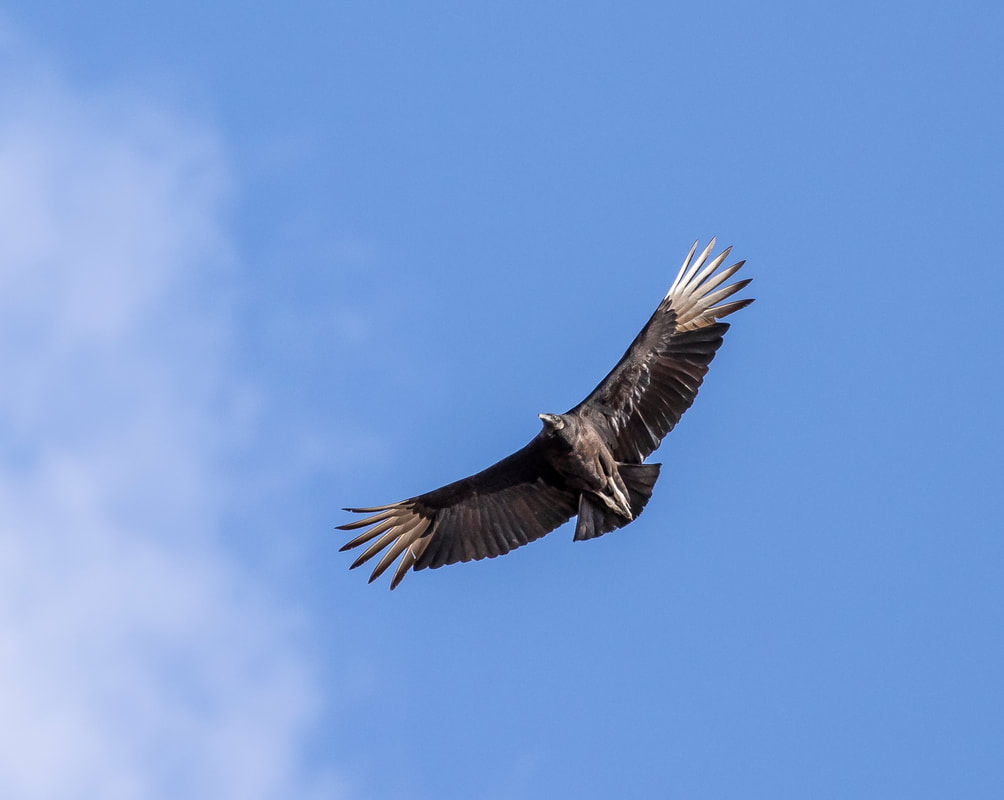

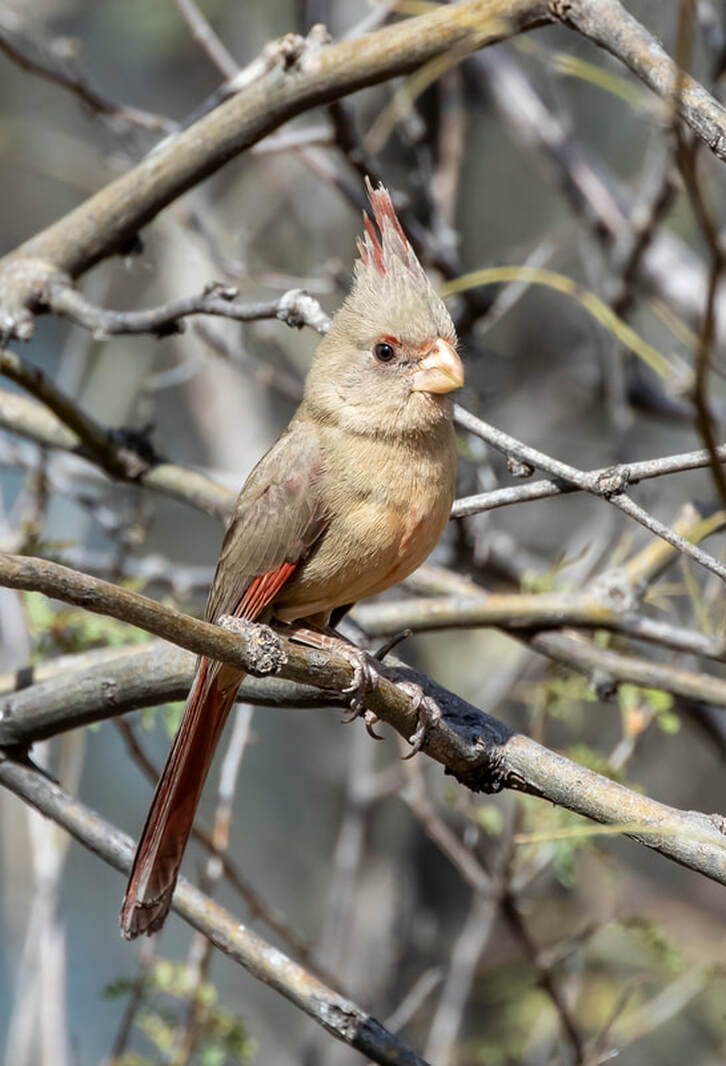
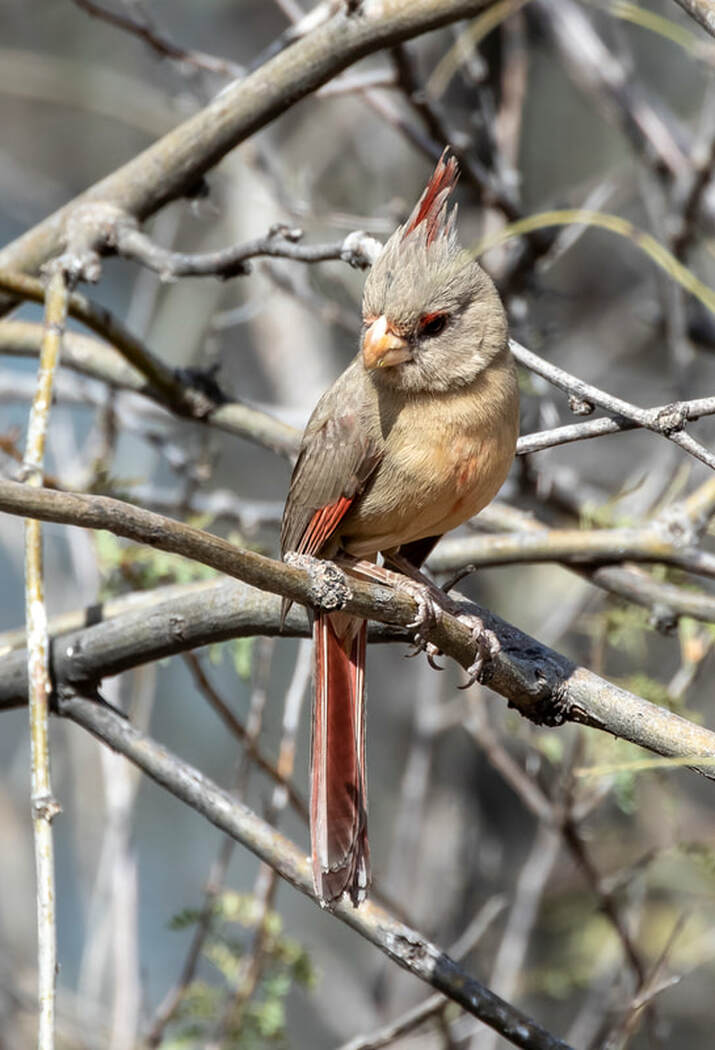
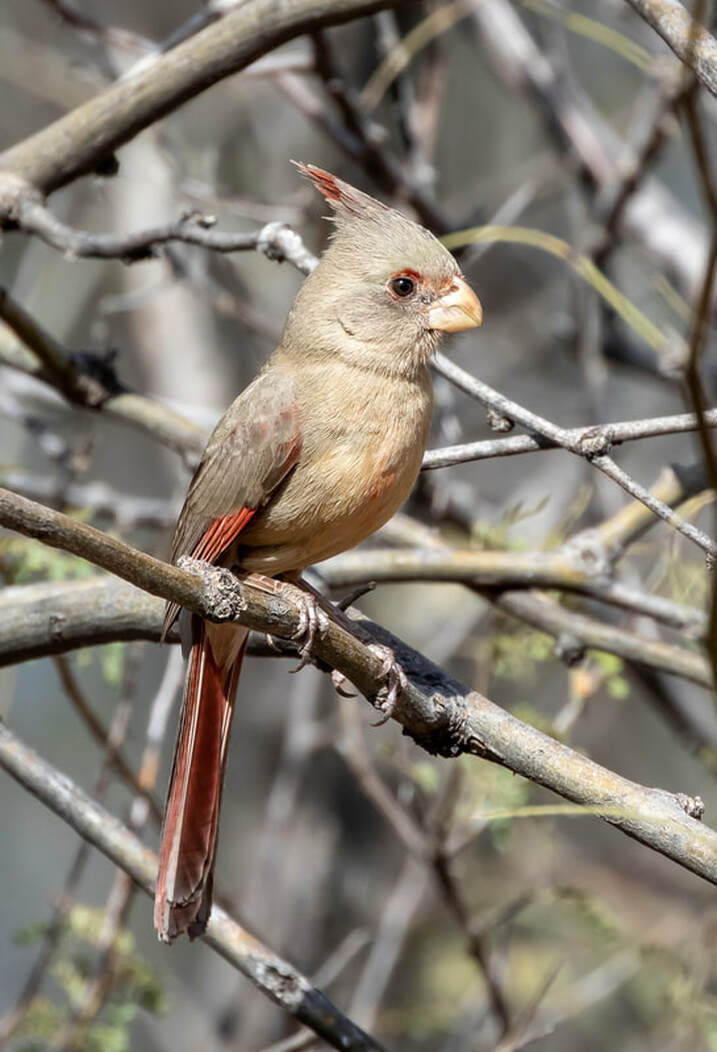
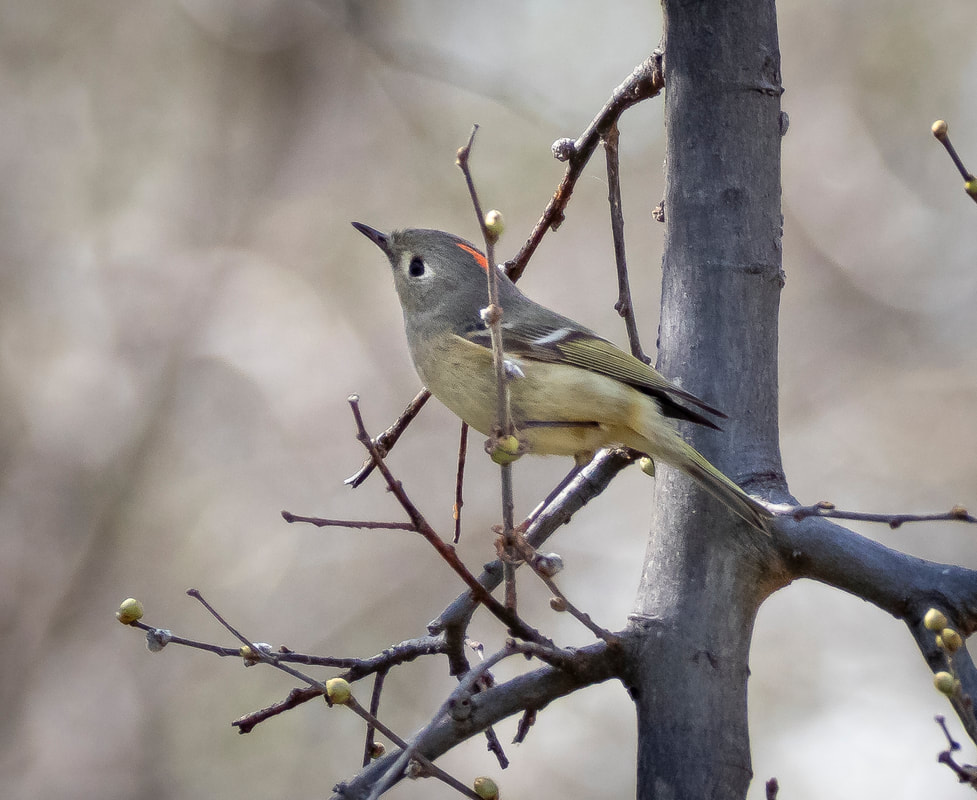
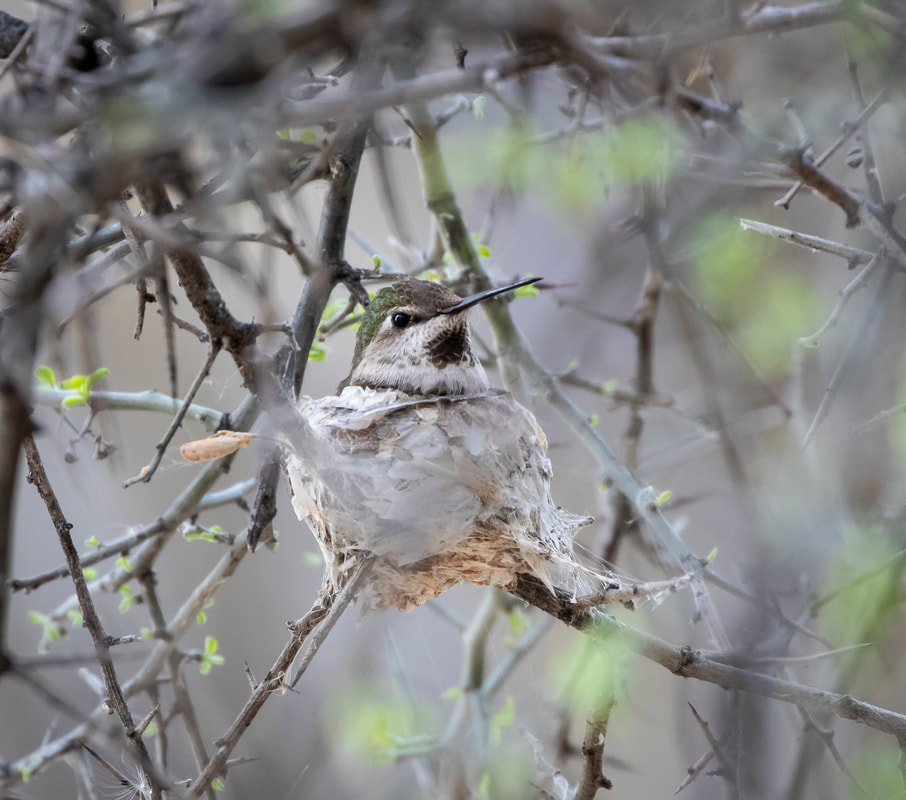

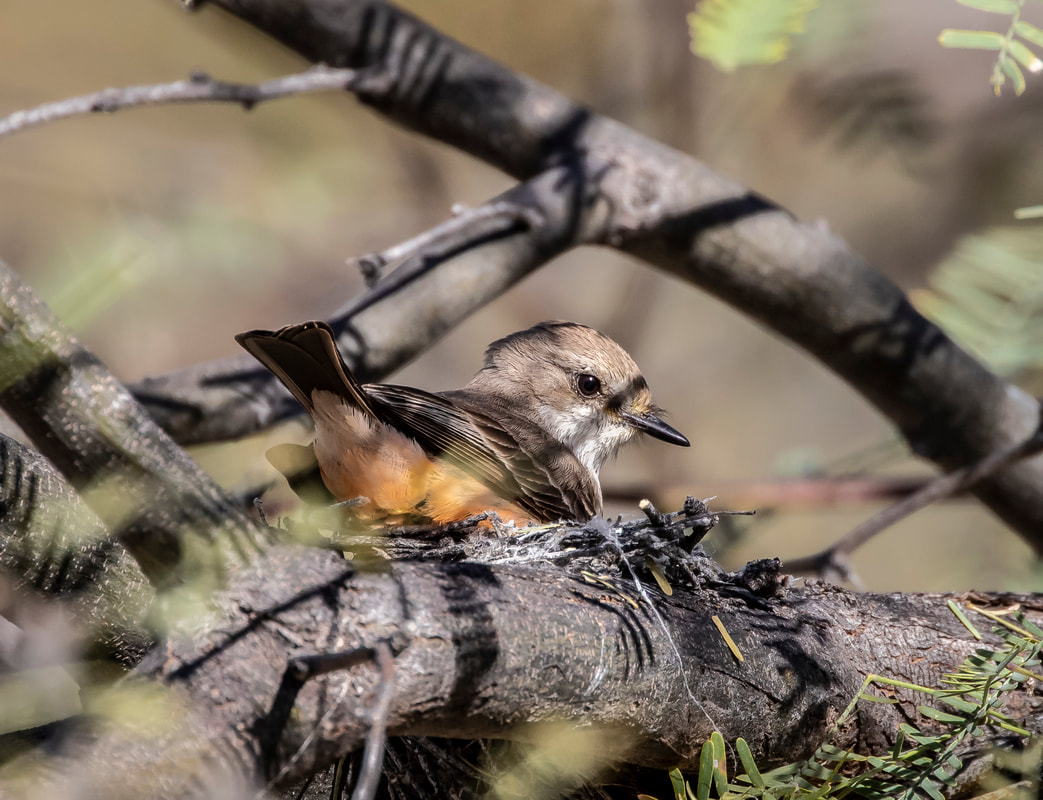
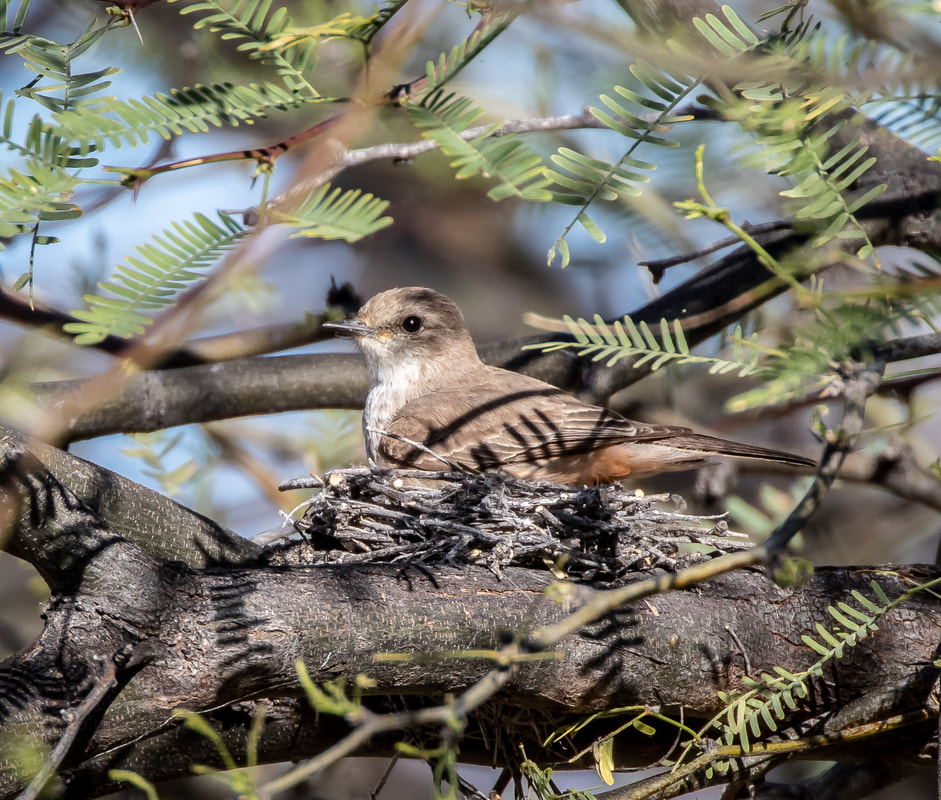
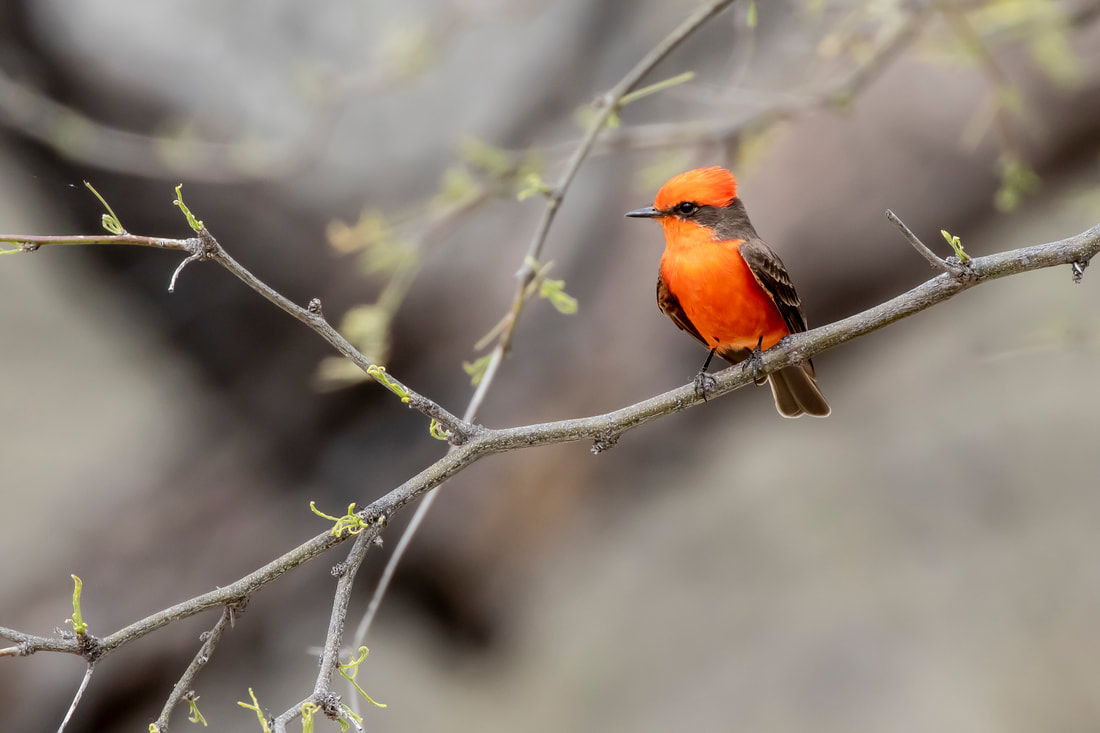
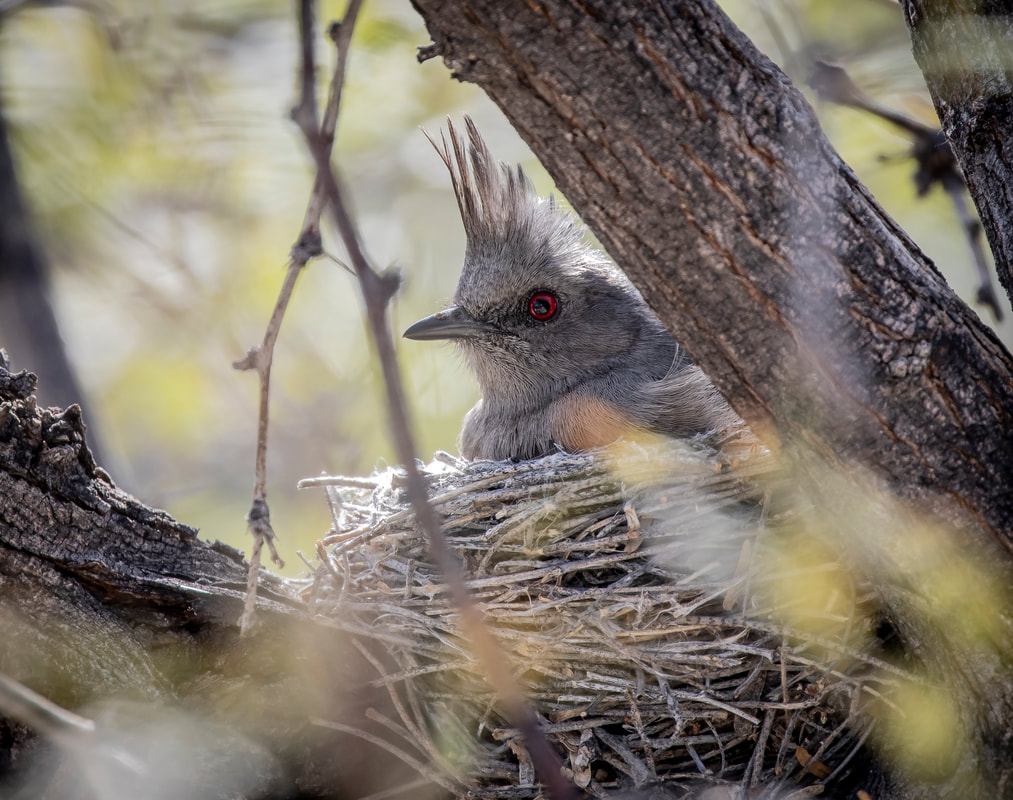
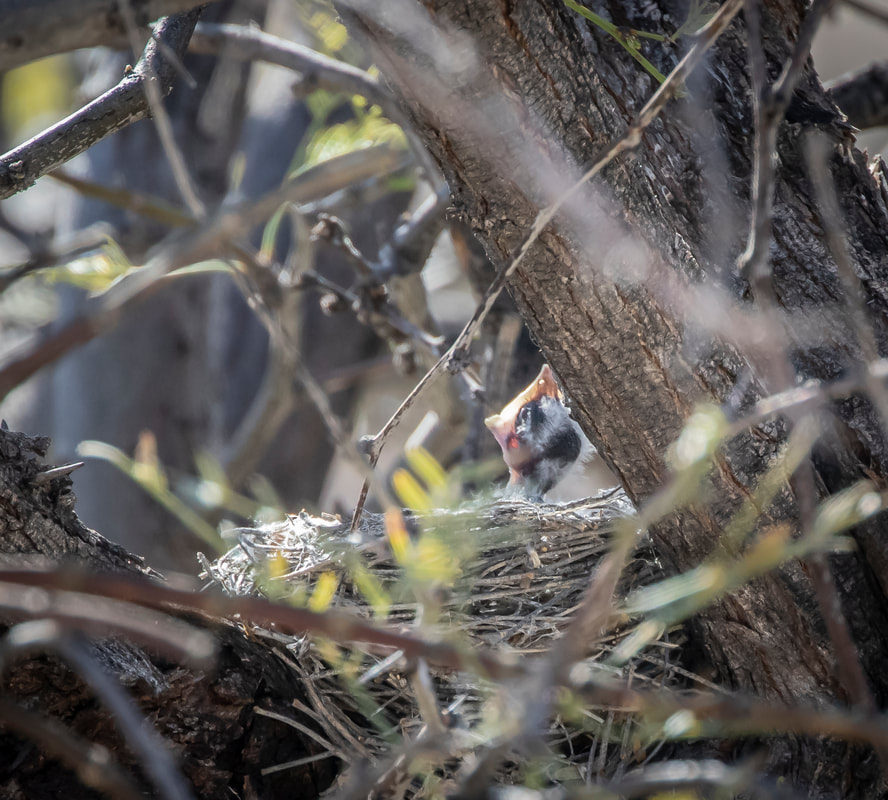
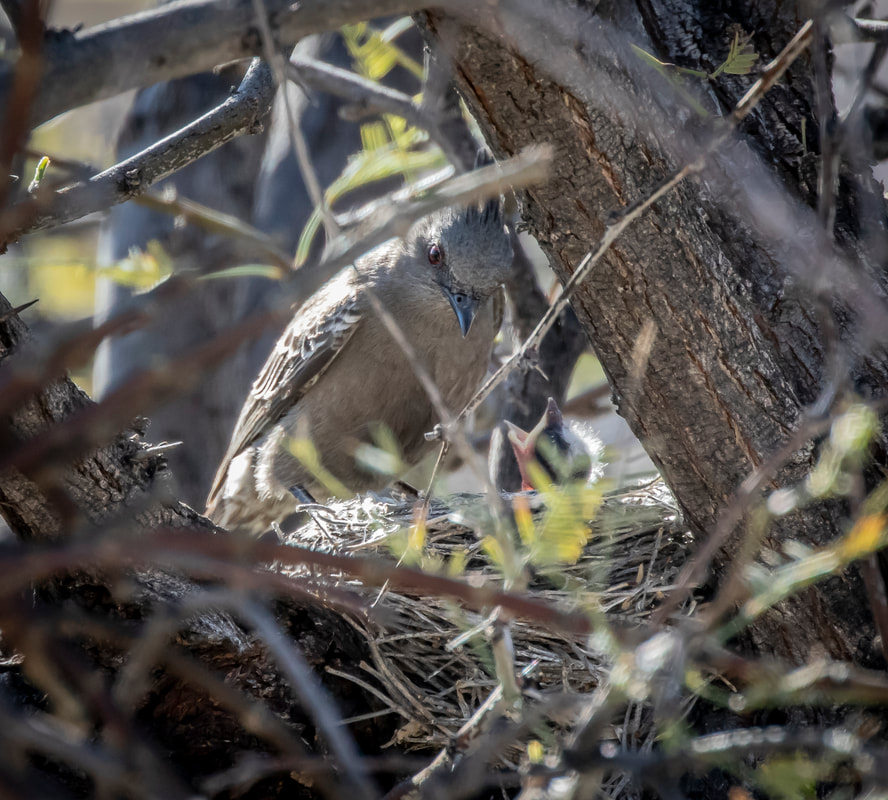
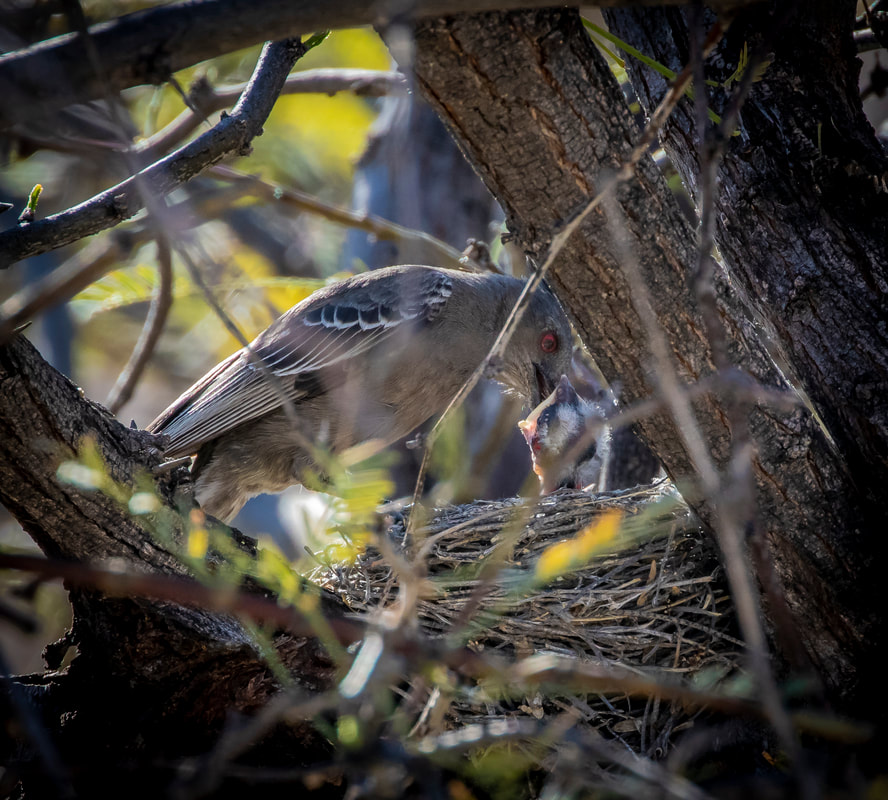

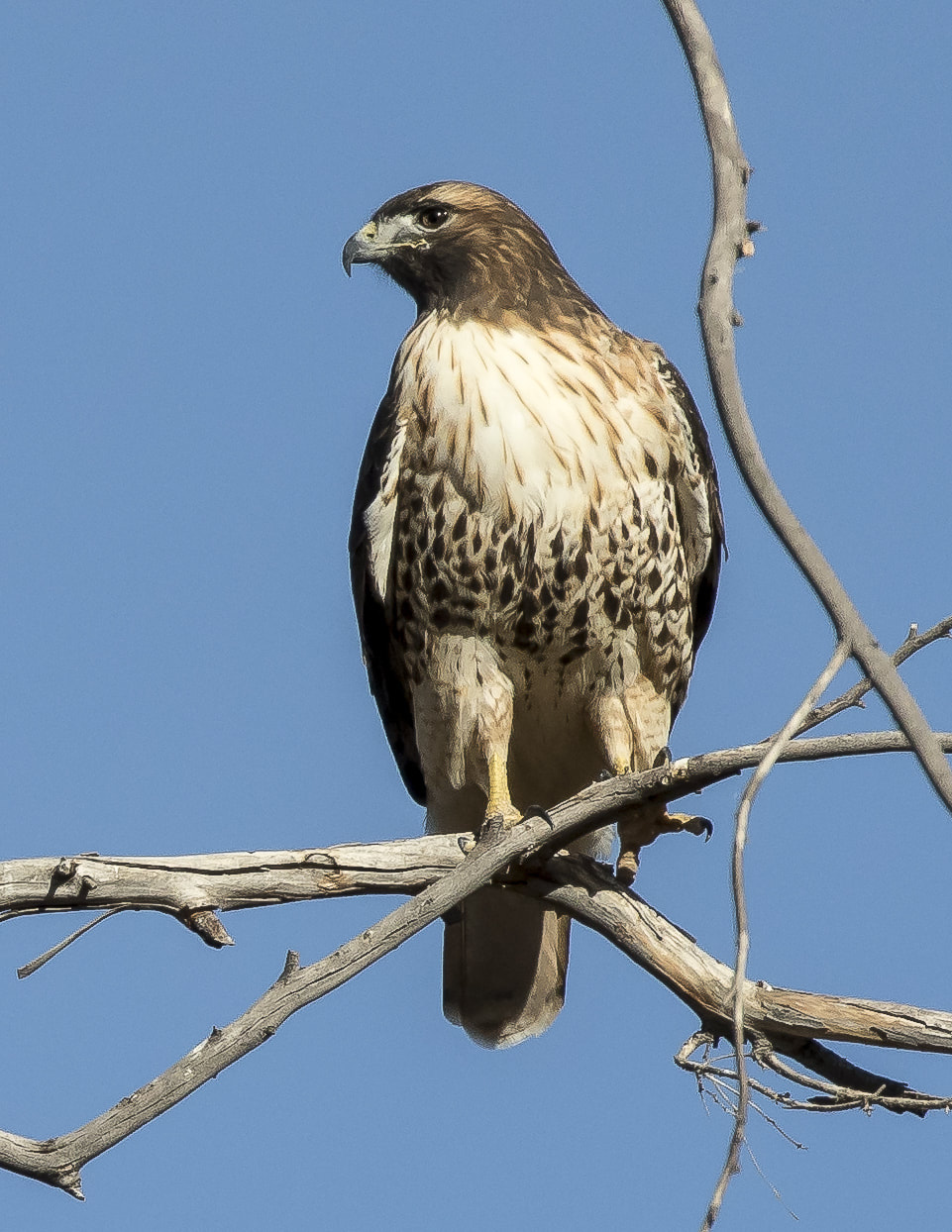
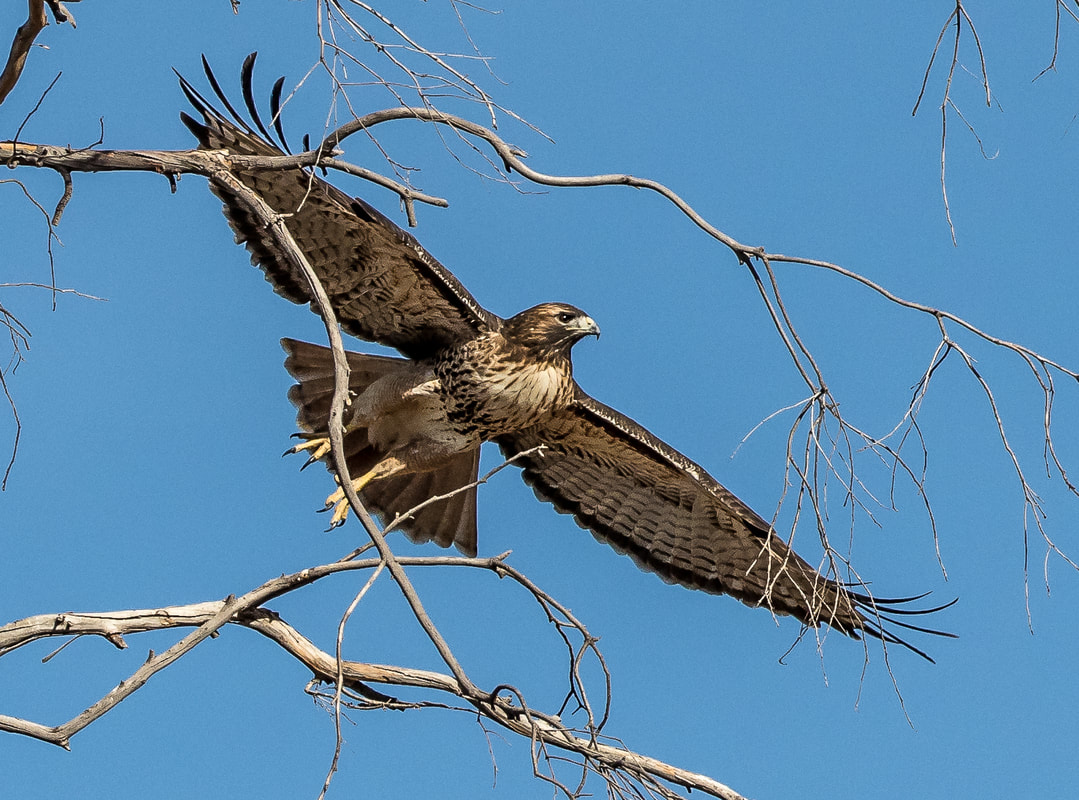
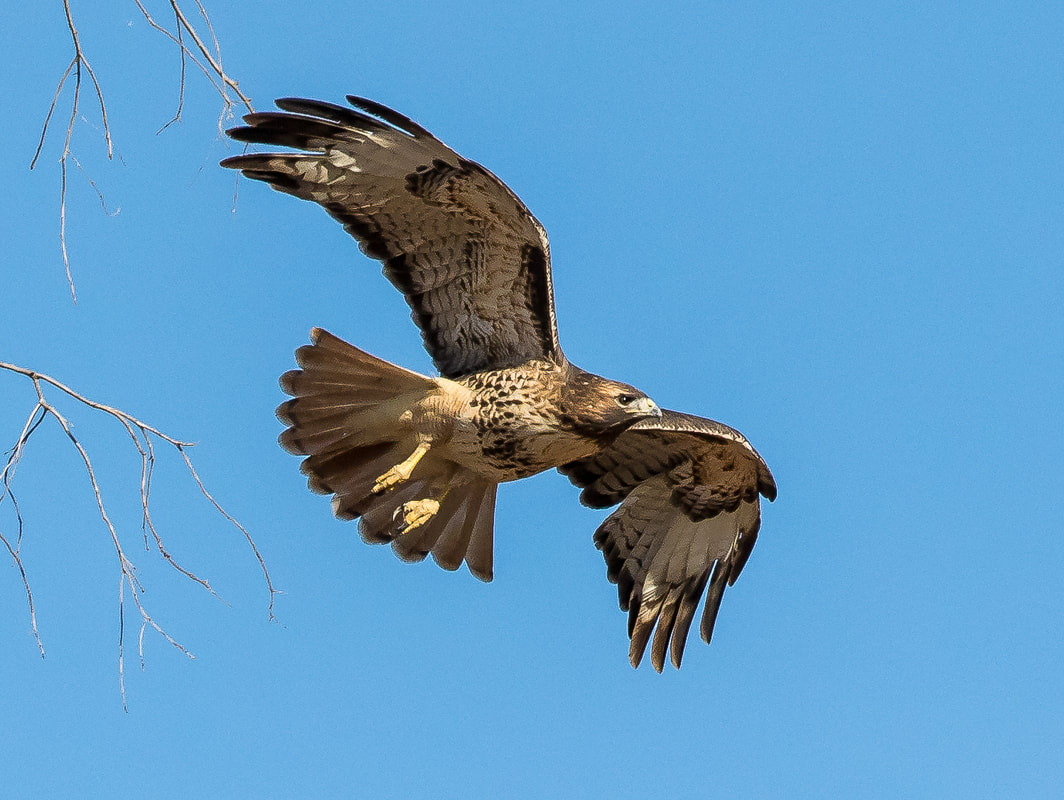
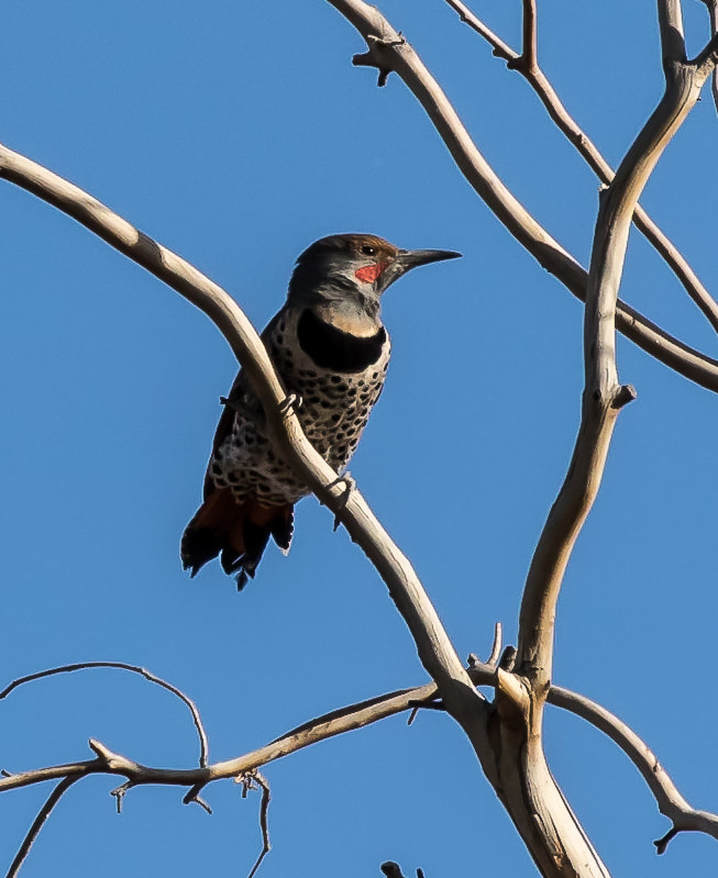
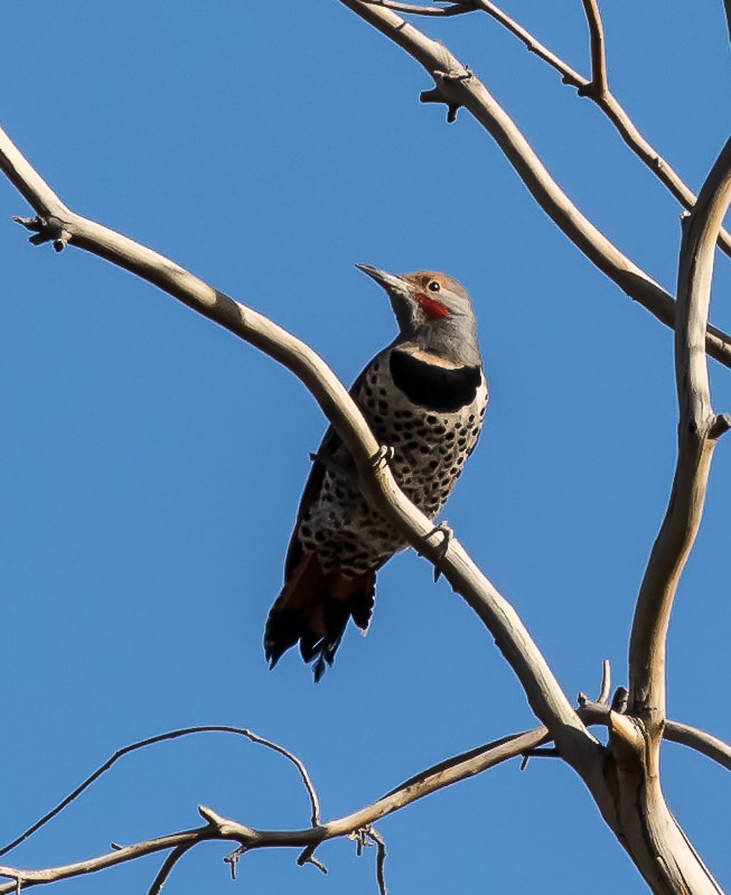
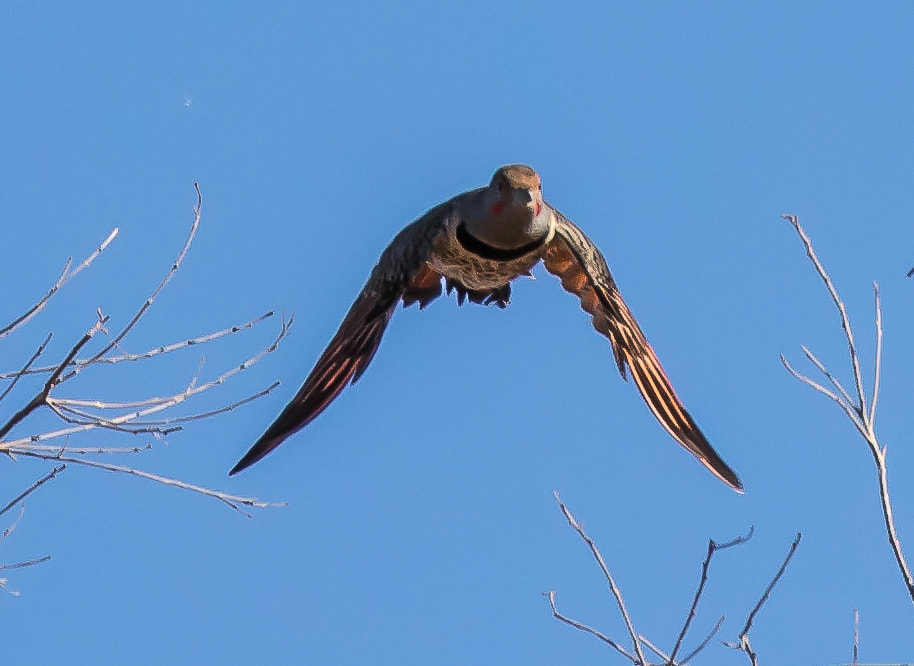

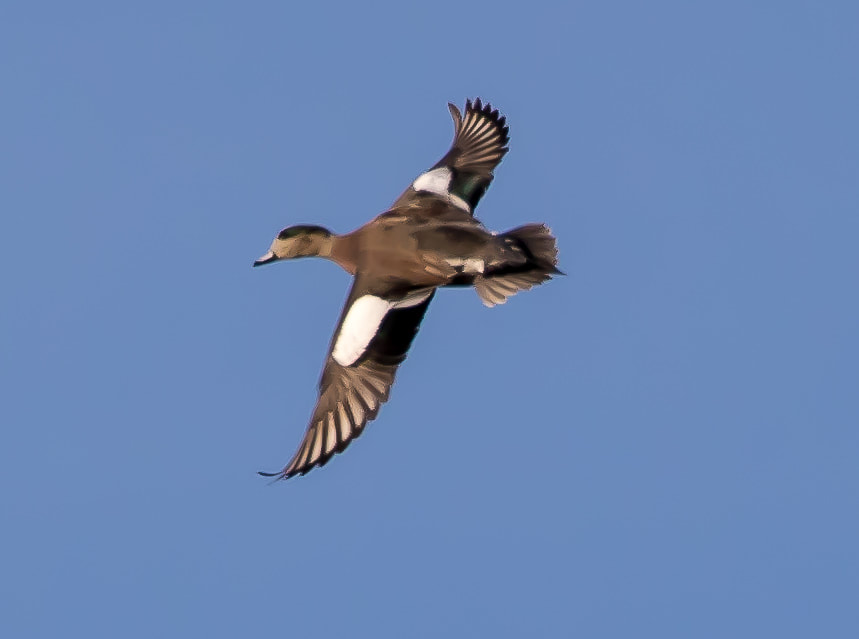
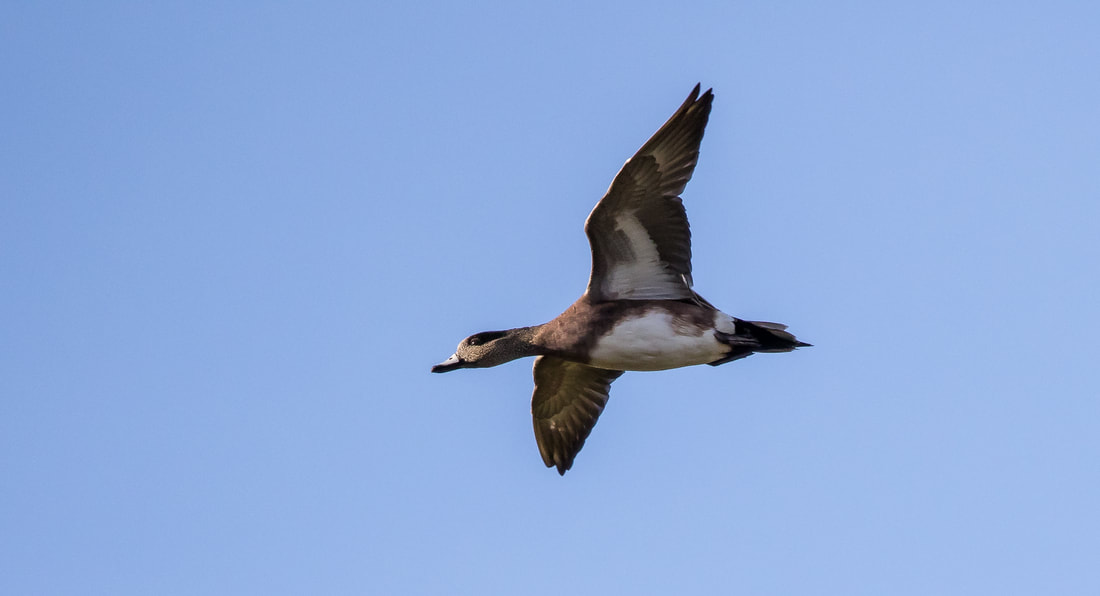
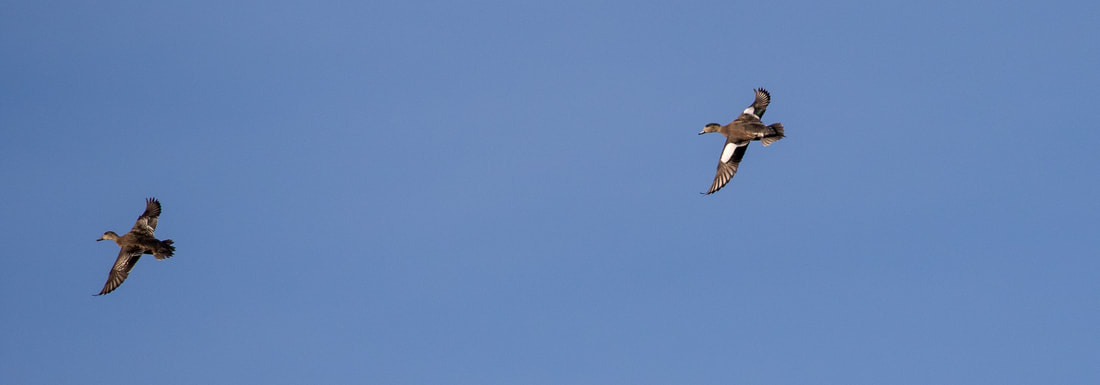
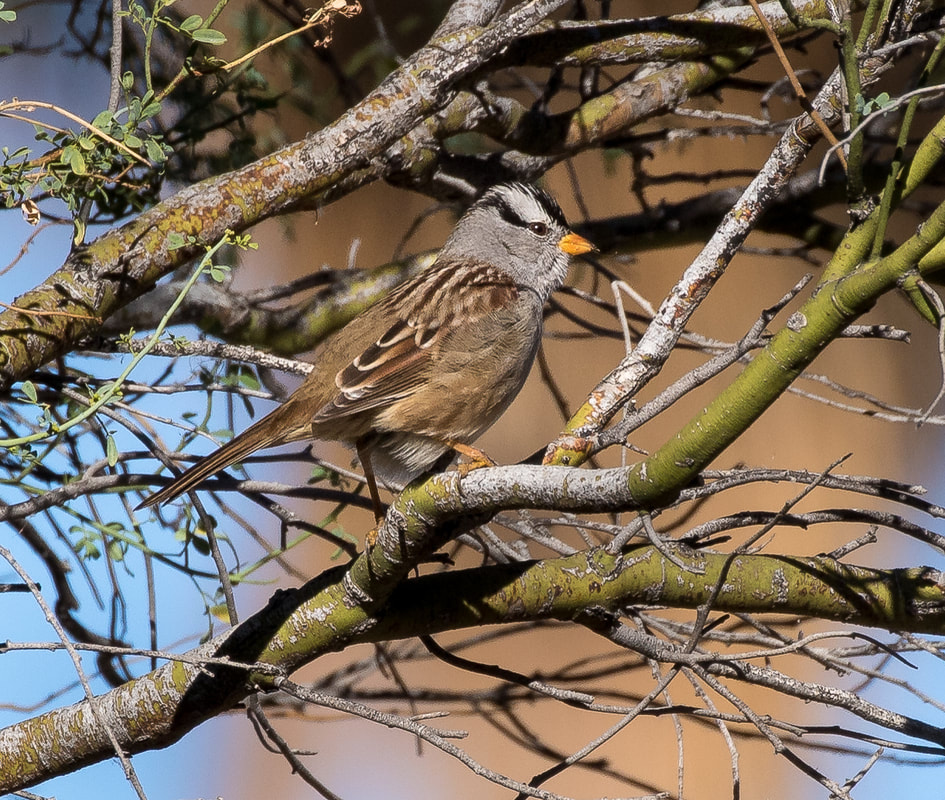
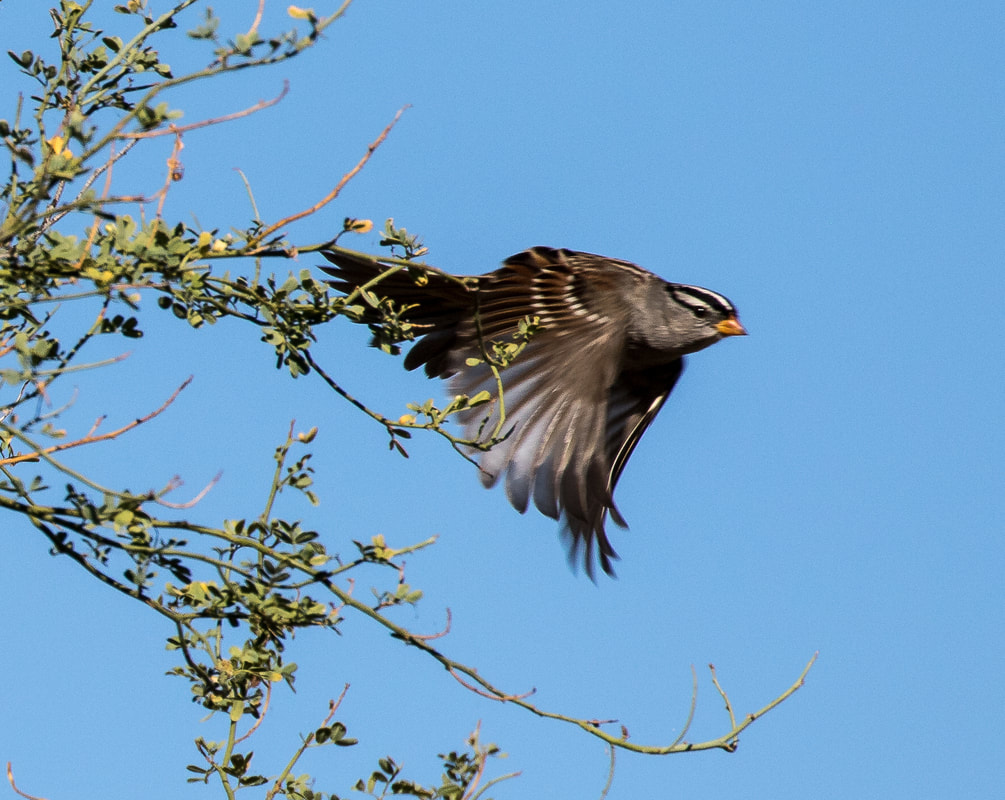
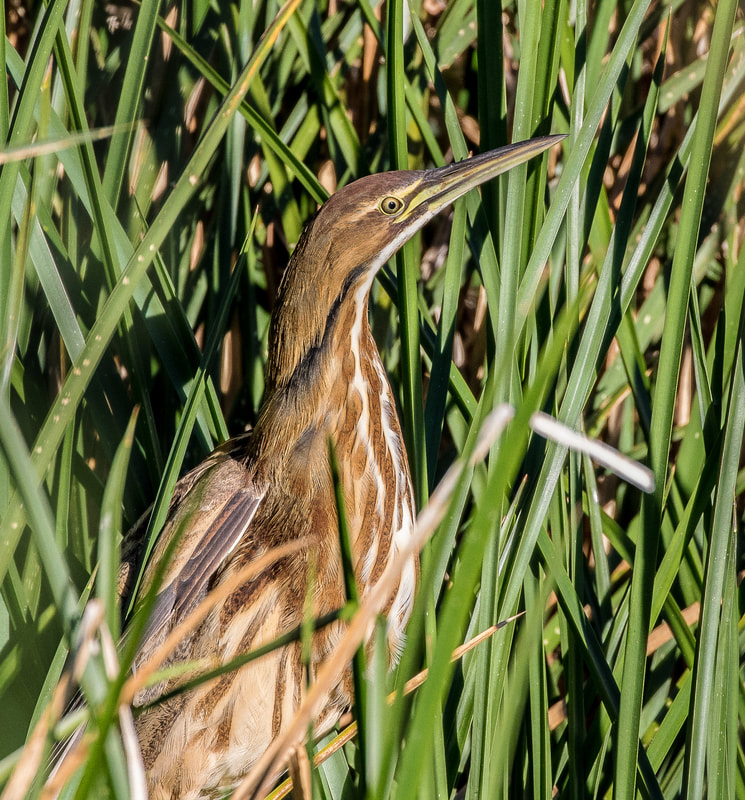

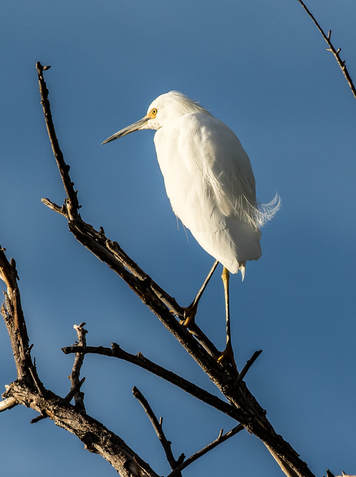
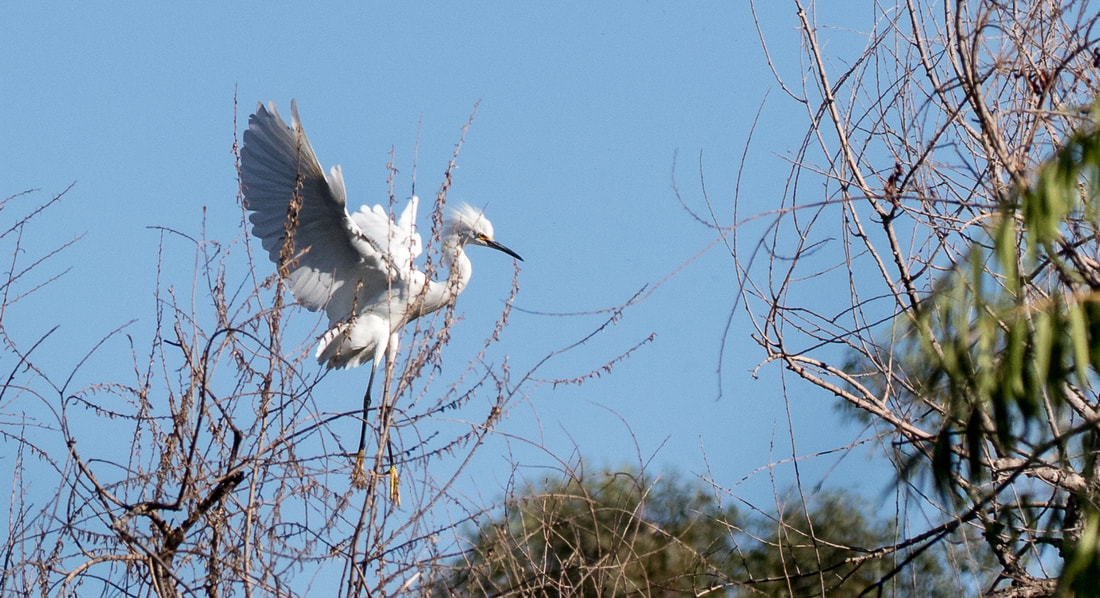
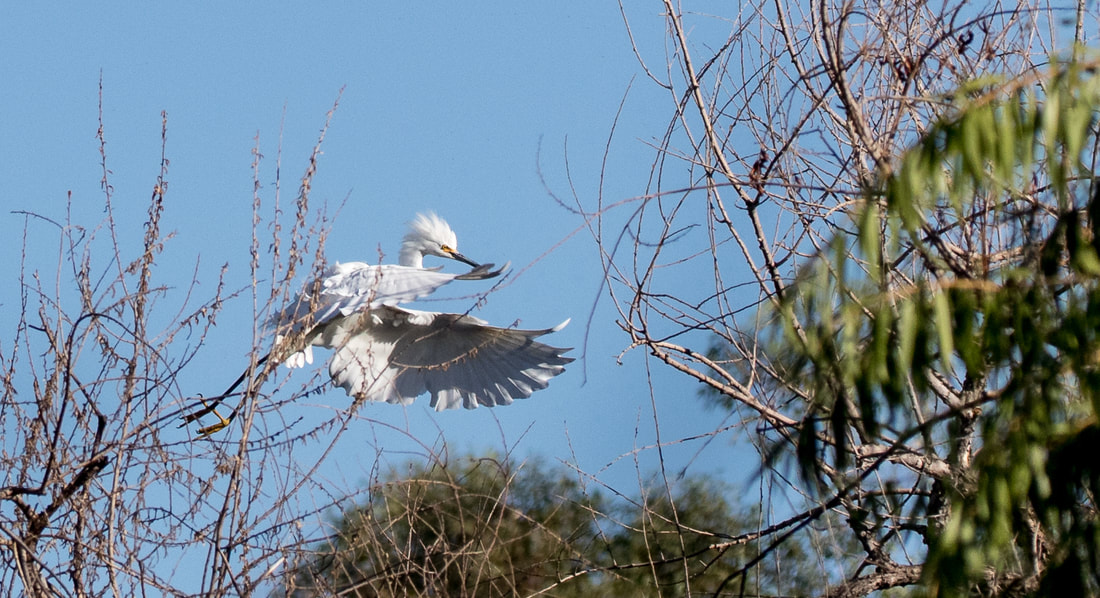
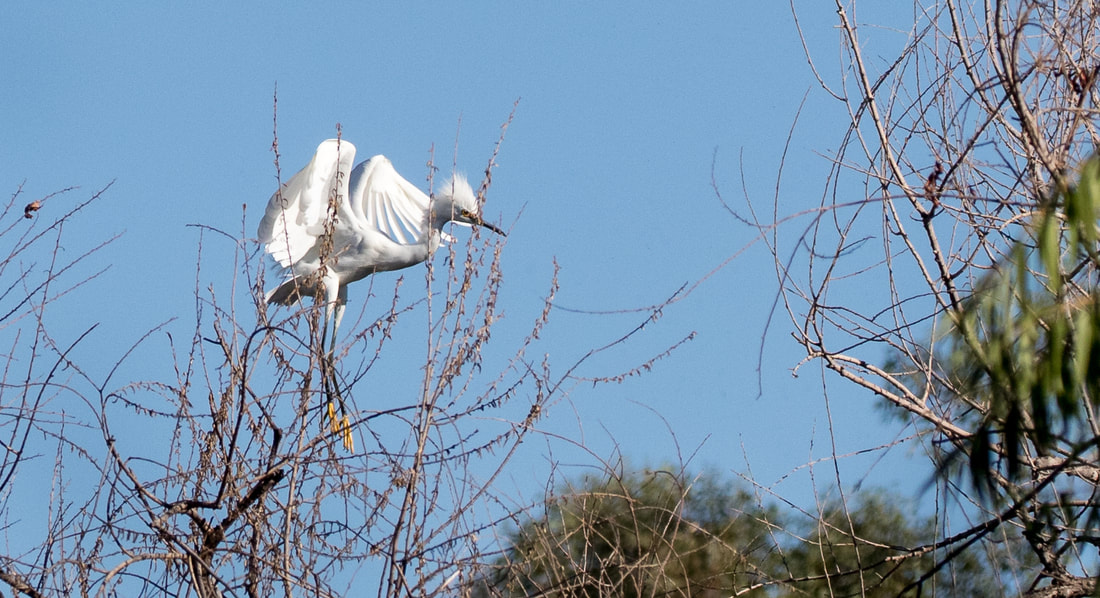
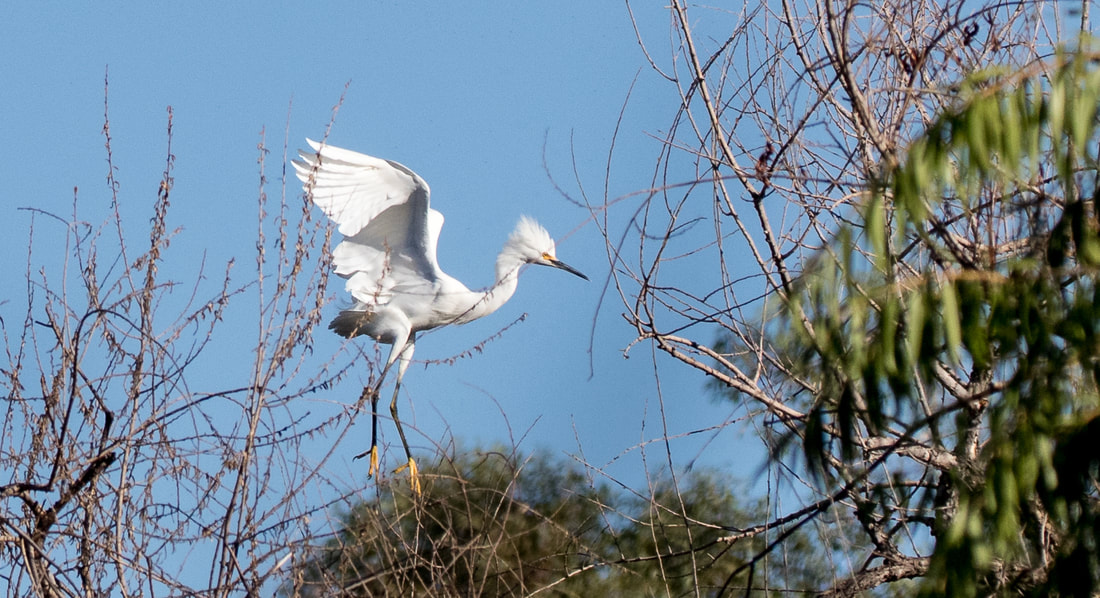
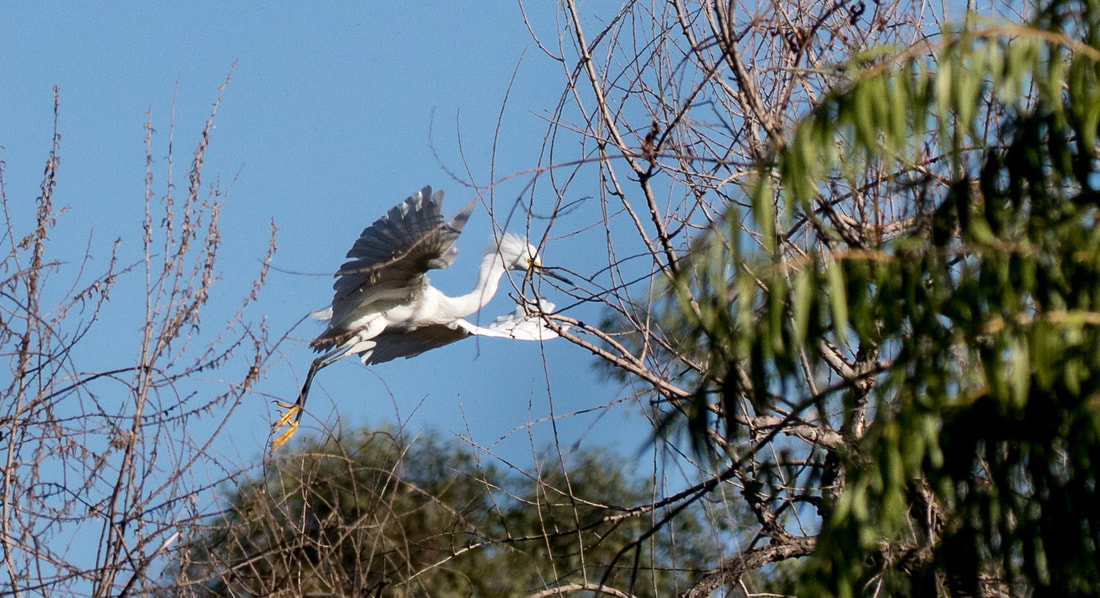
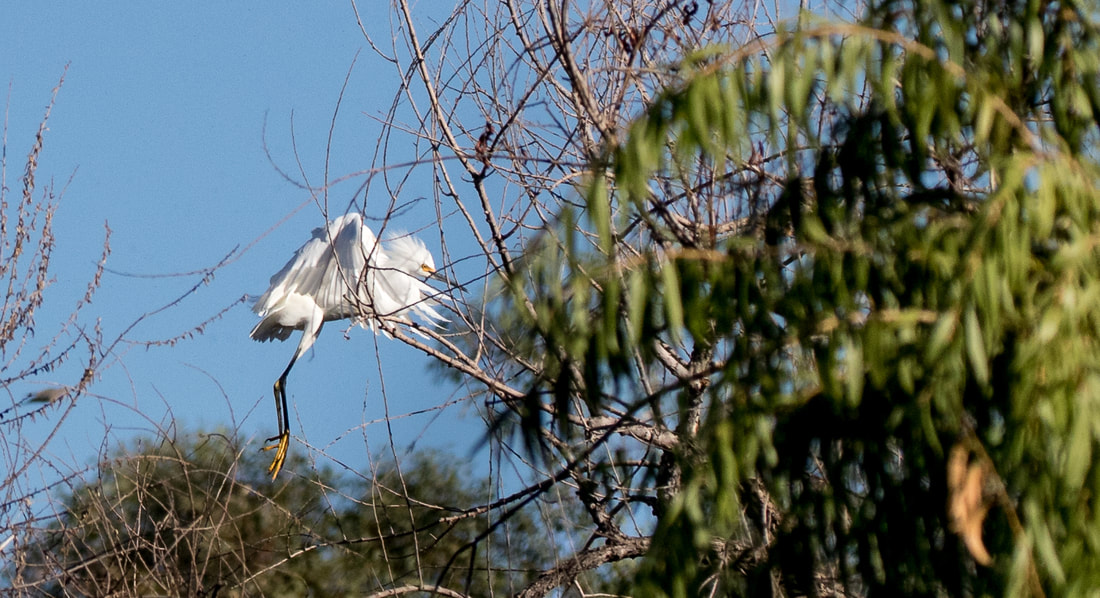
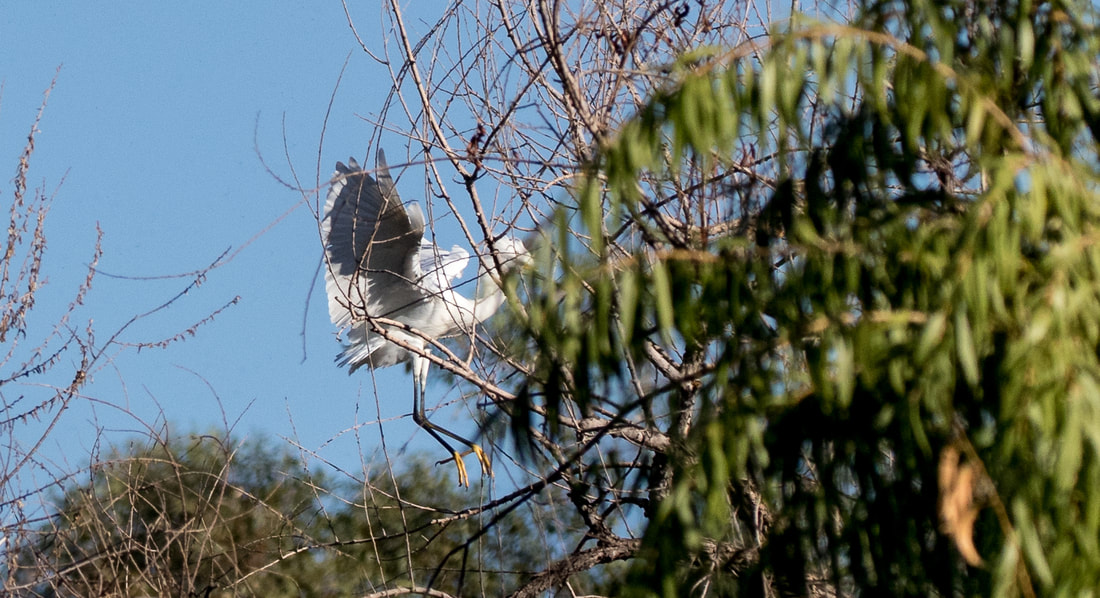
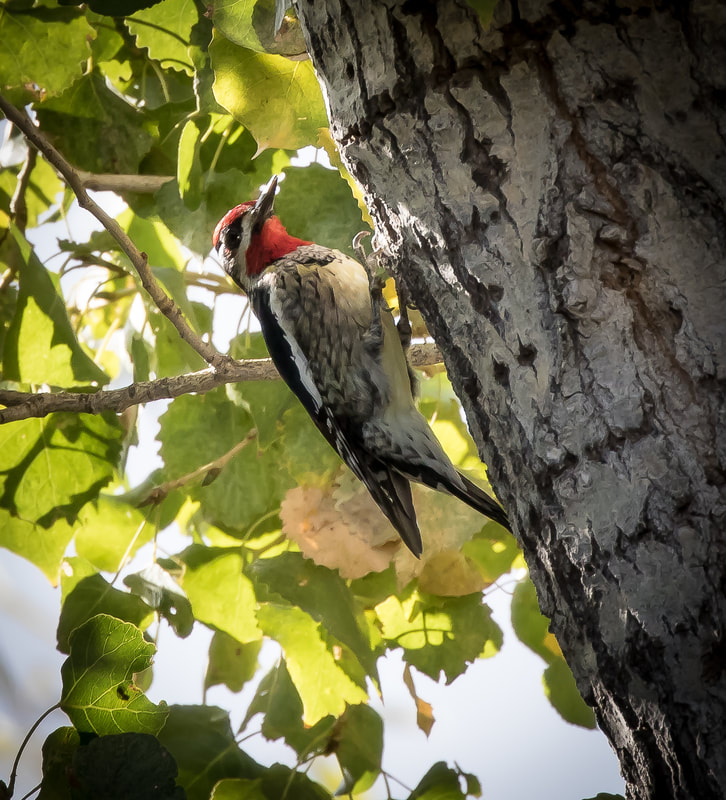
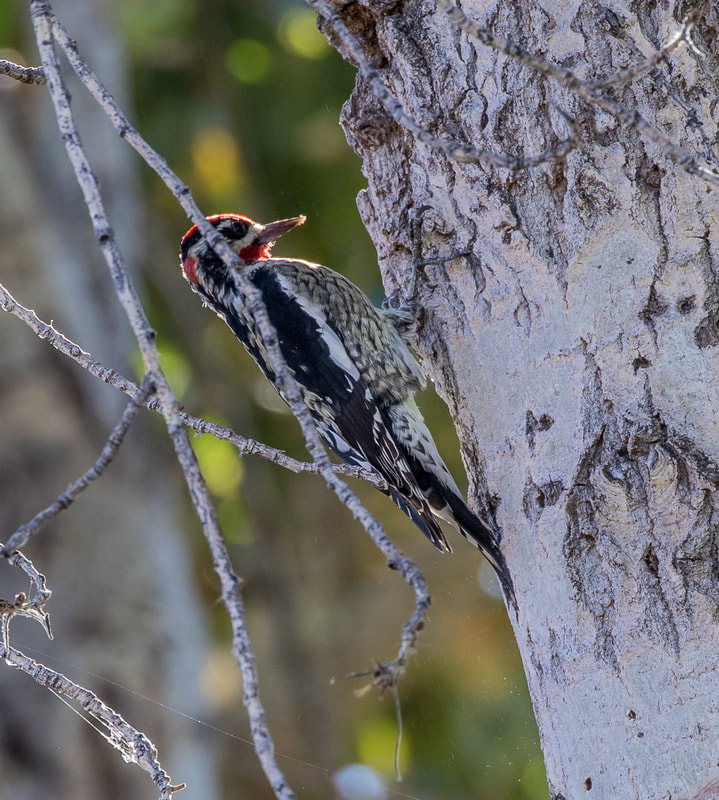
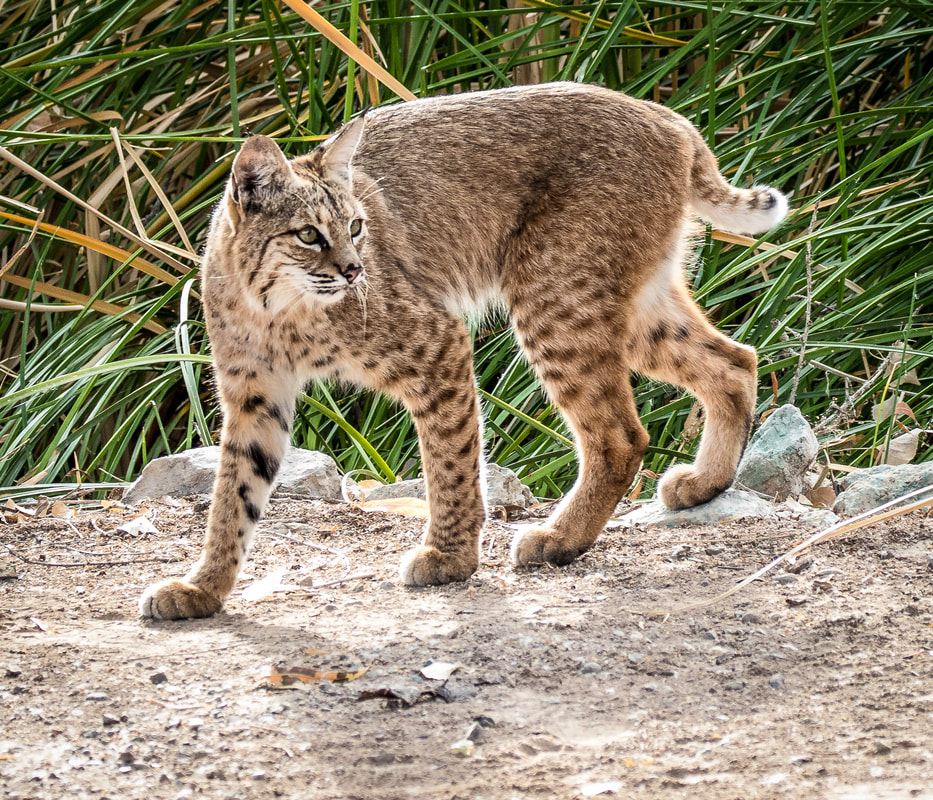
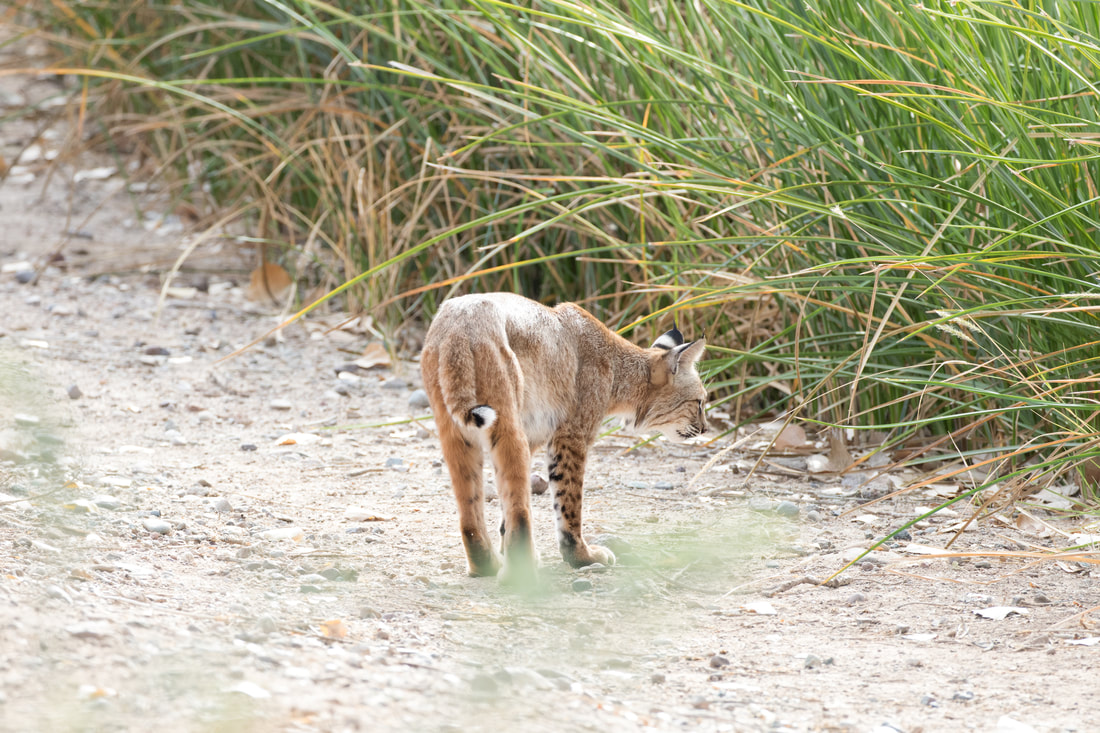
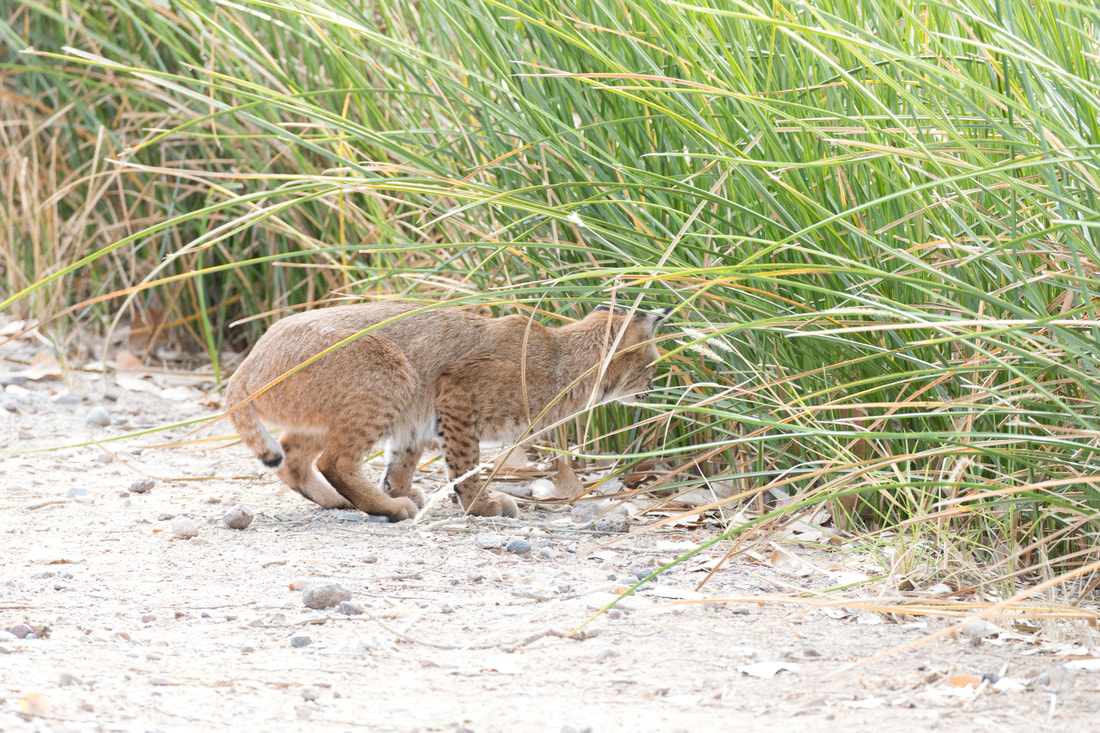
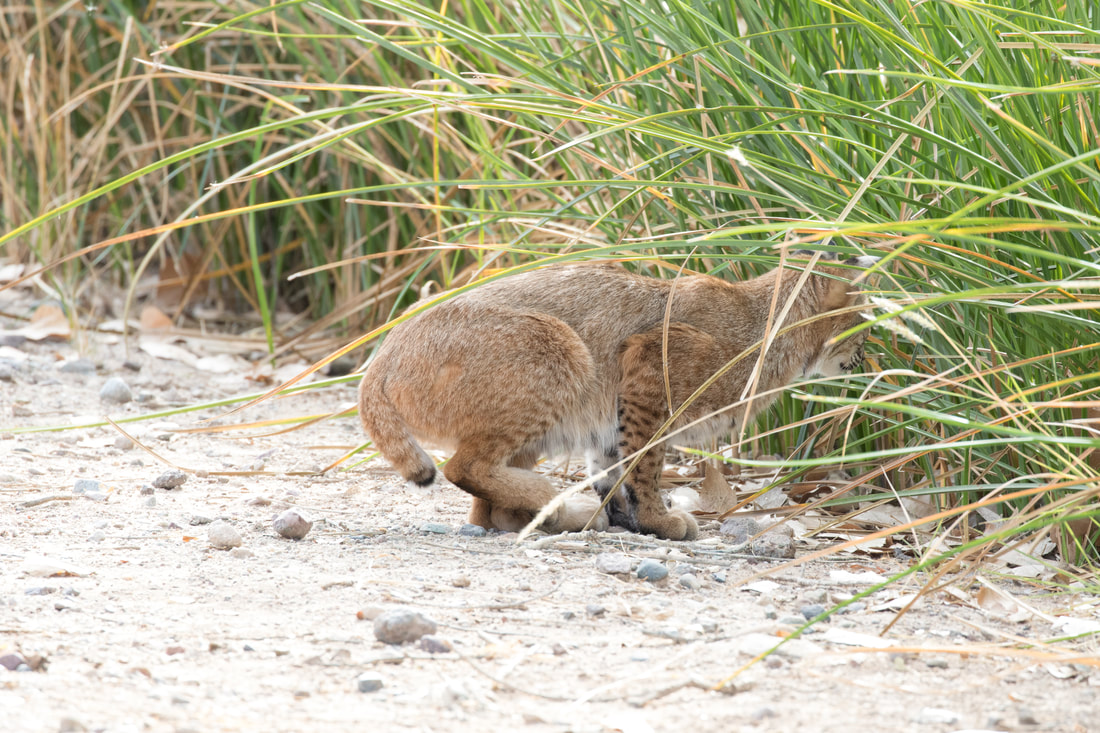
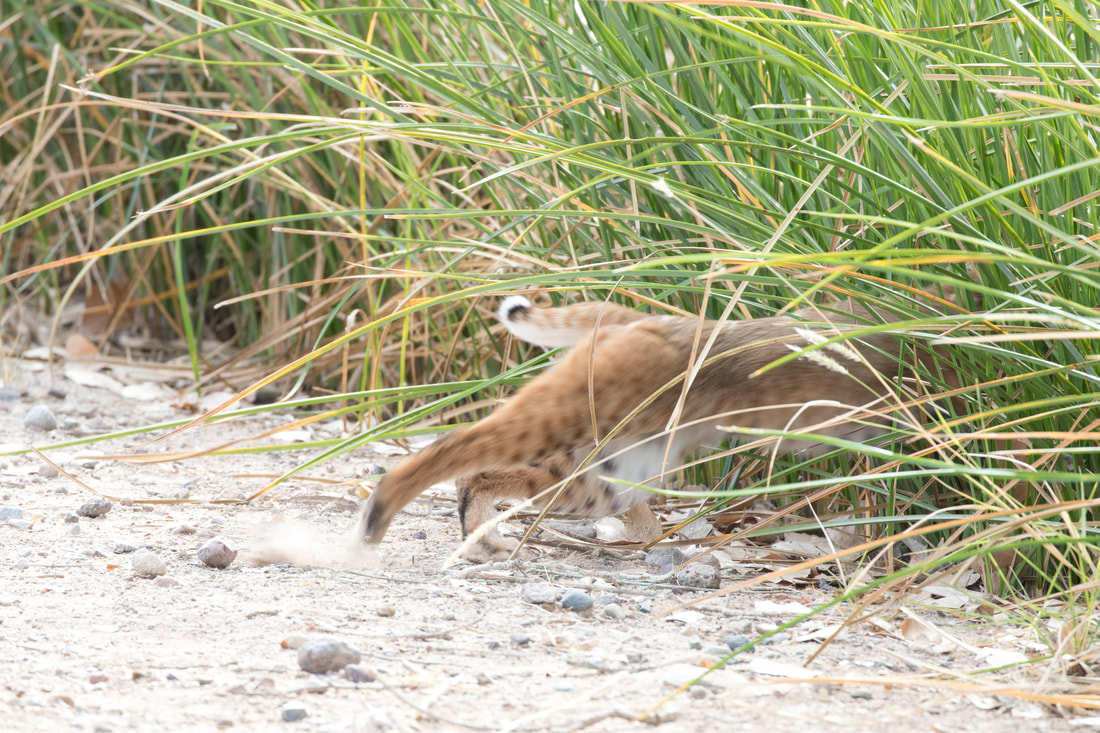
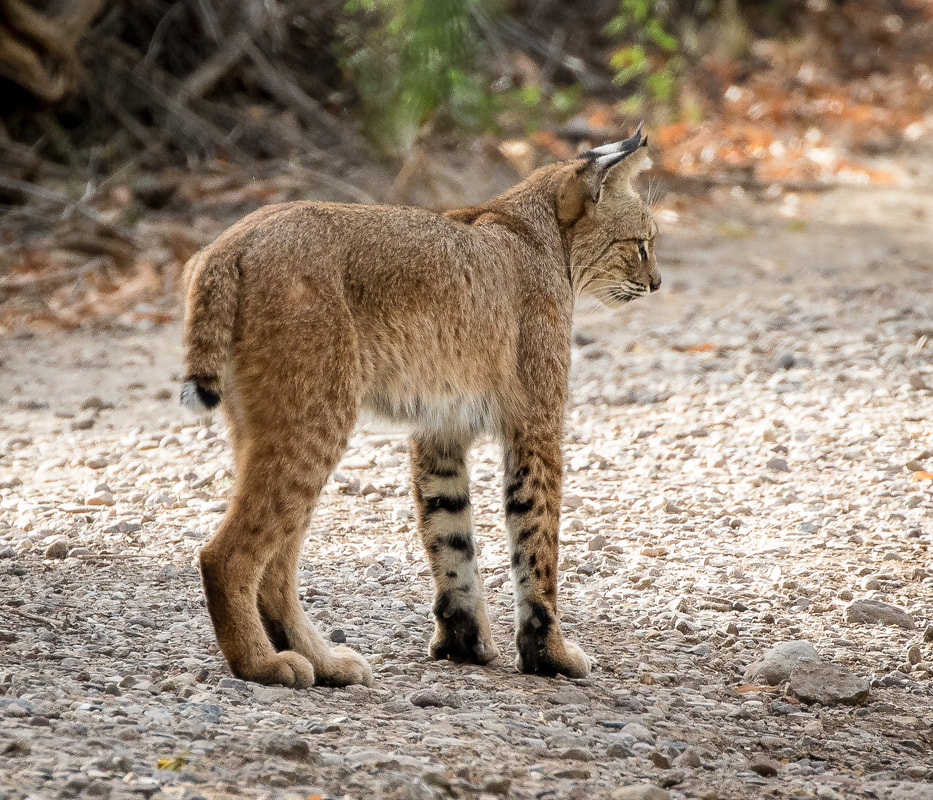
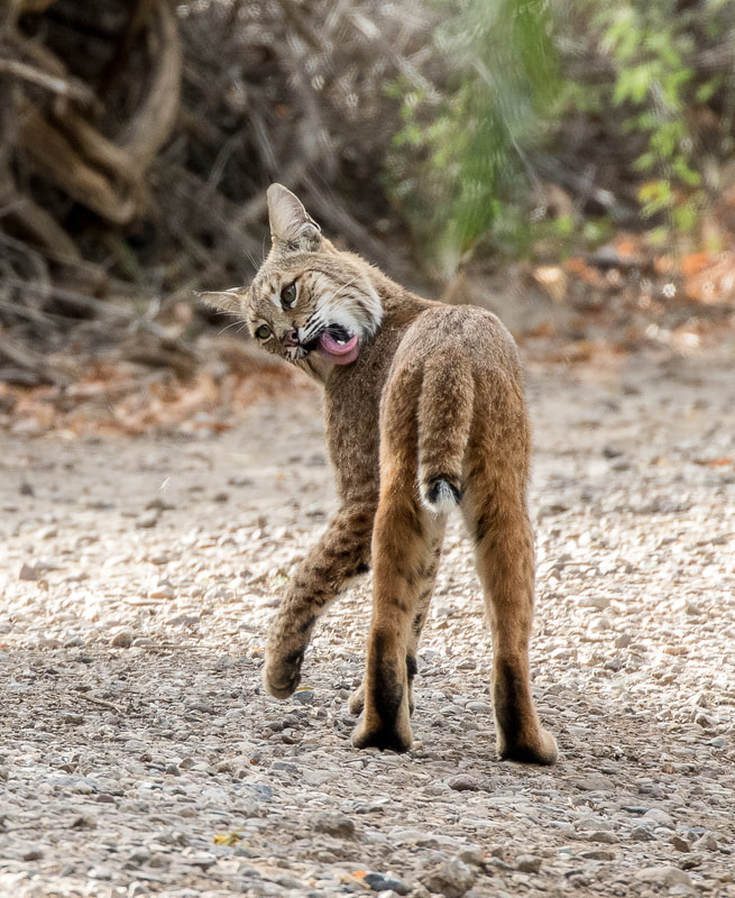
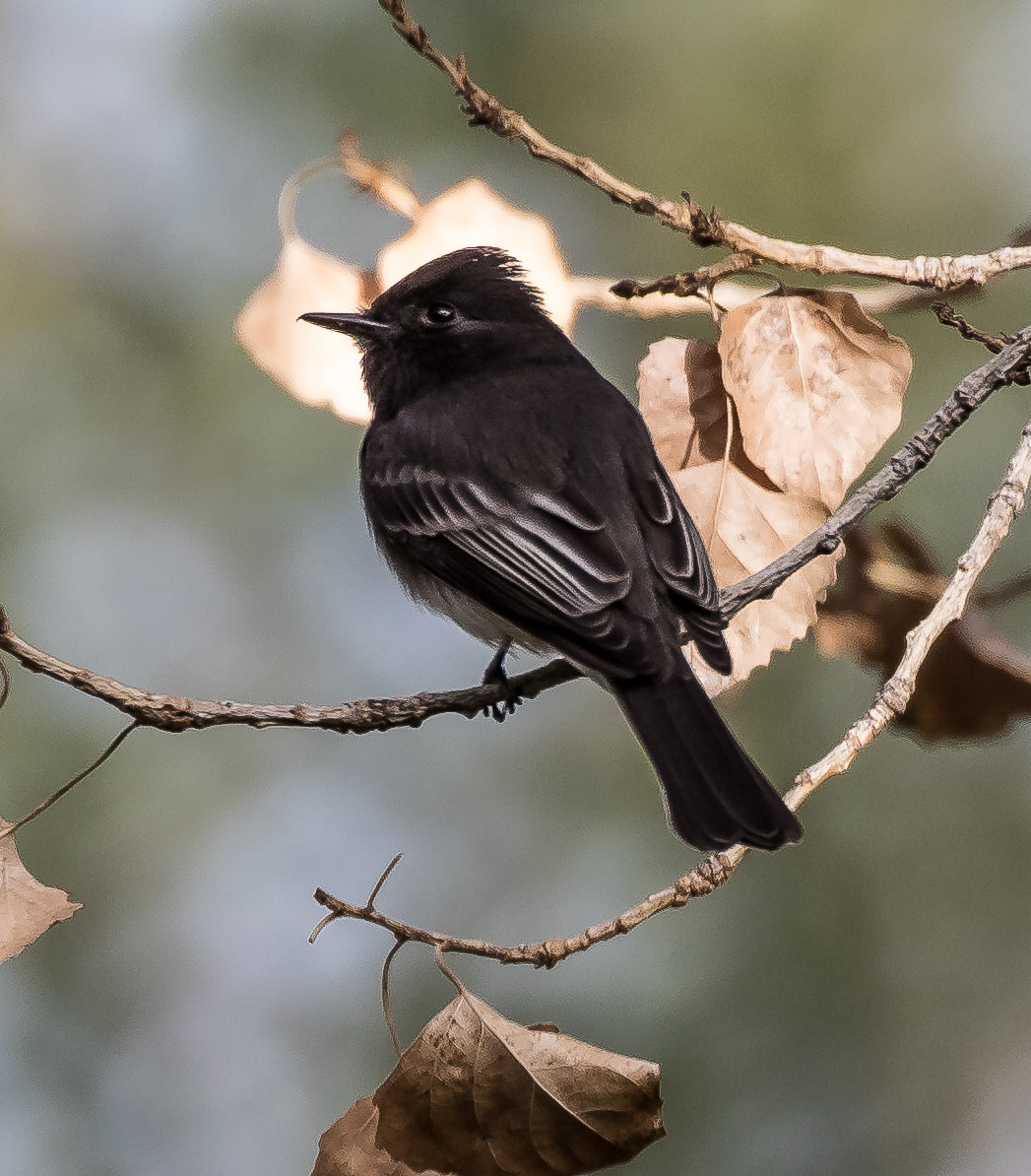
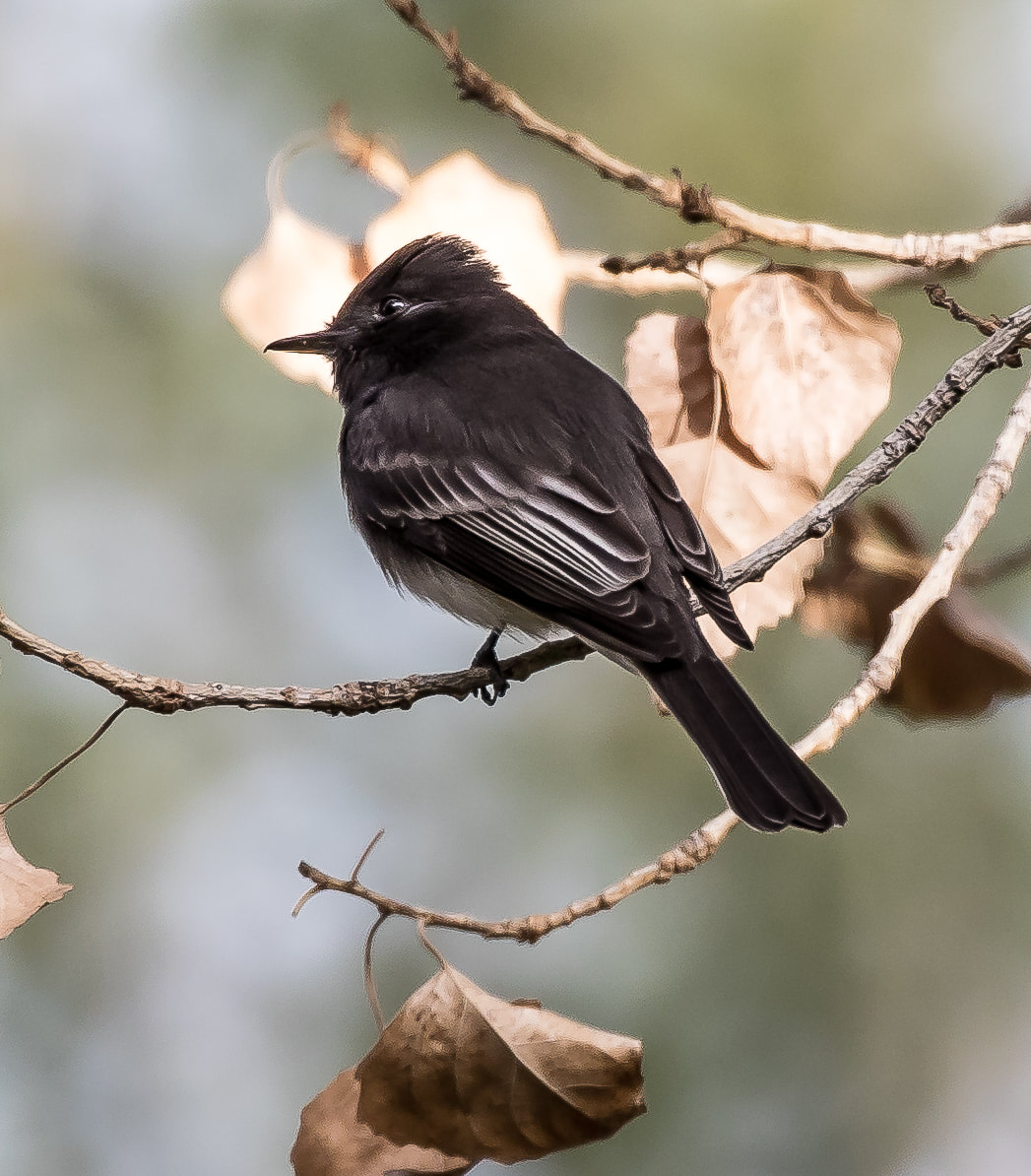
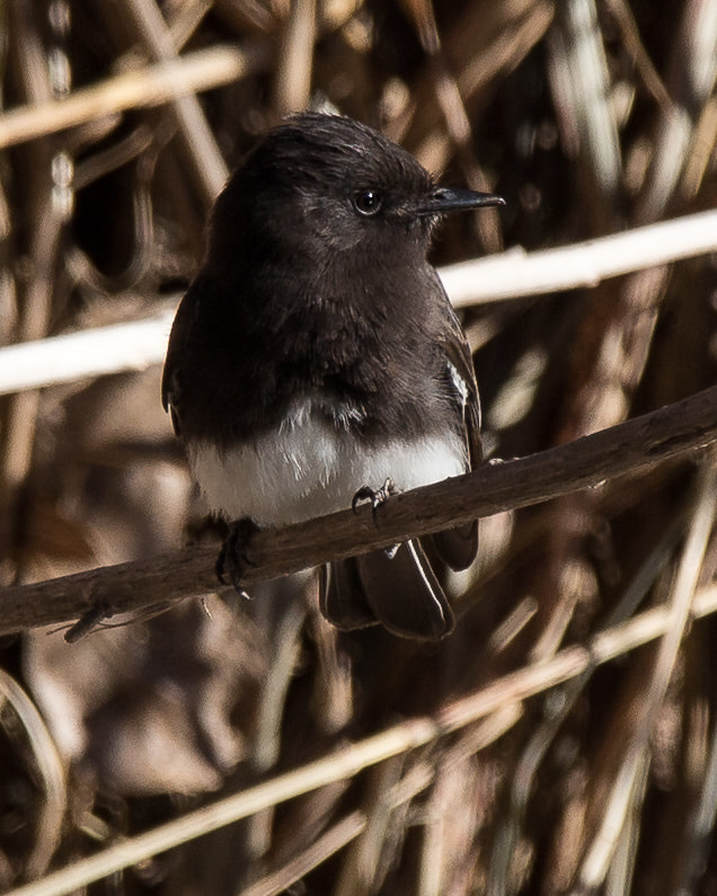
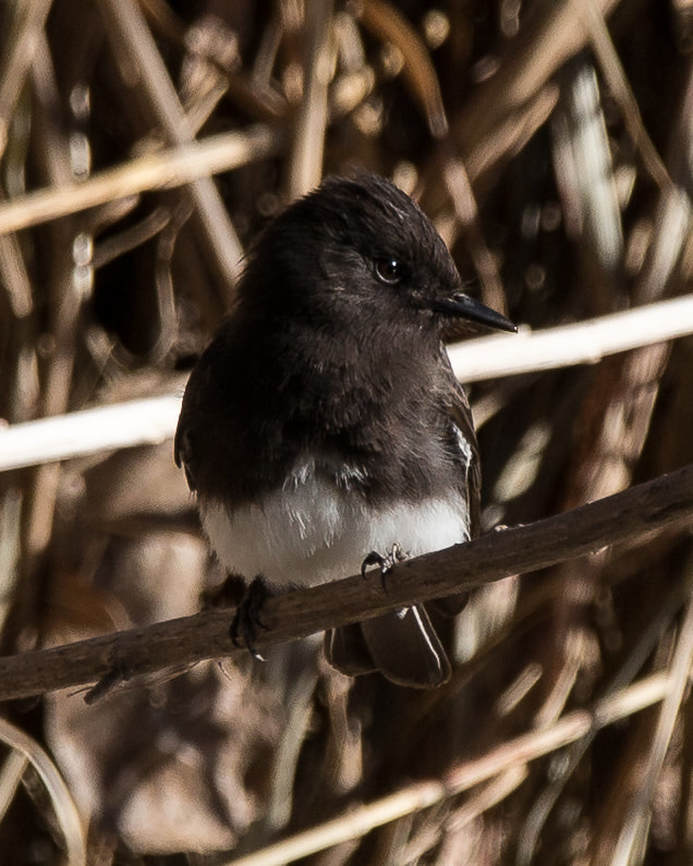
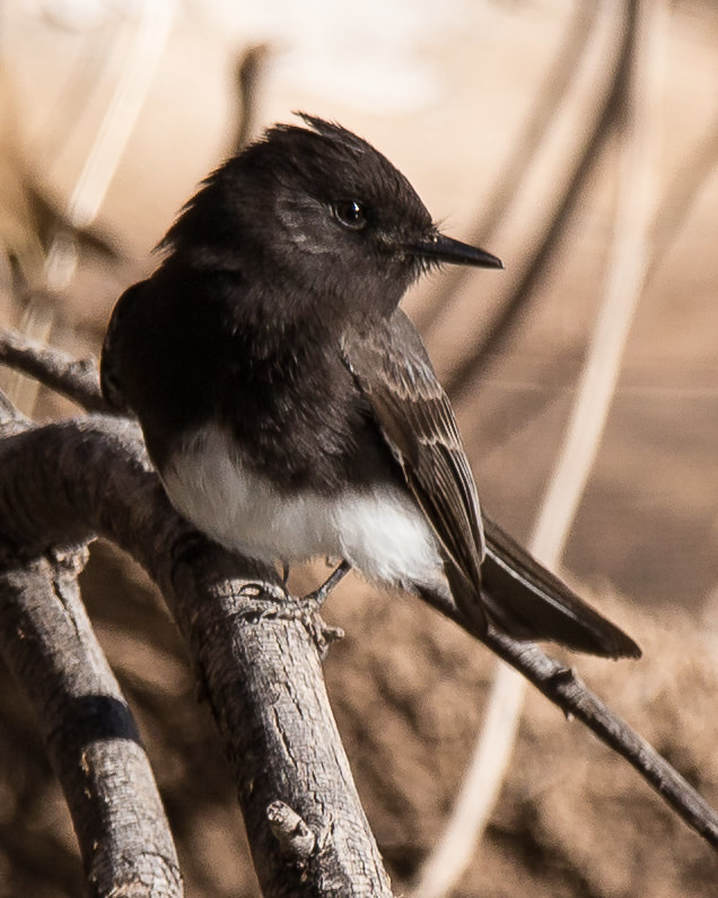

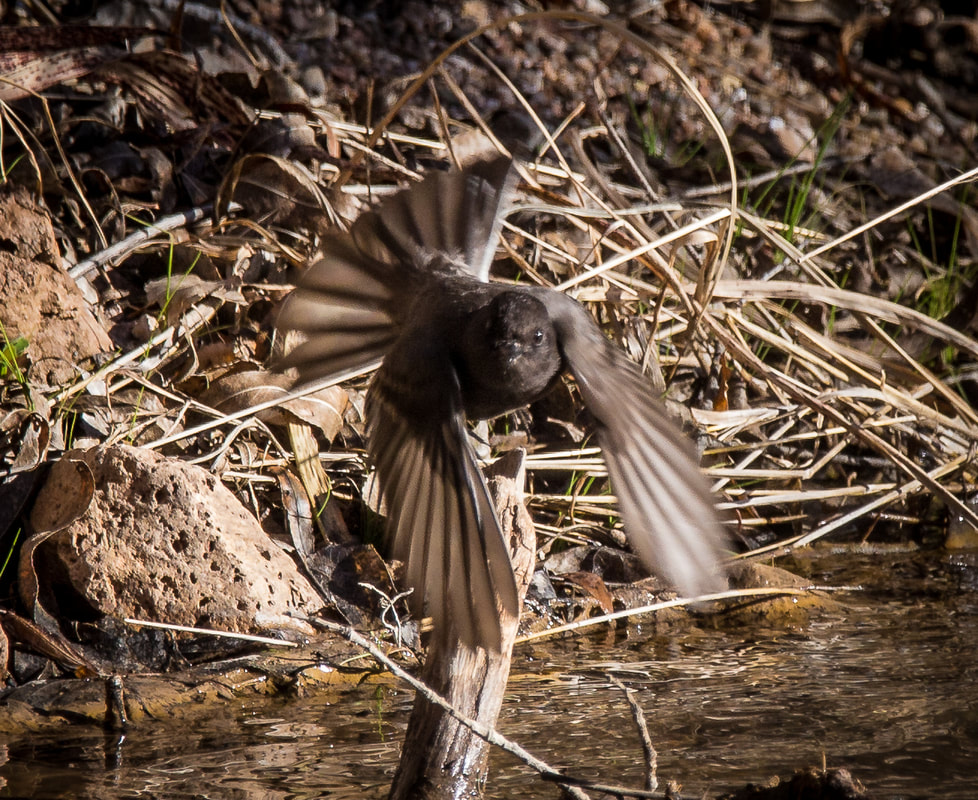
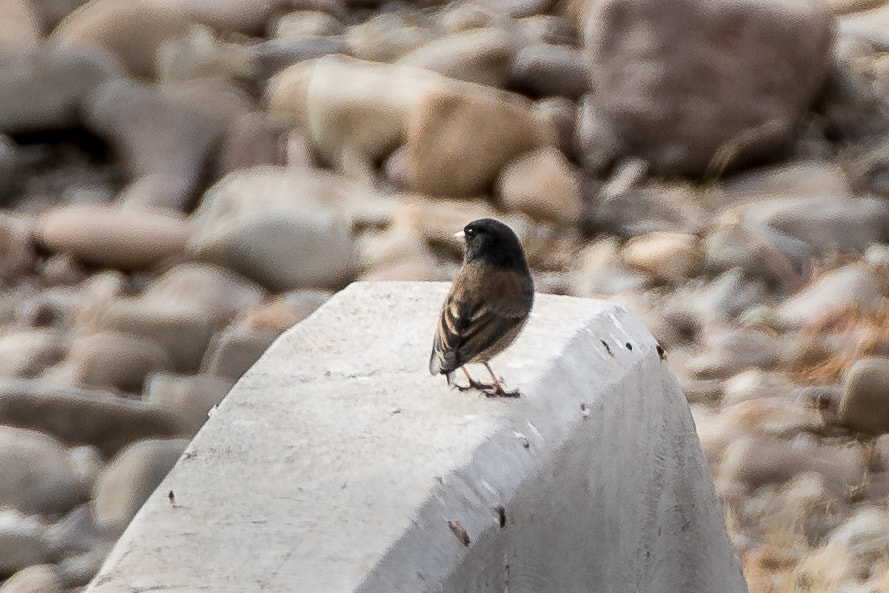
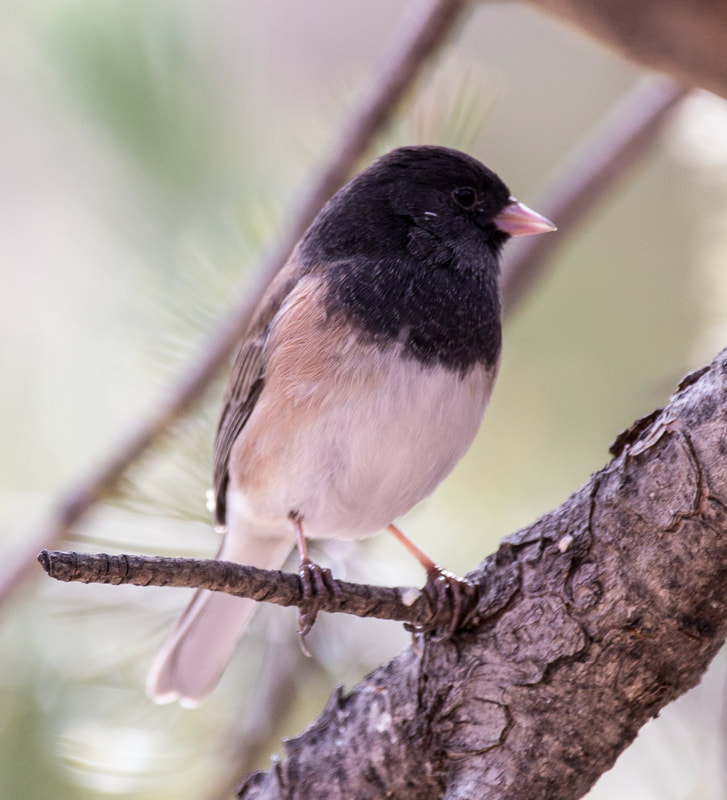
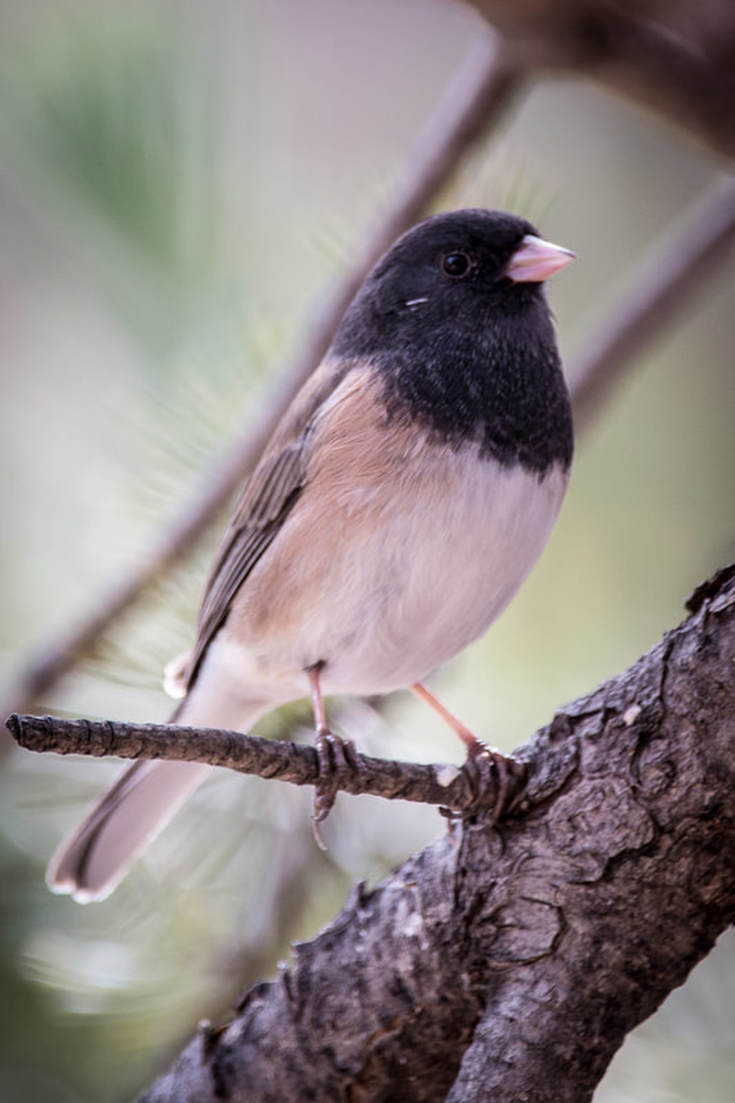
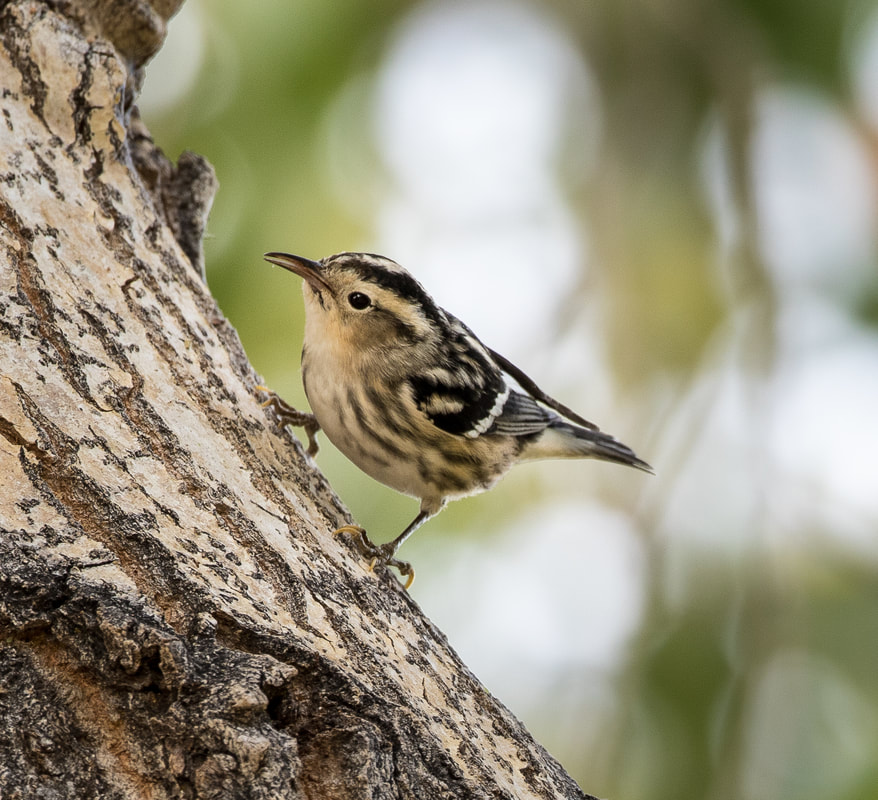
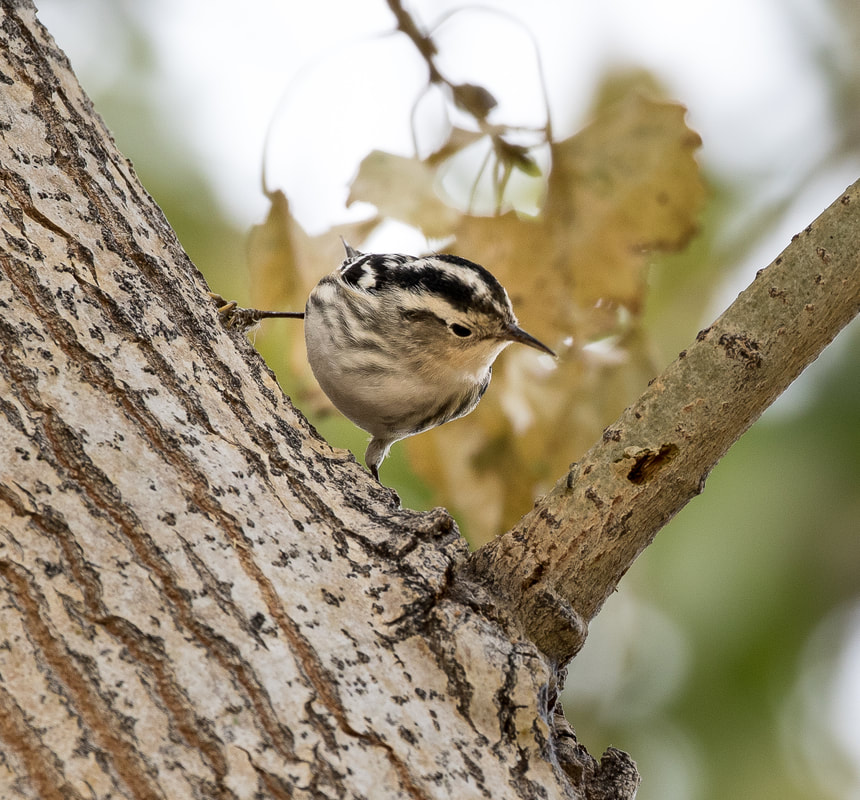
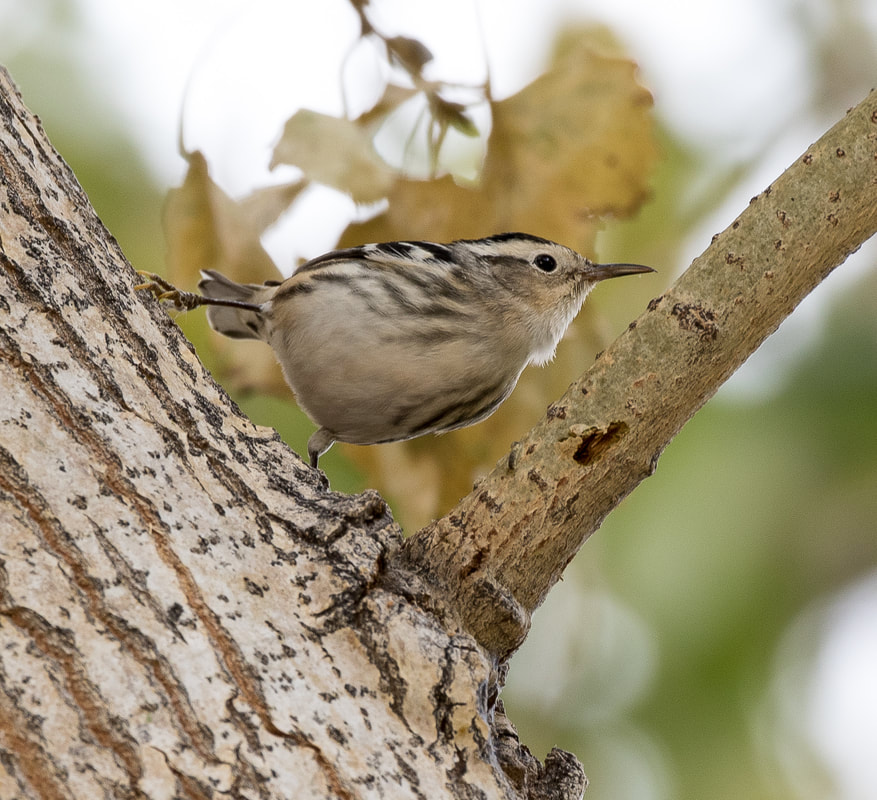


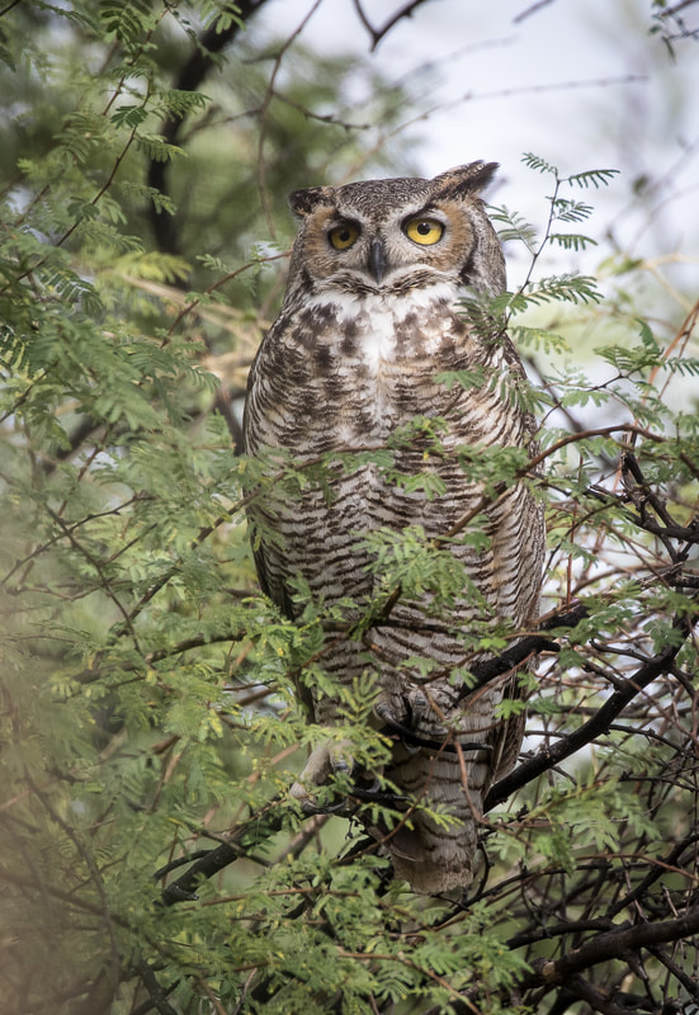
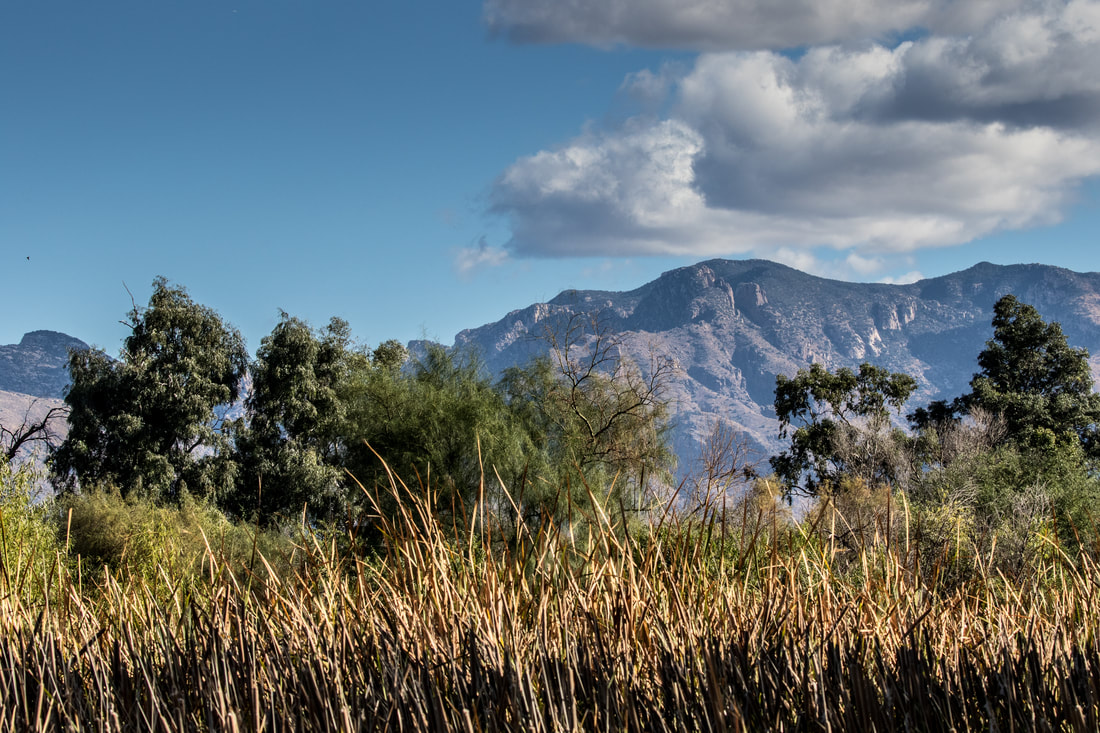
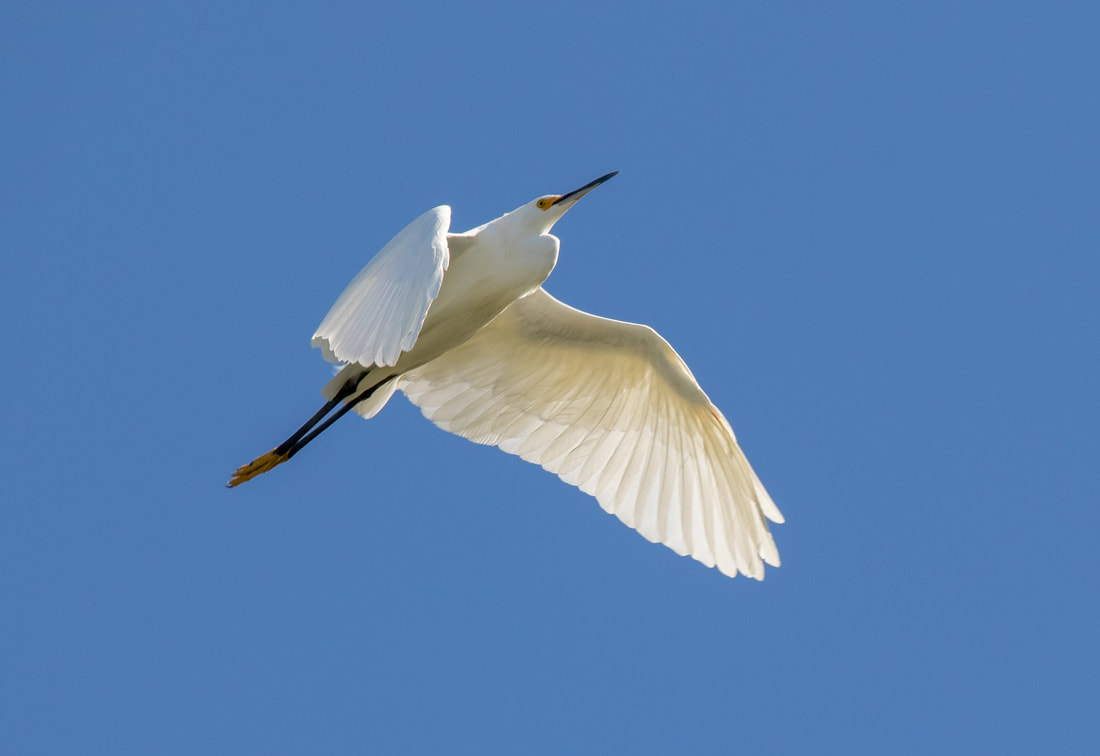
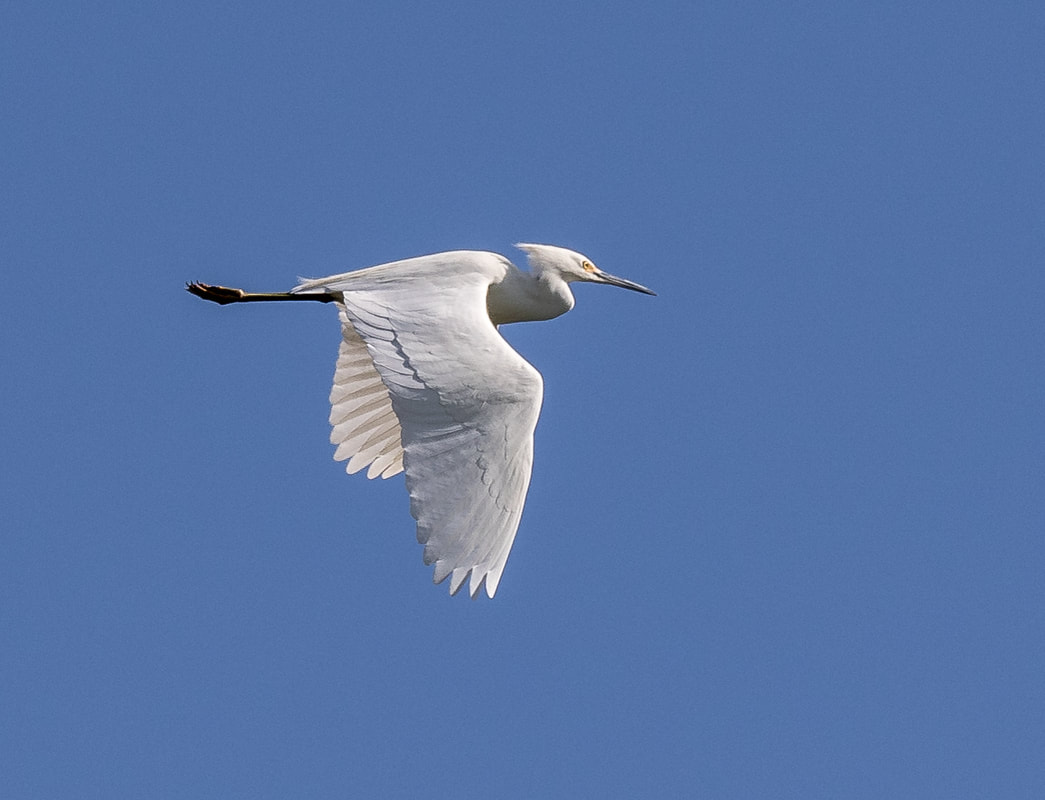
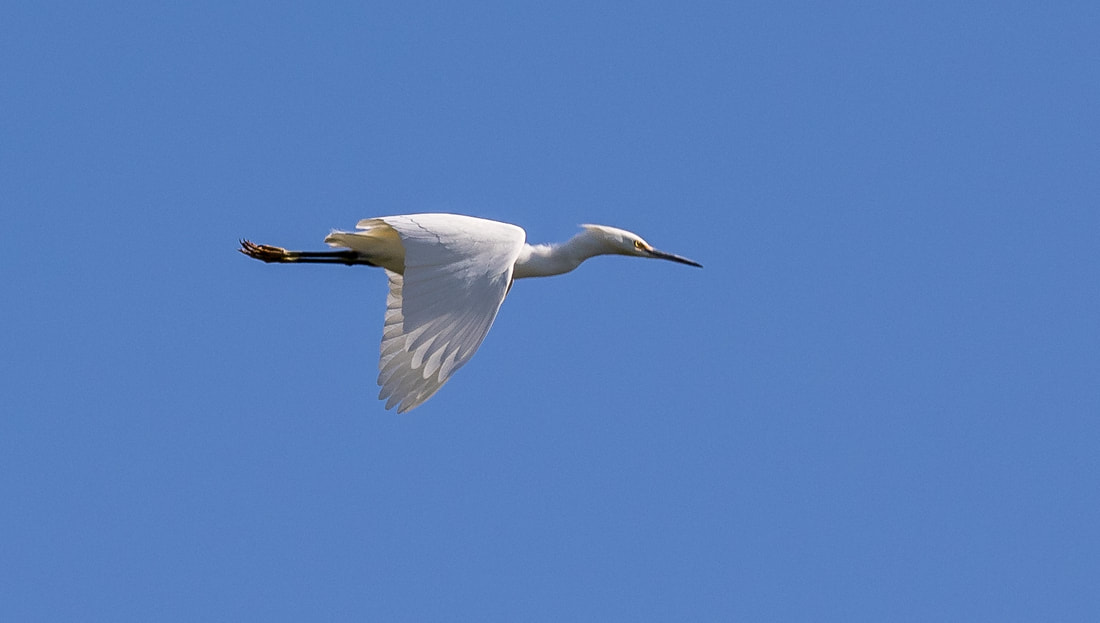

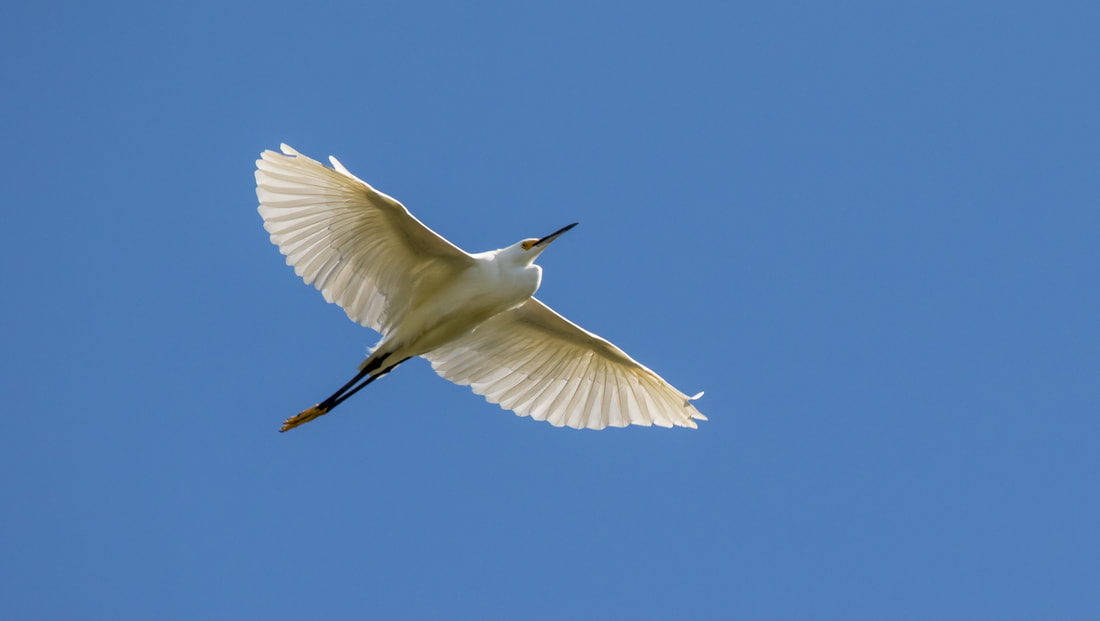
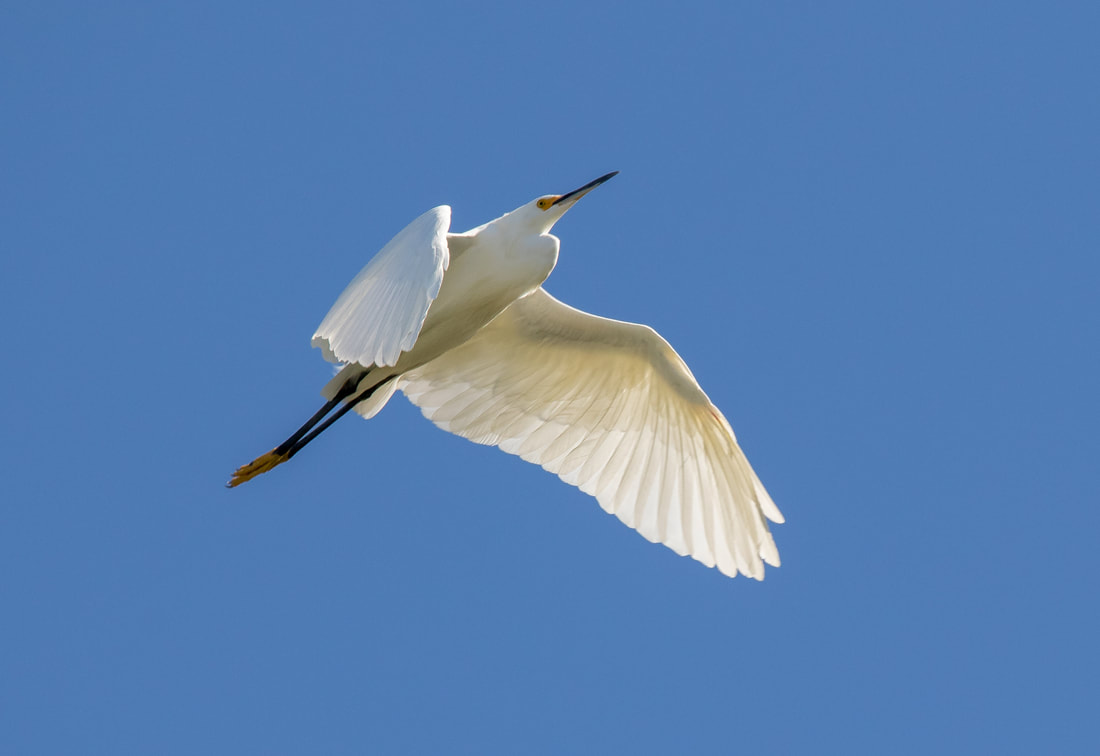
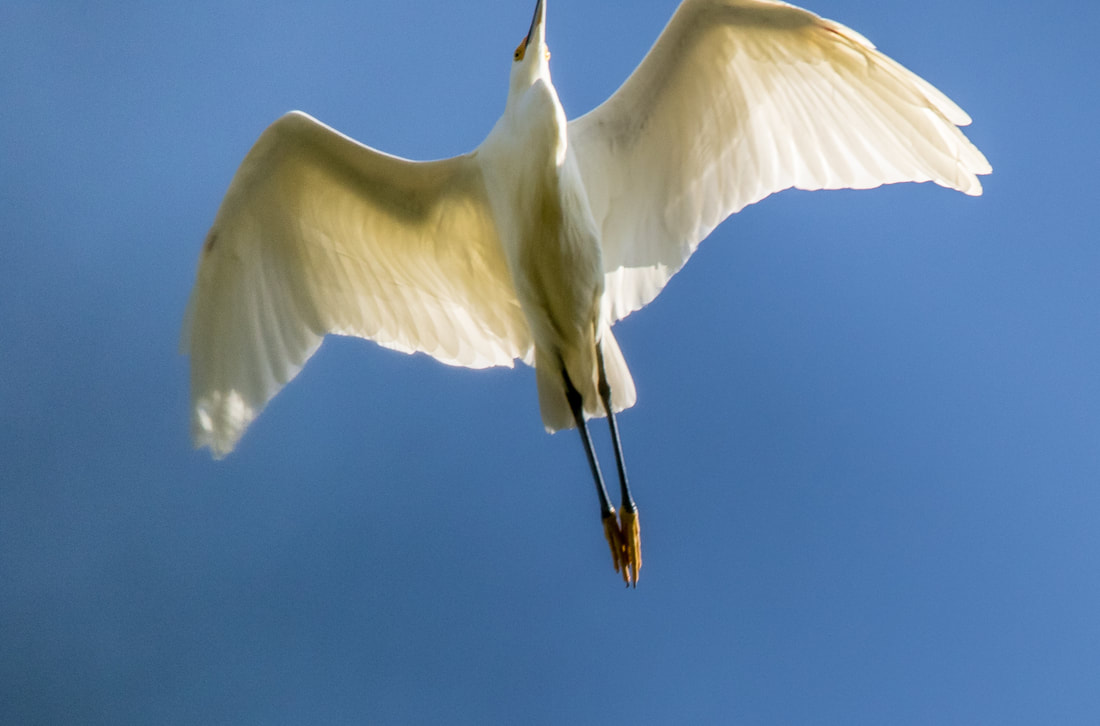
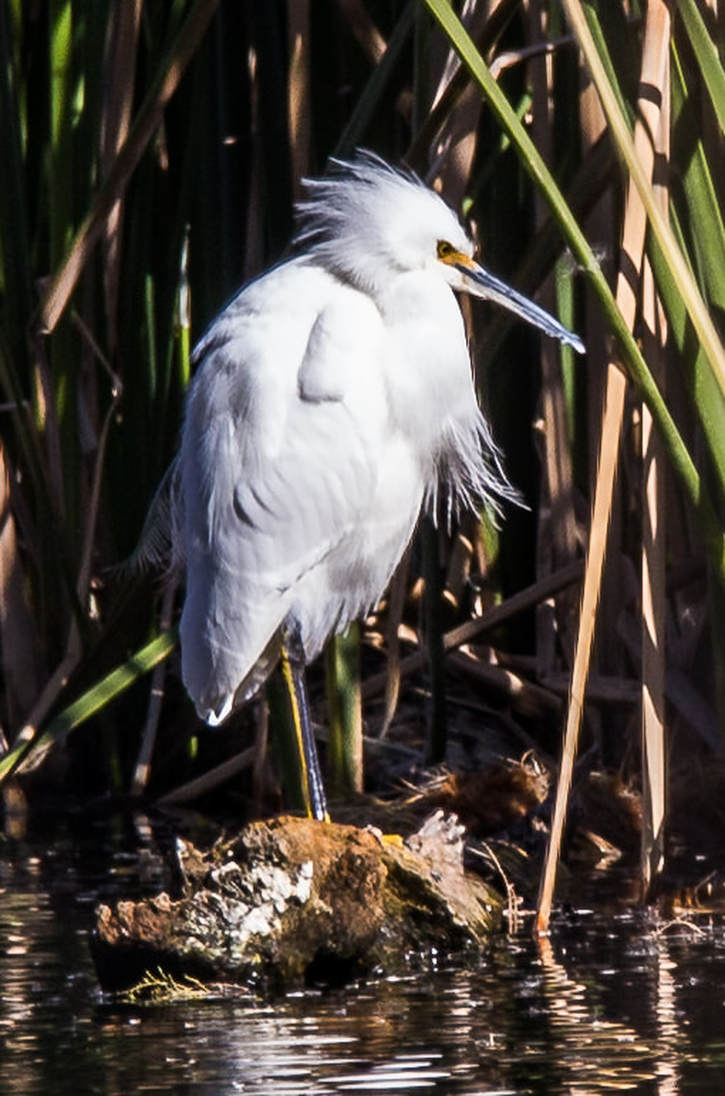
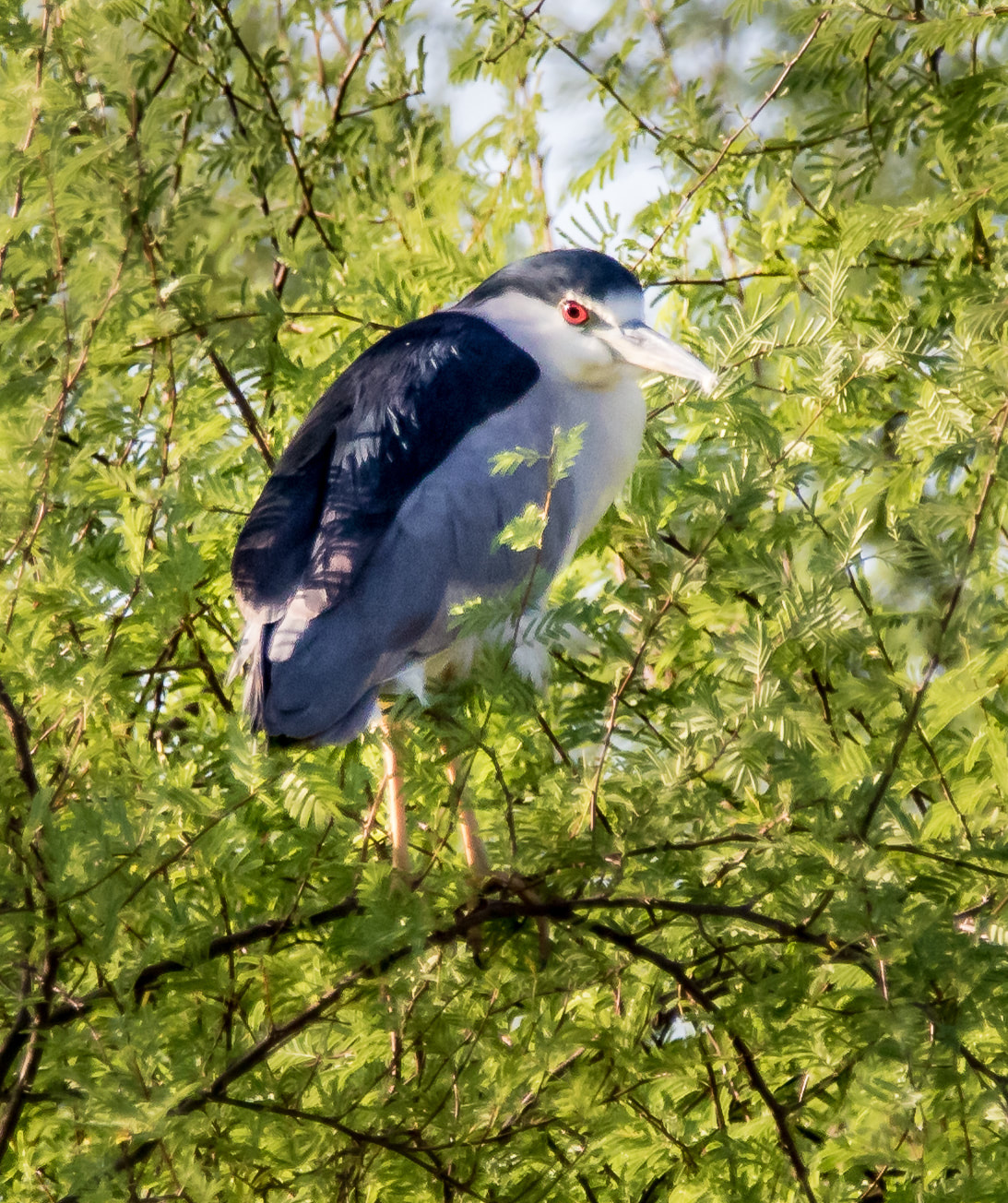
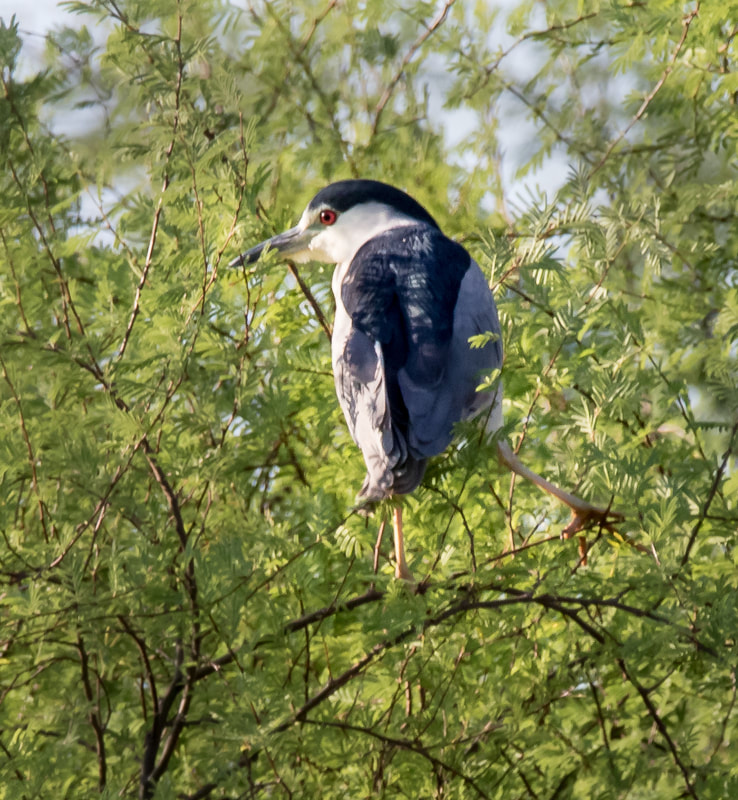
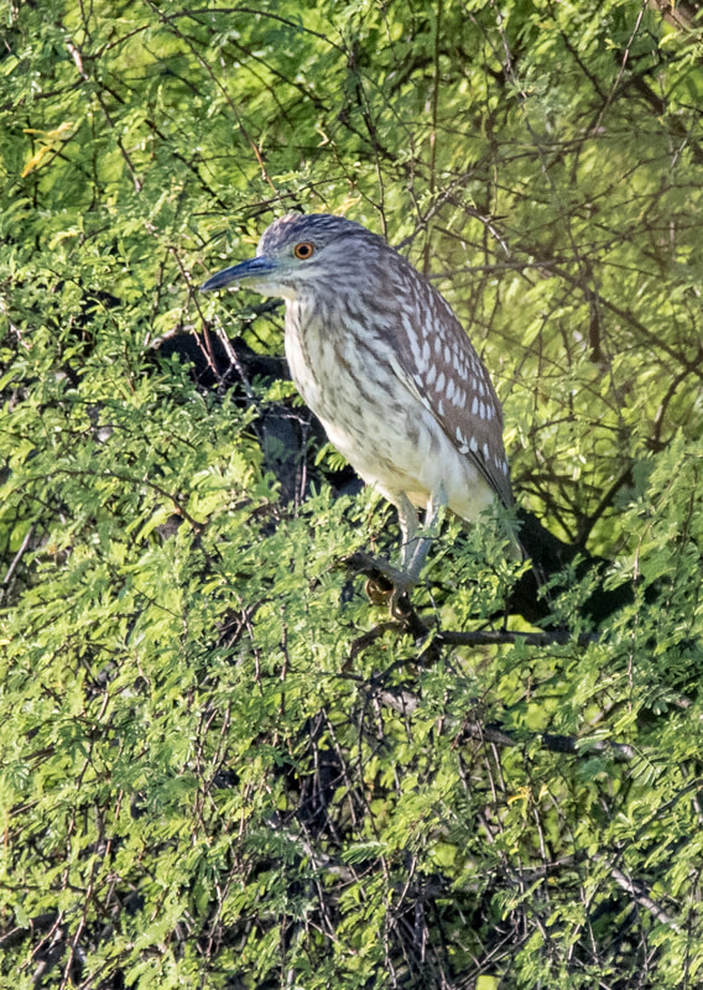
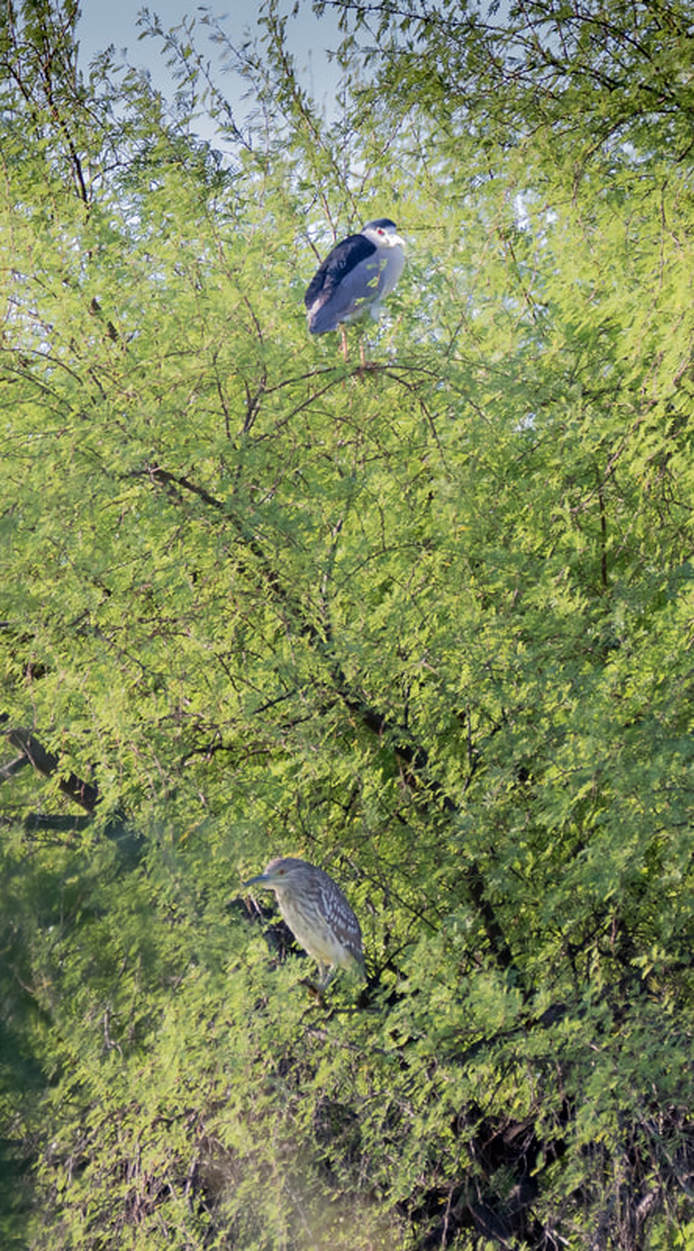
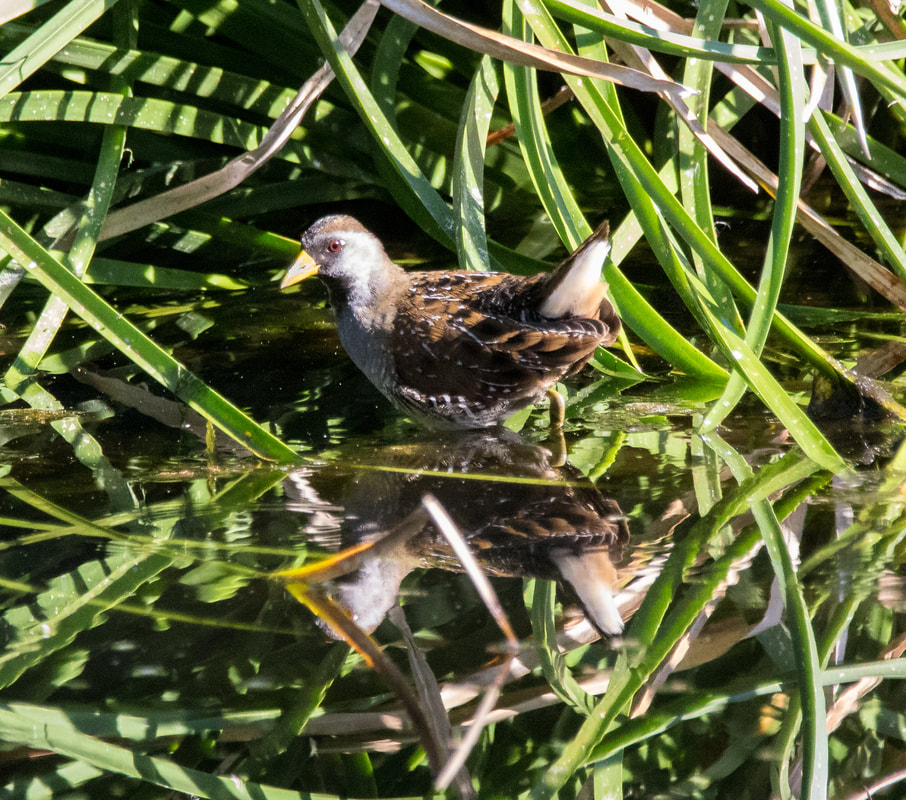
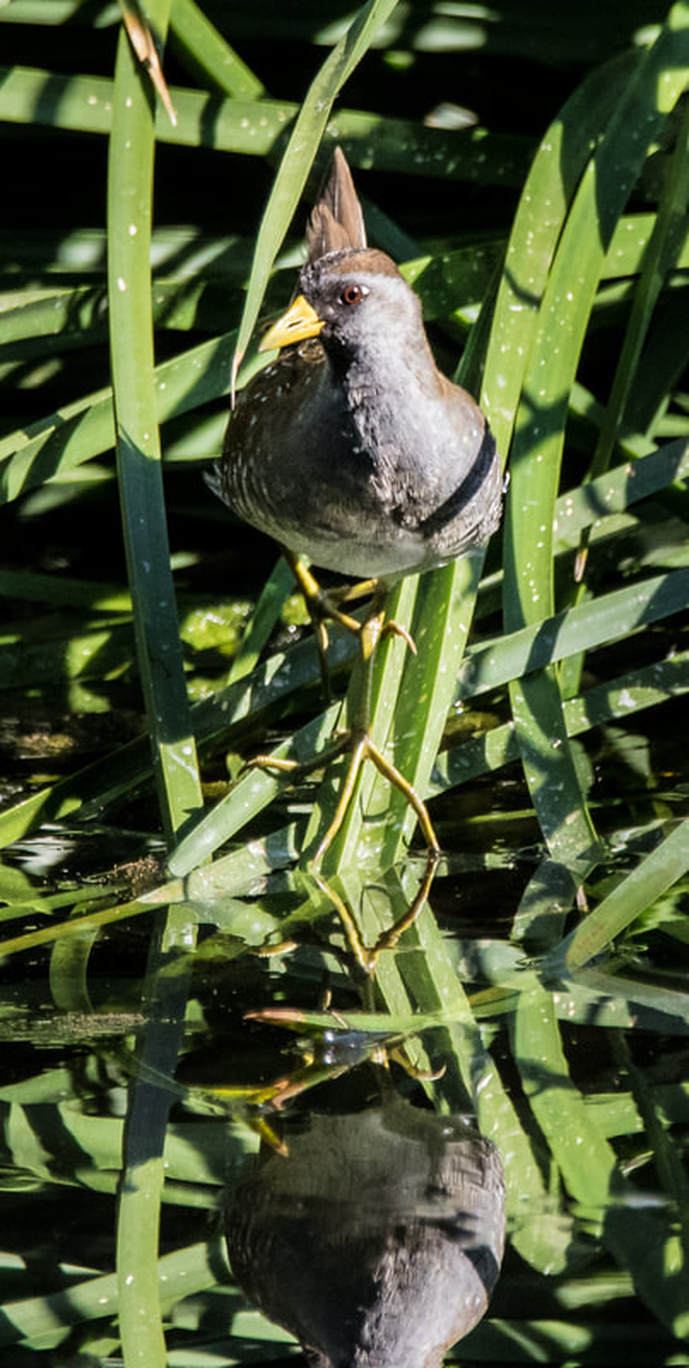
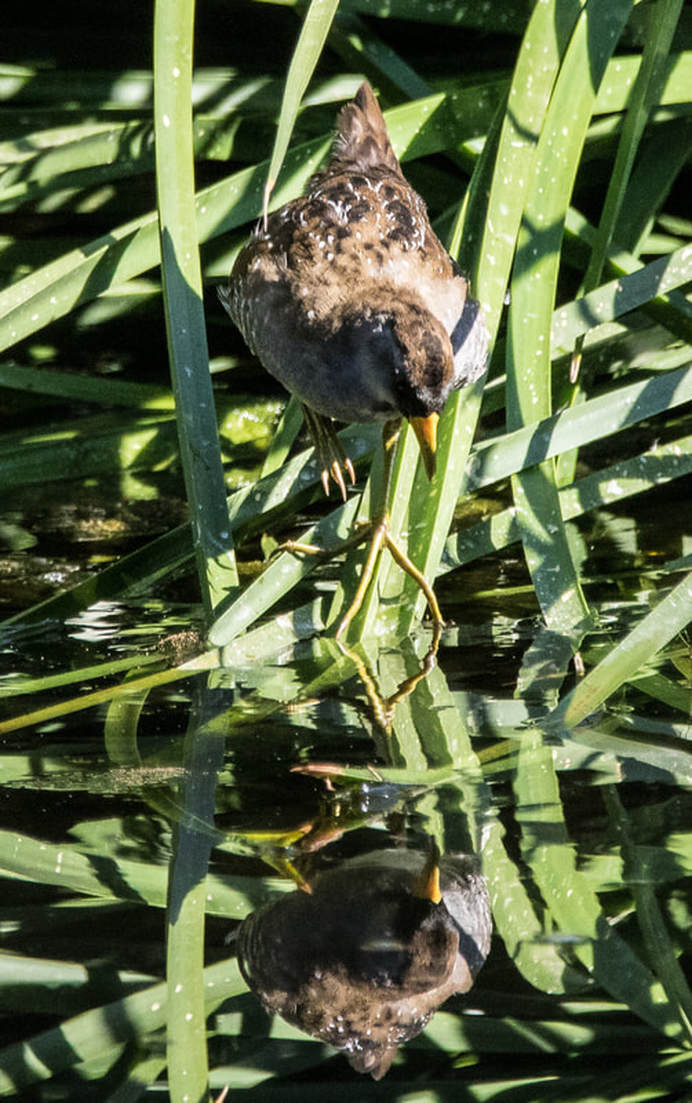

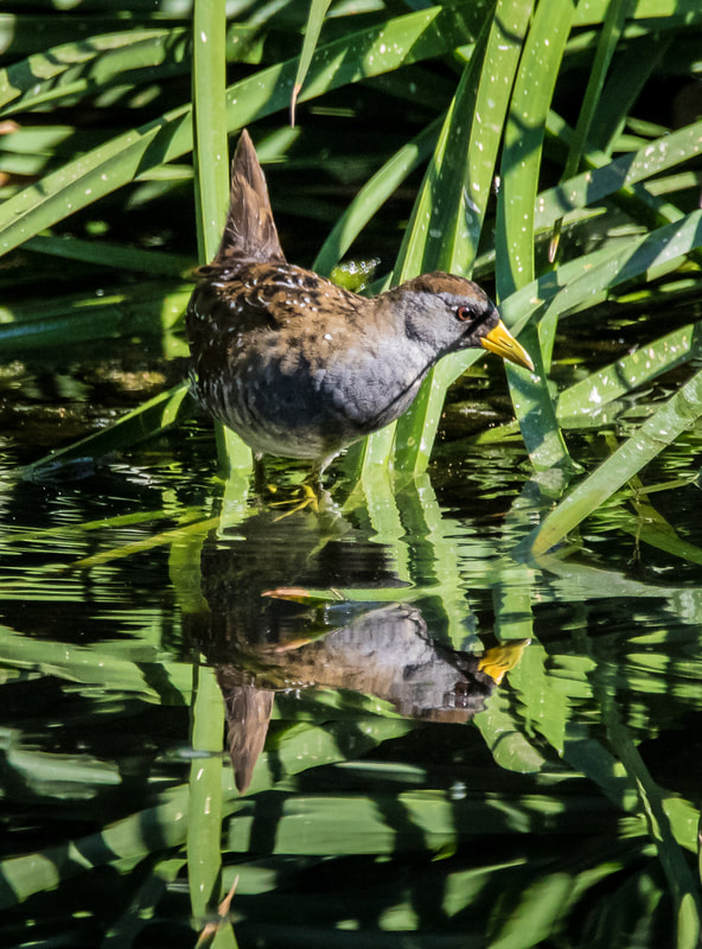
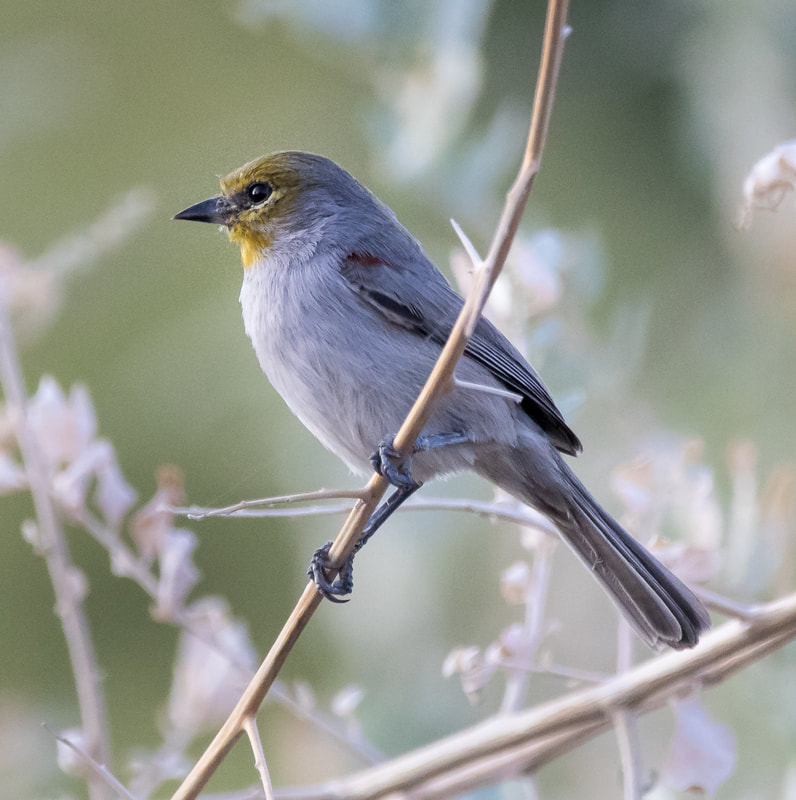
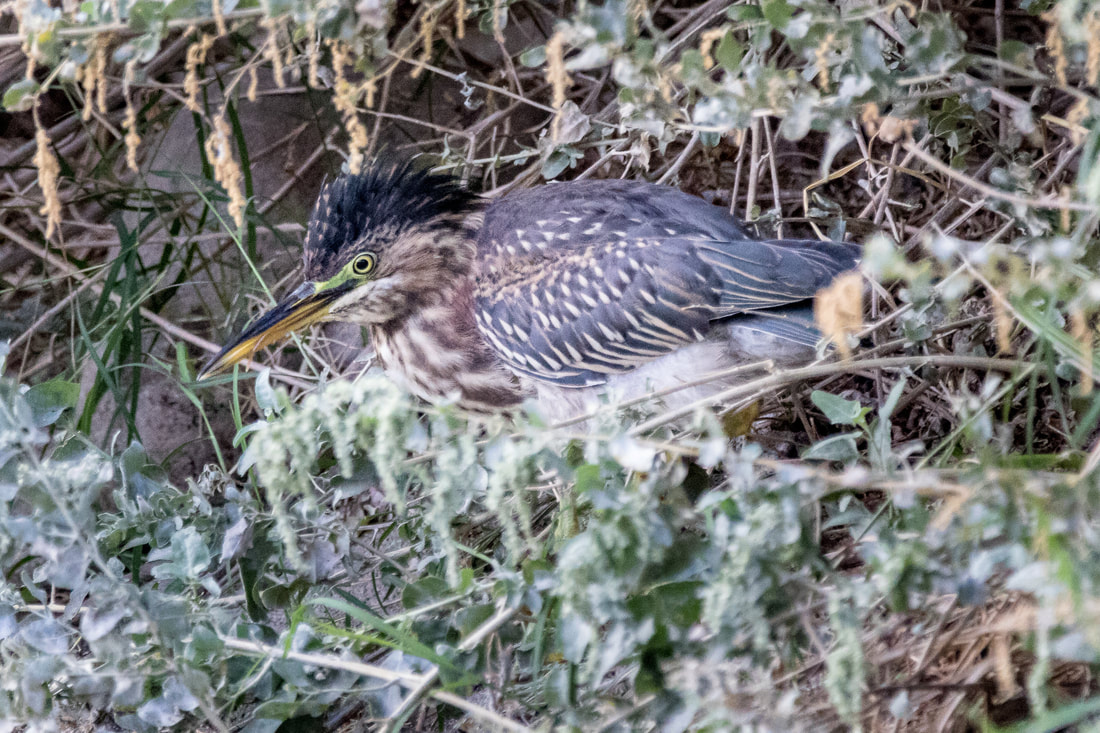
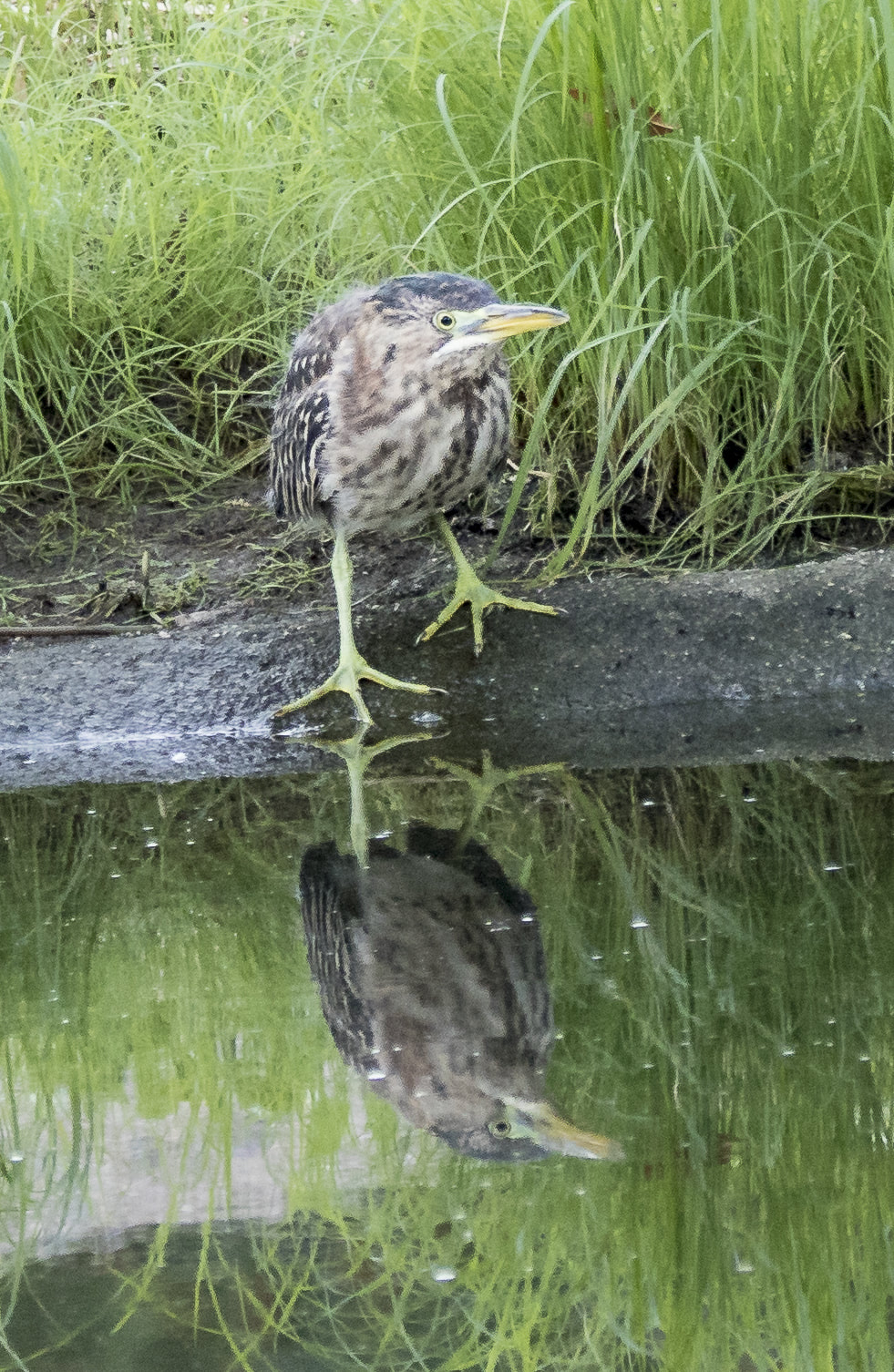
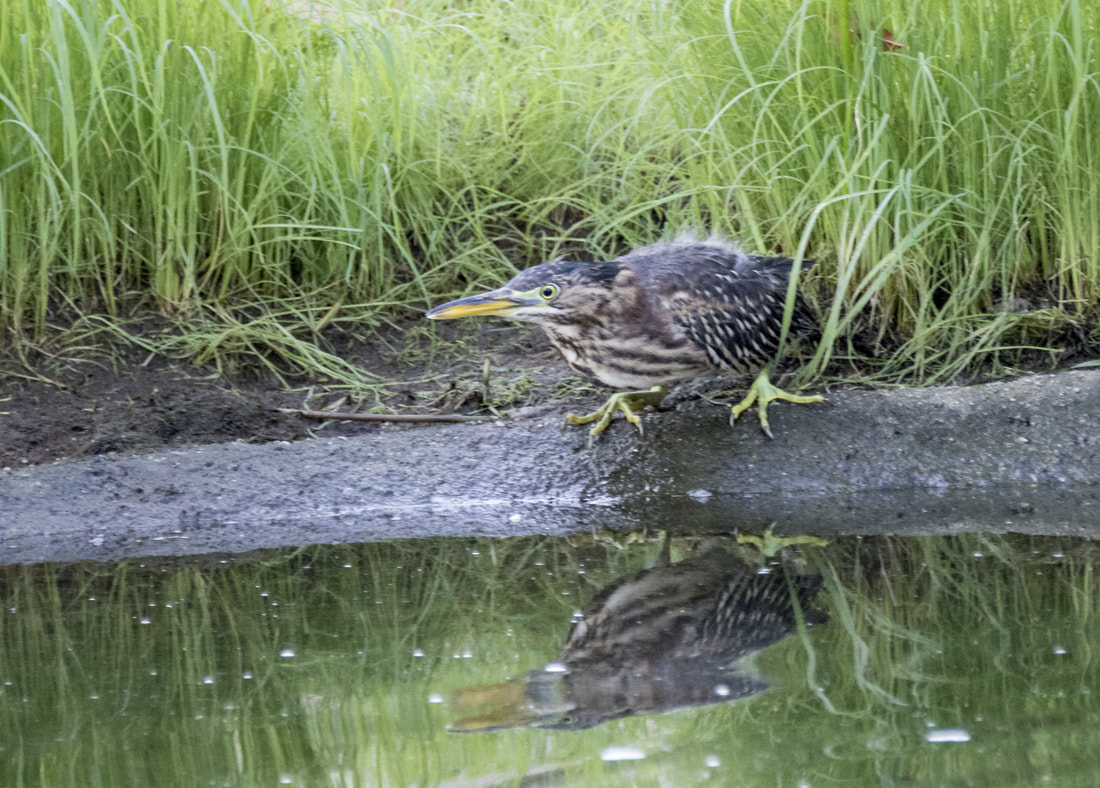
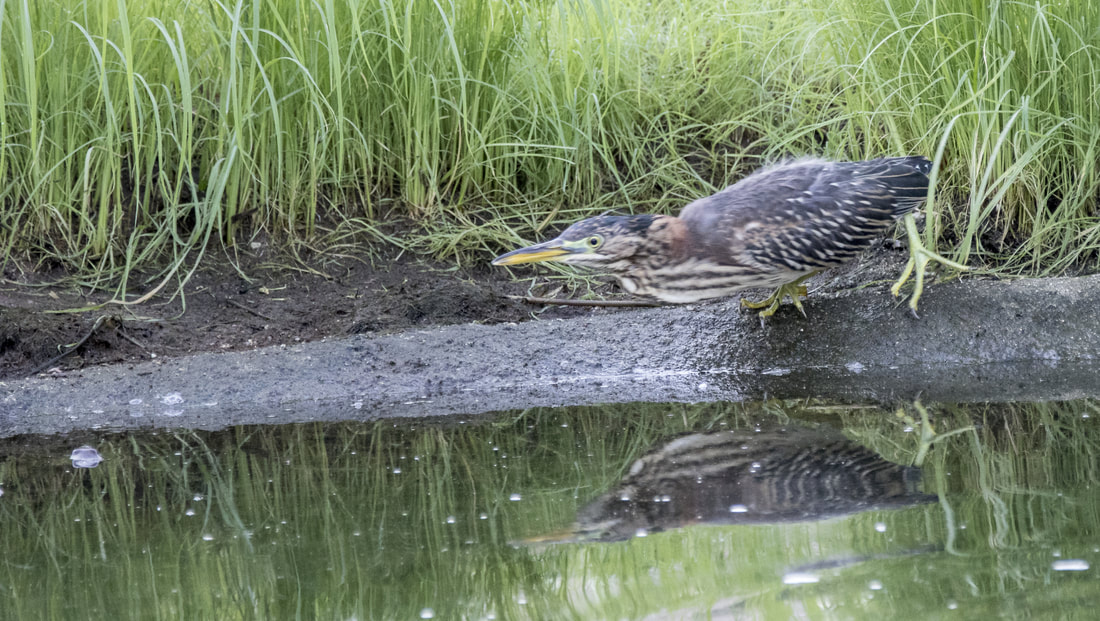
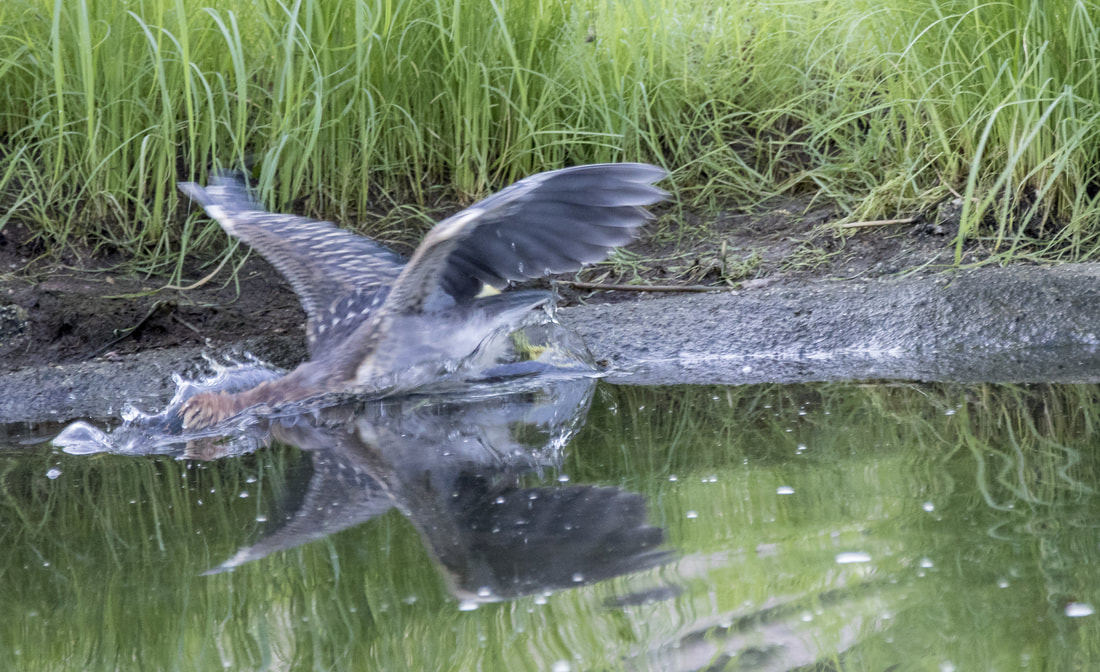
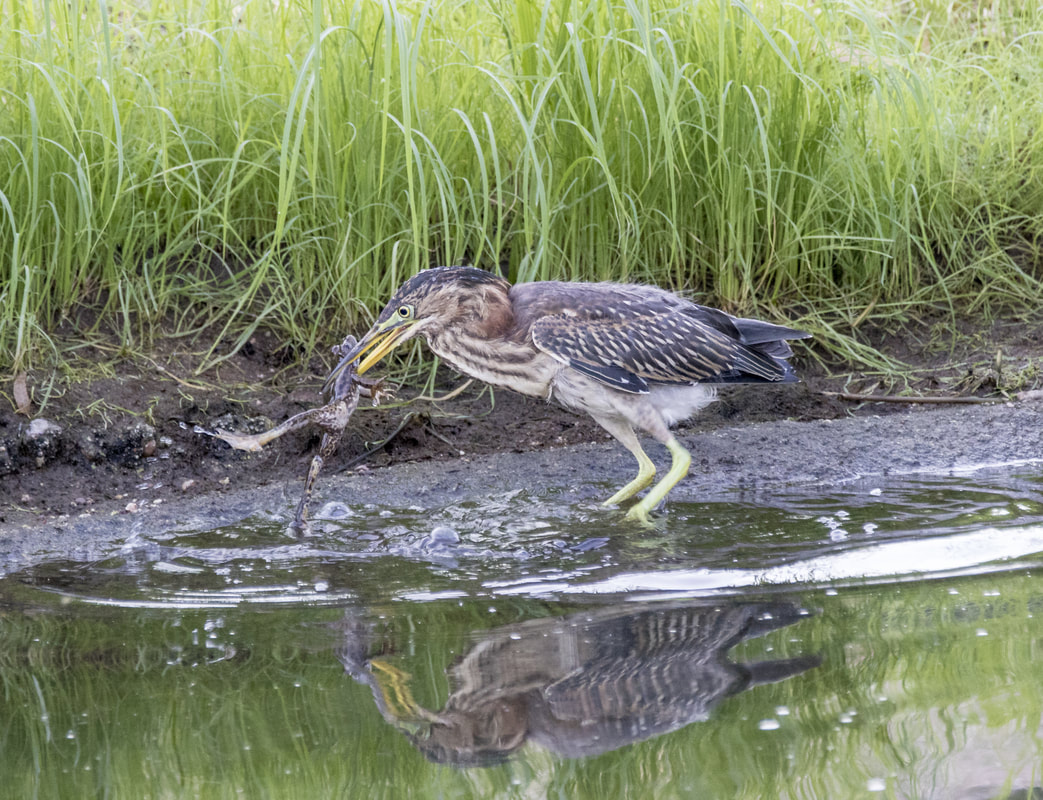
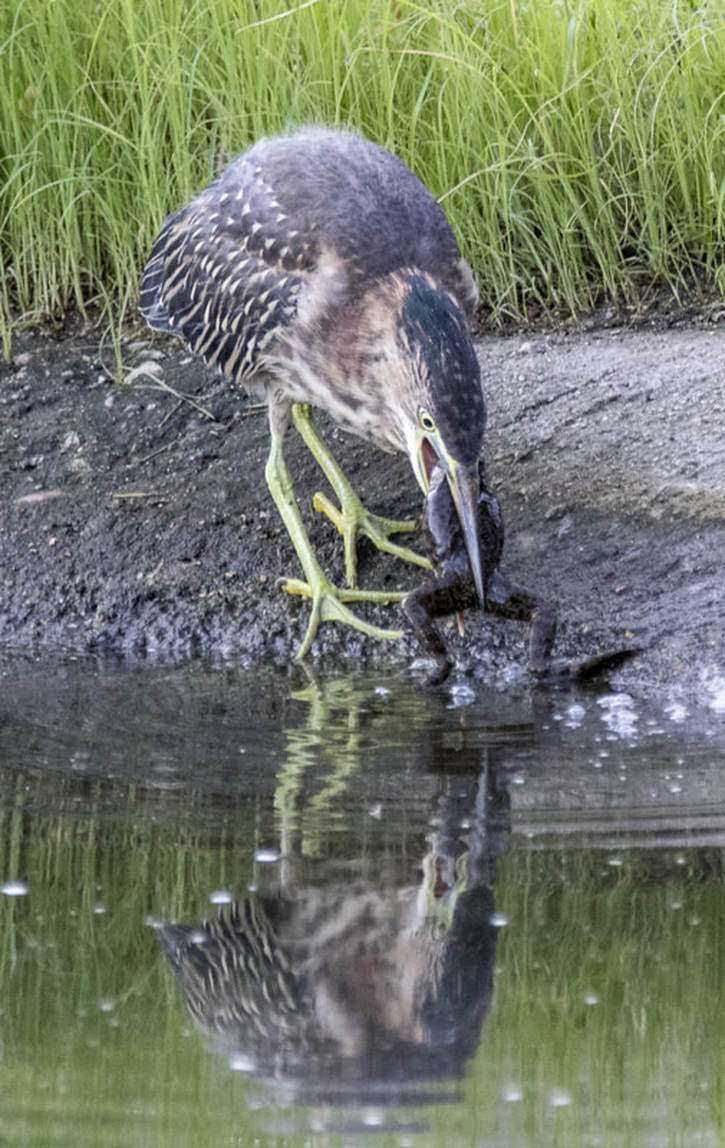
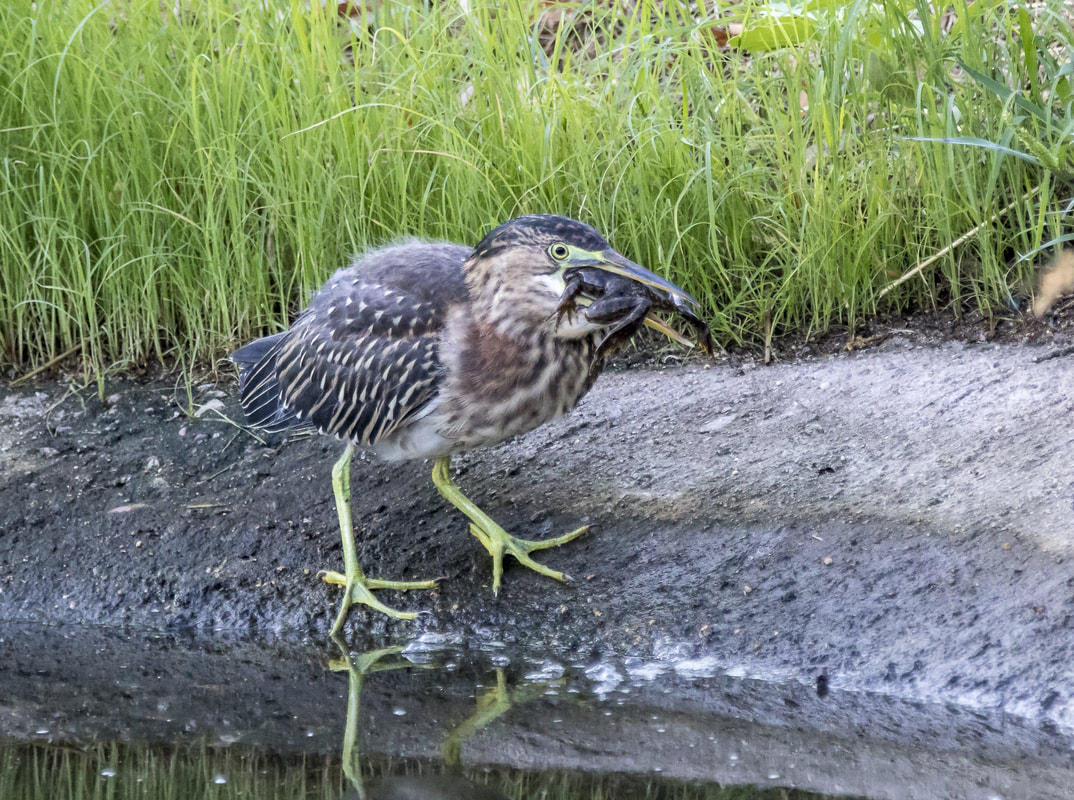
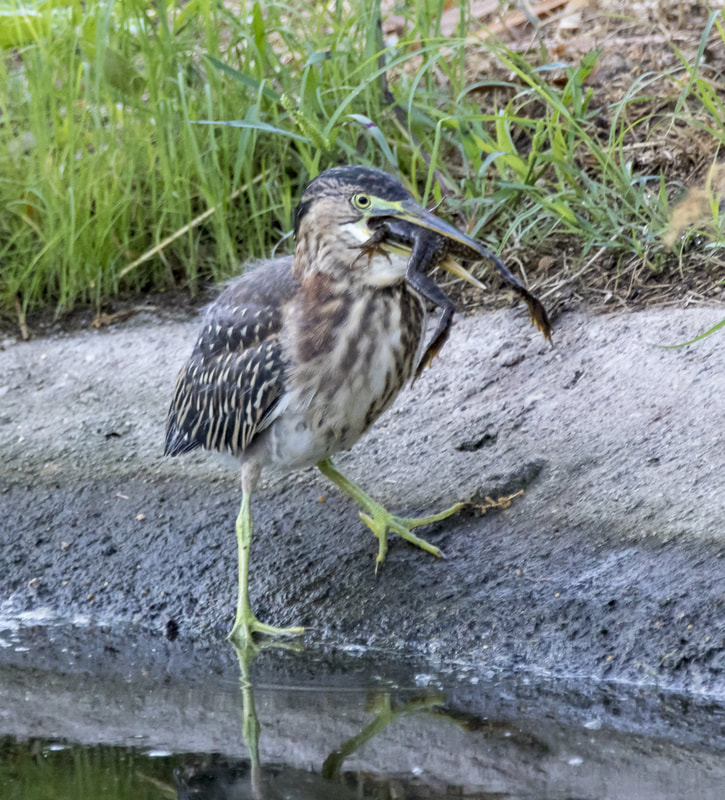
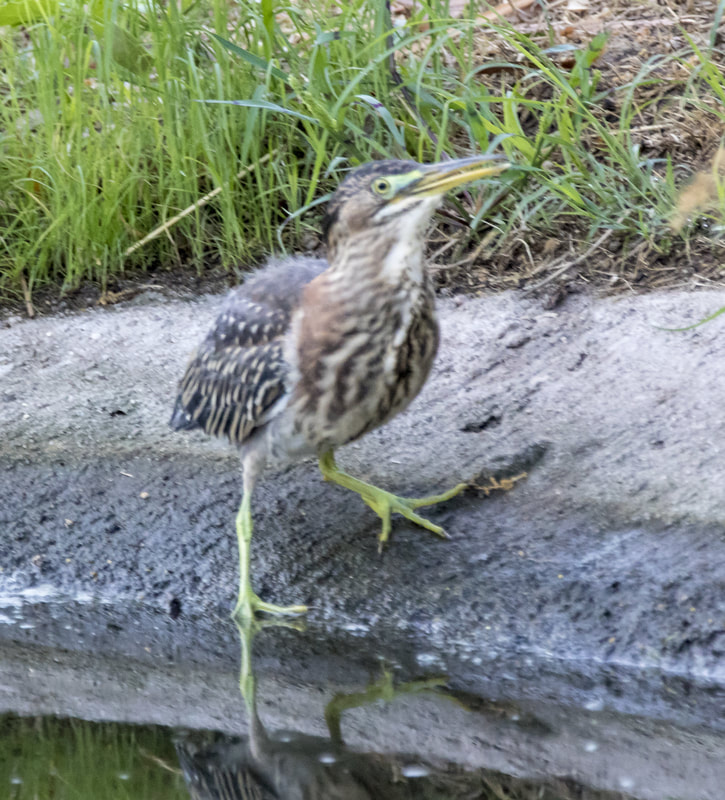
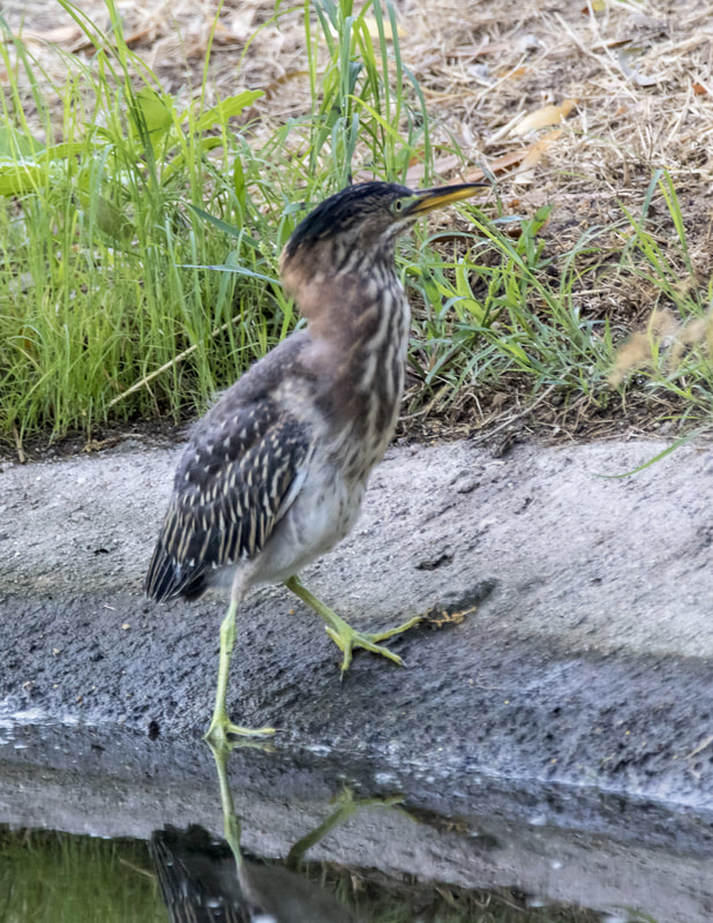
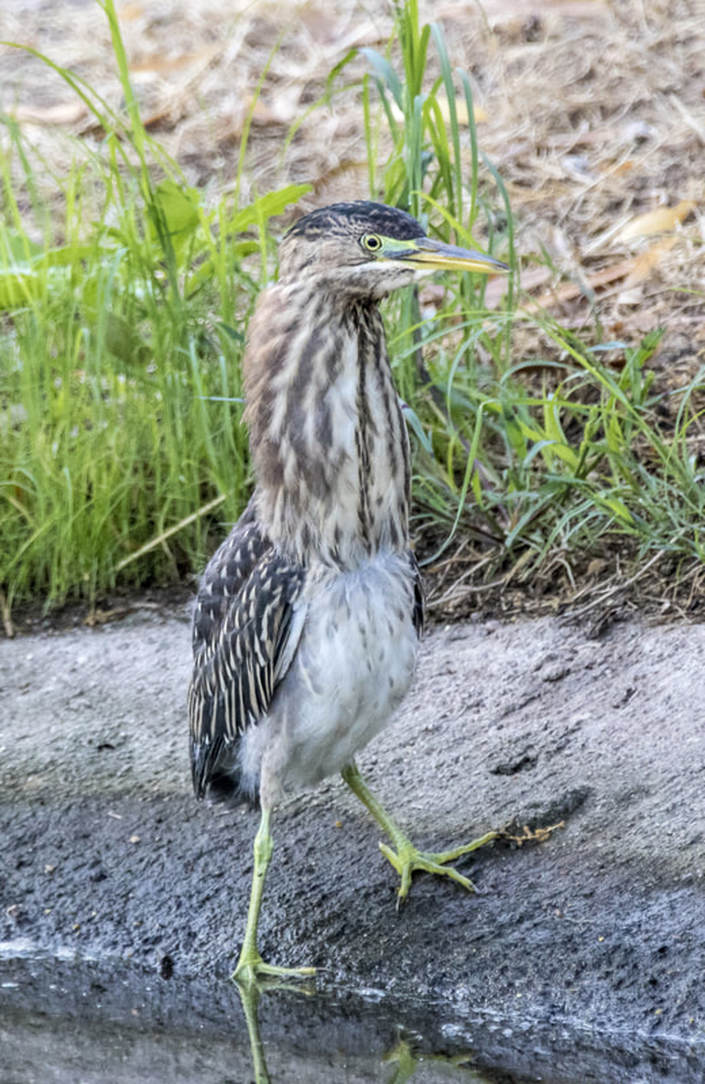
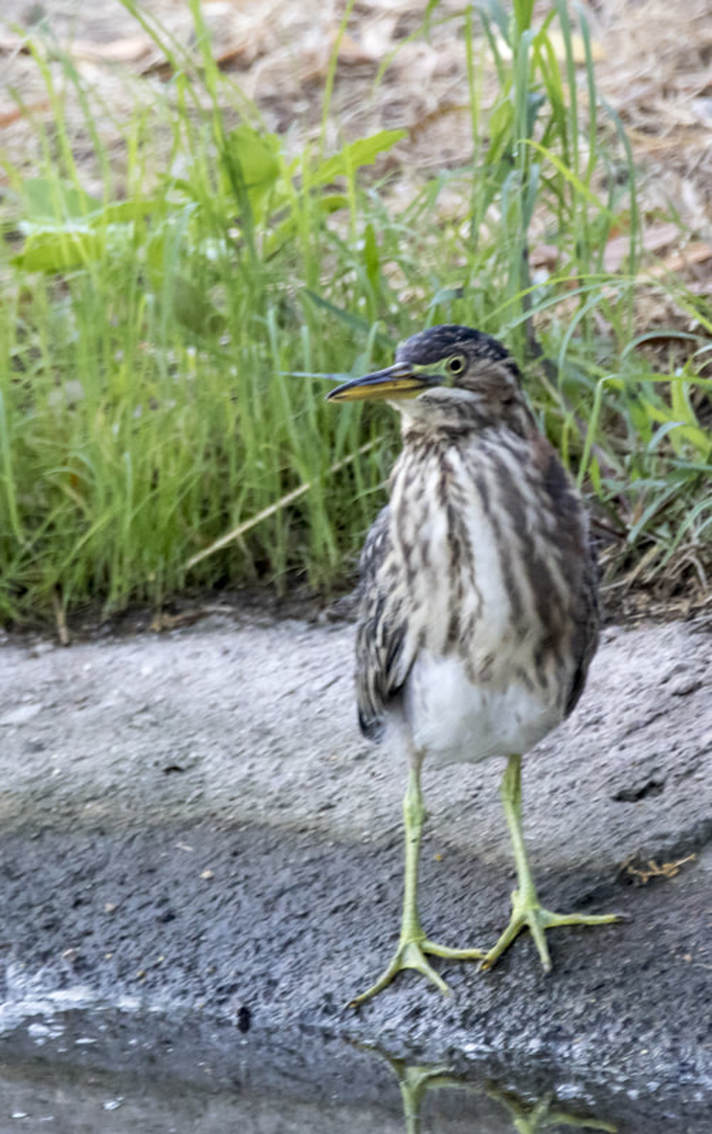
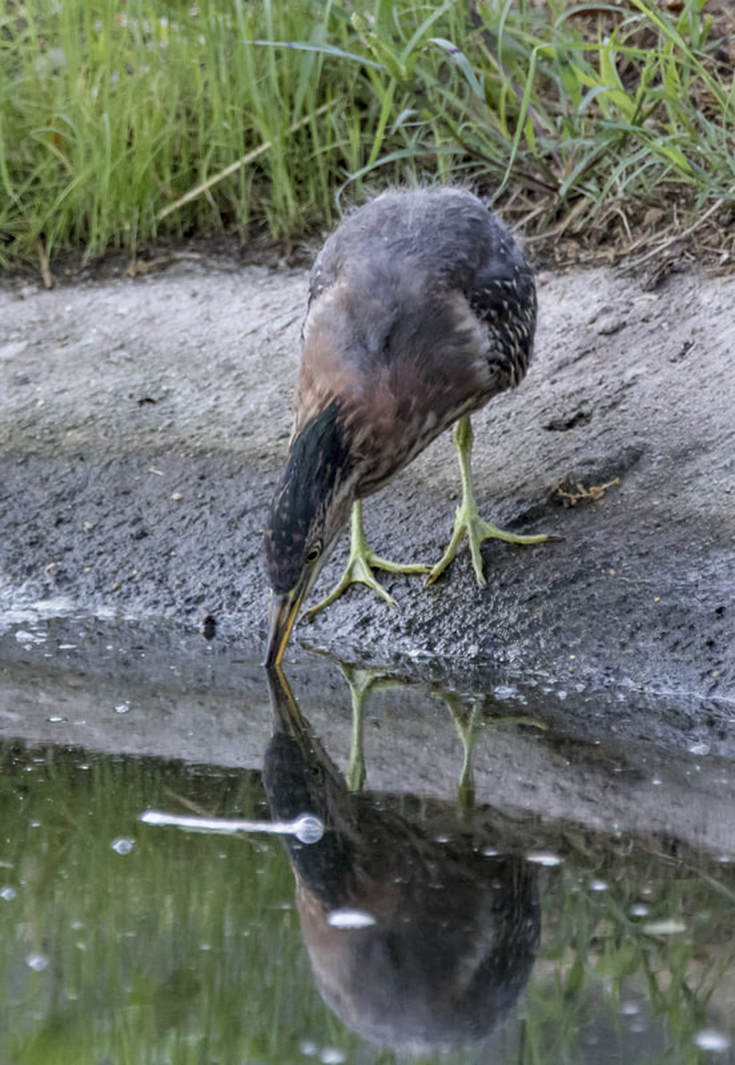
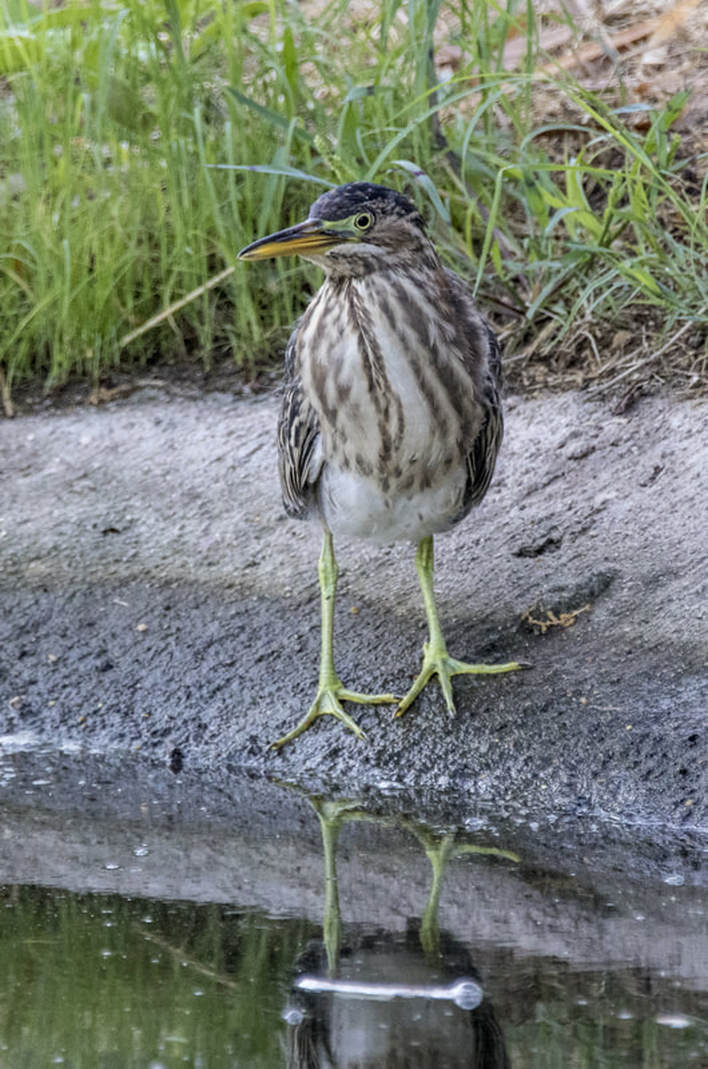

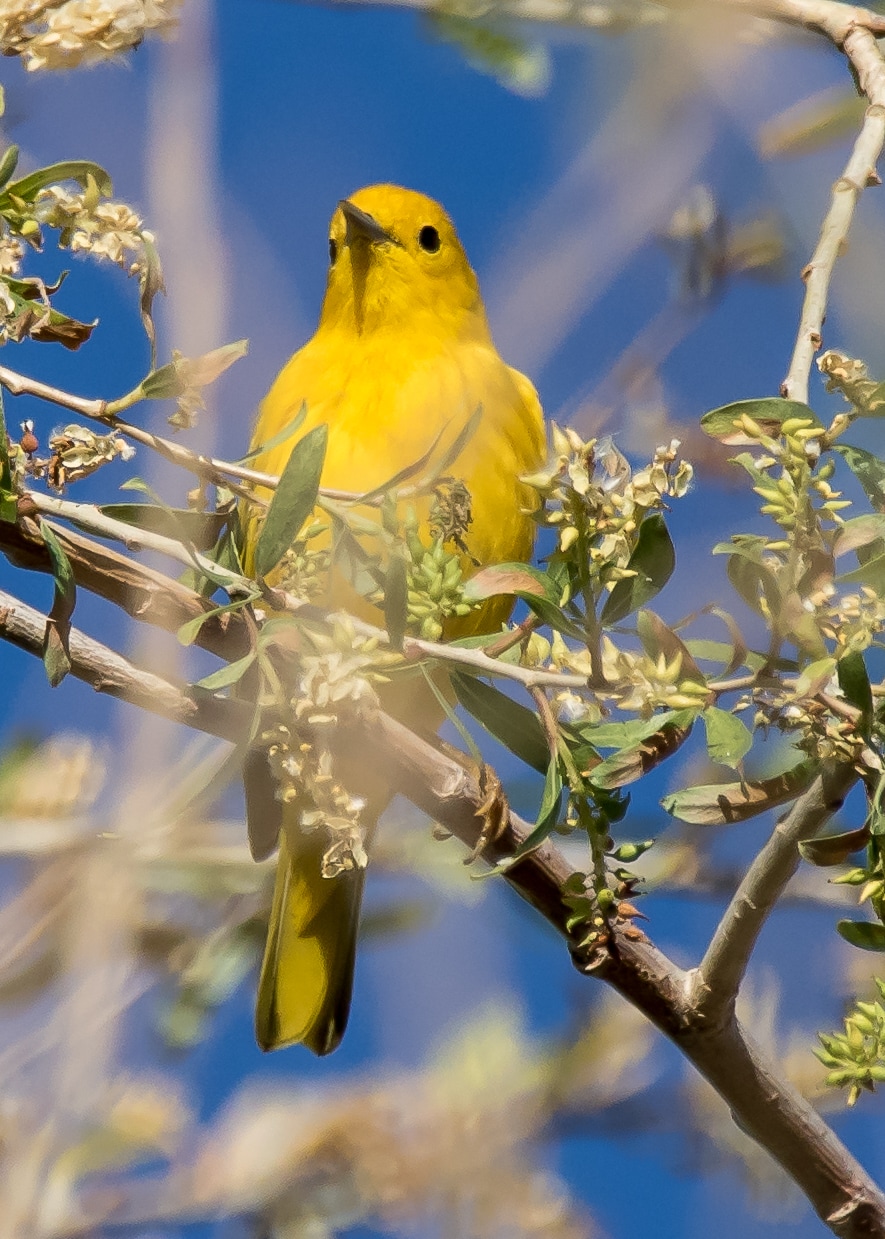
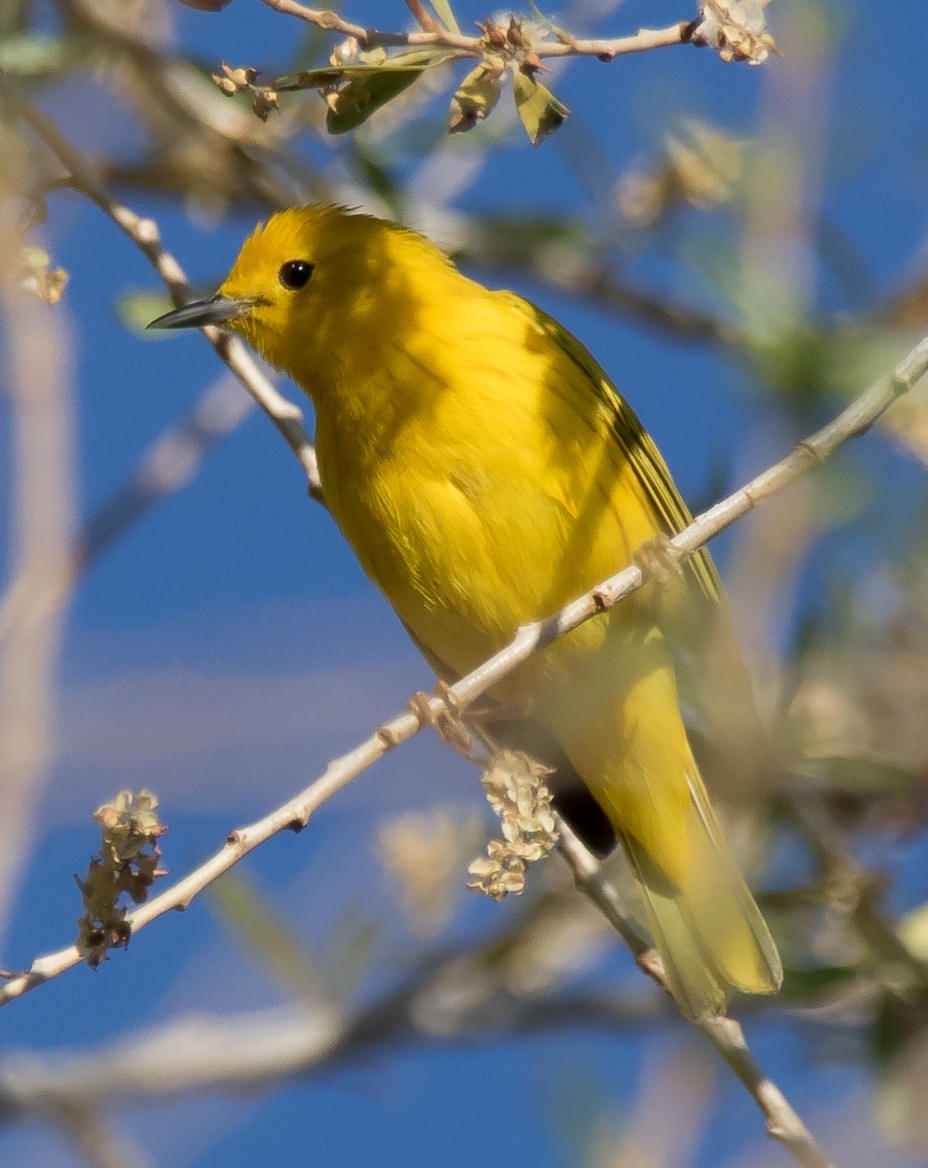
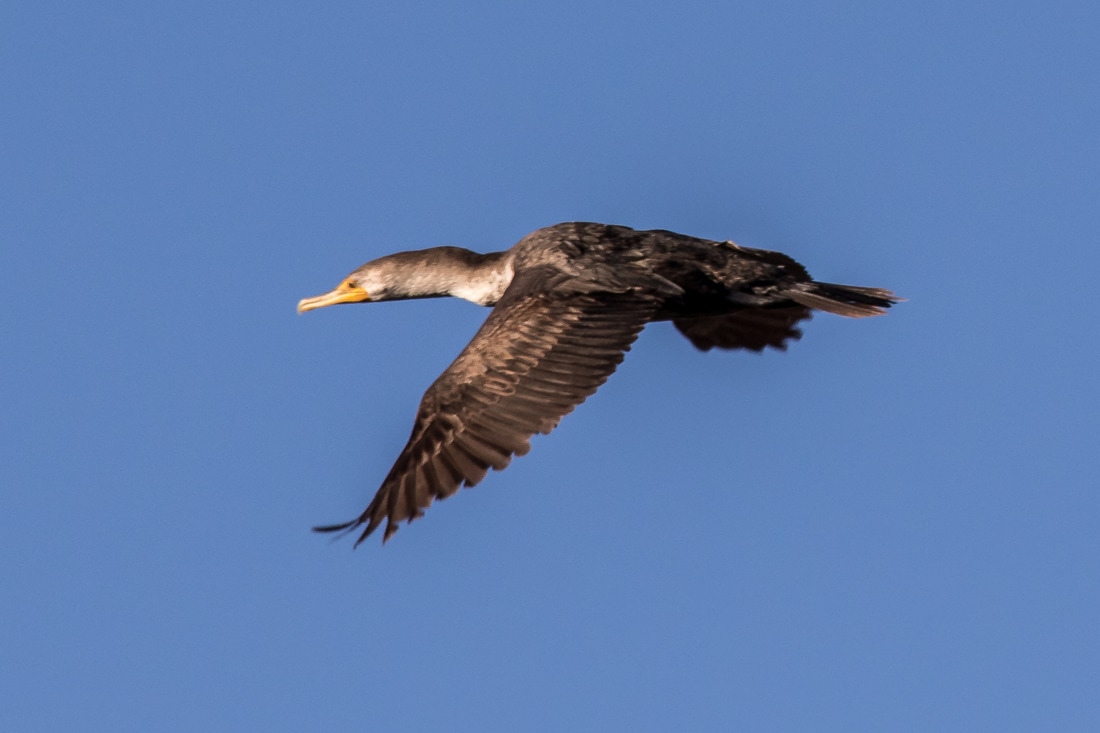
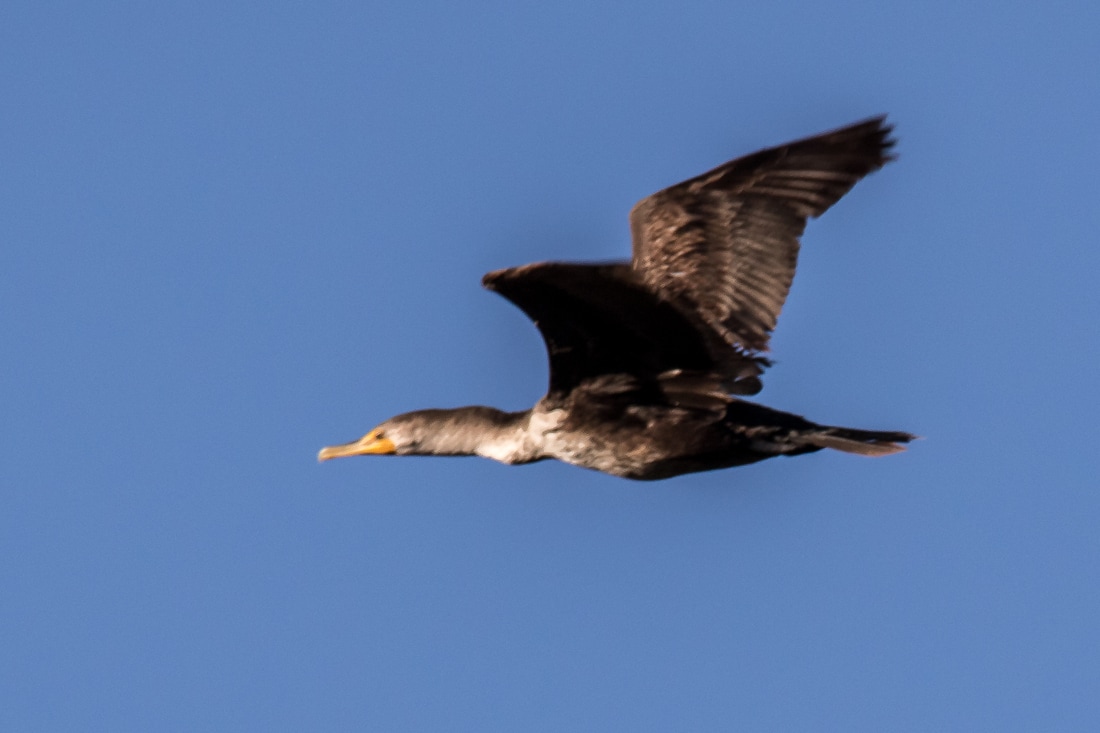
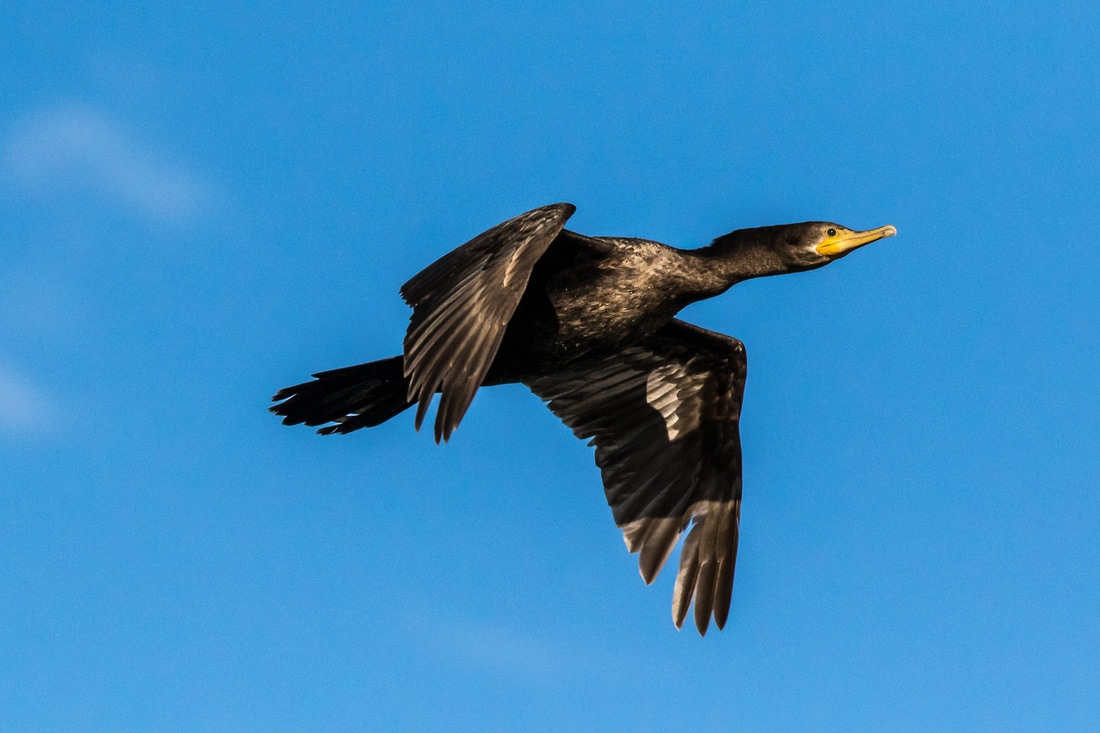
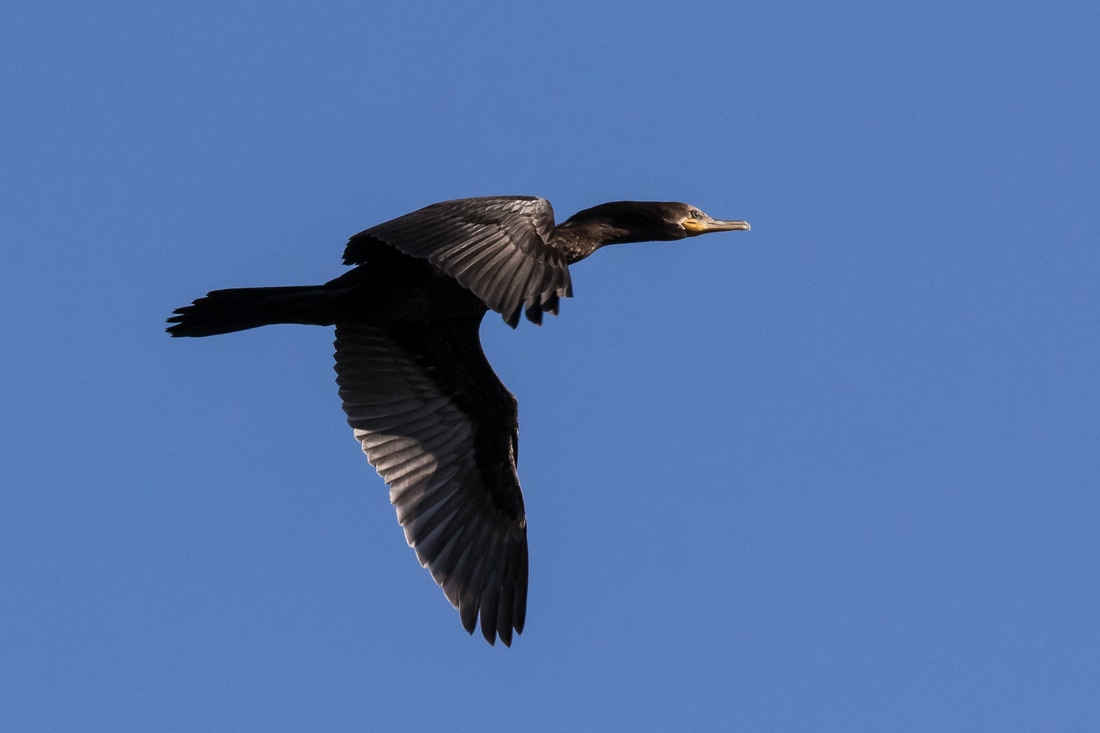
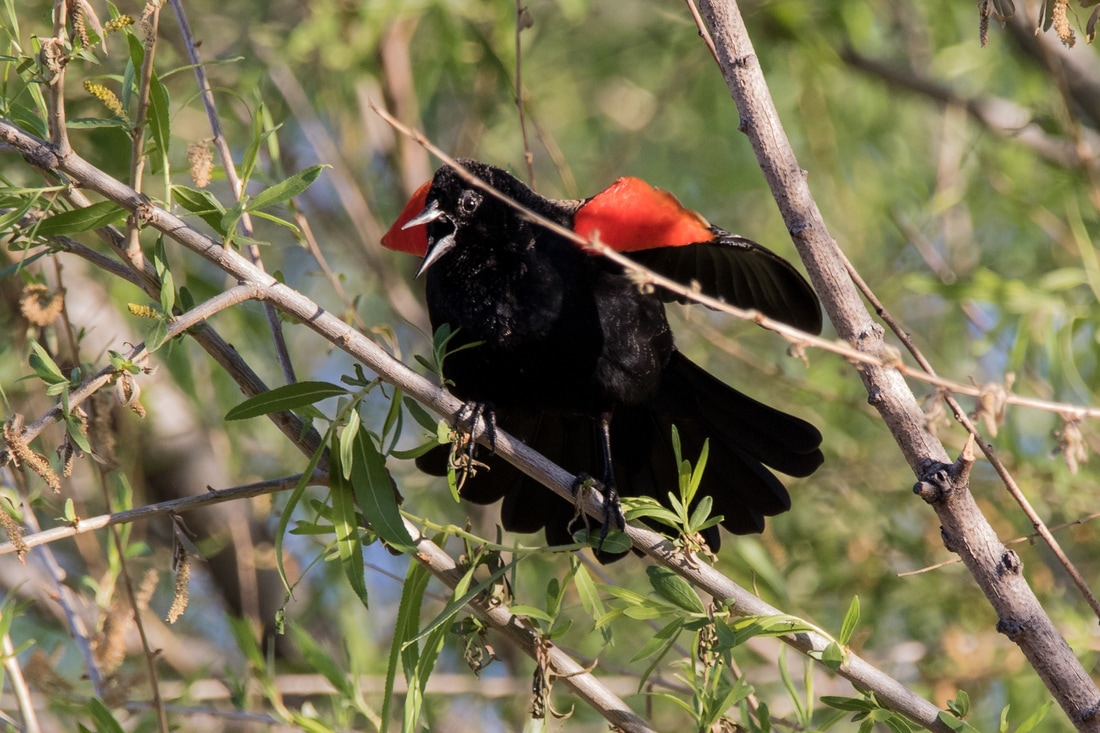
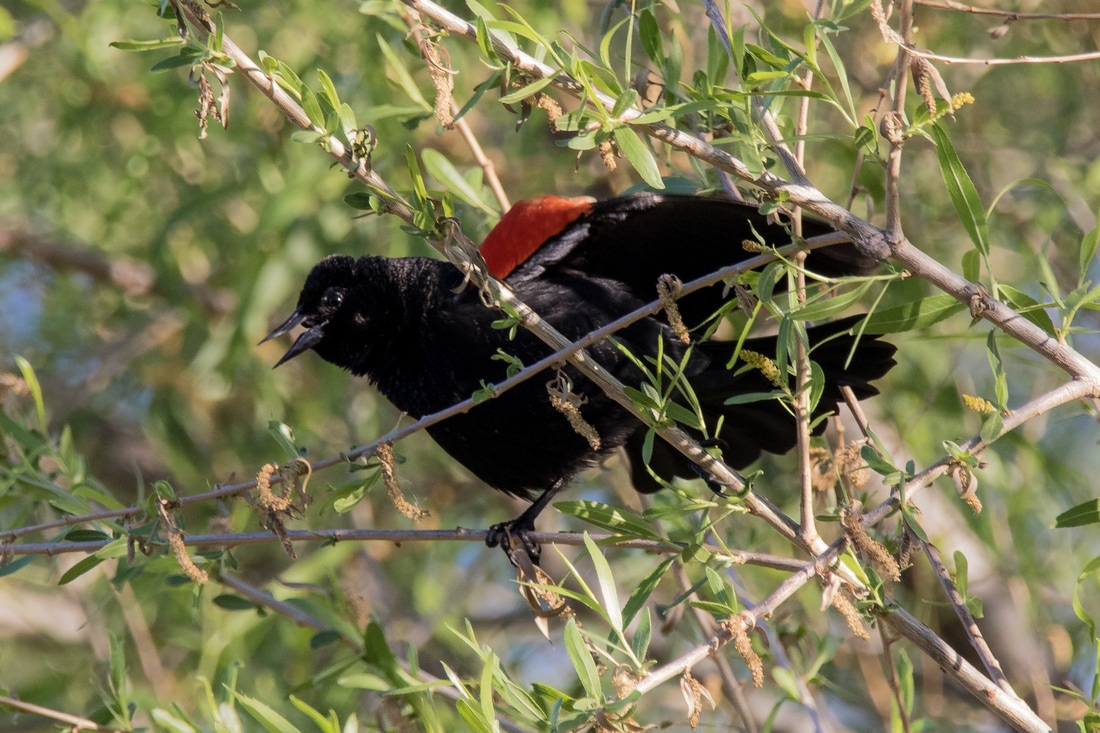
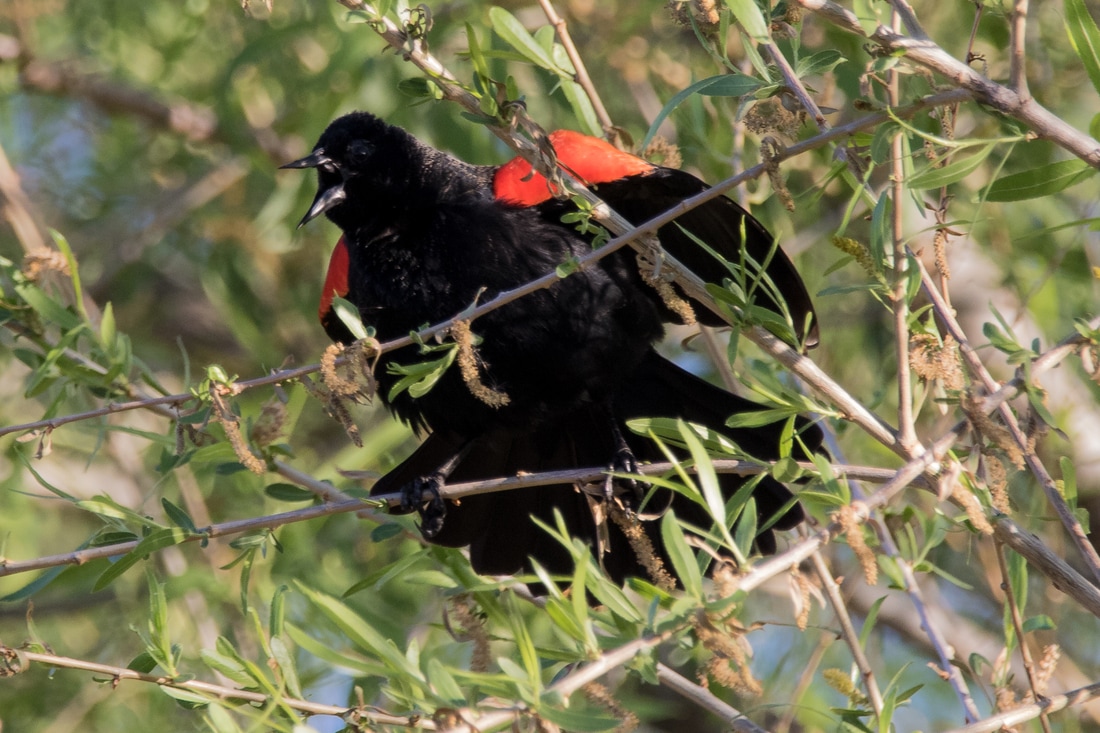
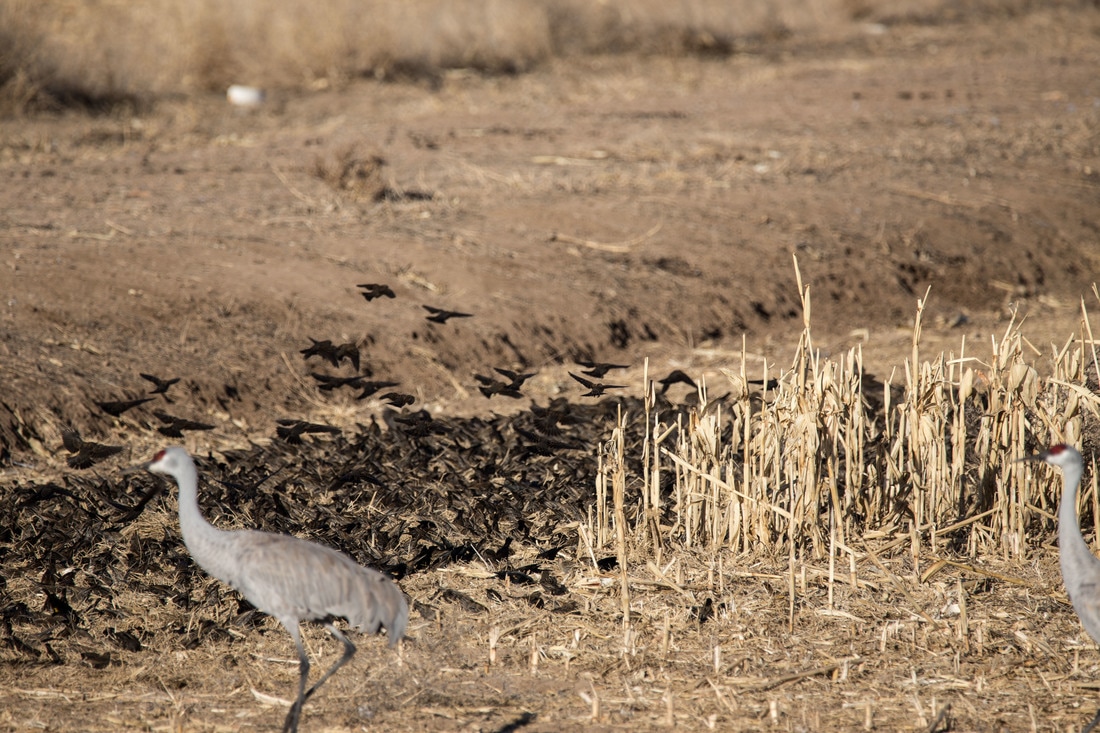
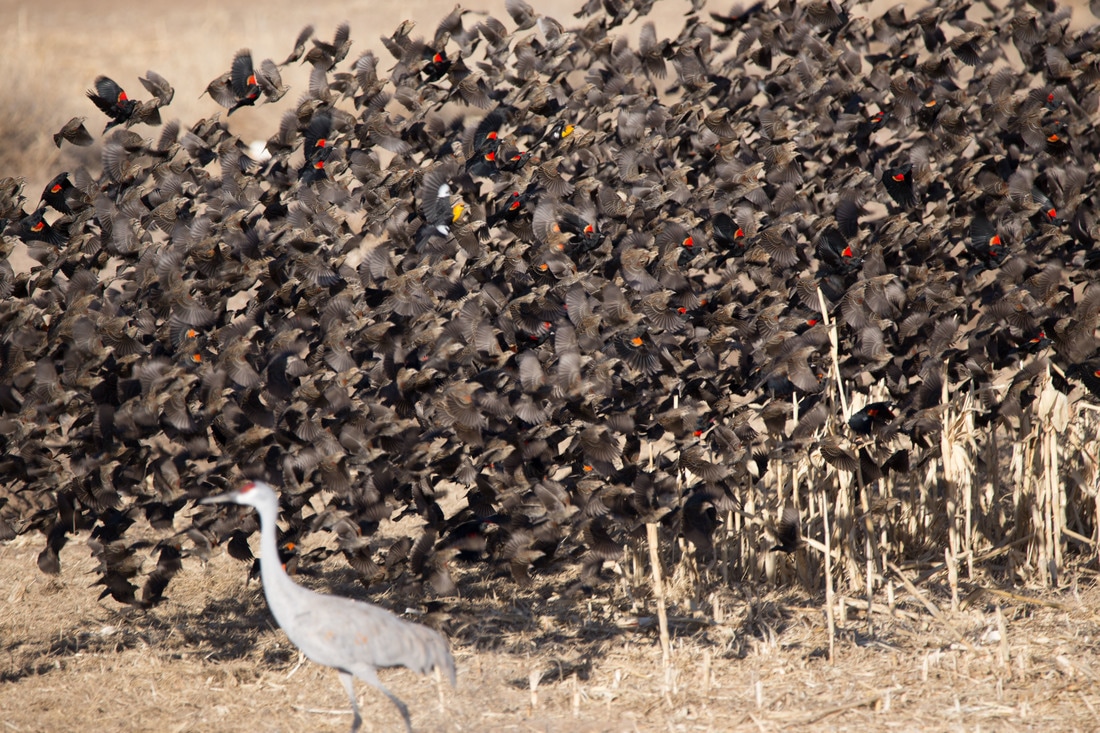
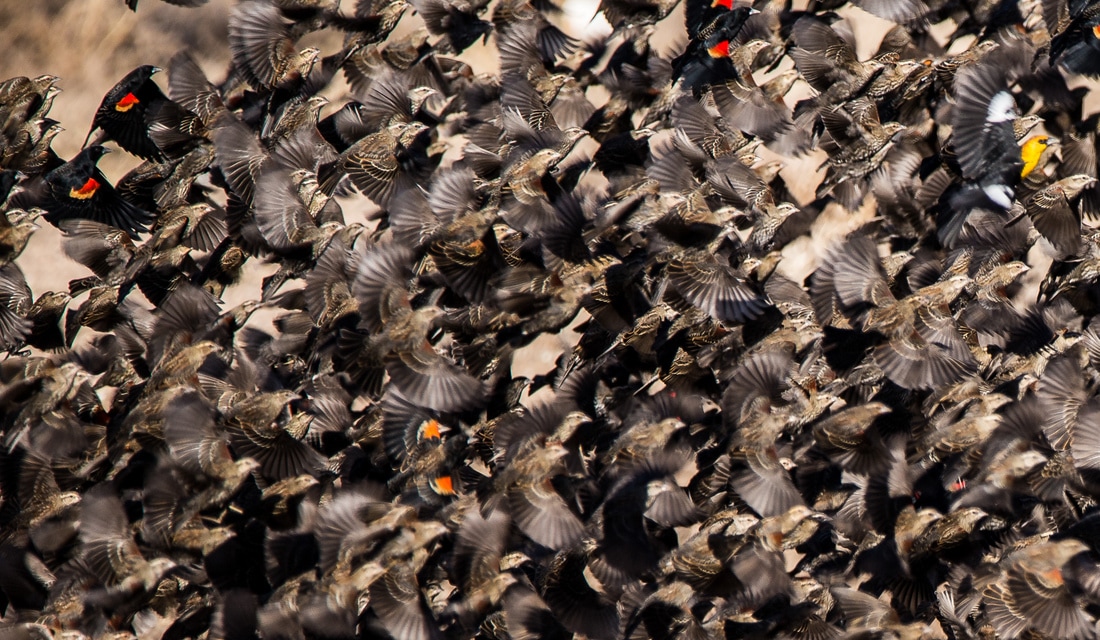
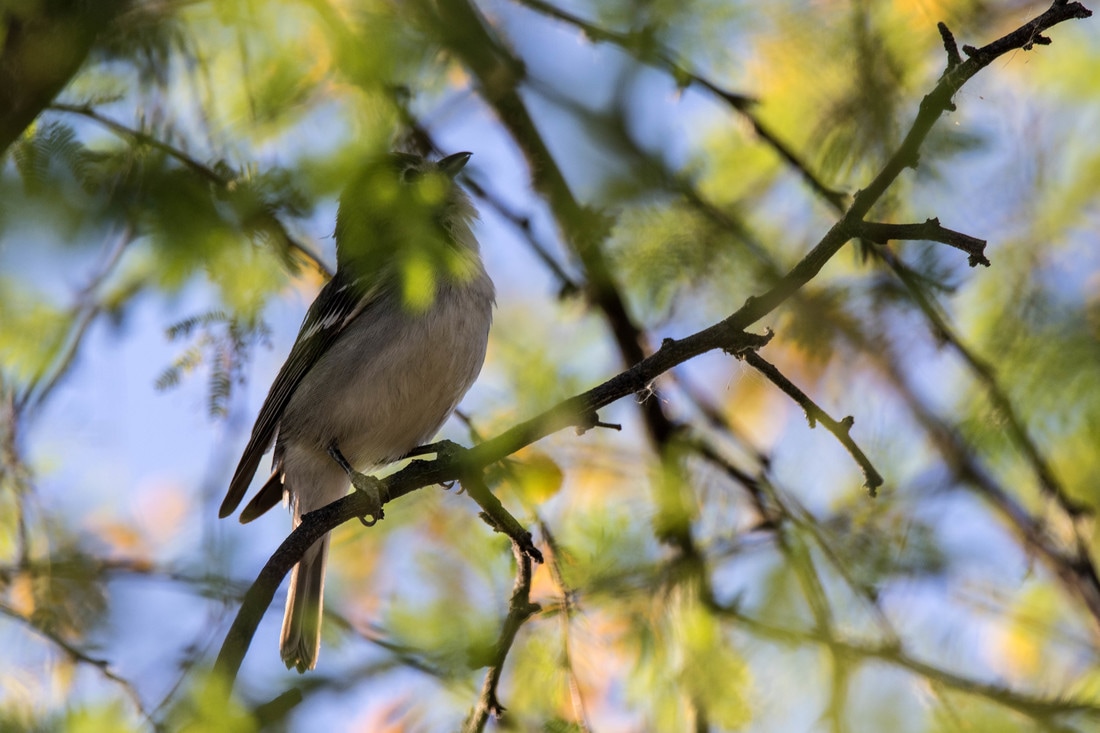
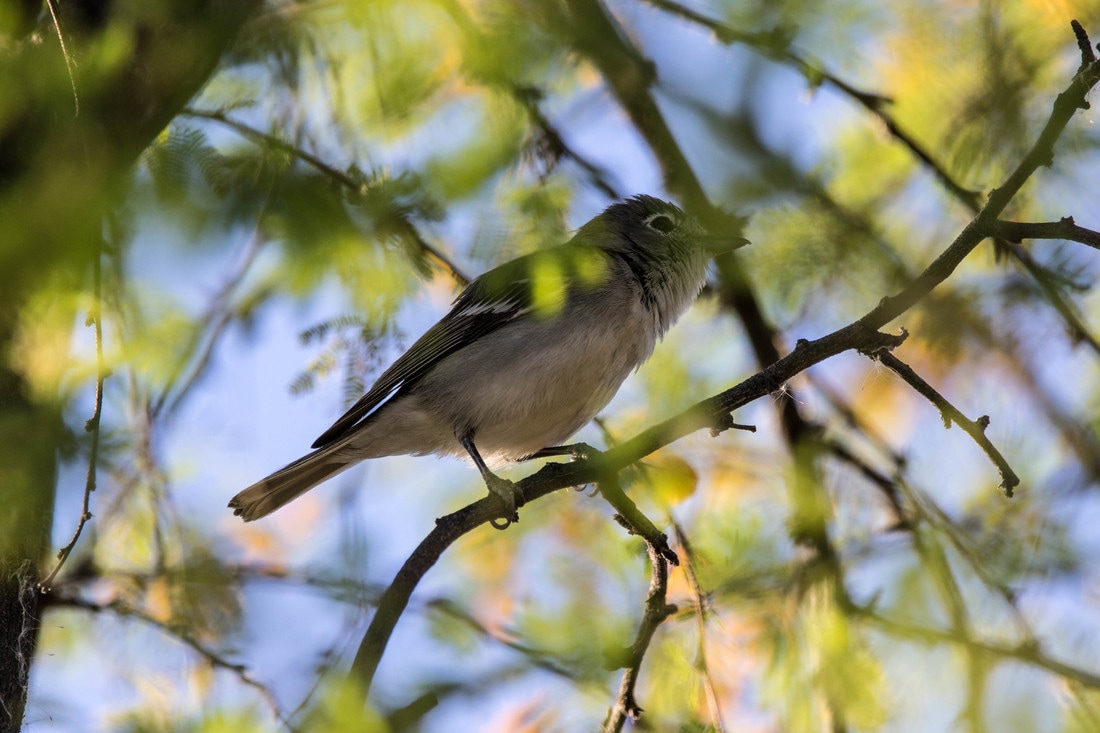

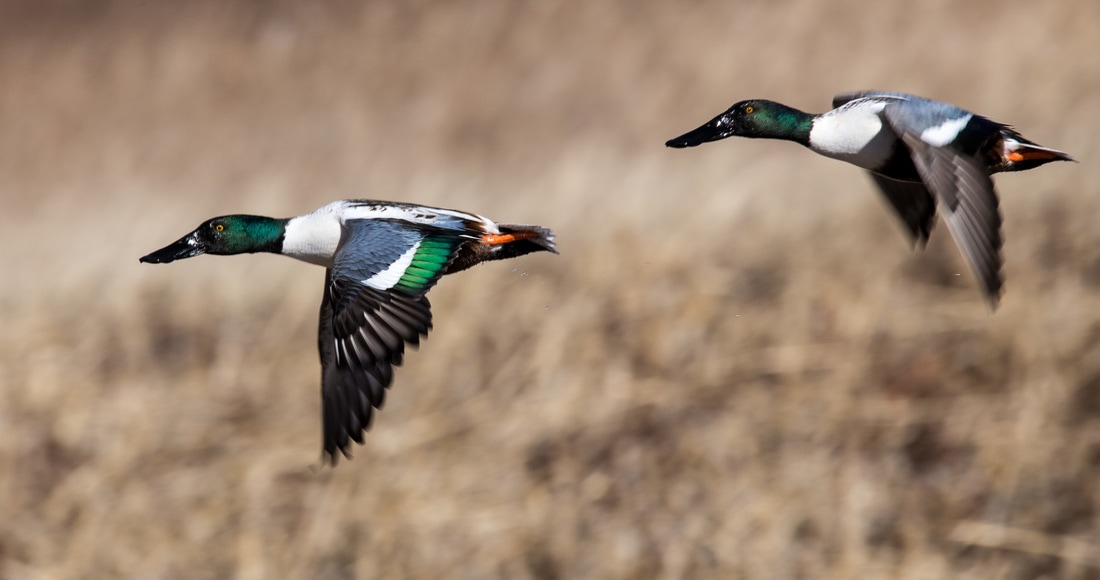
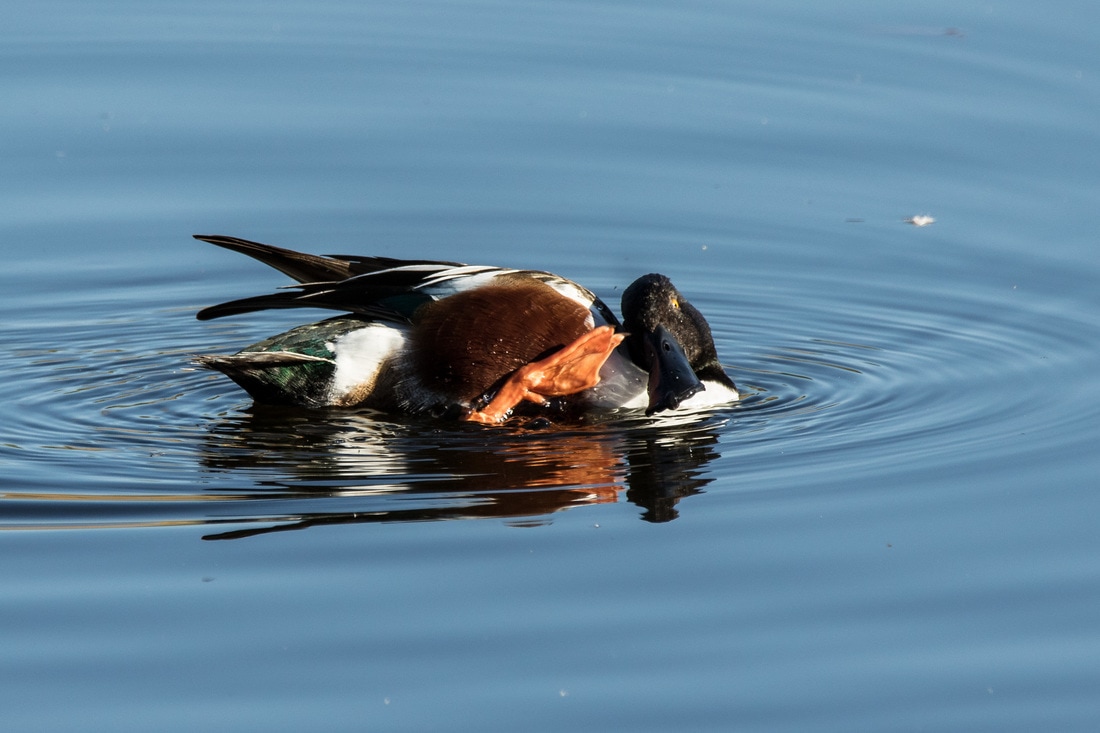
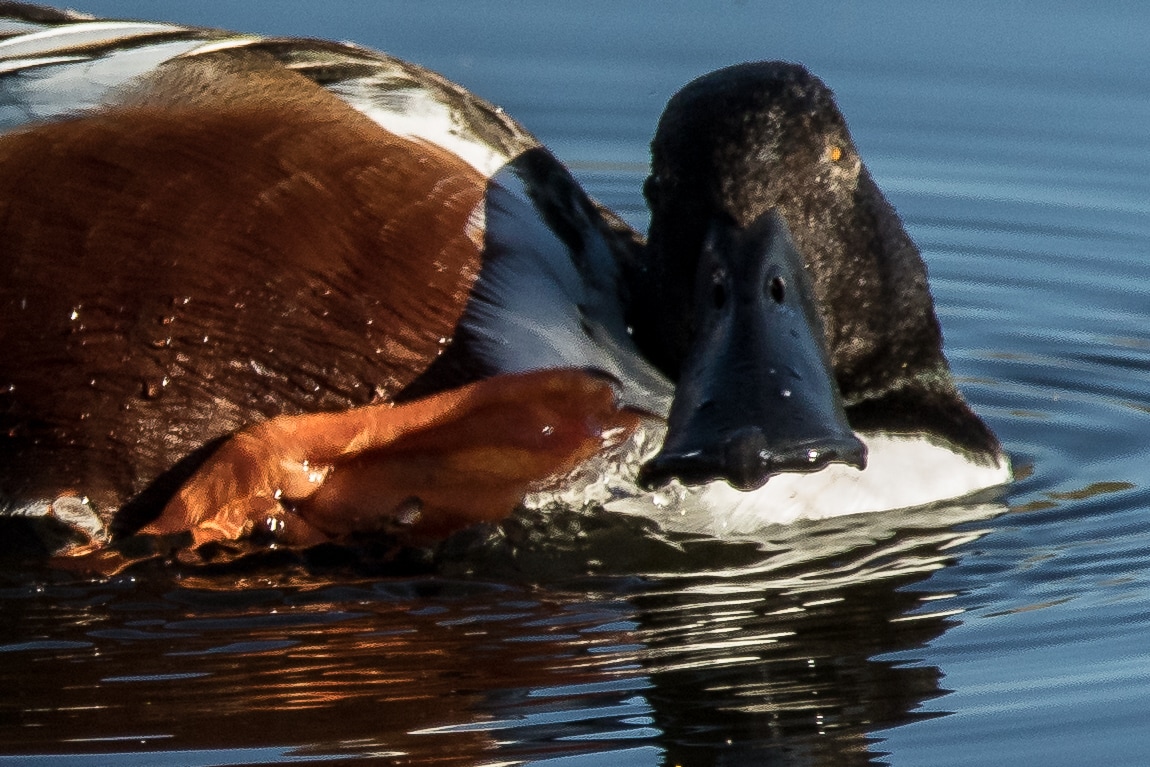
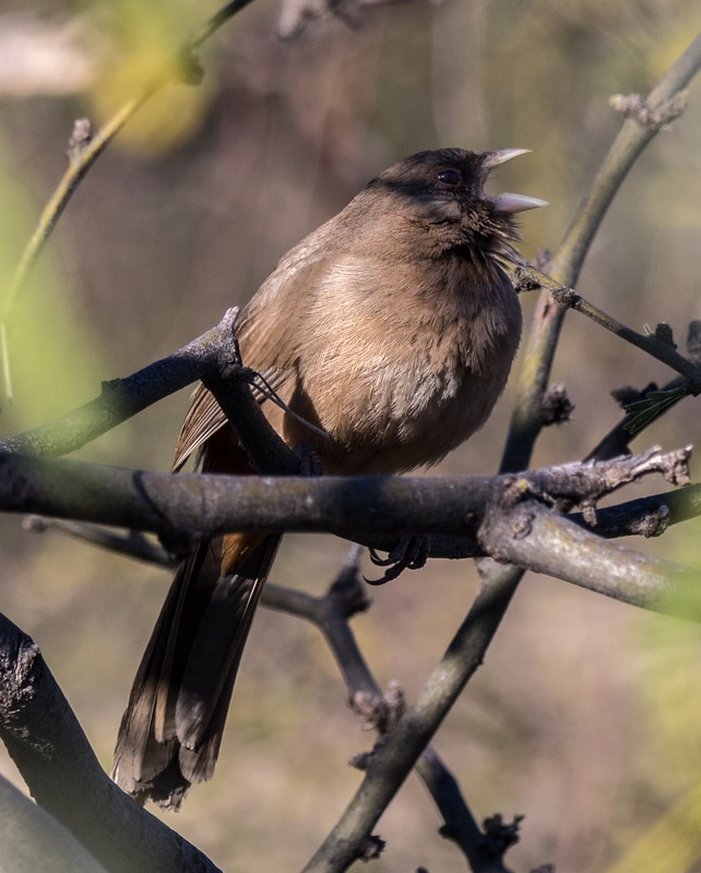
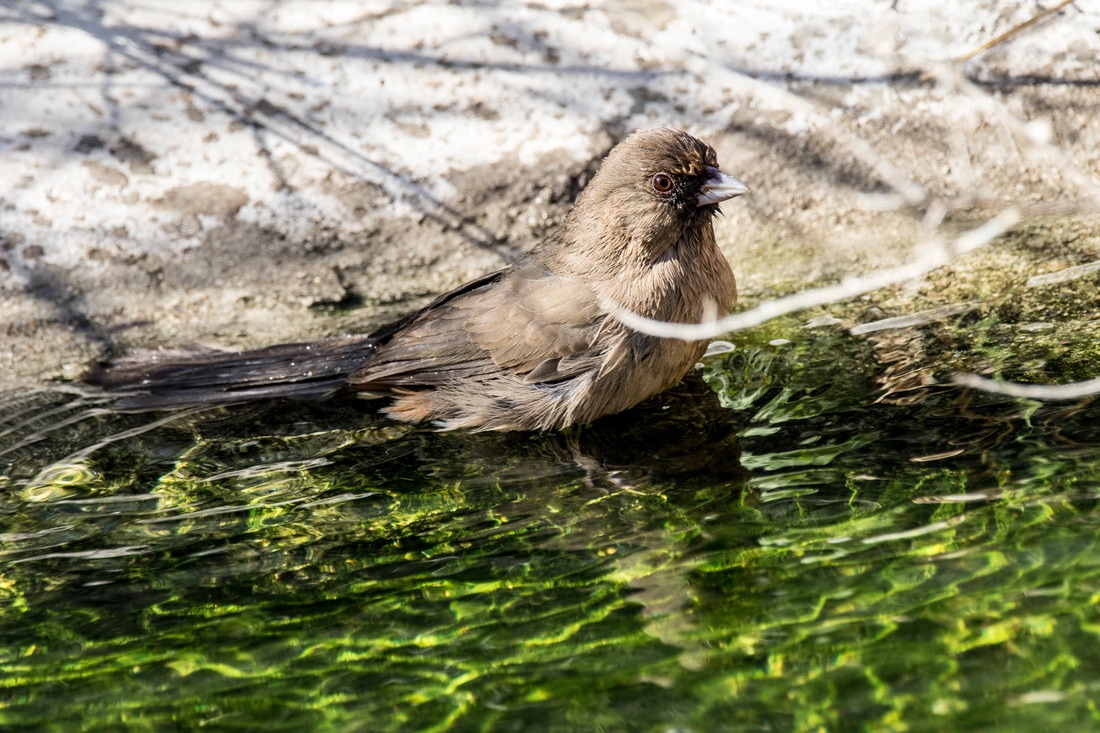
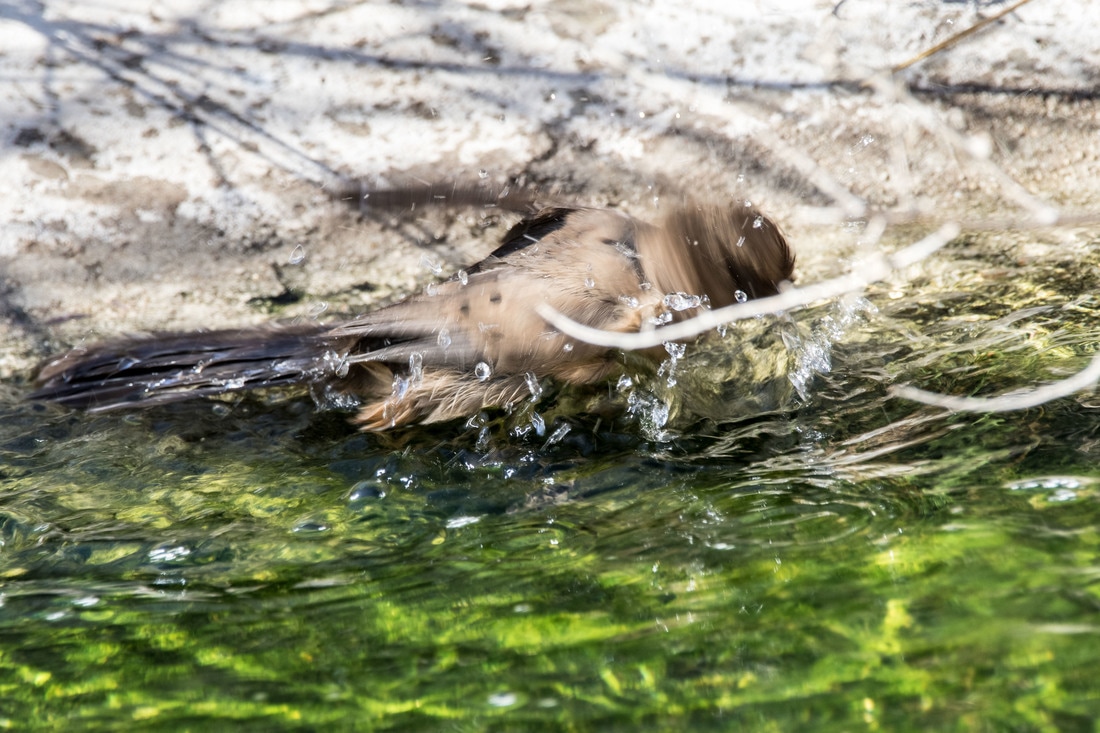
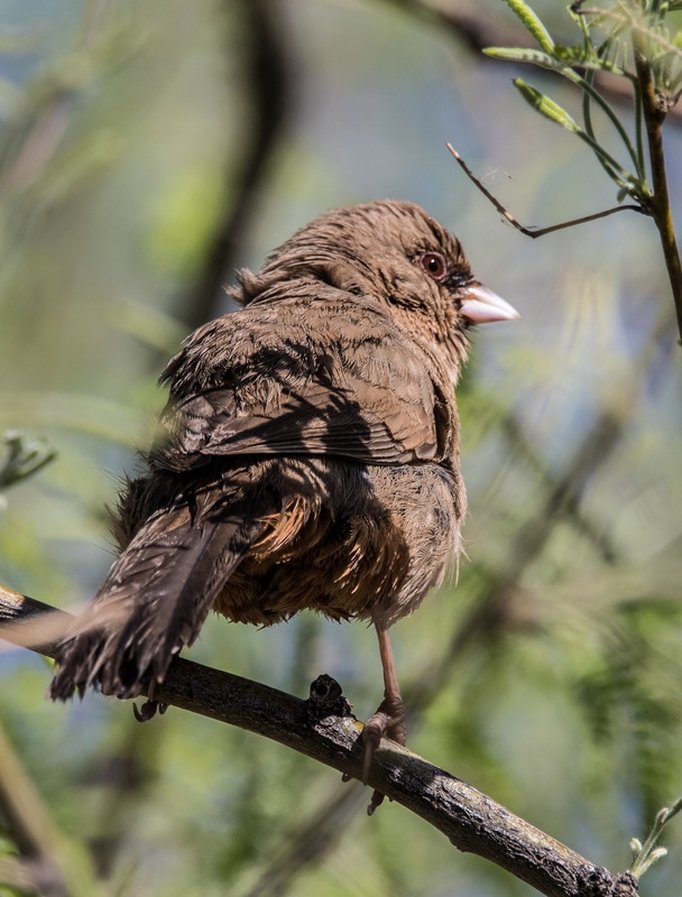
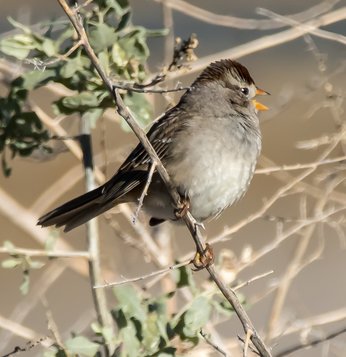
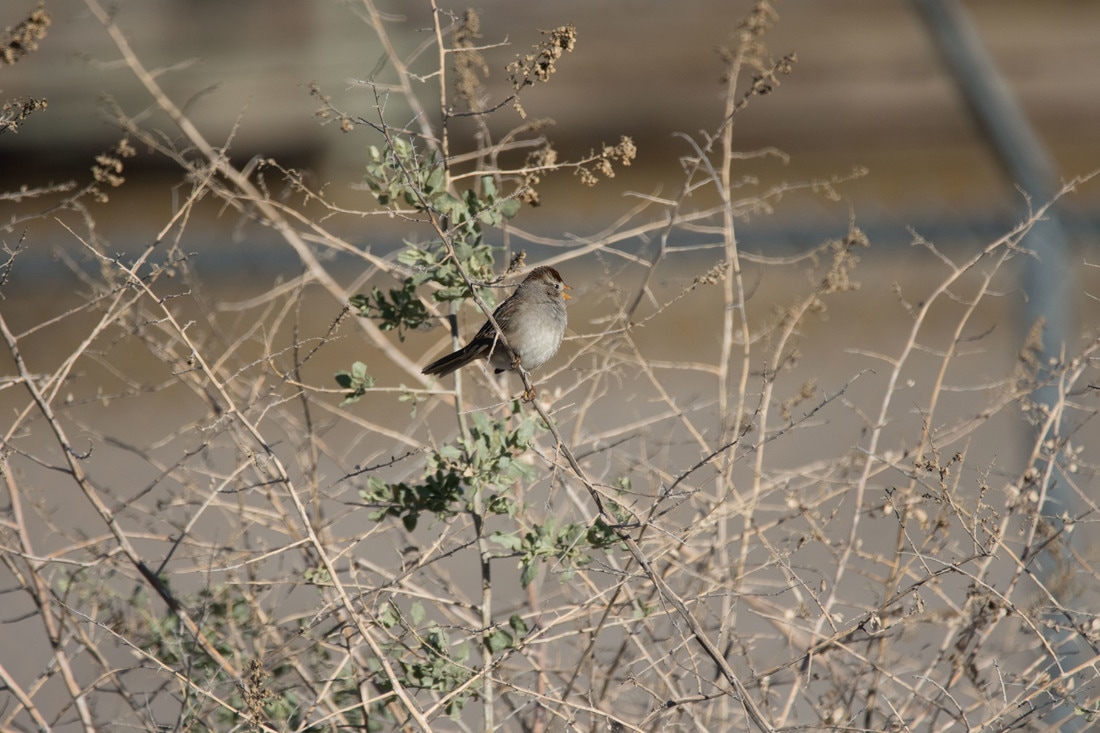
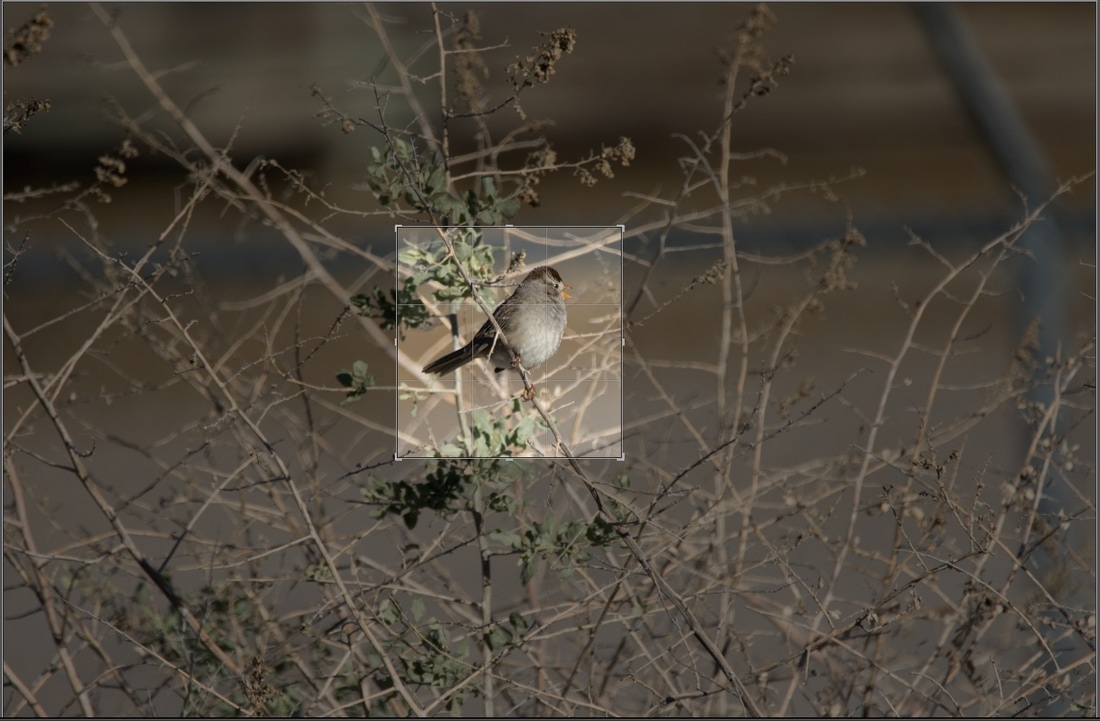
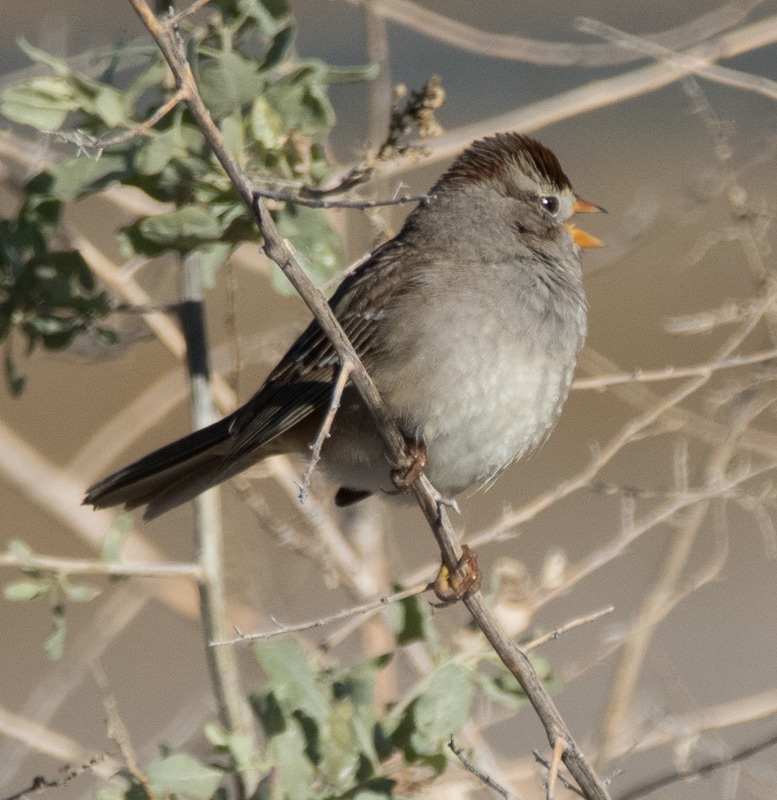
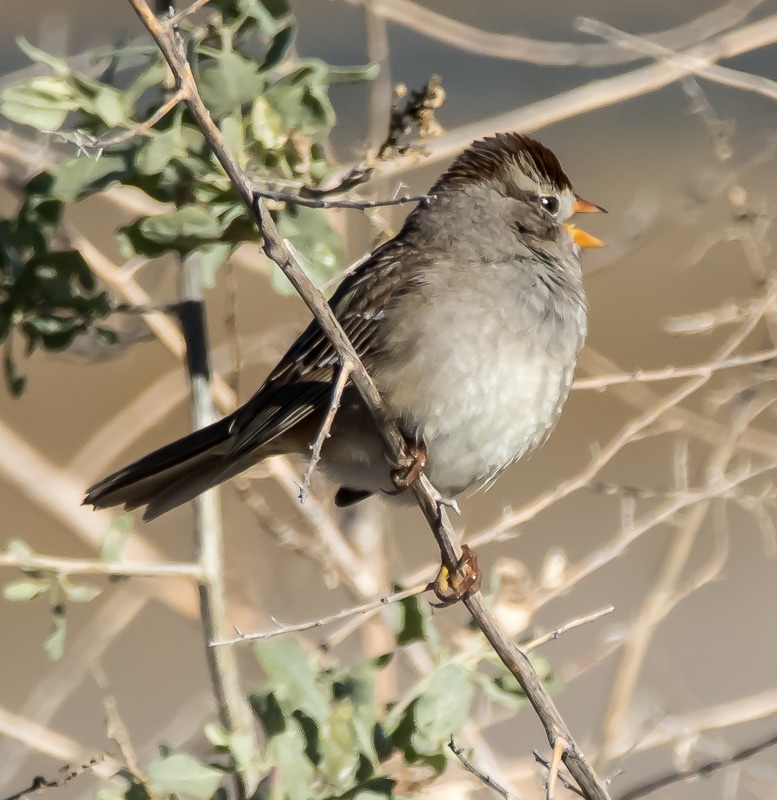
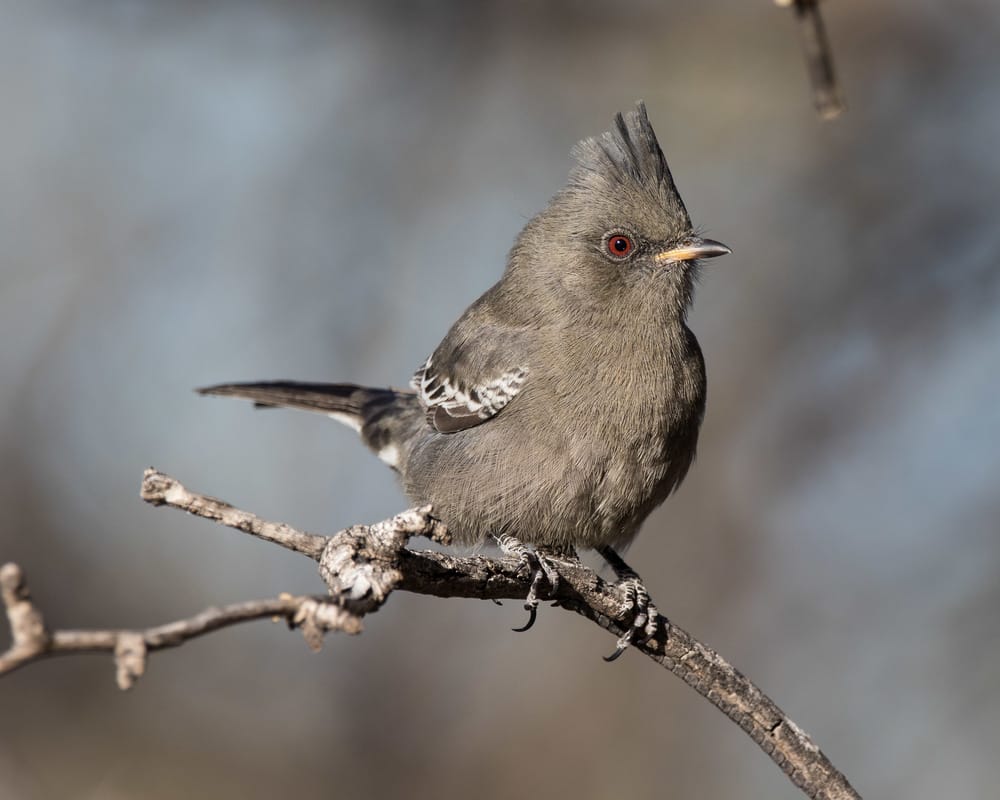
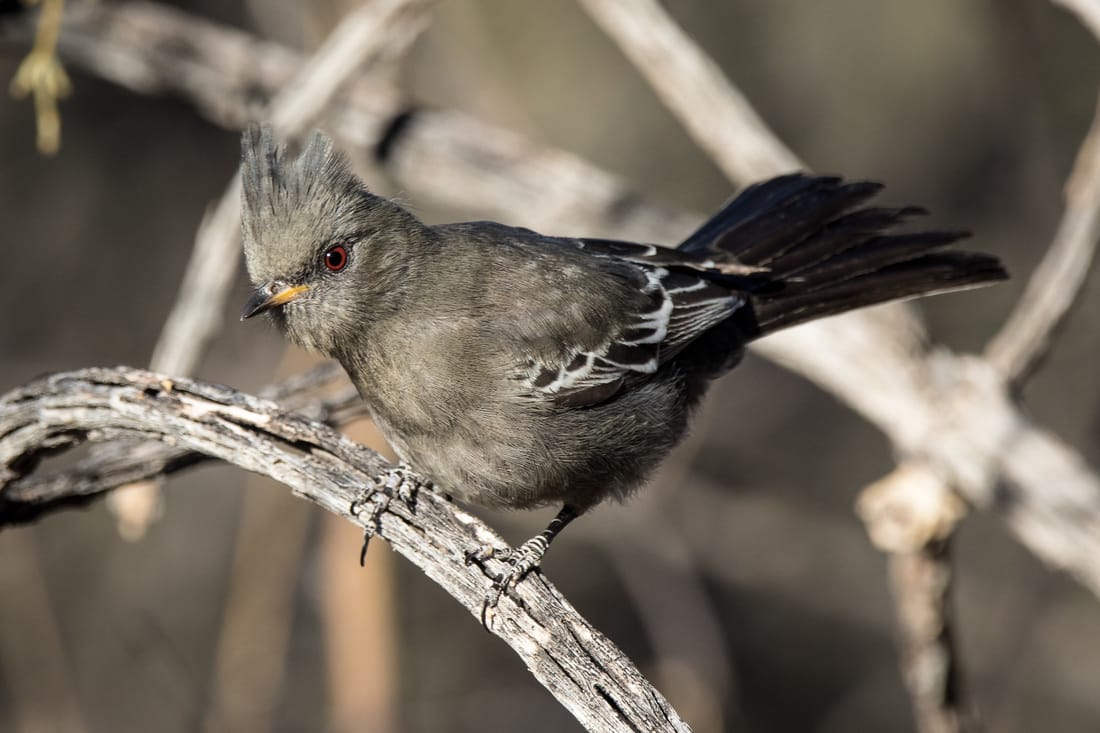
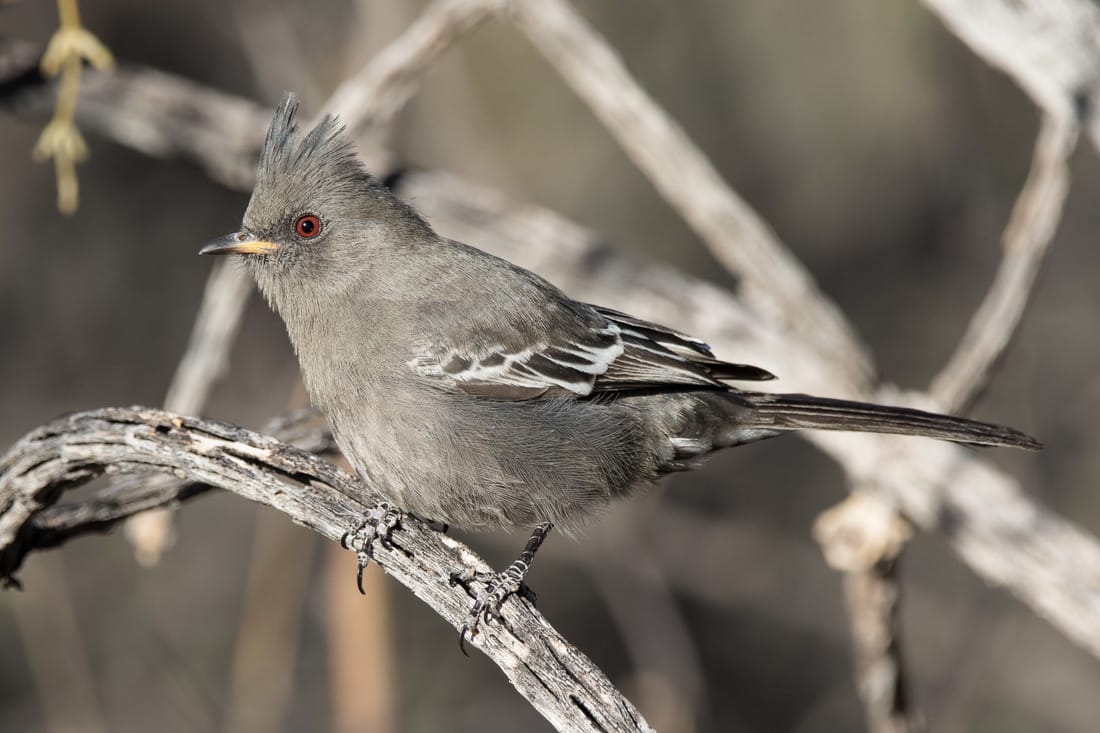
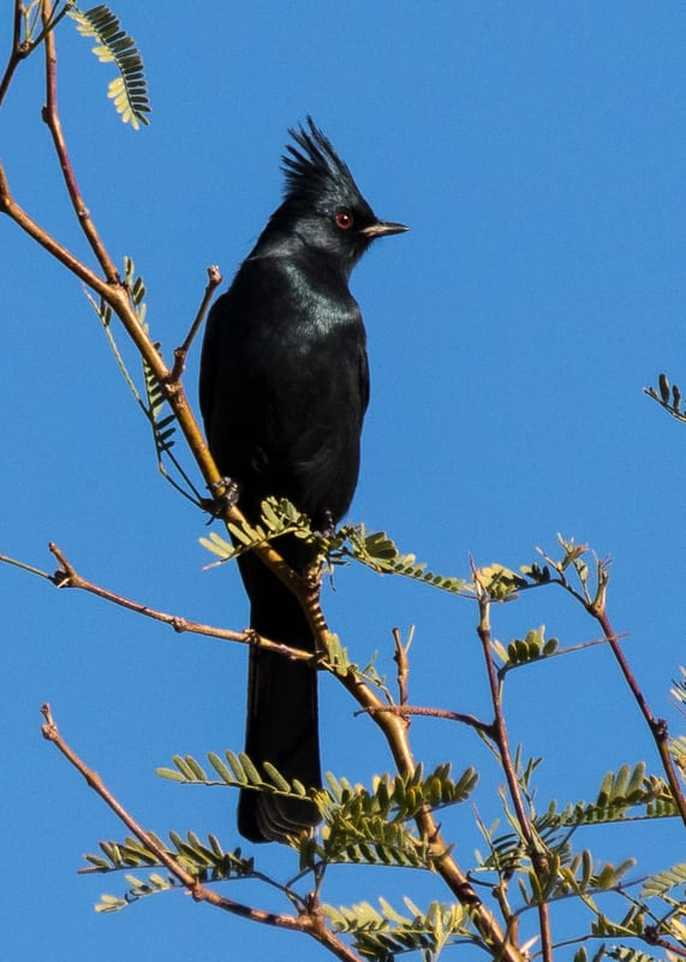
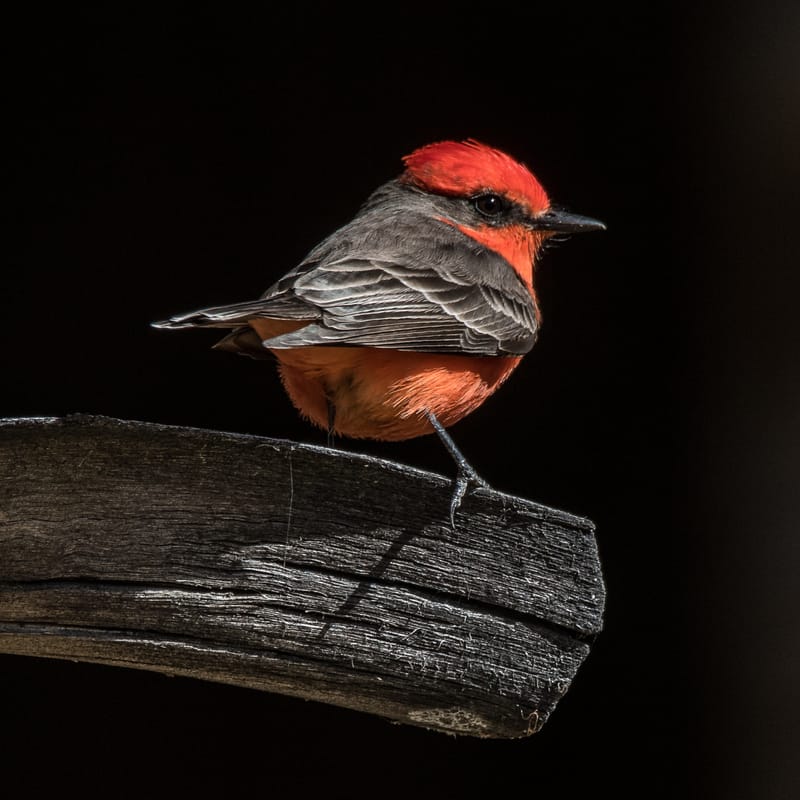
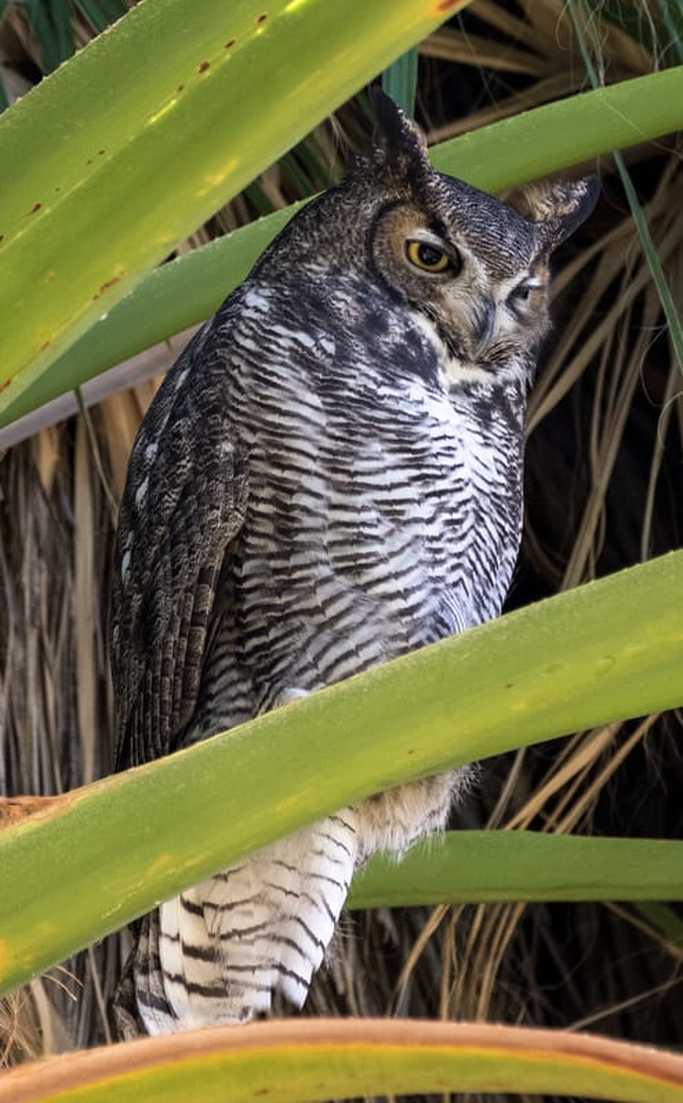
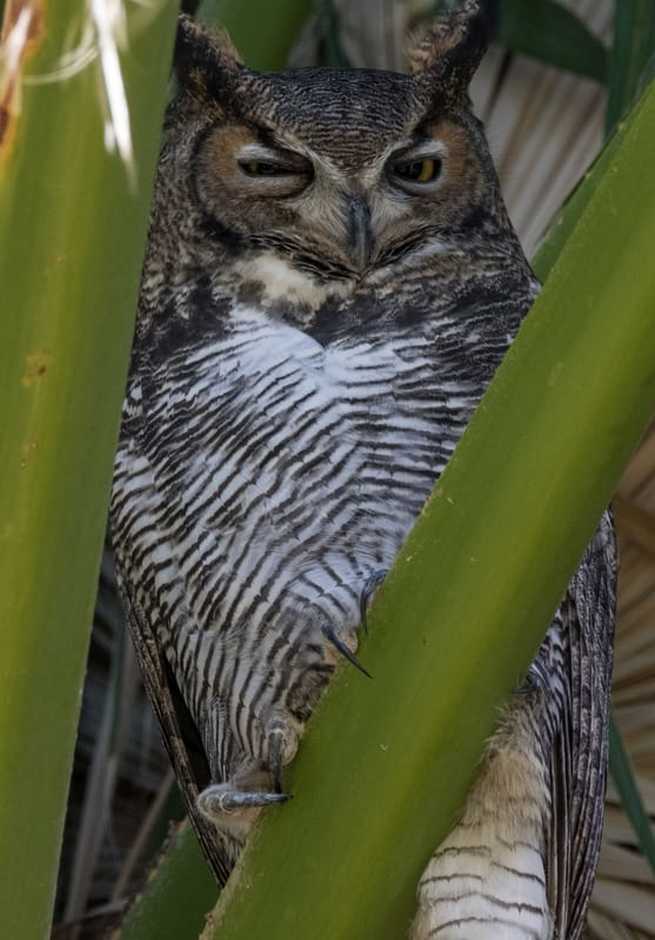
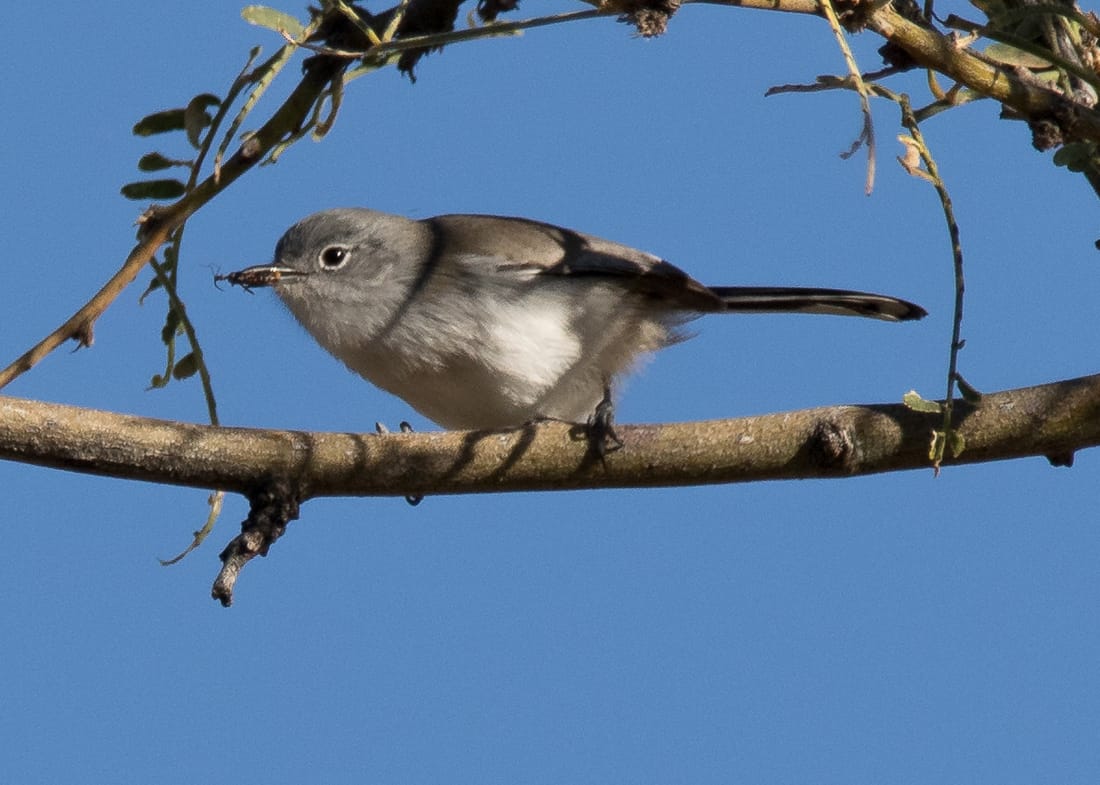
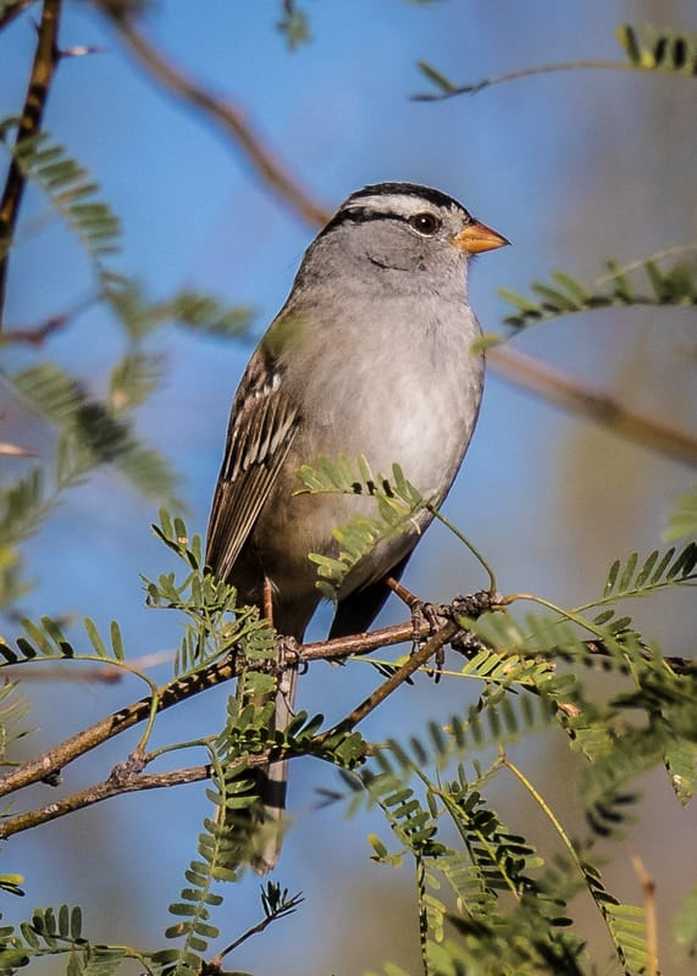
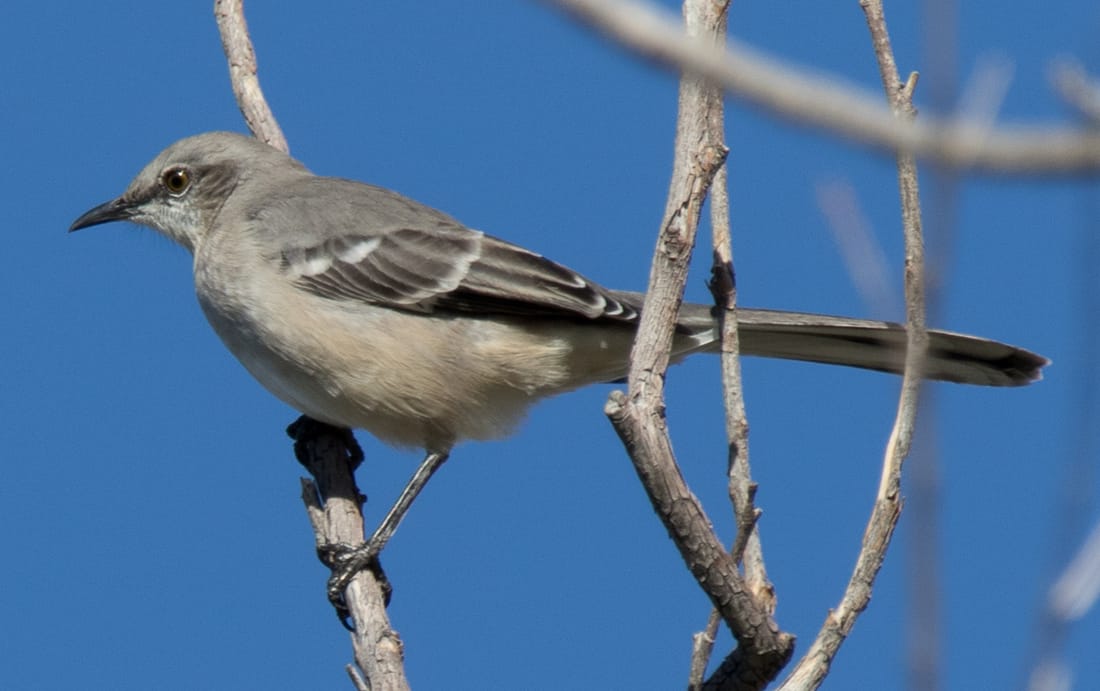
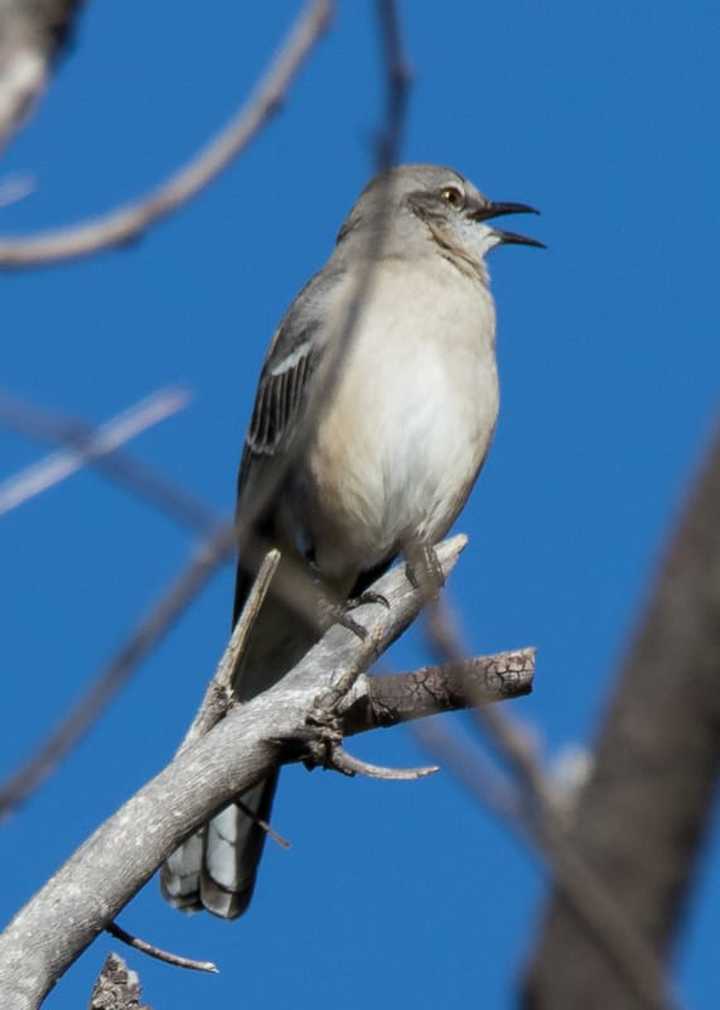
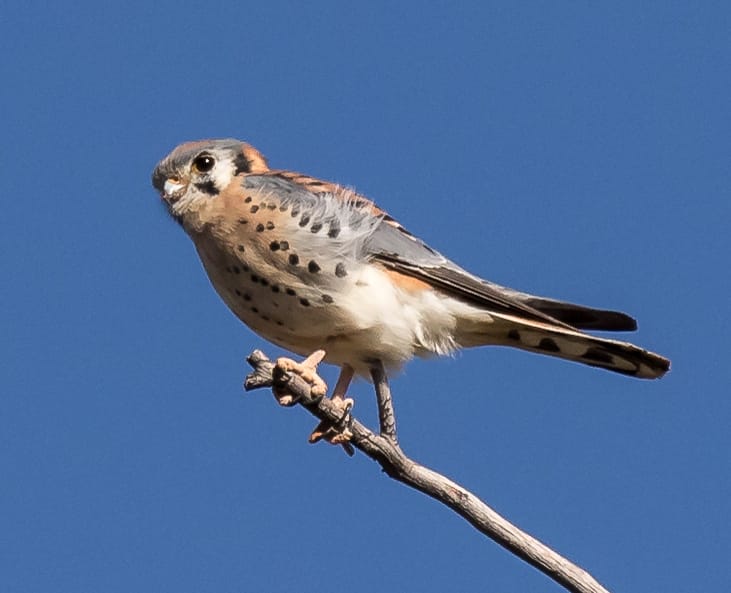
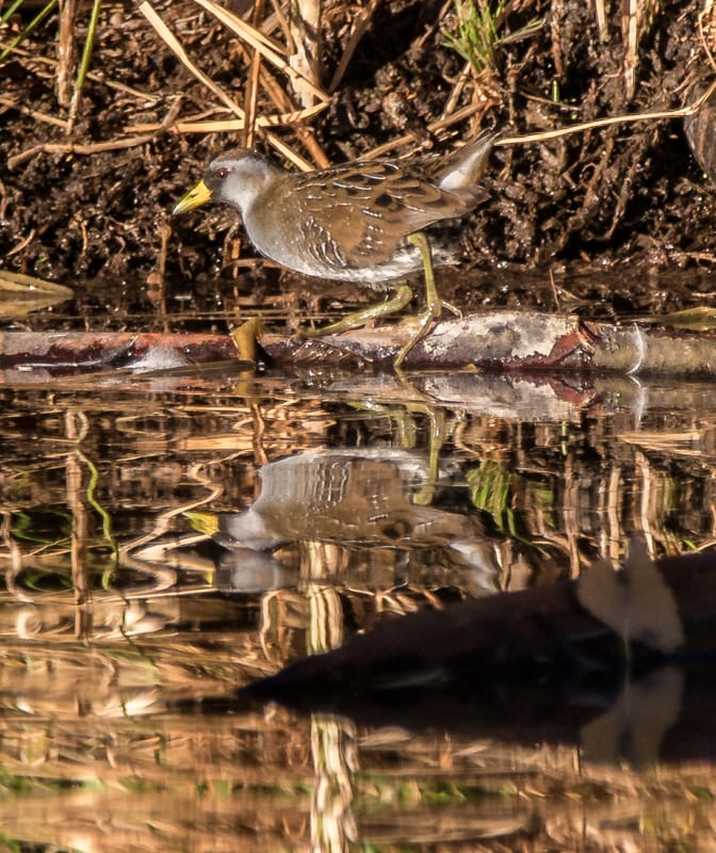
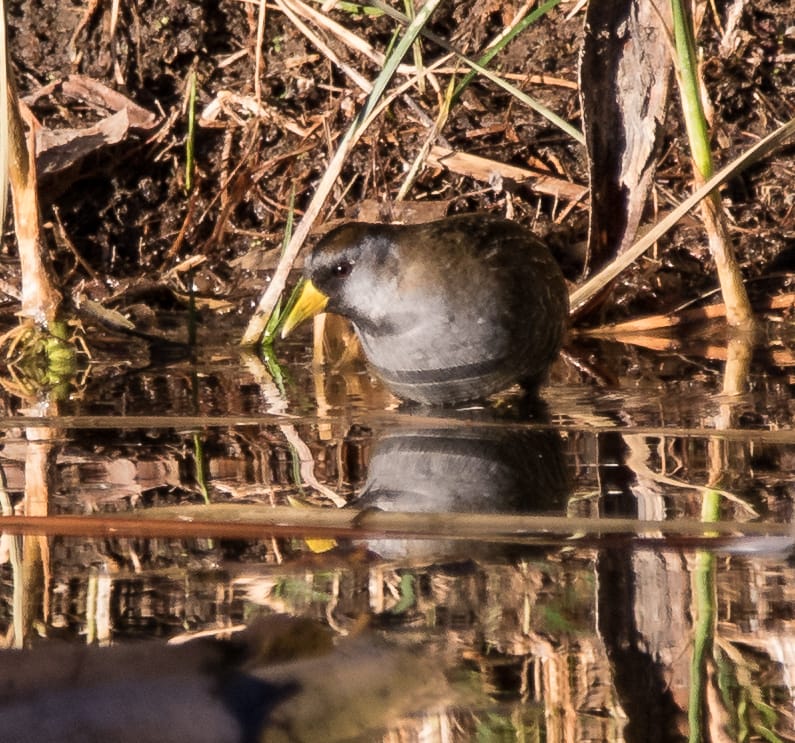
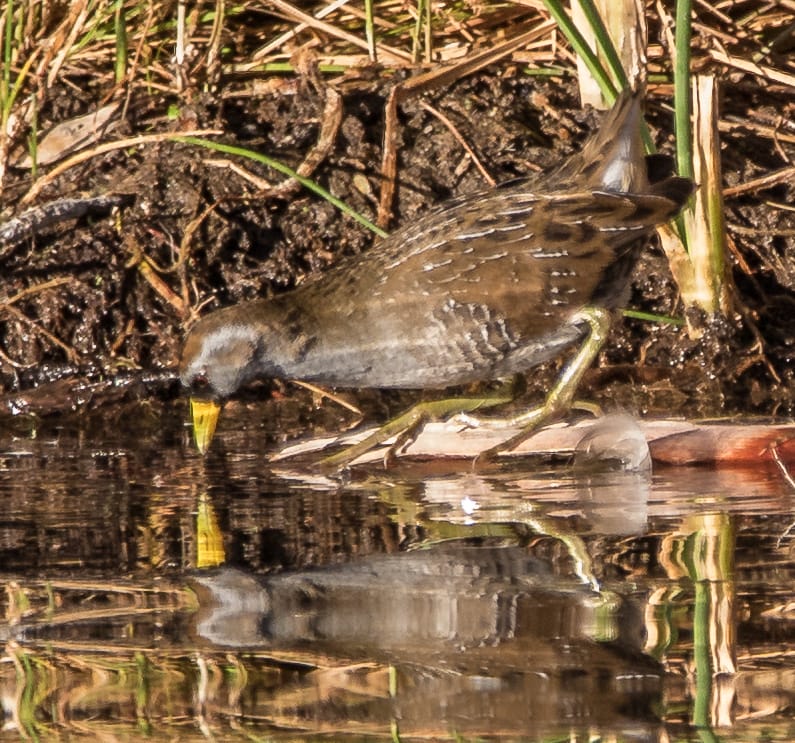
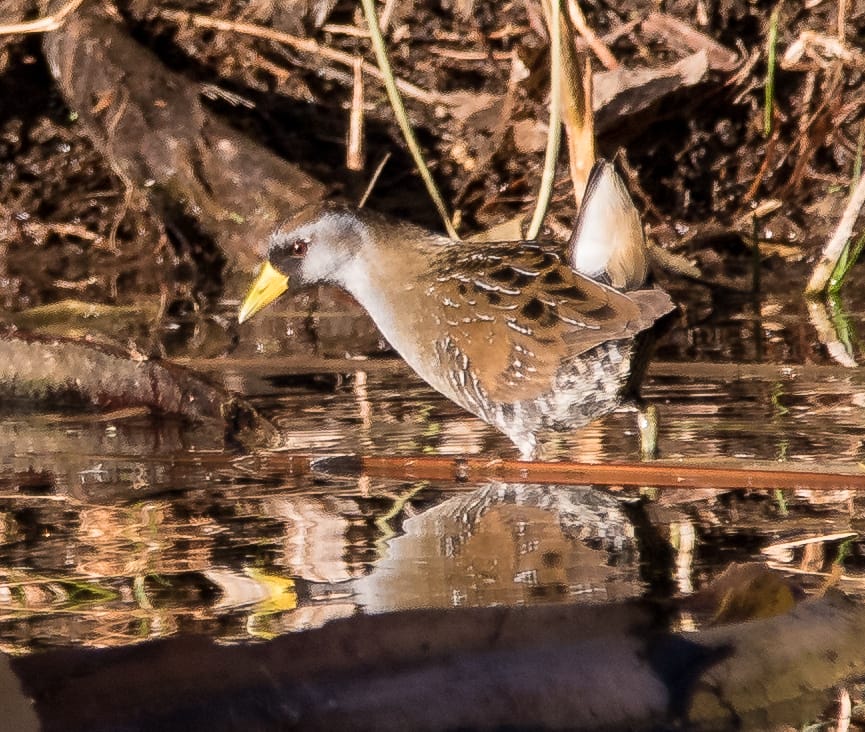
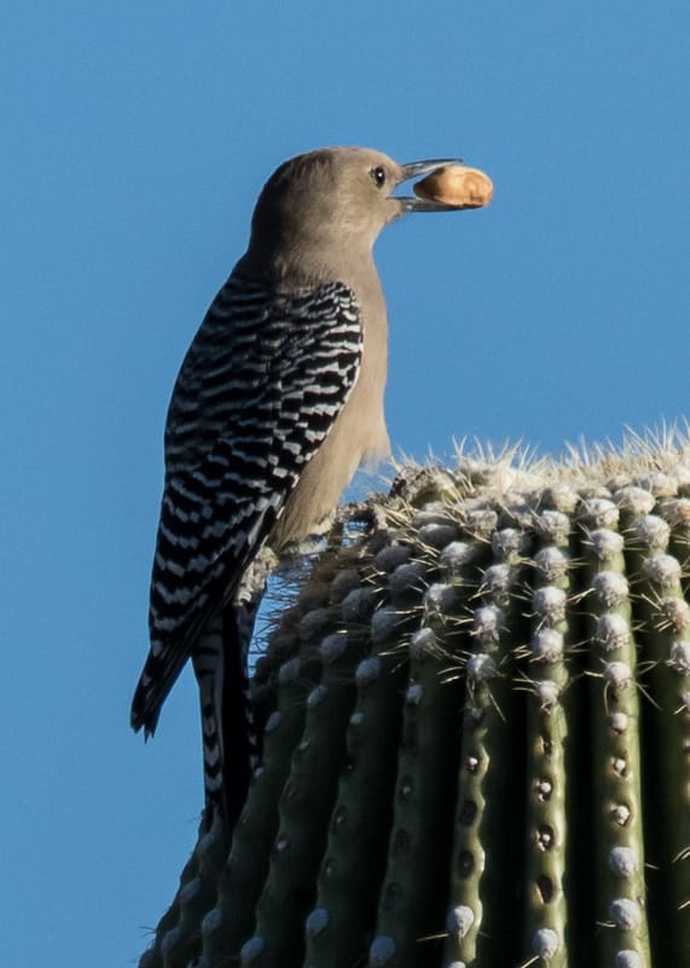
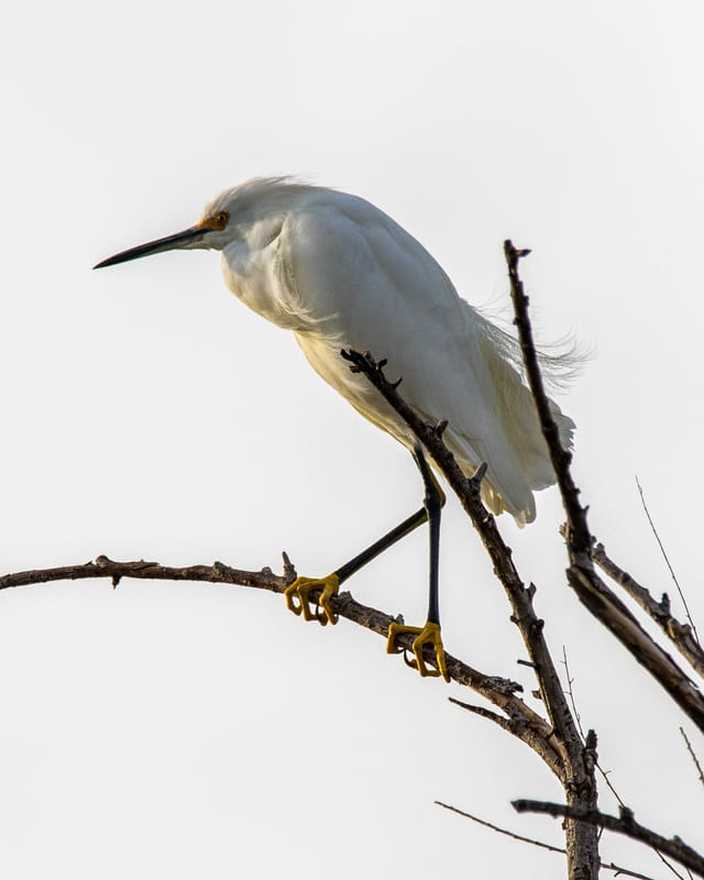
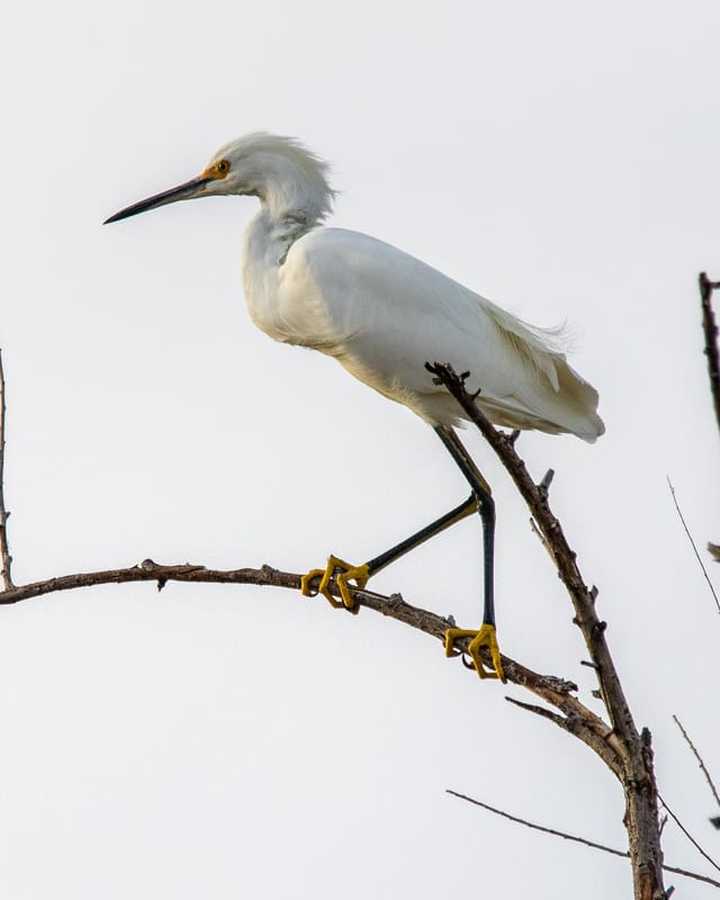
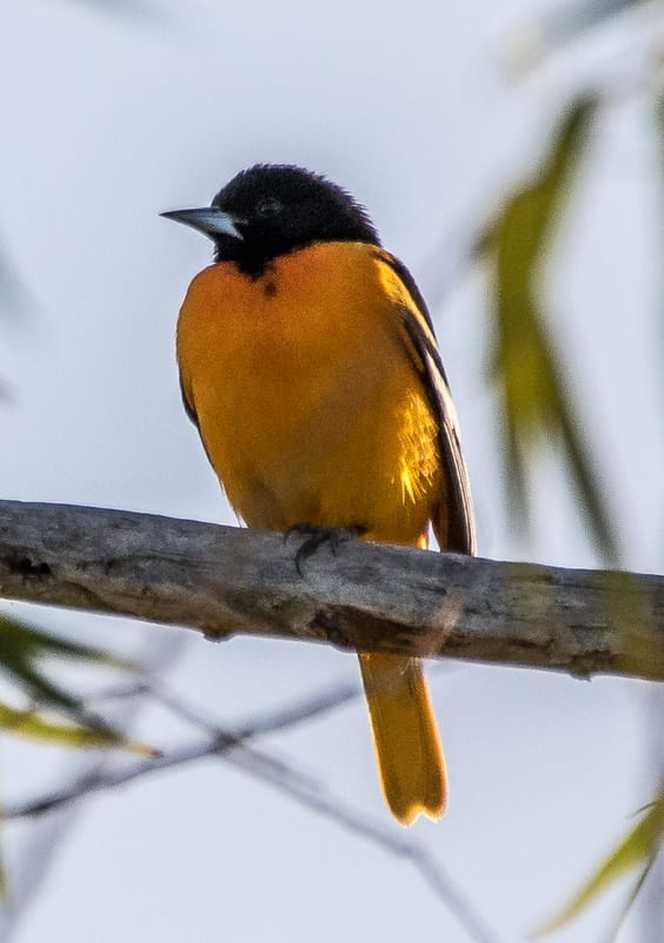
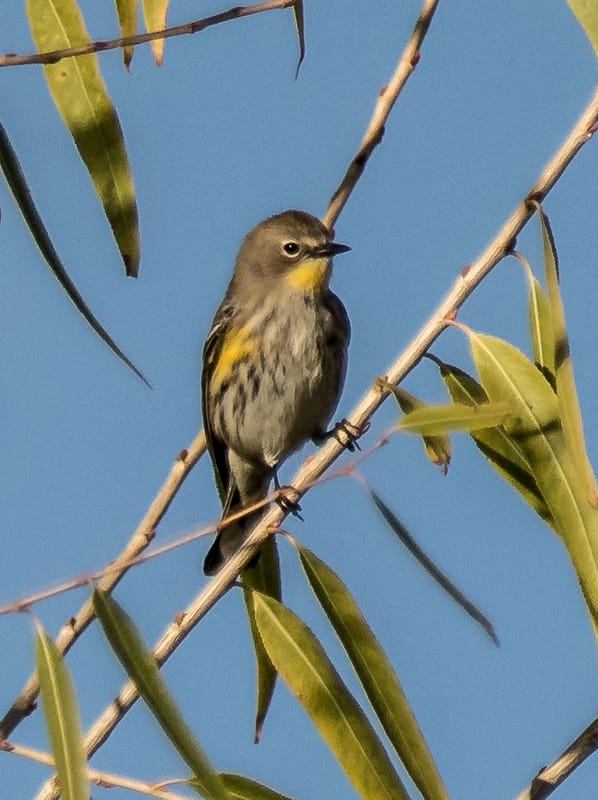
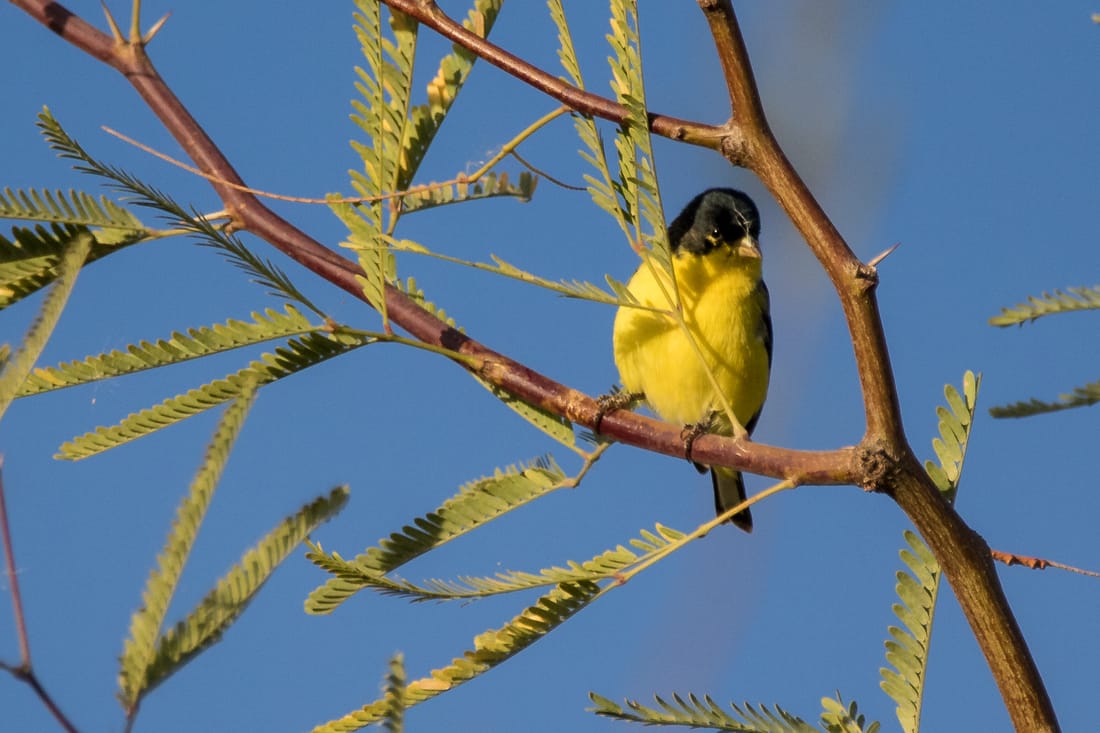
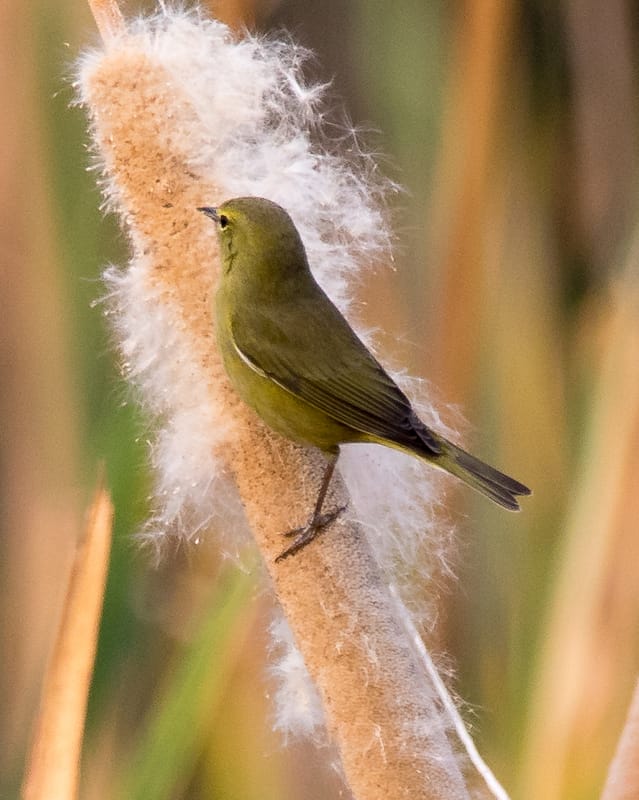
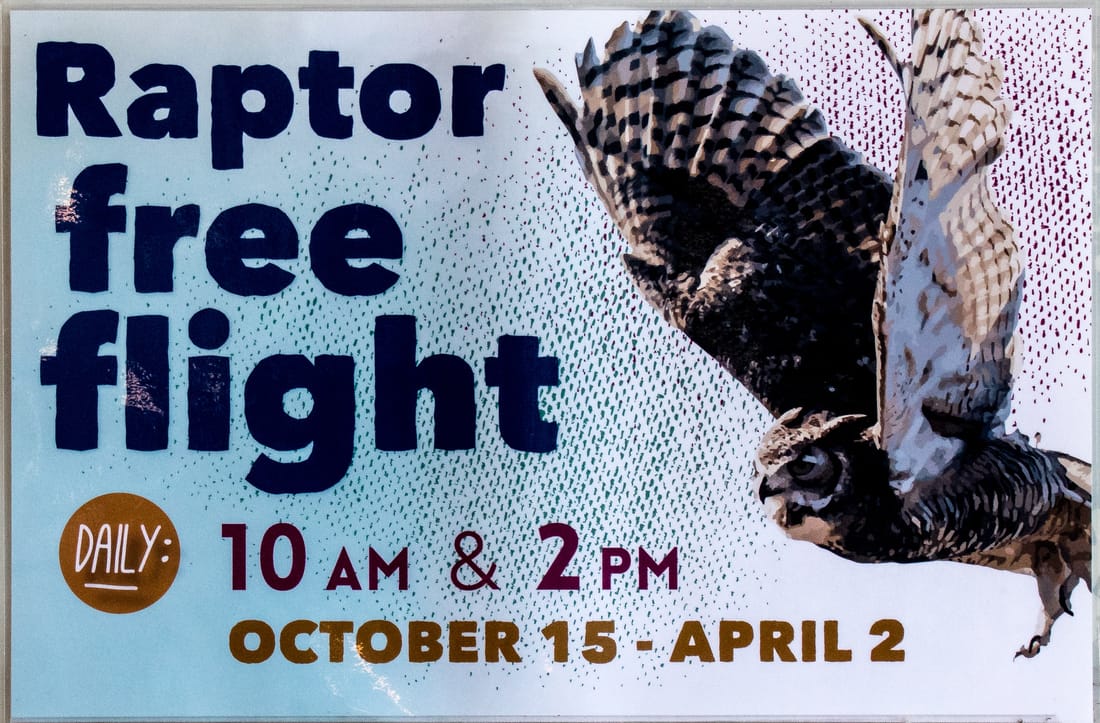
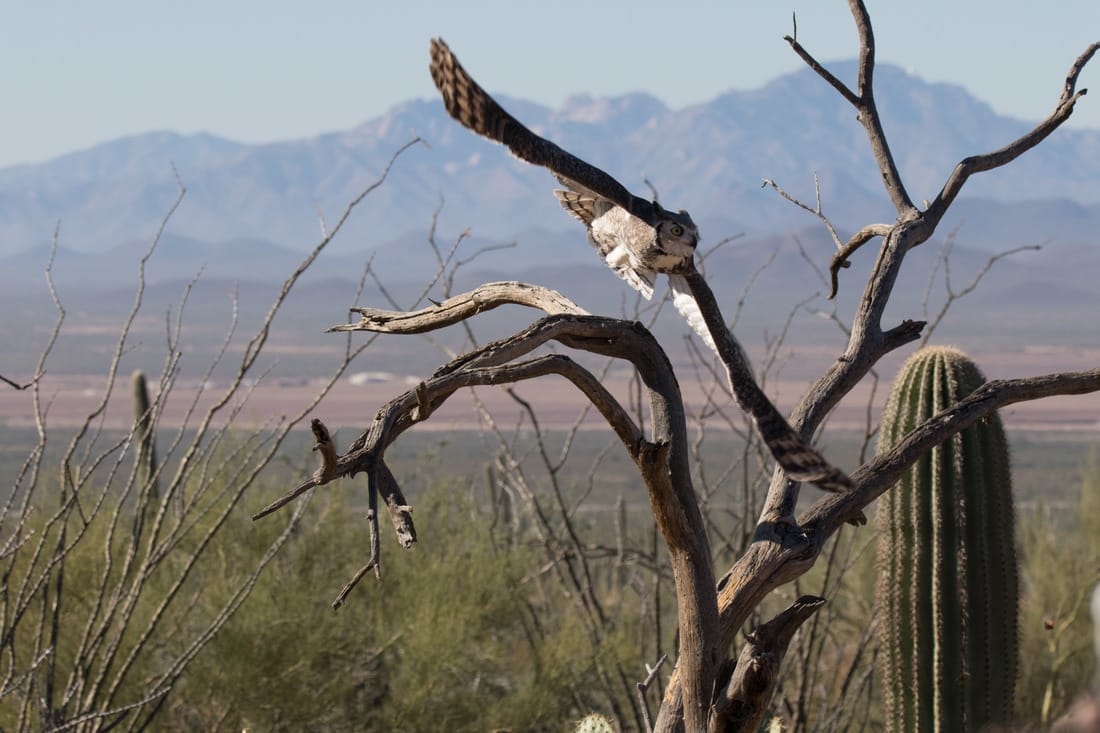

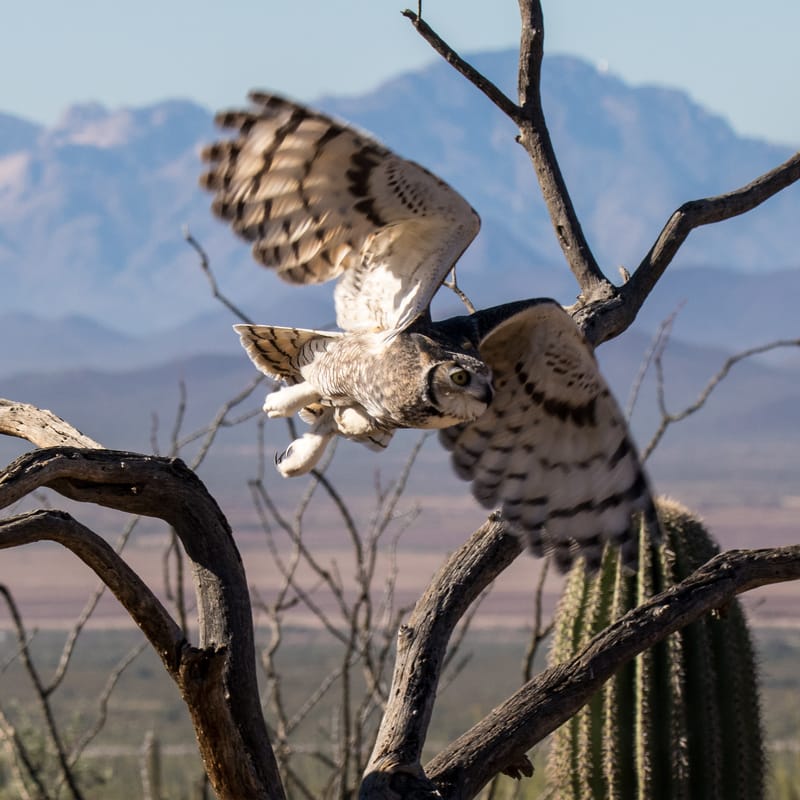
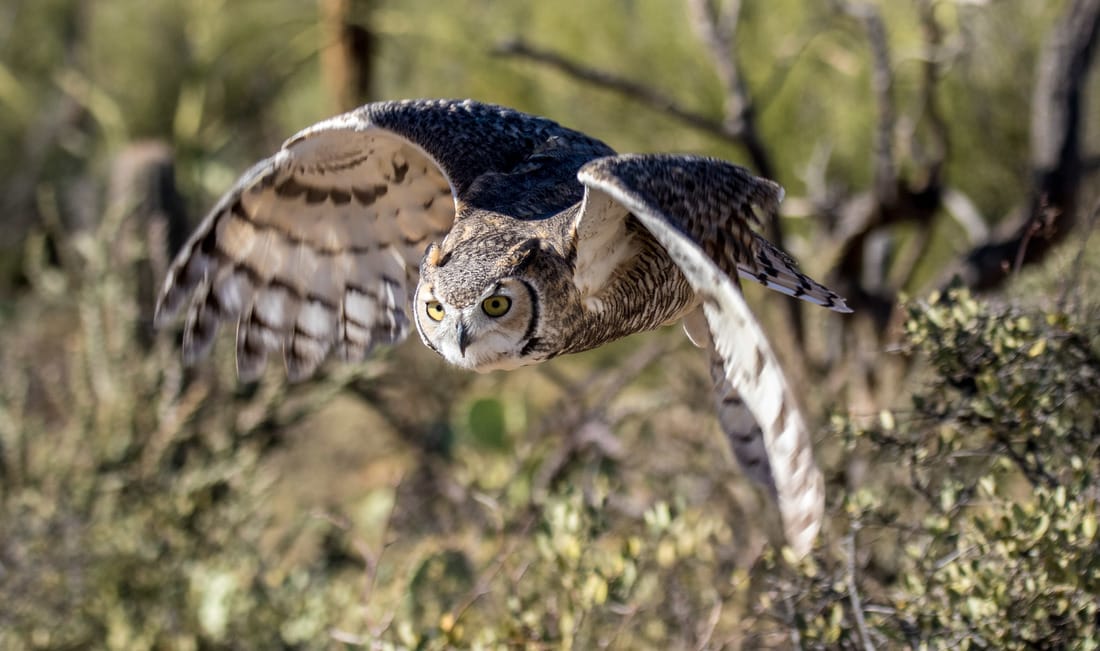
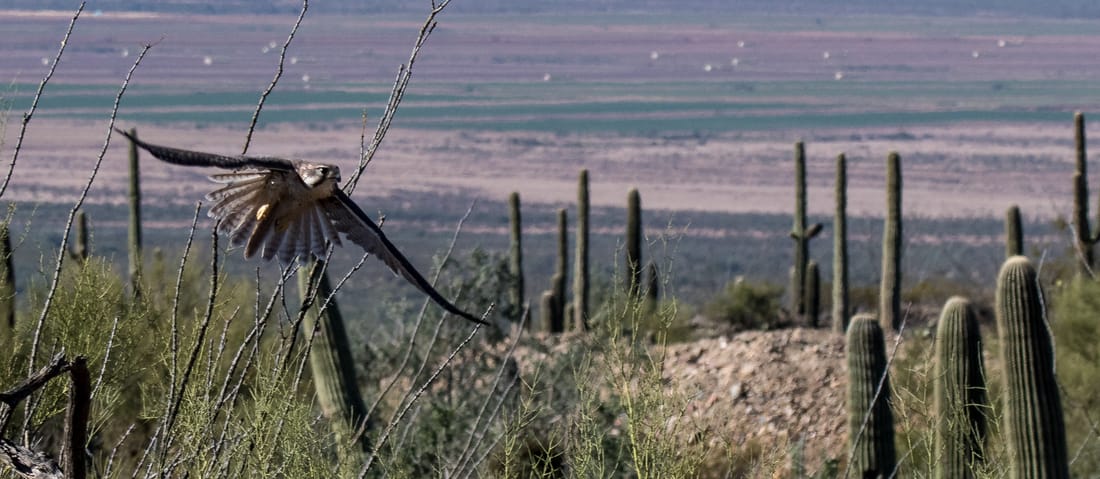
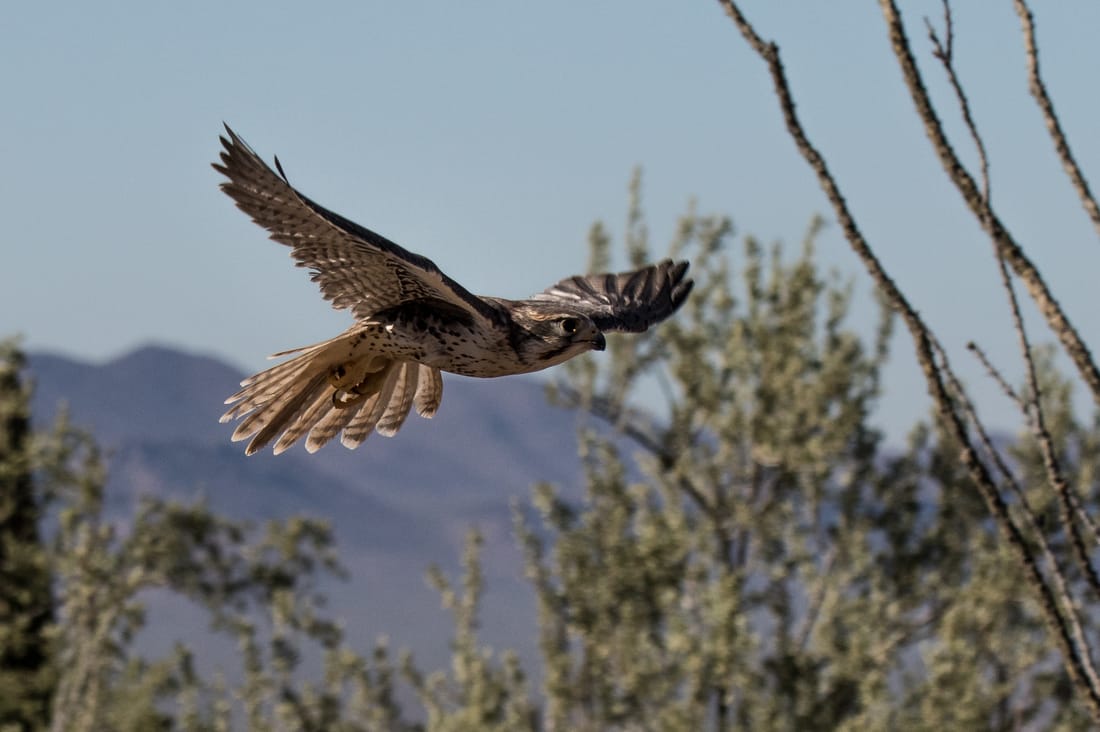
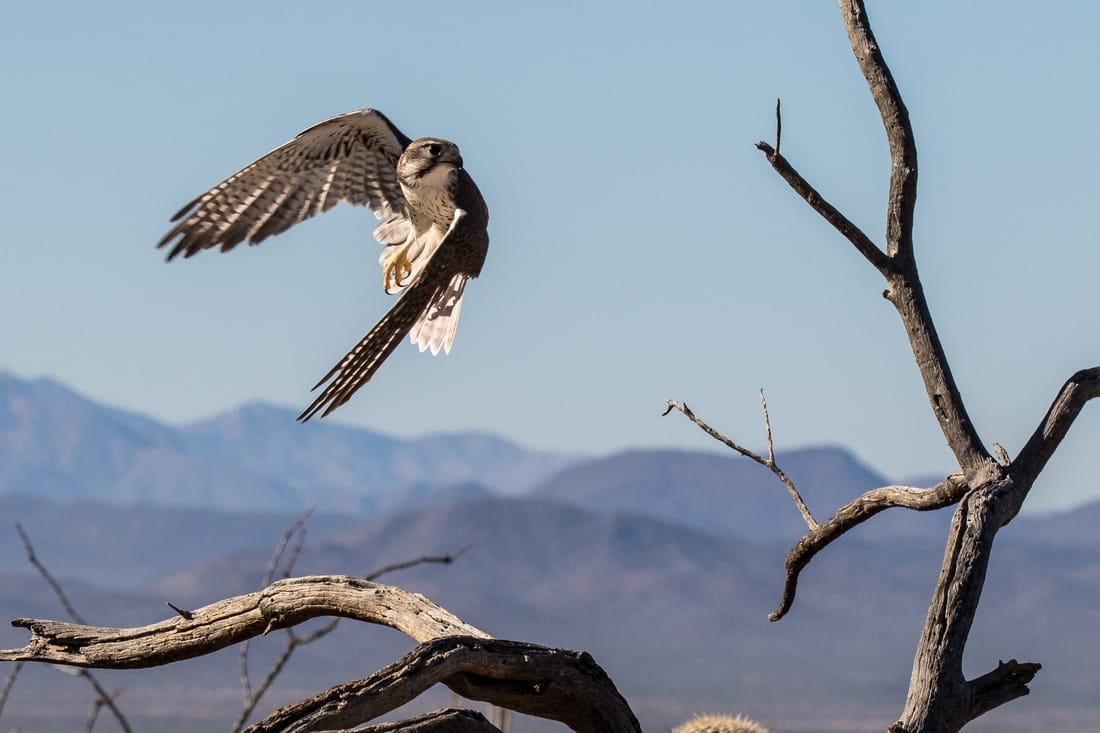

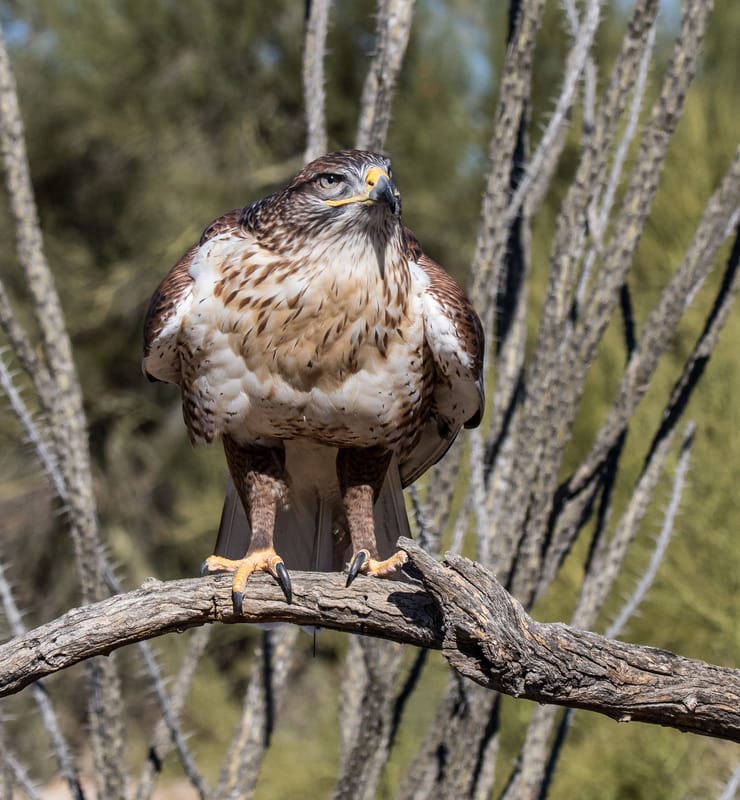
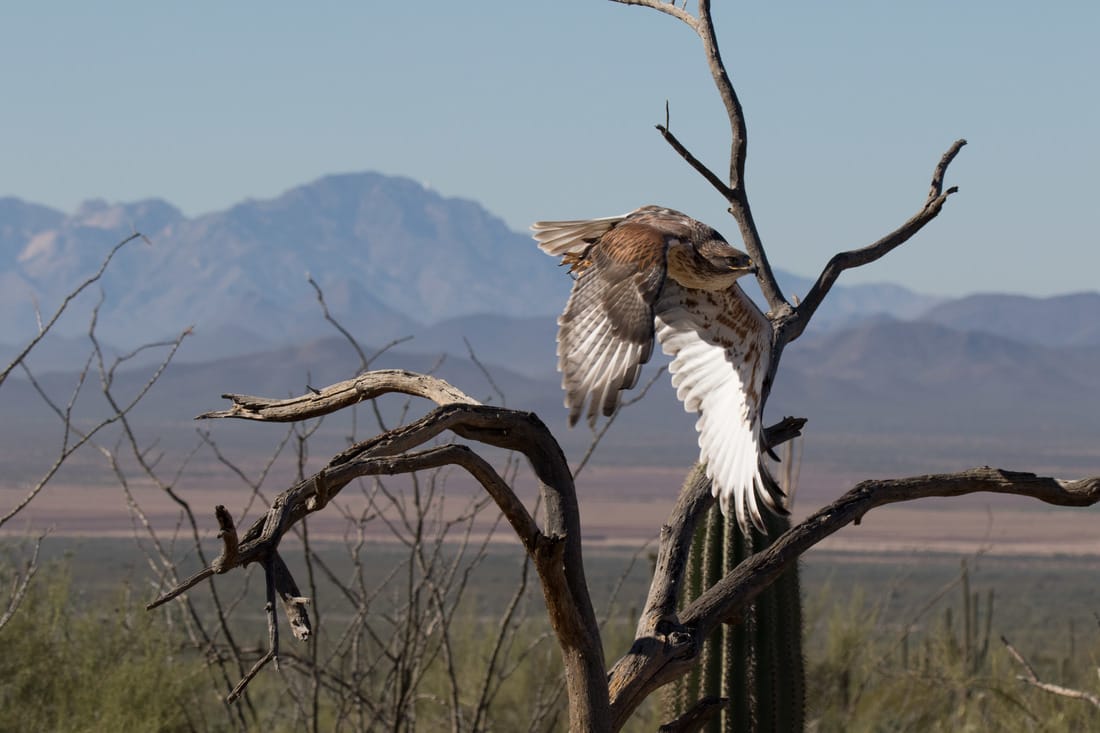
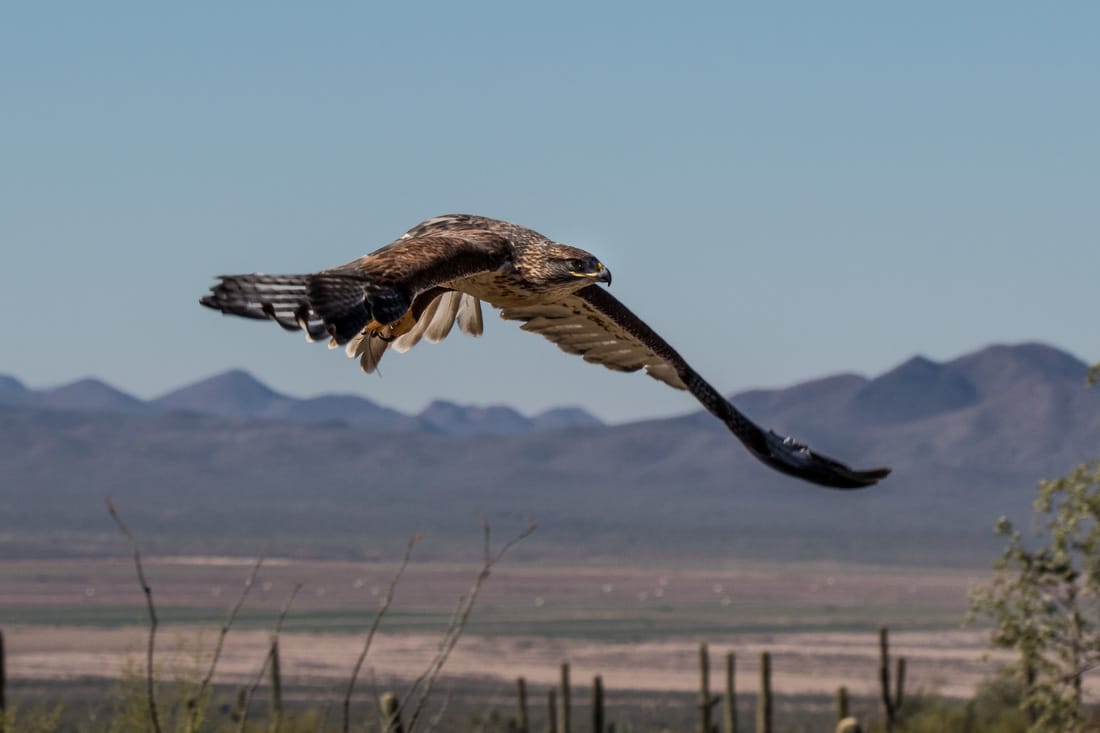
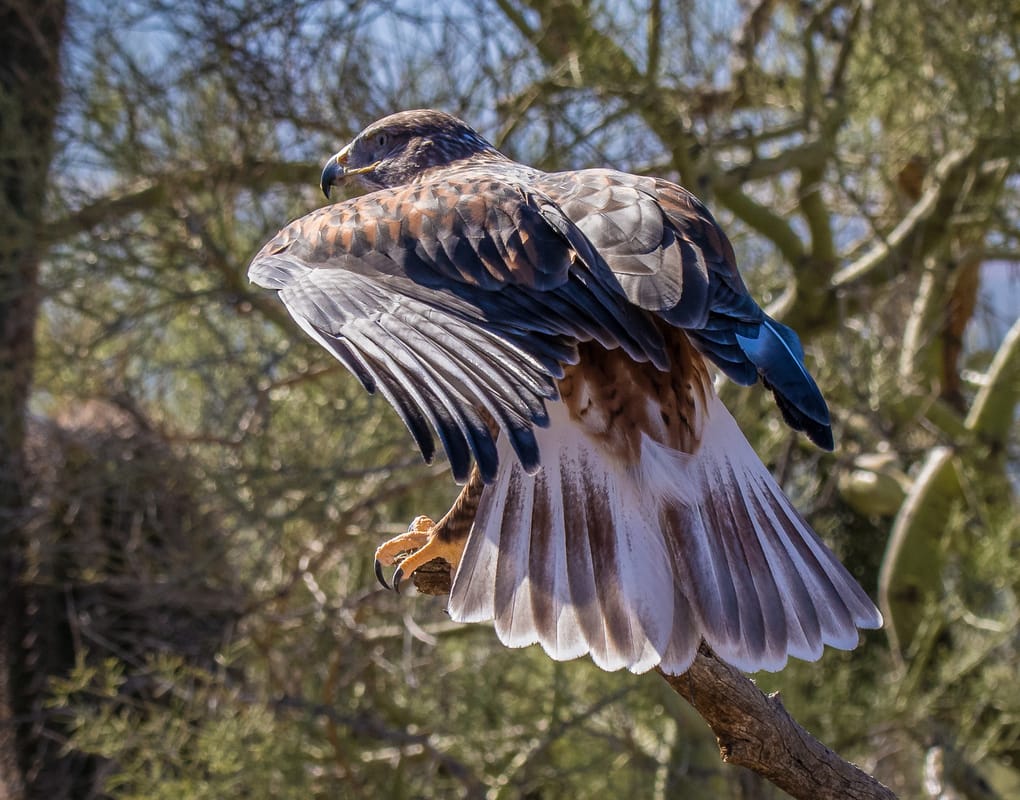
 RSS Feed
RSS Feed